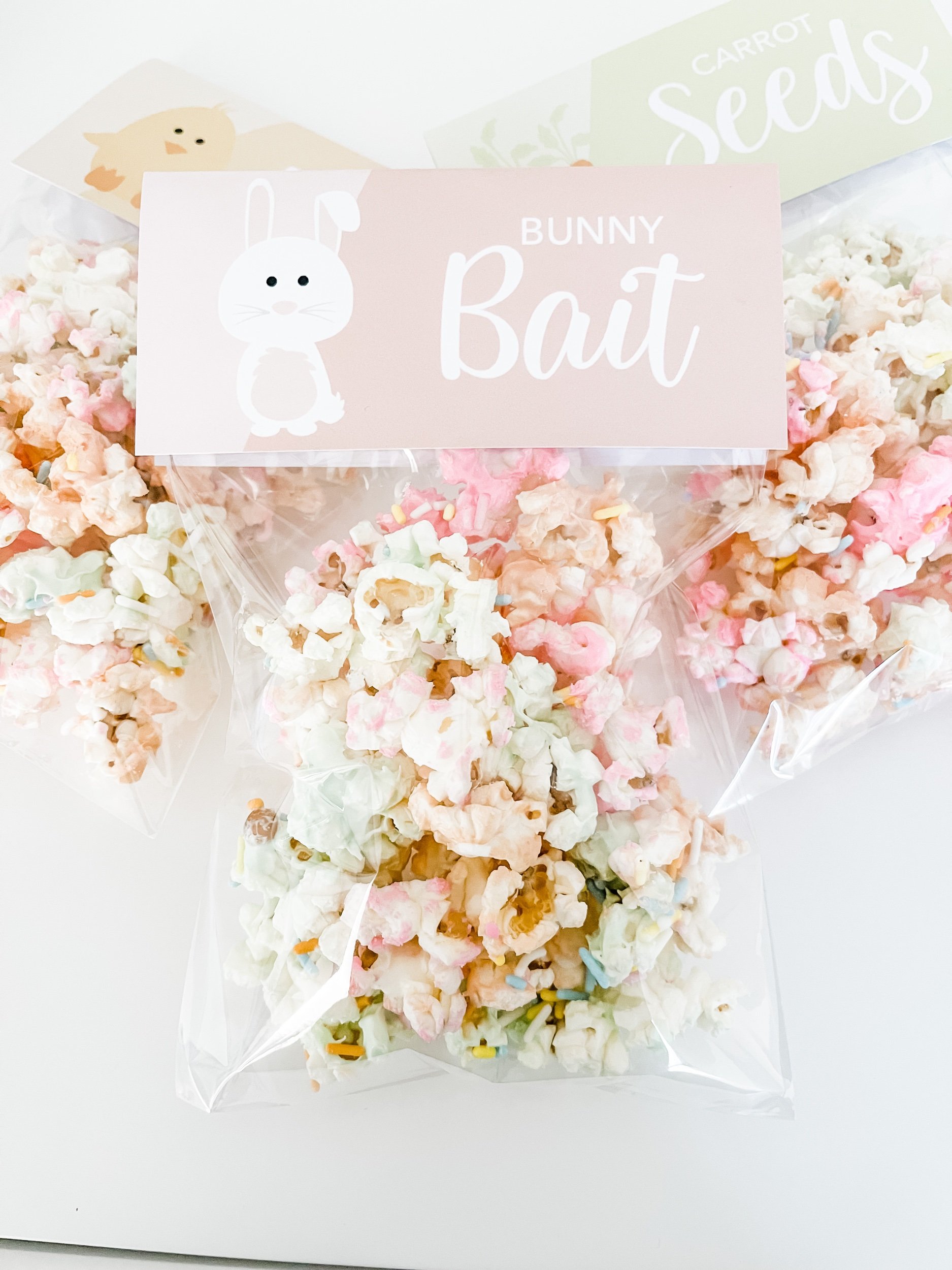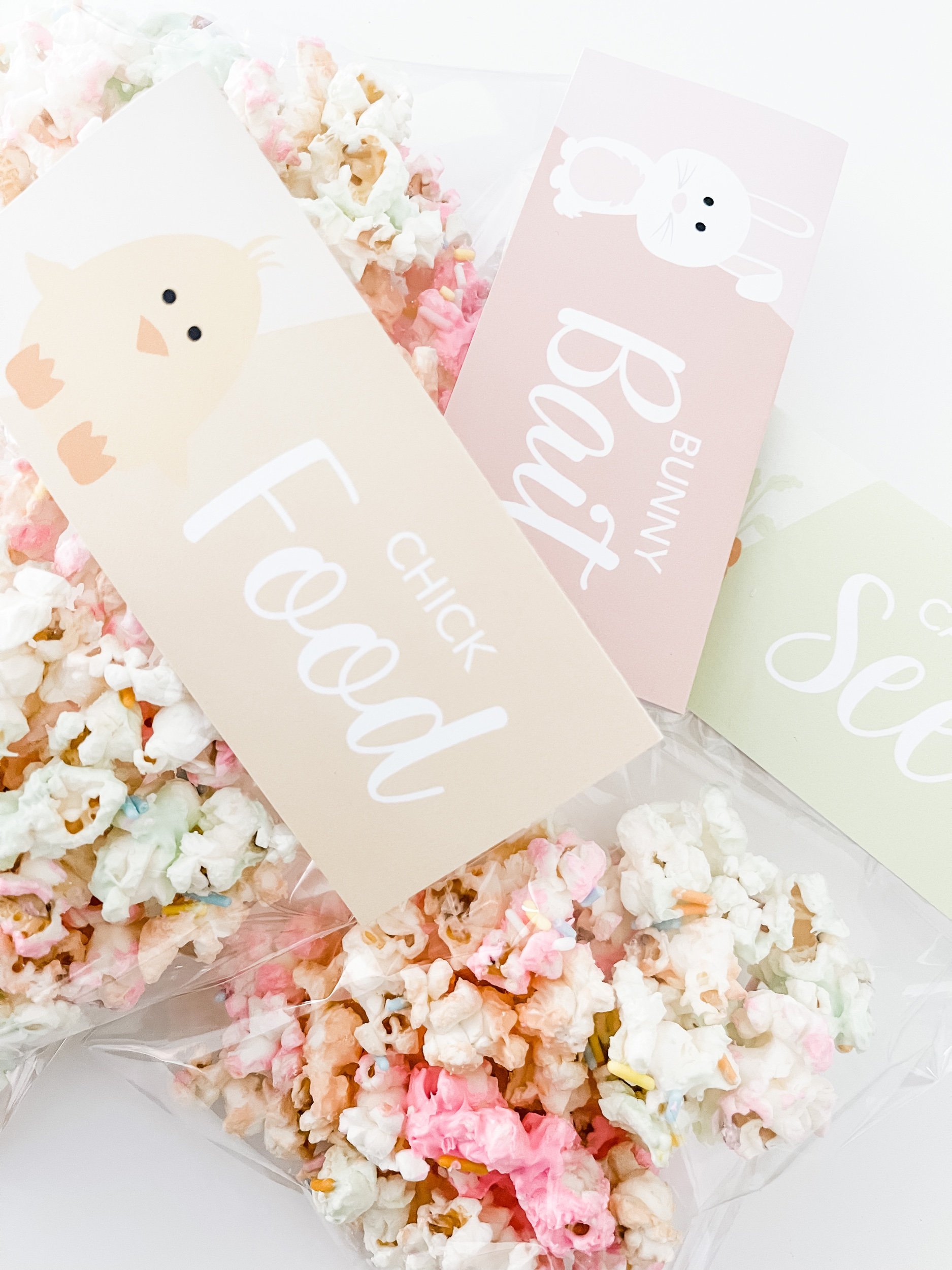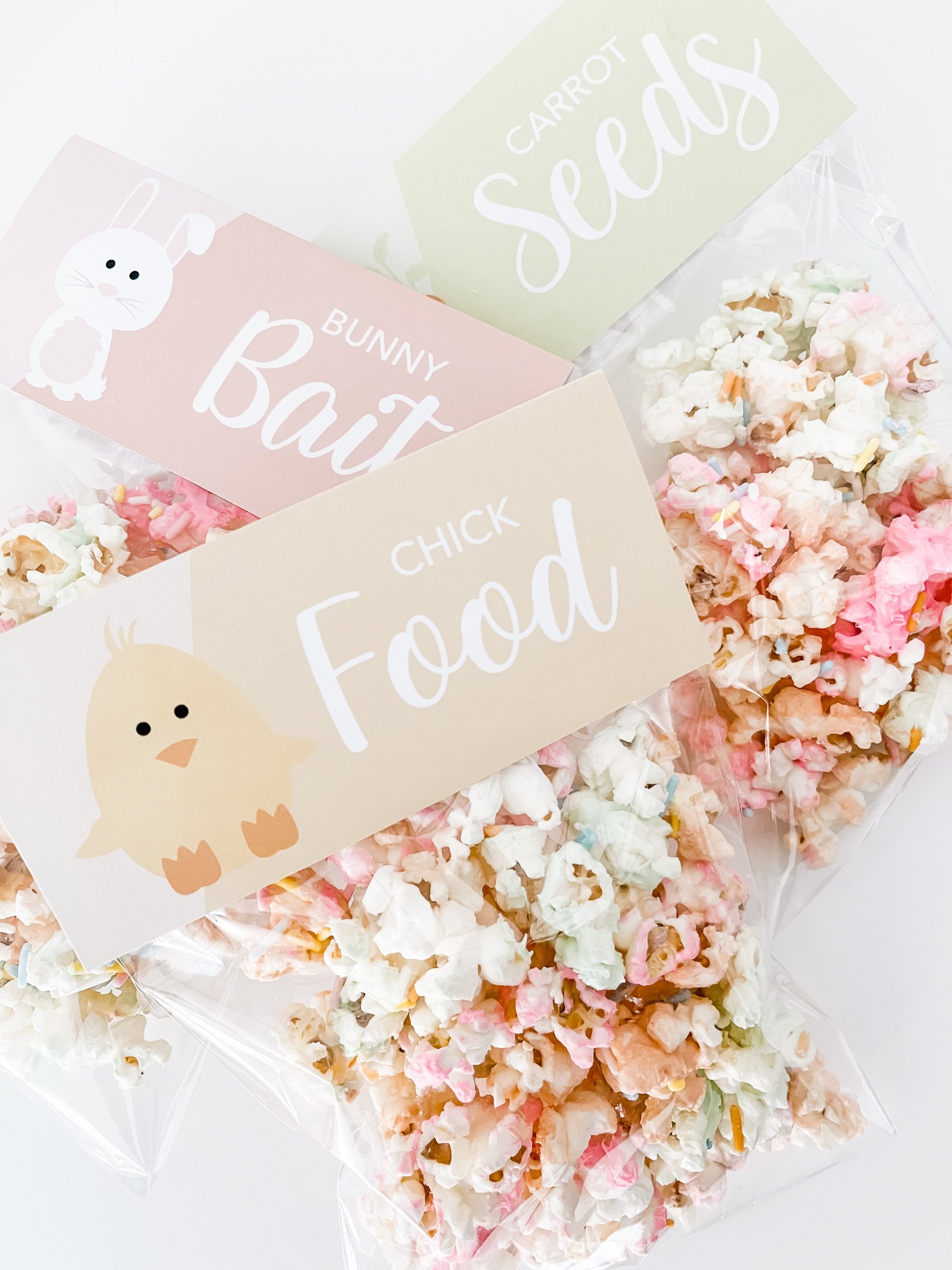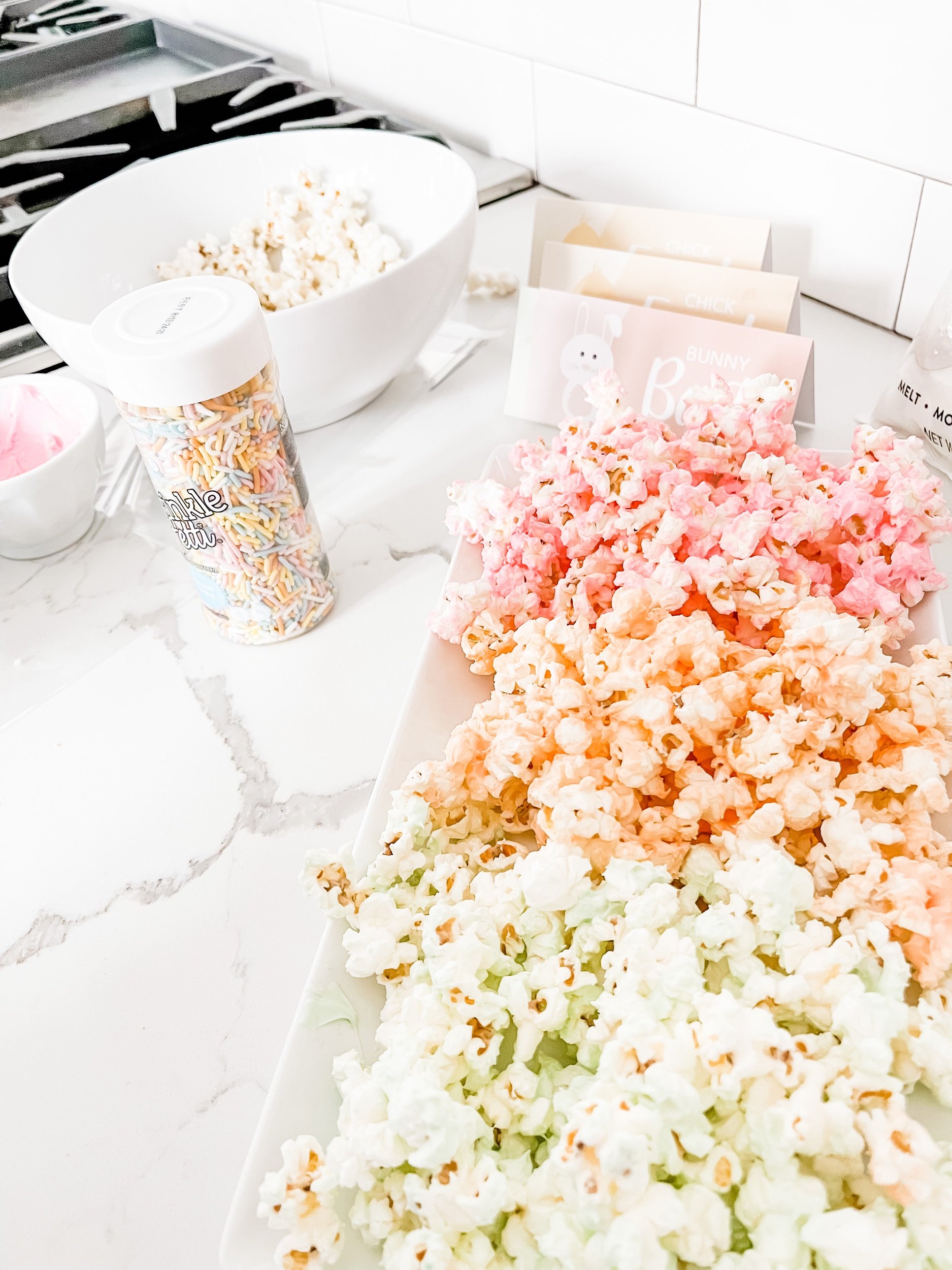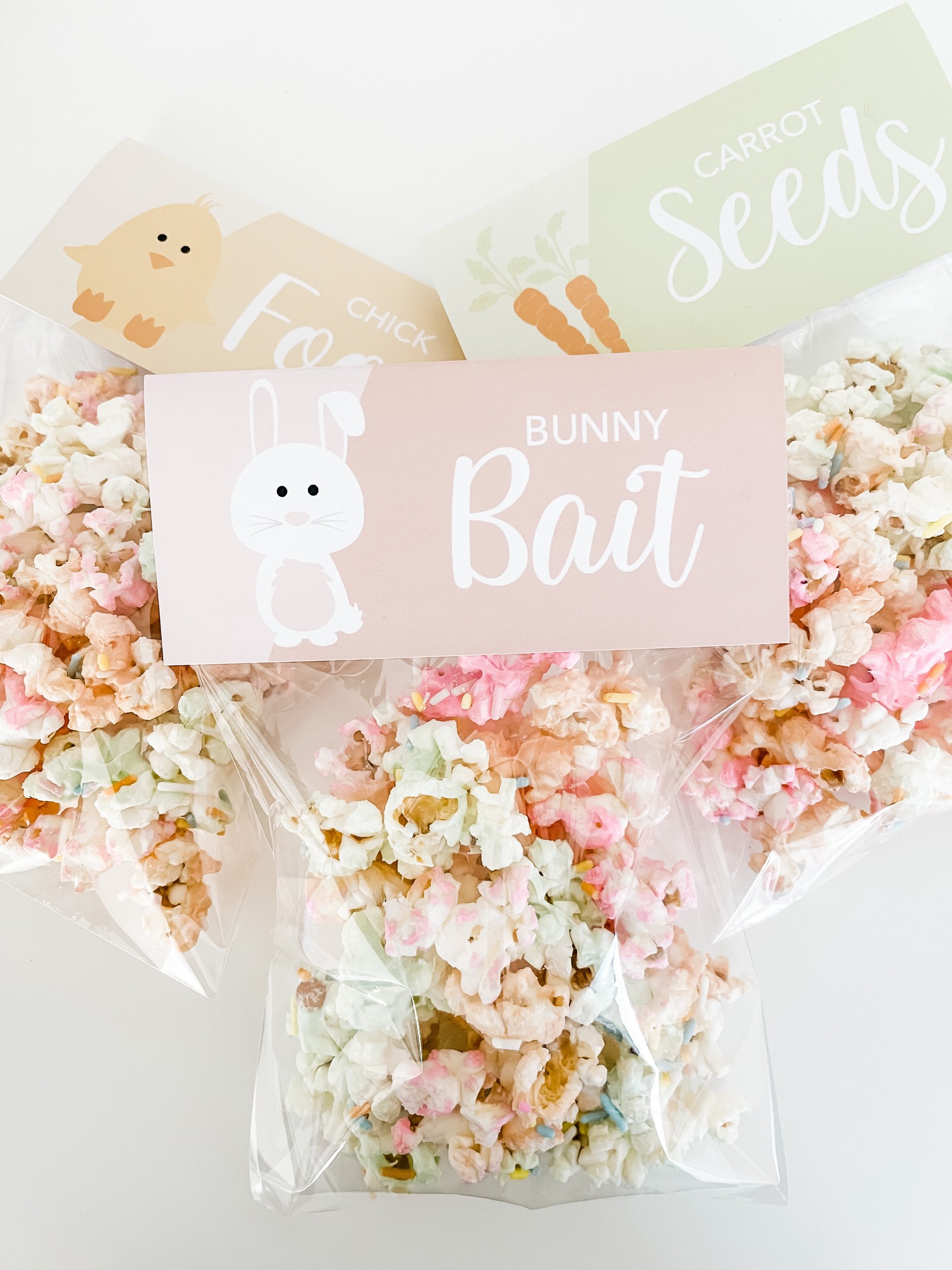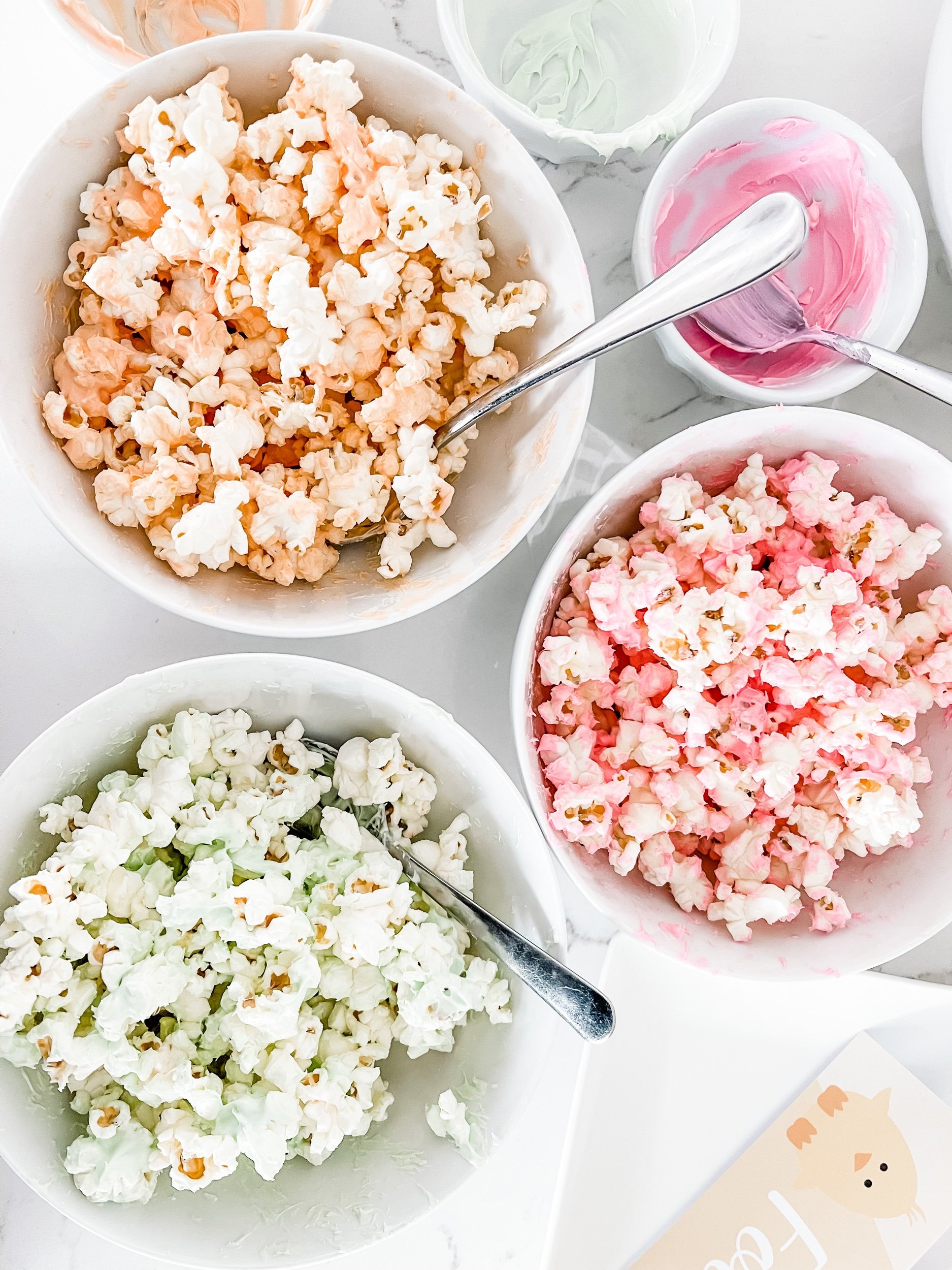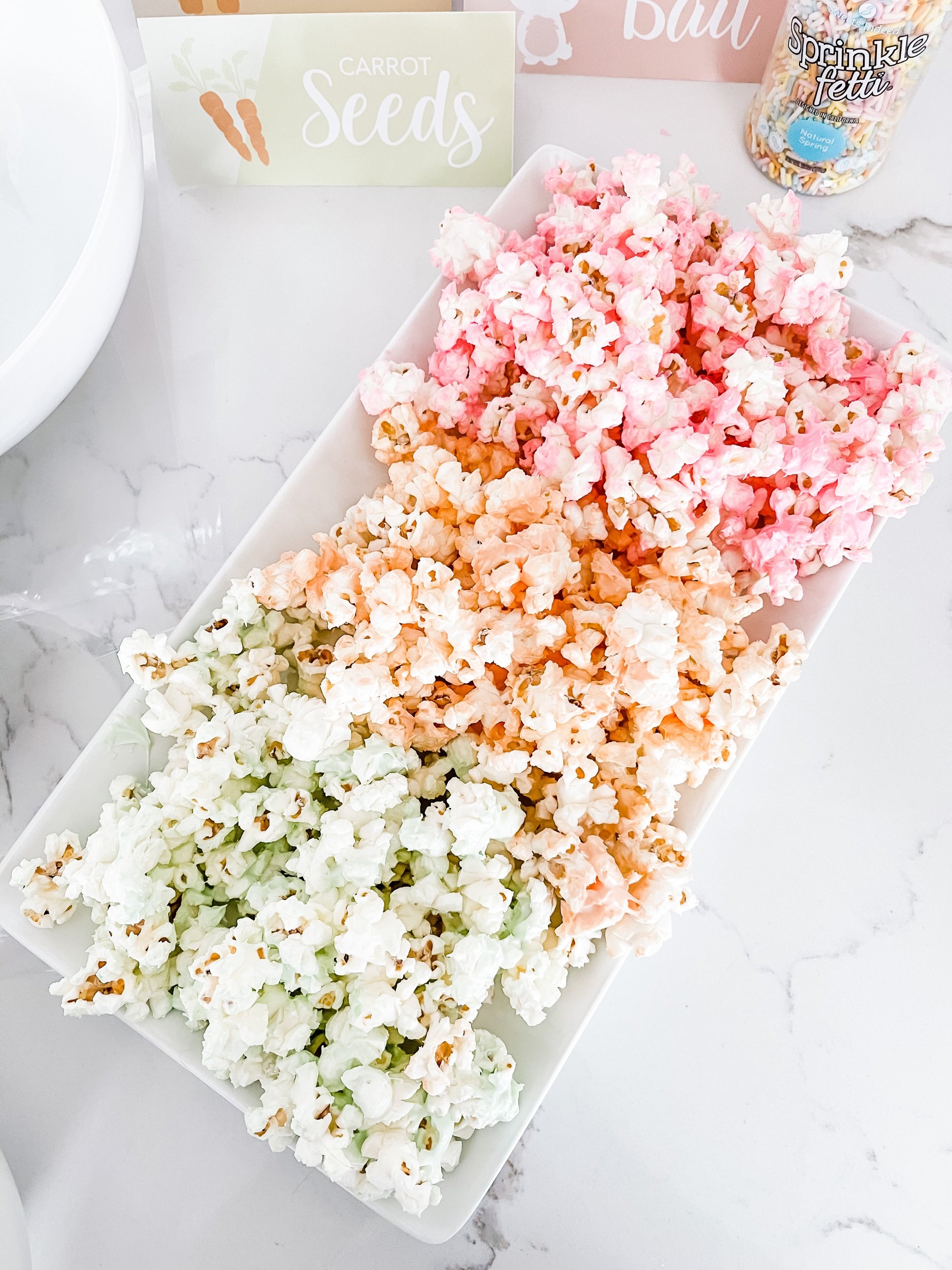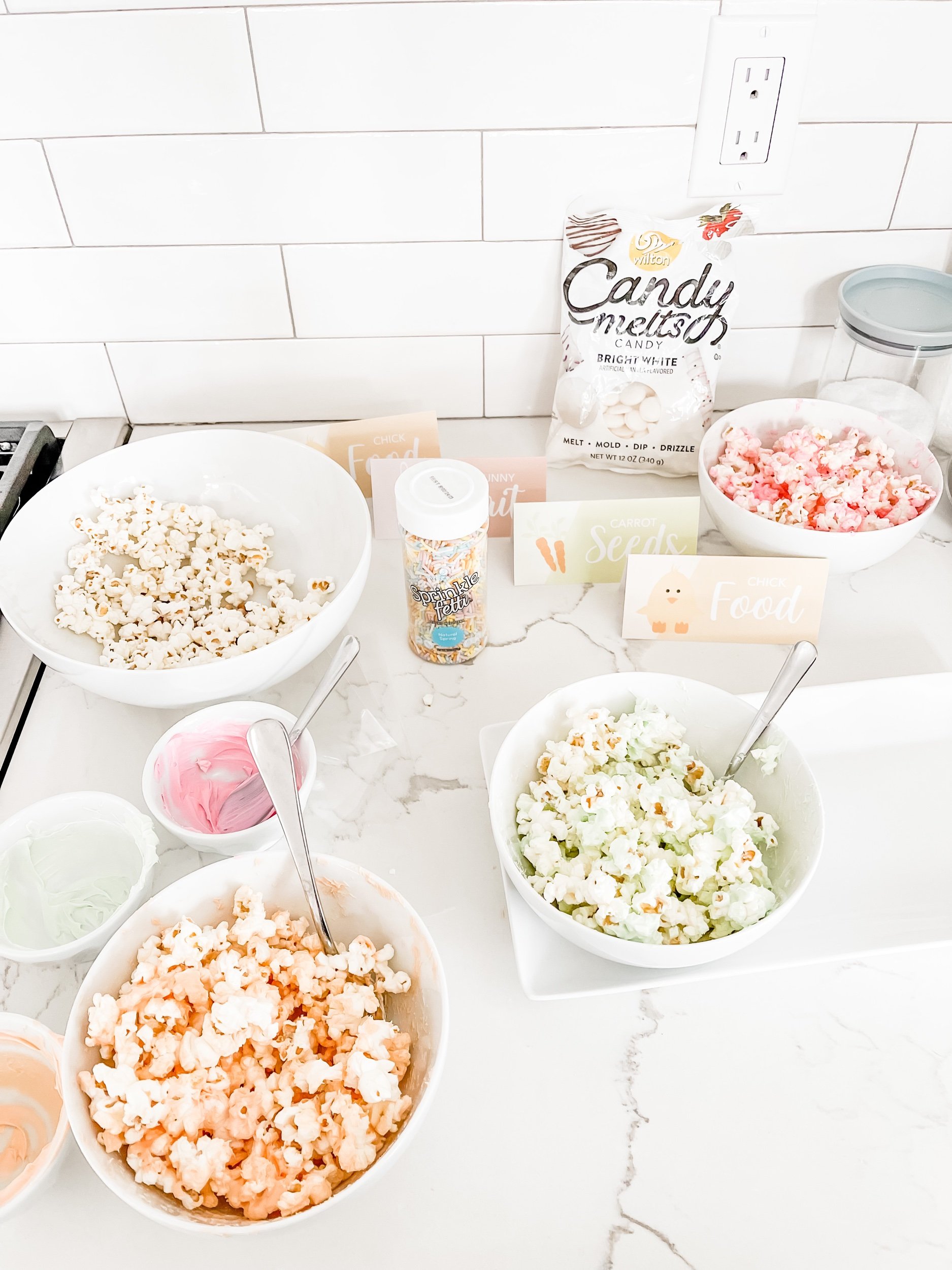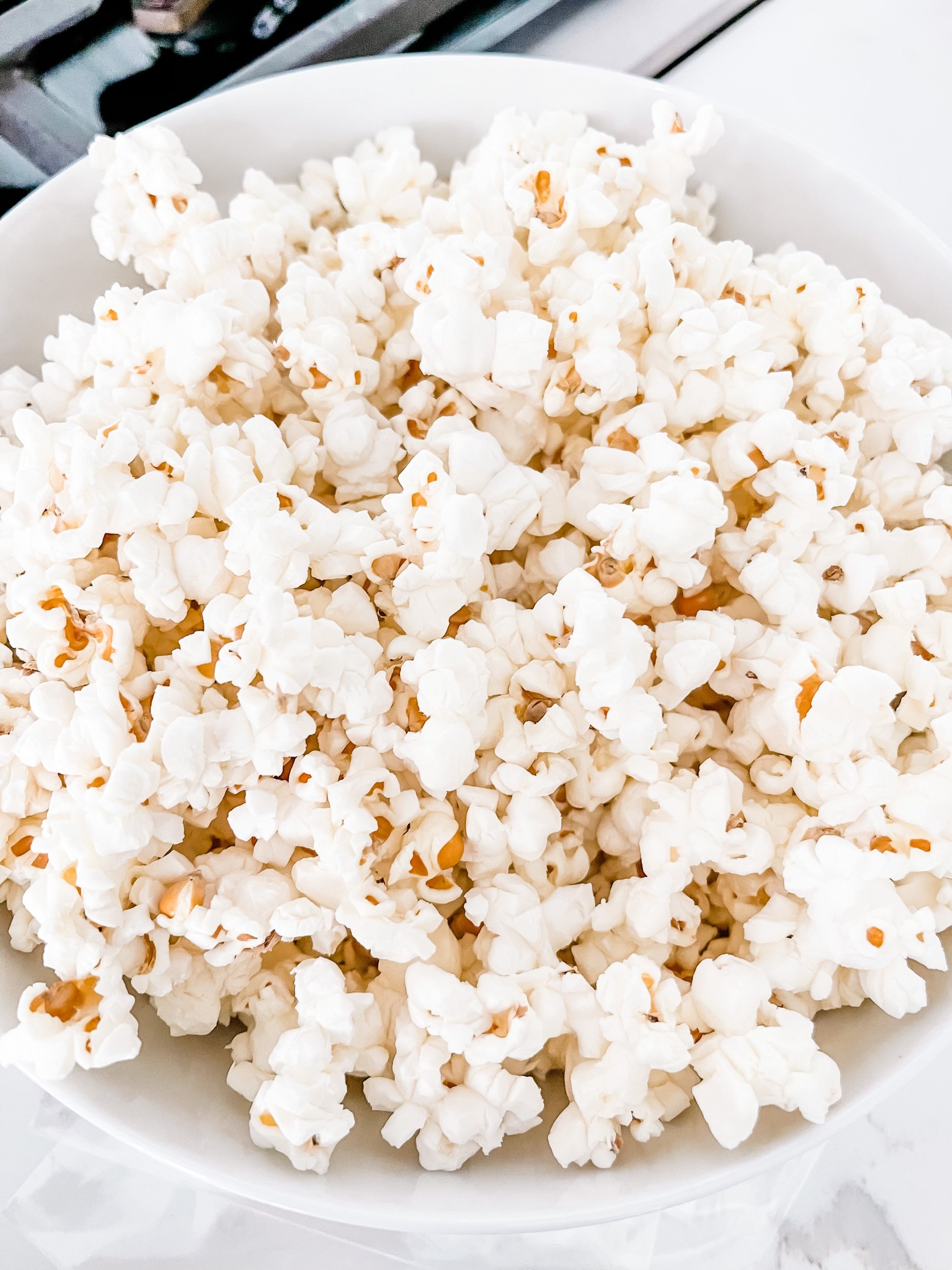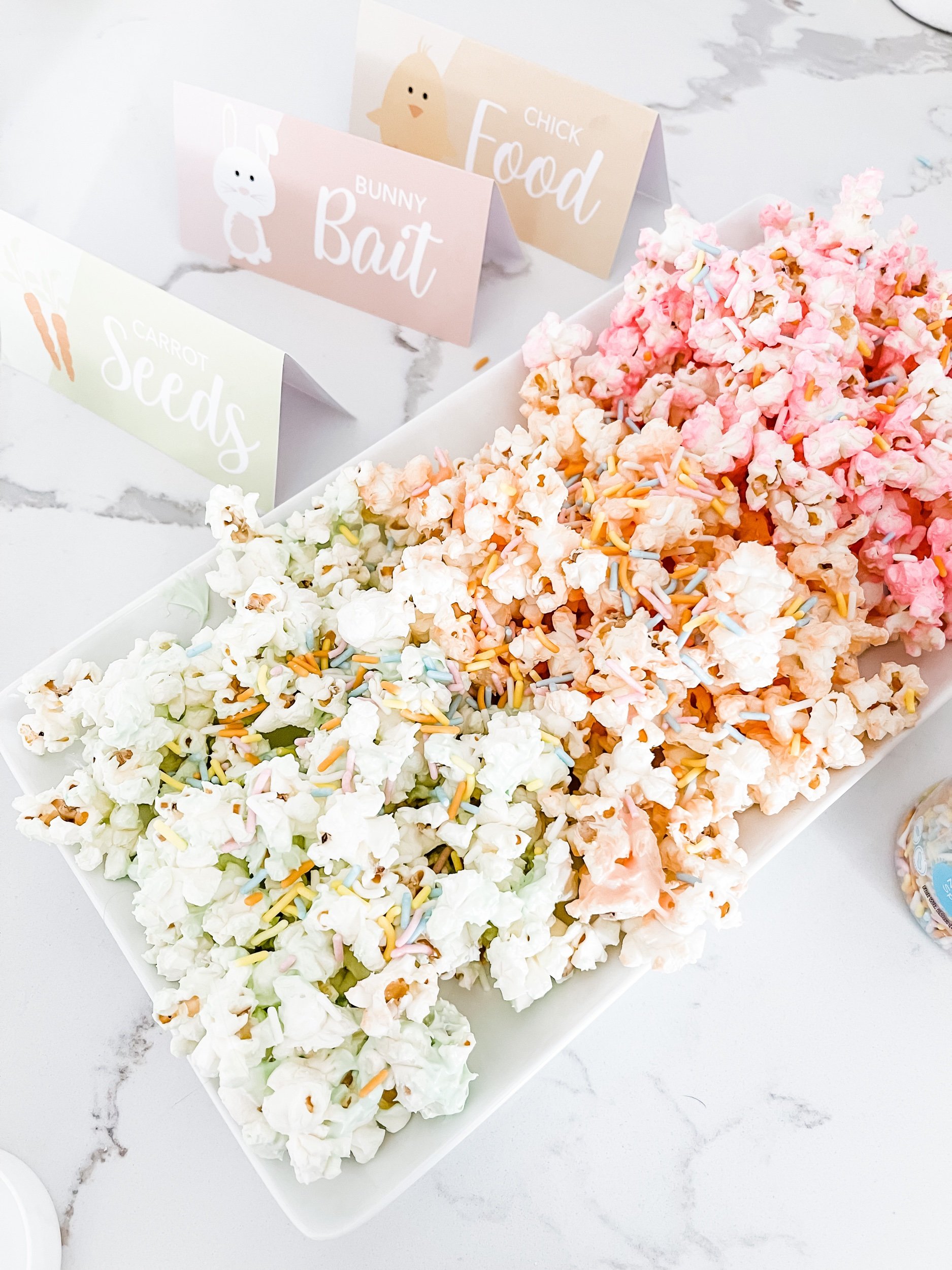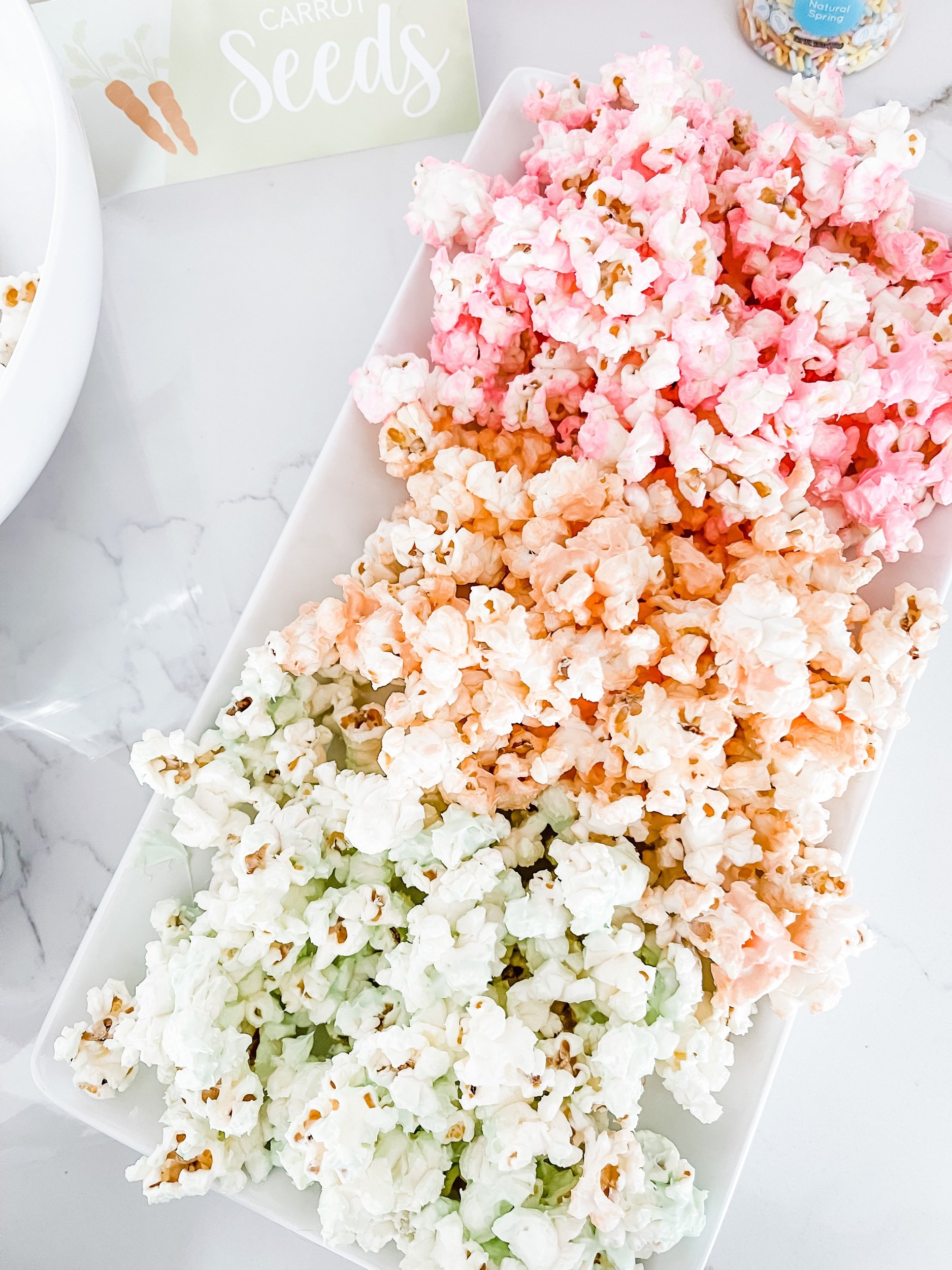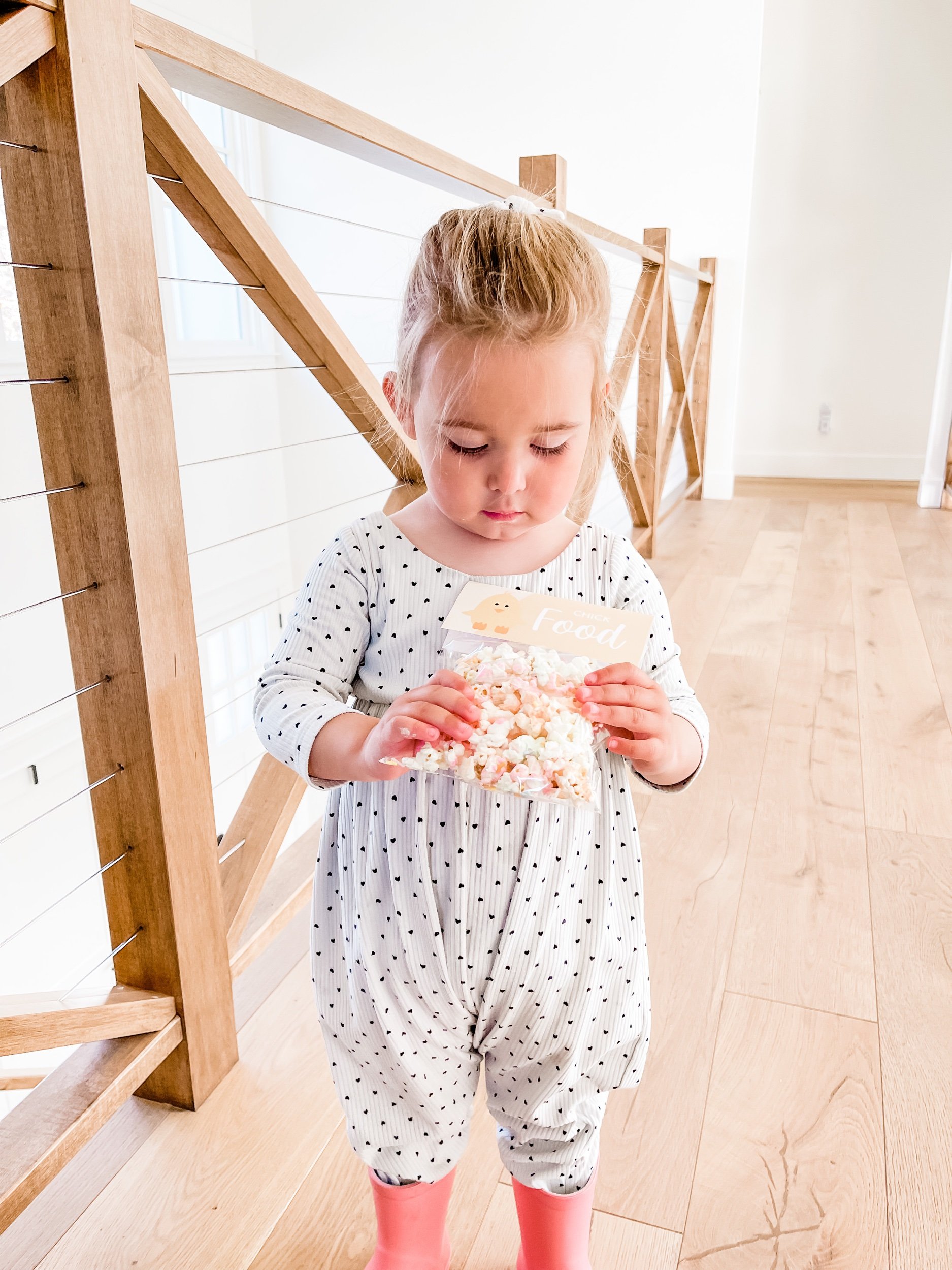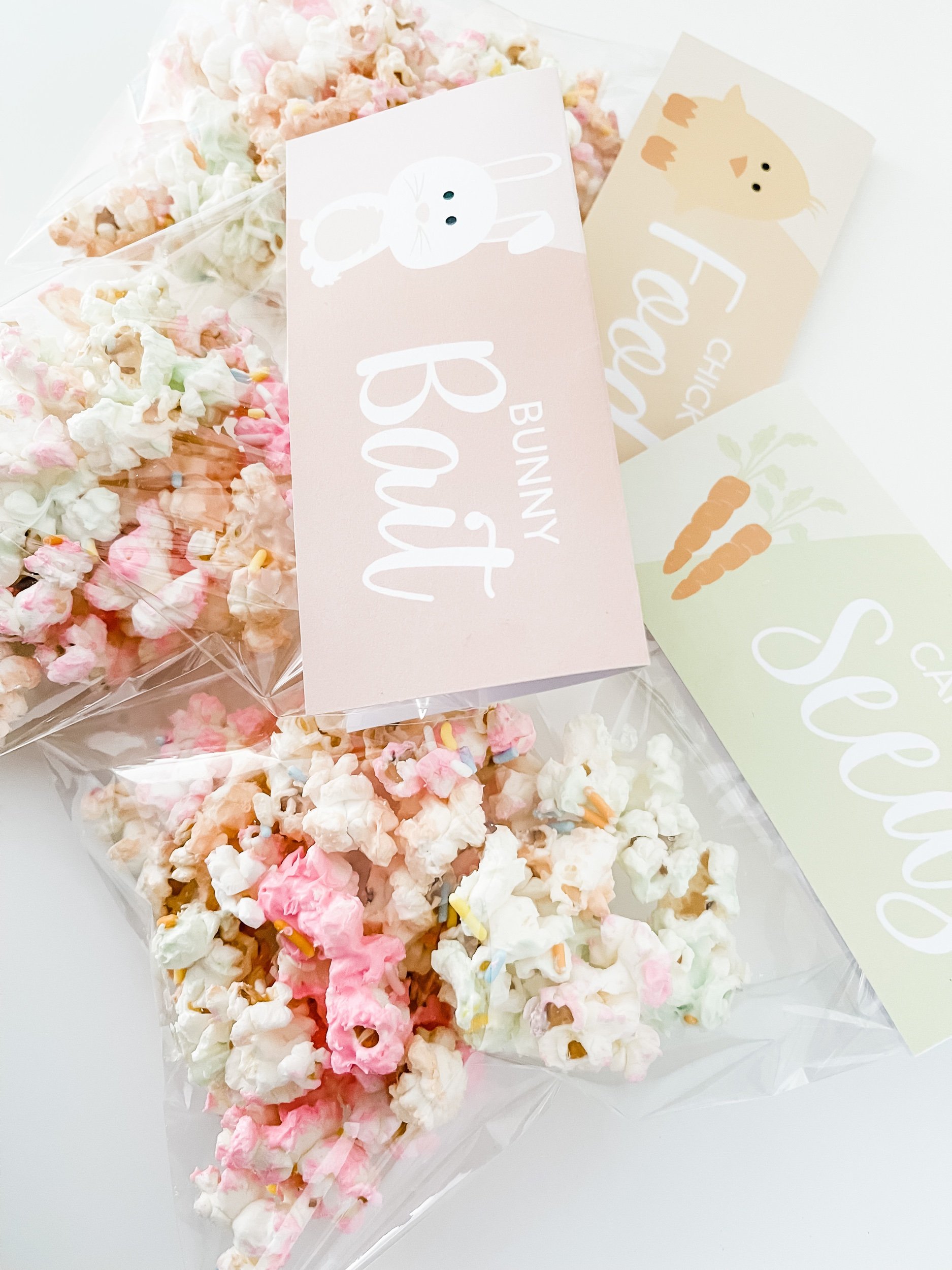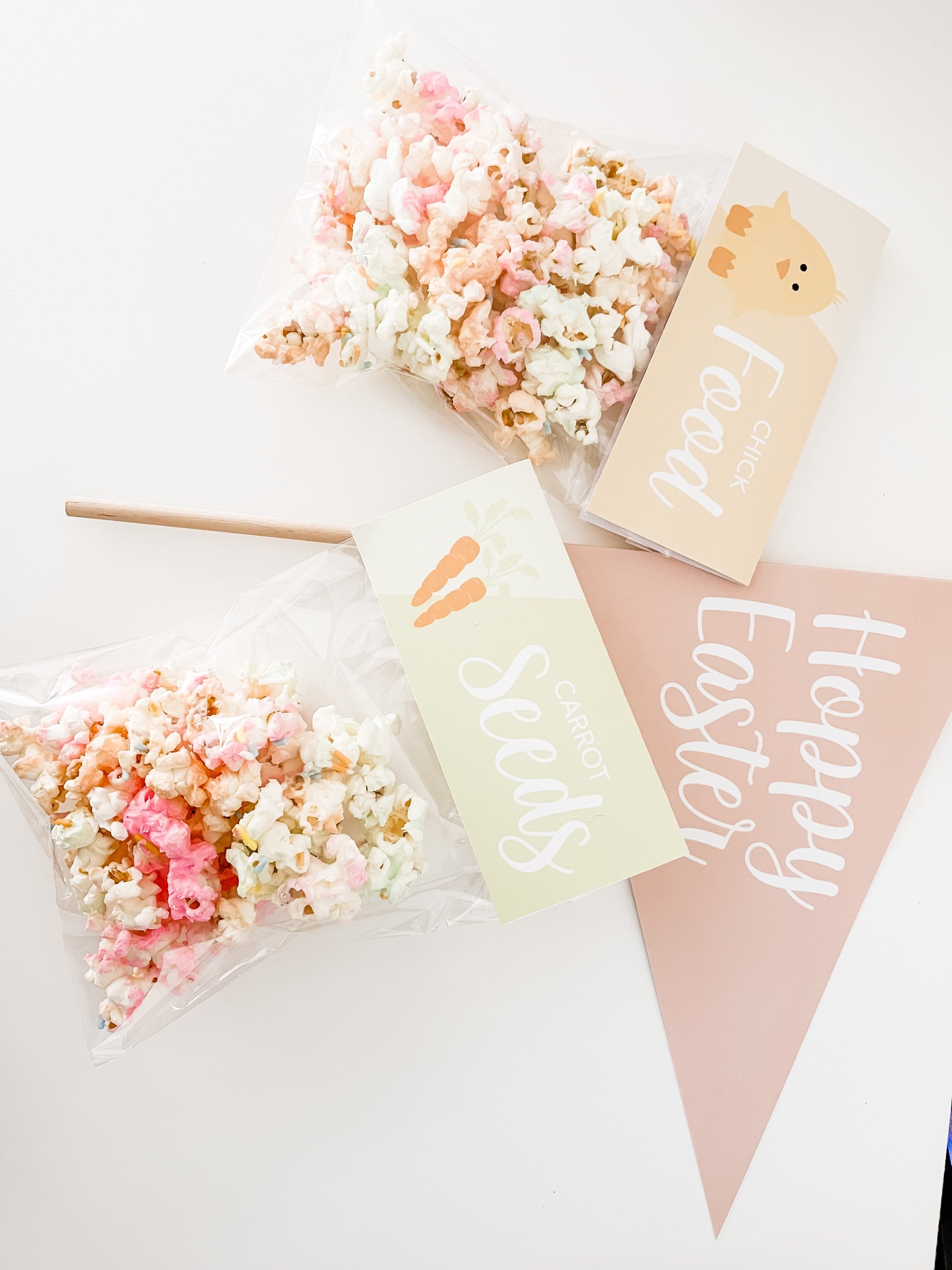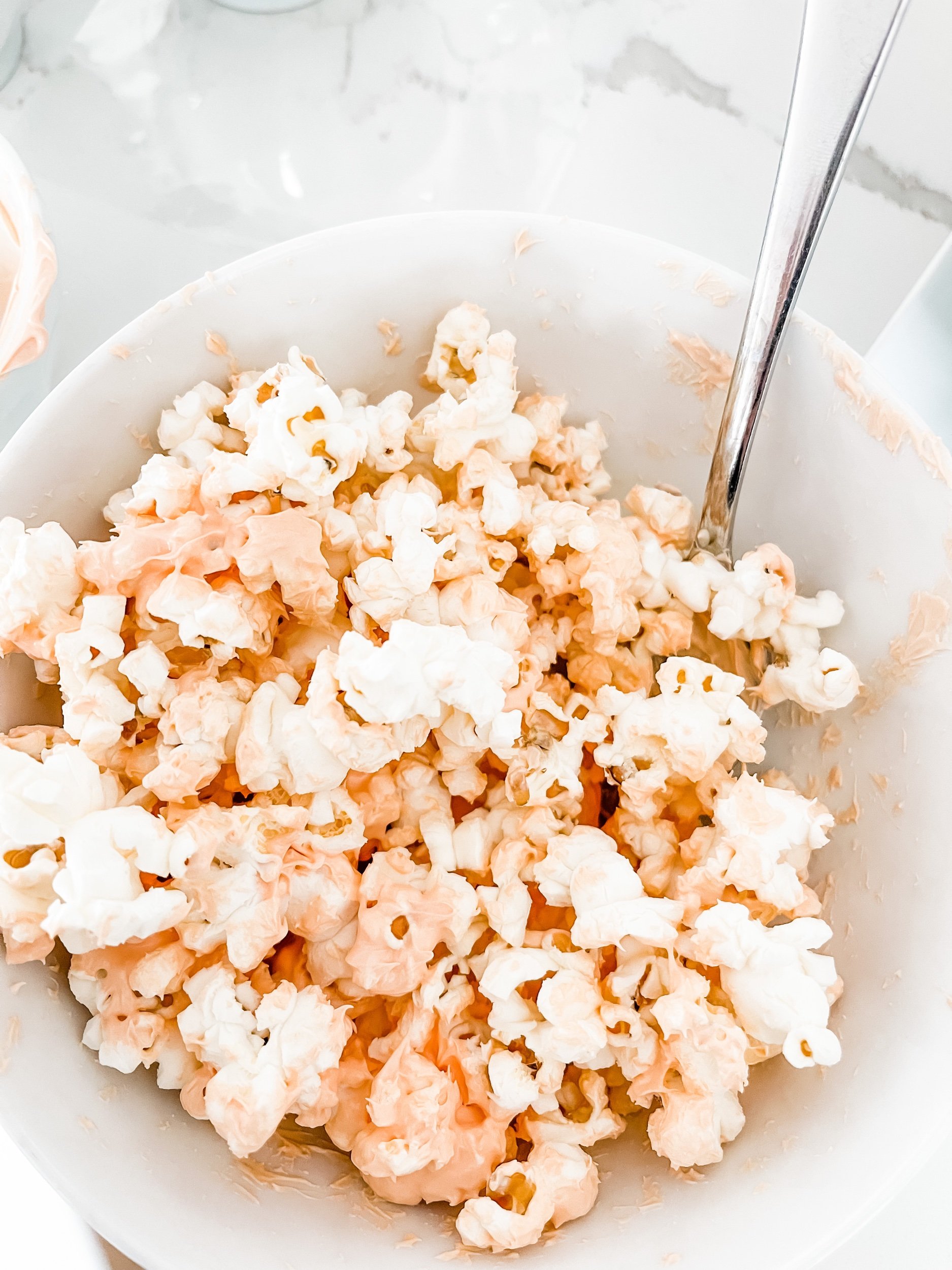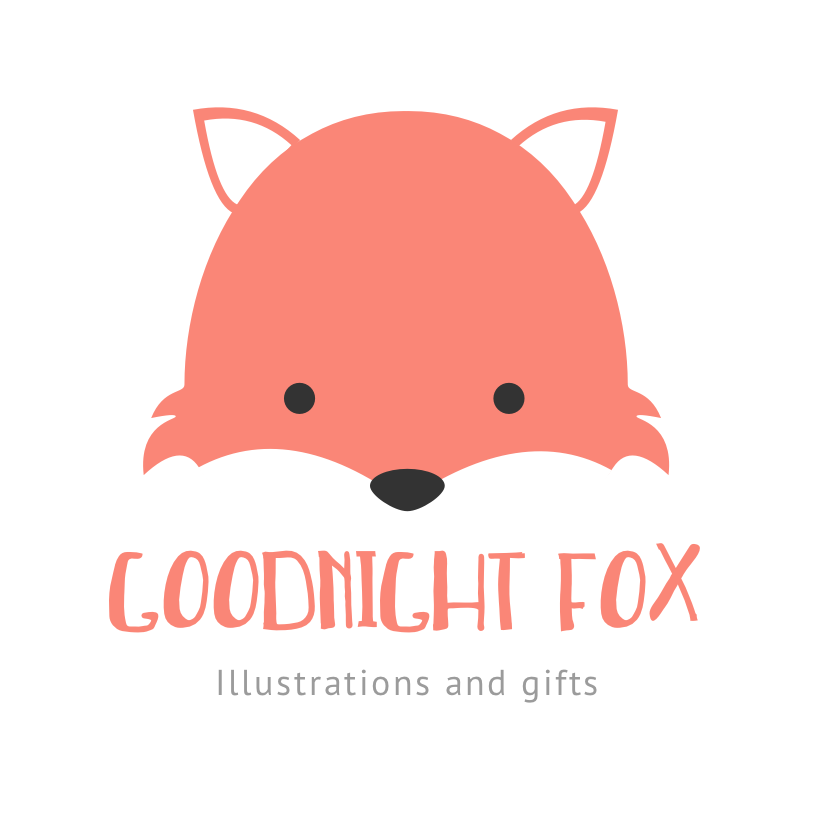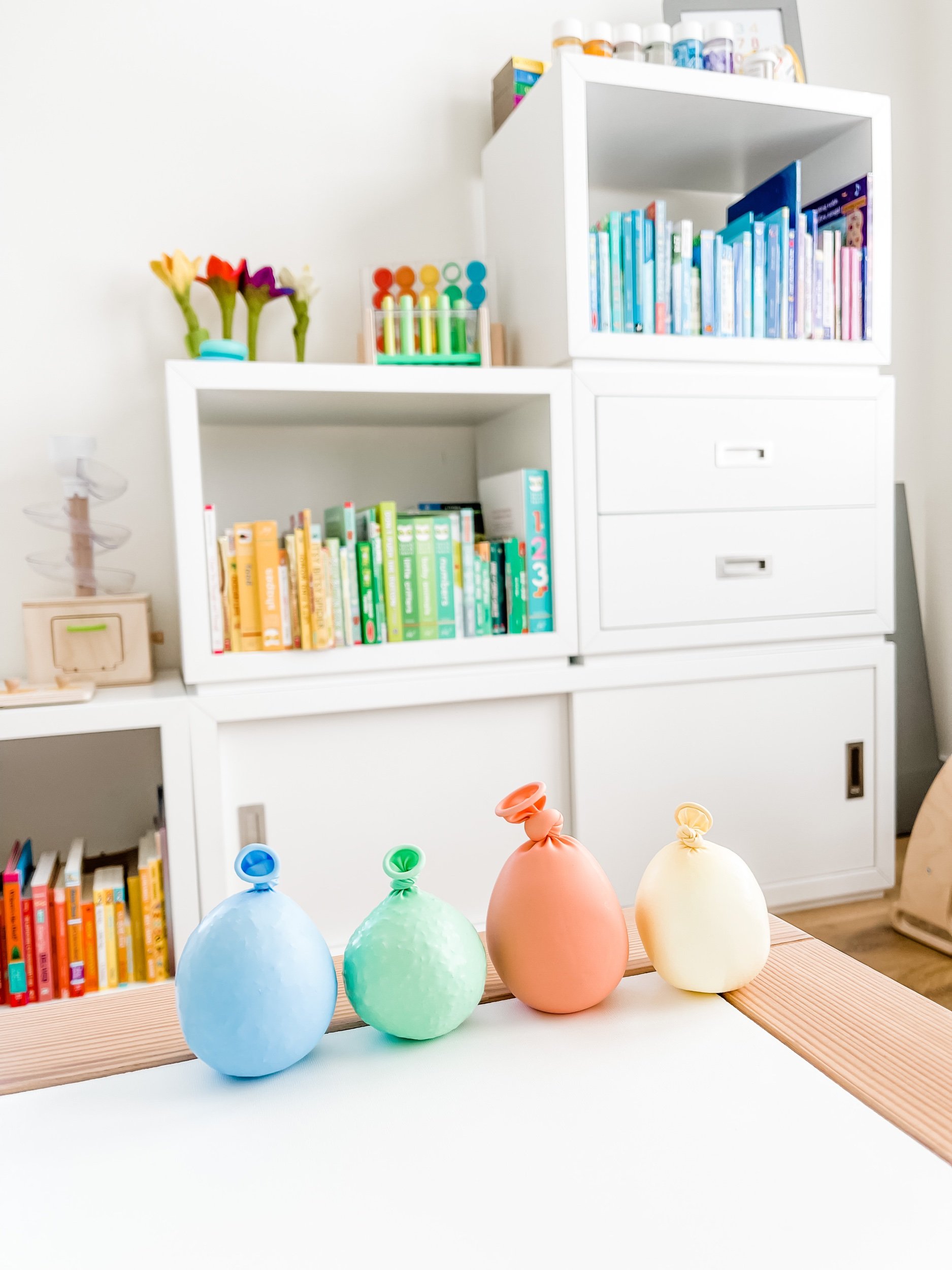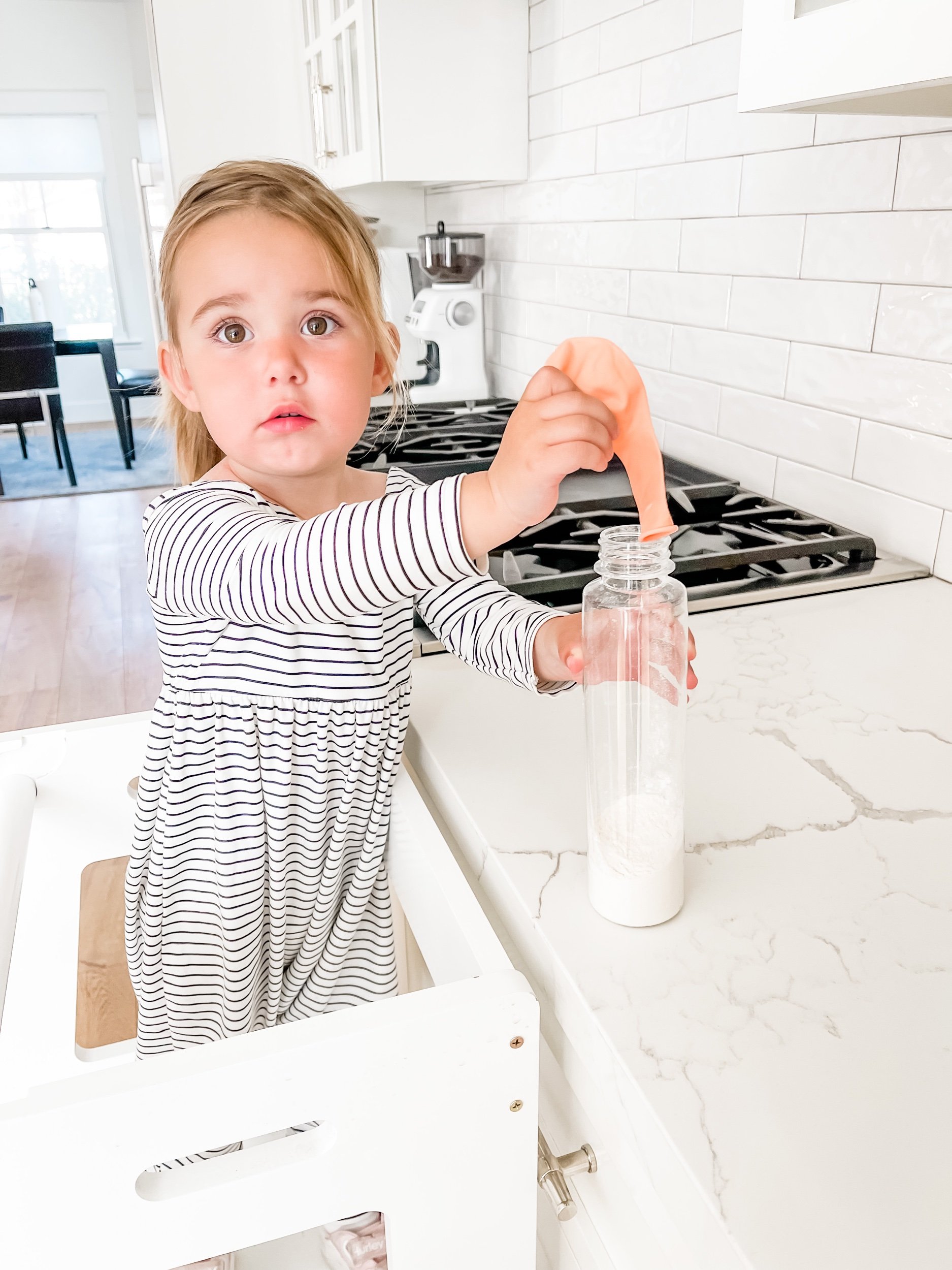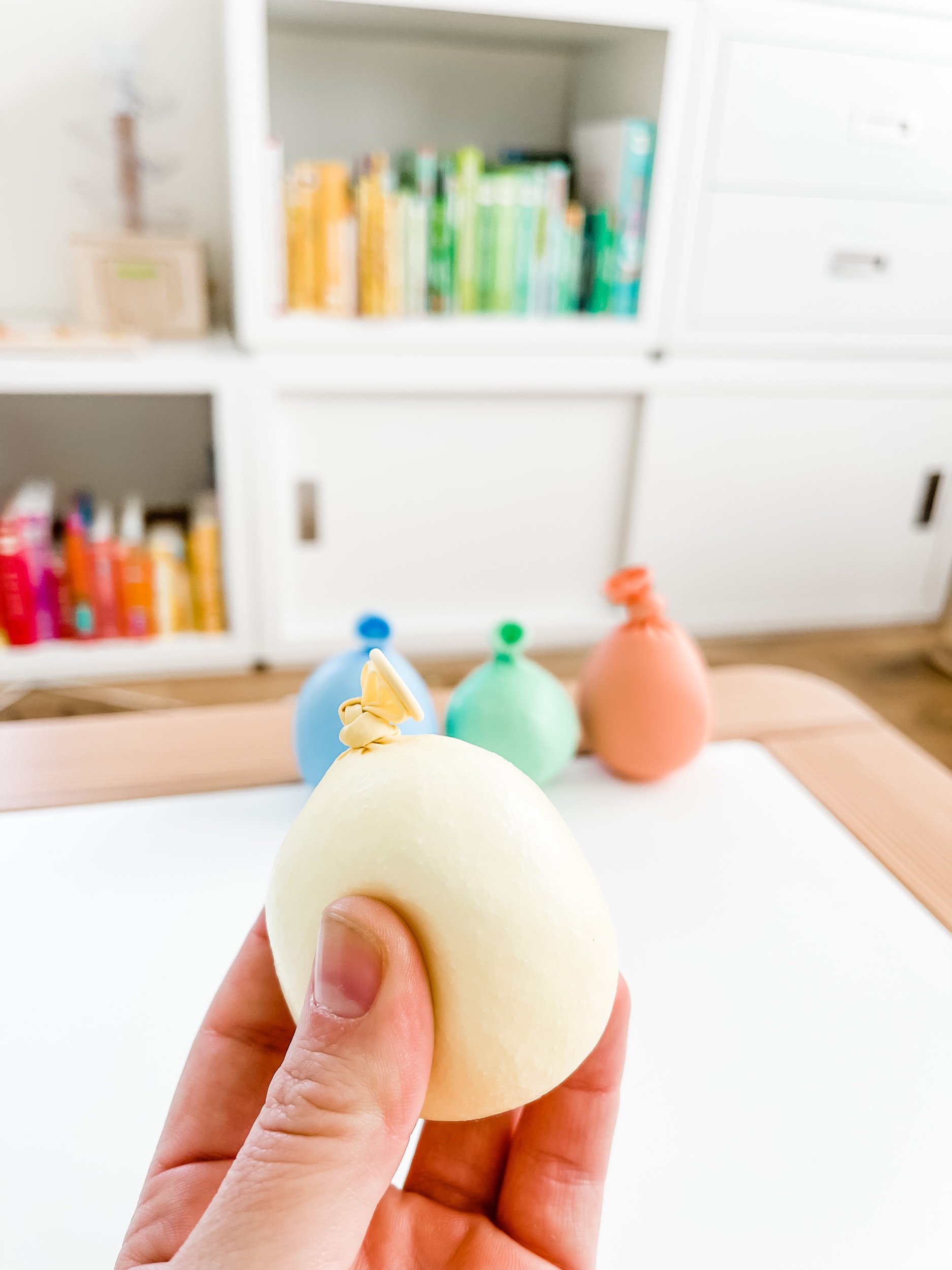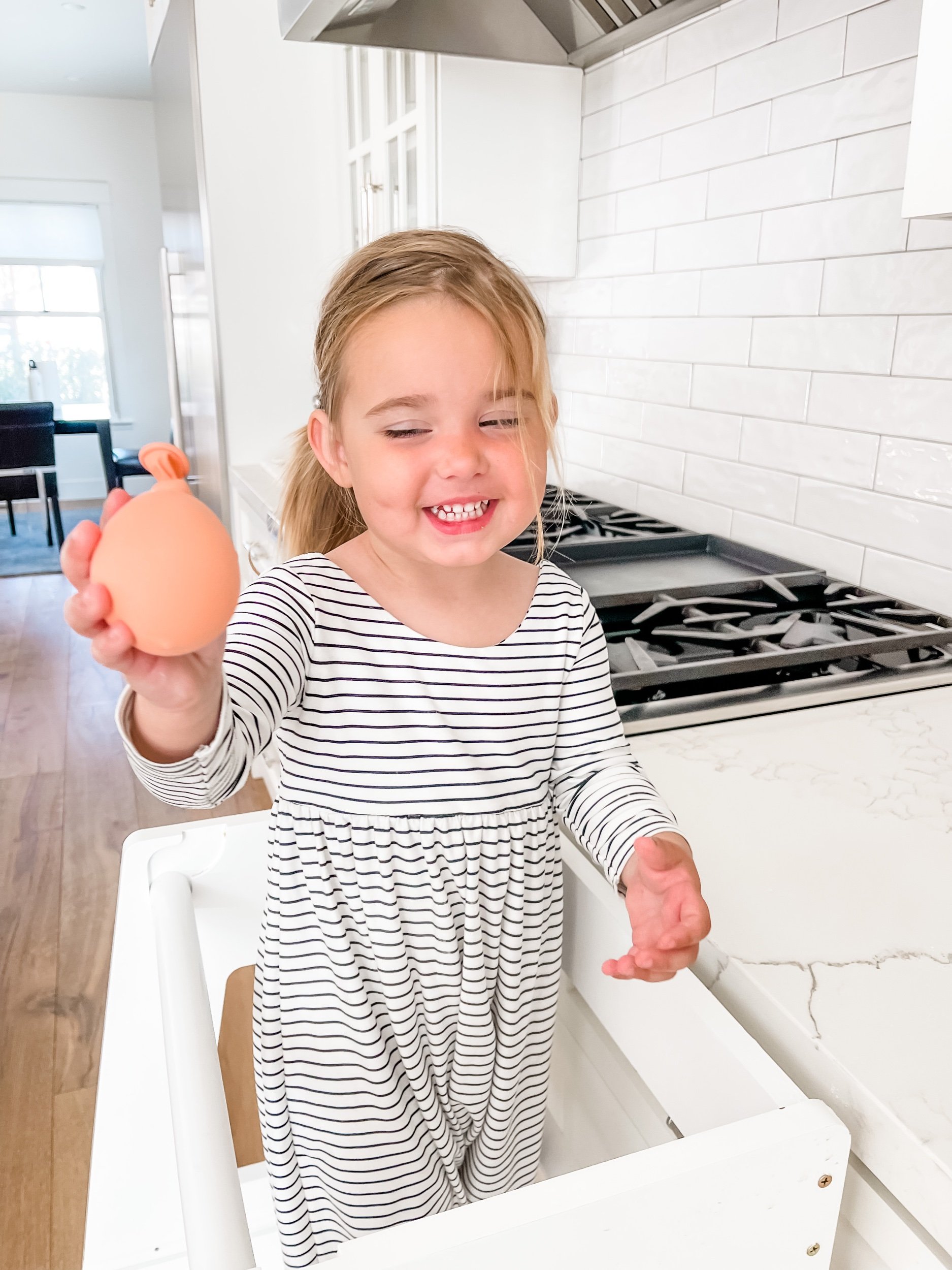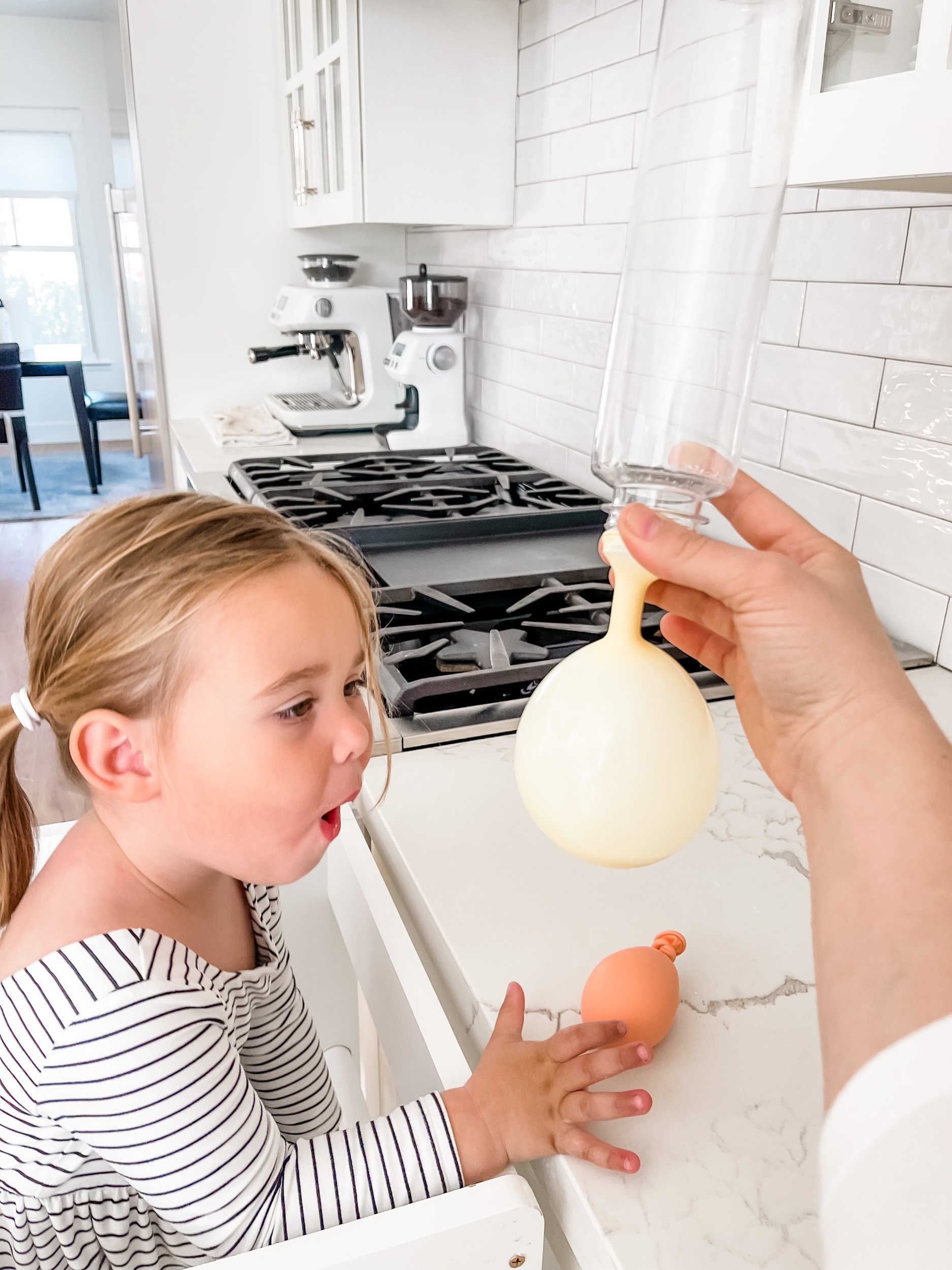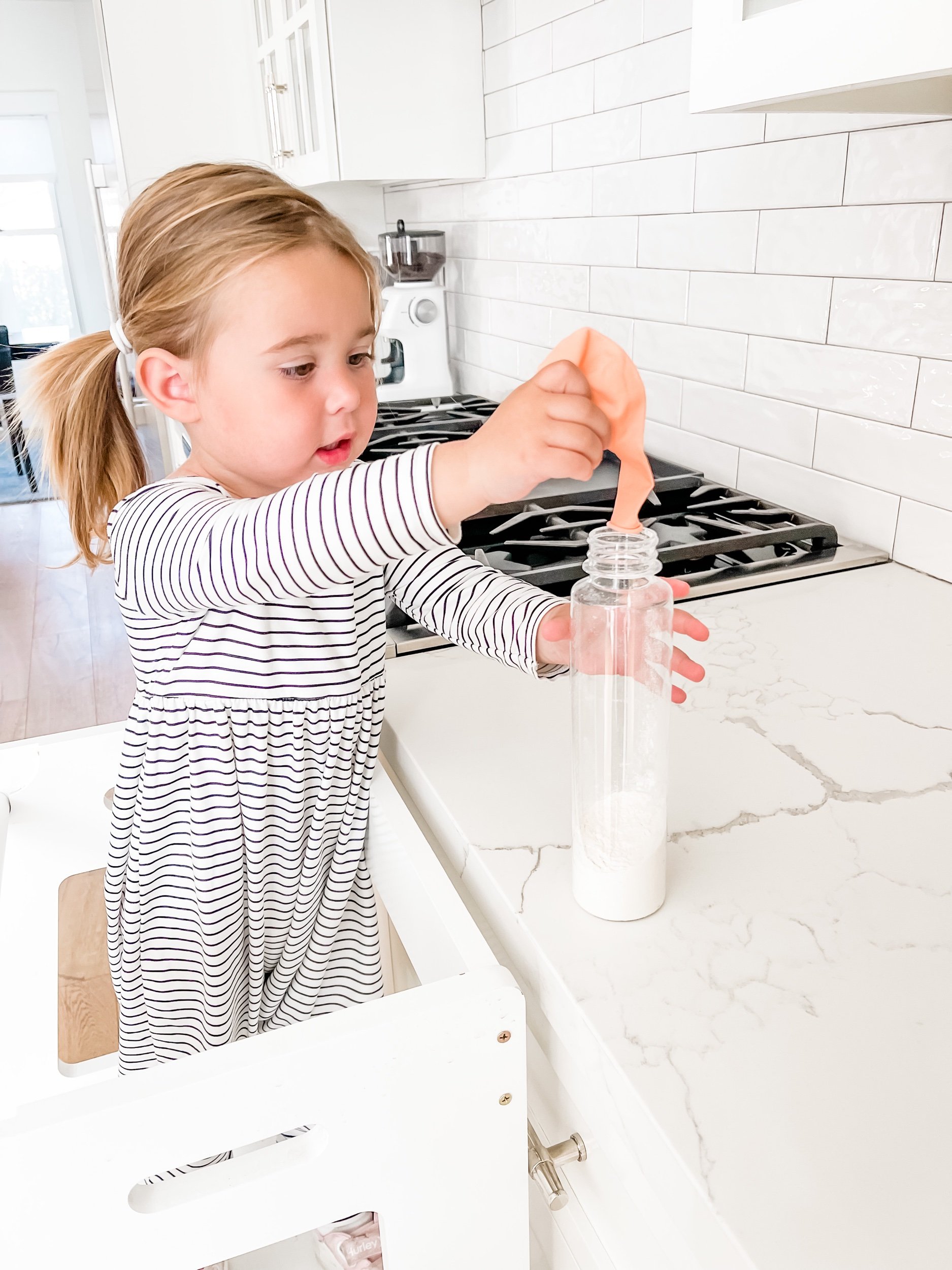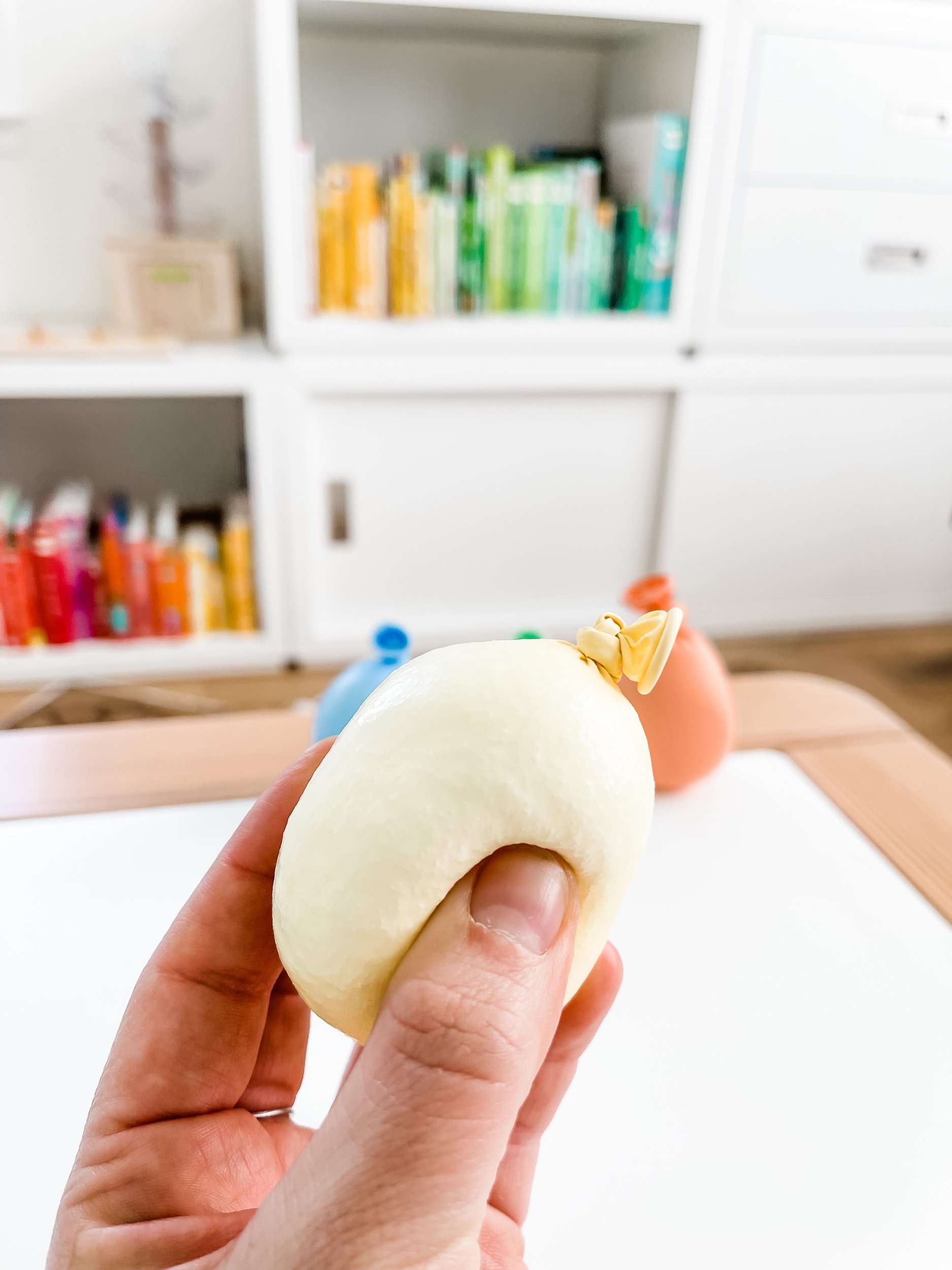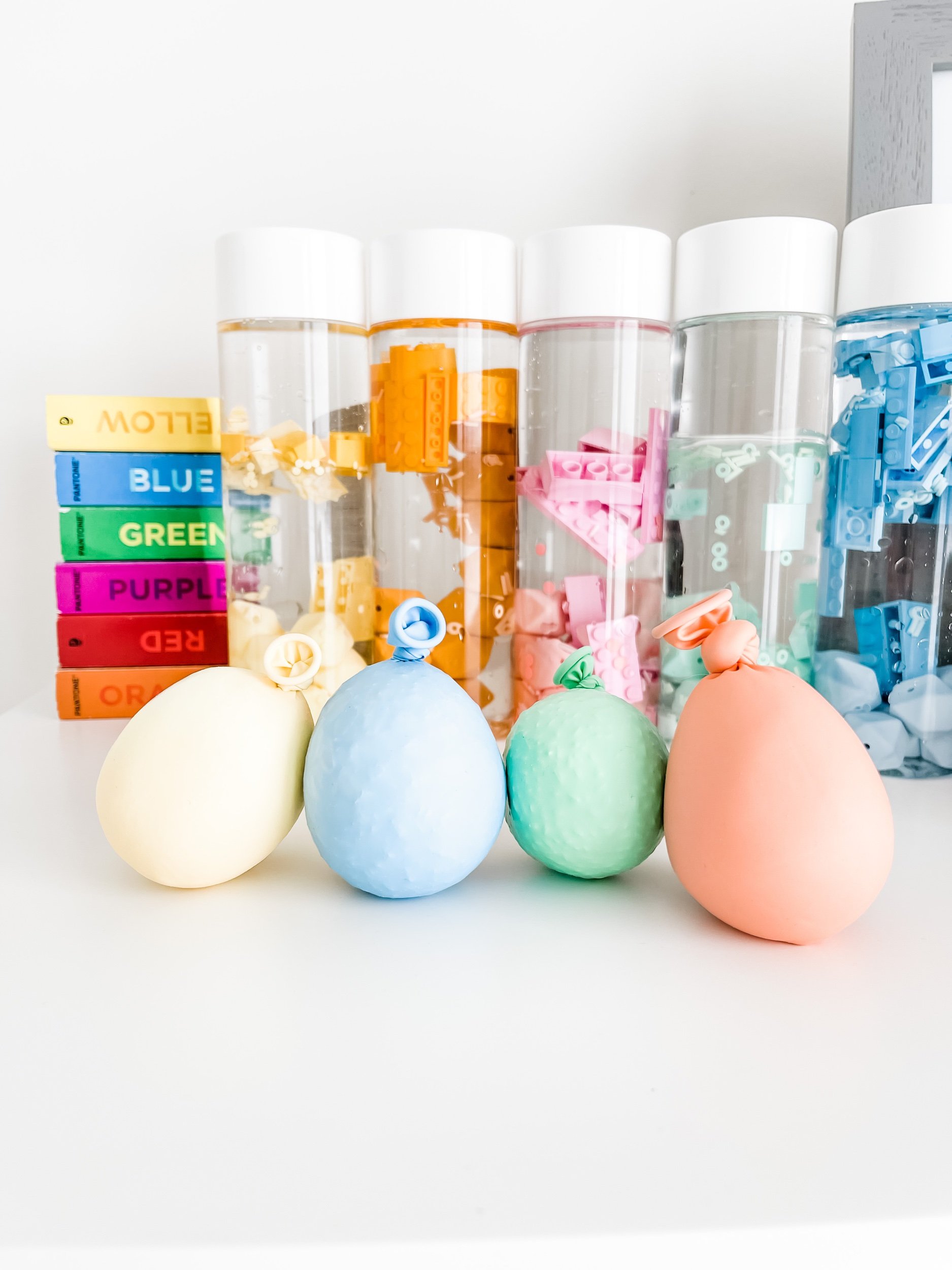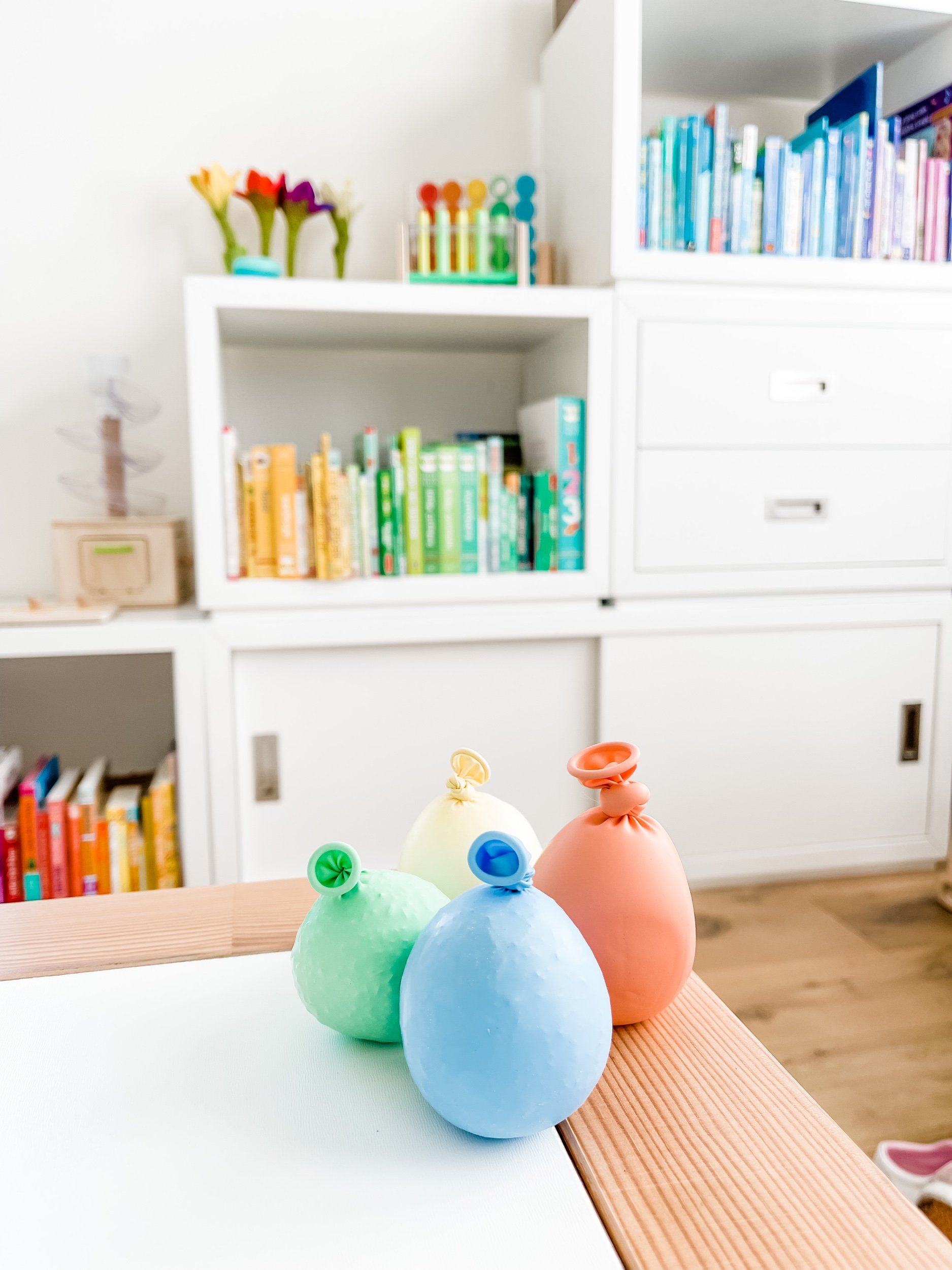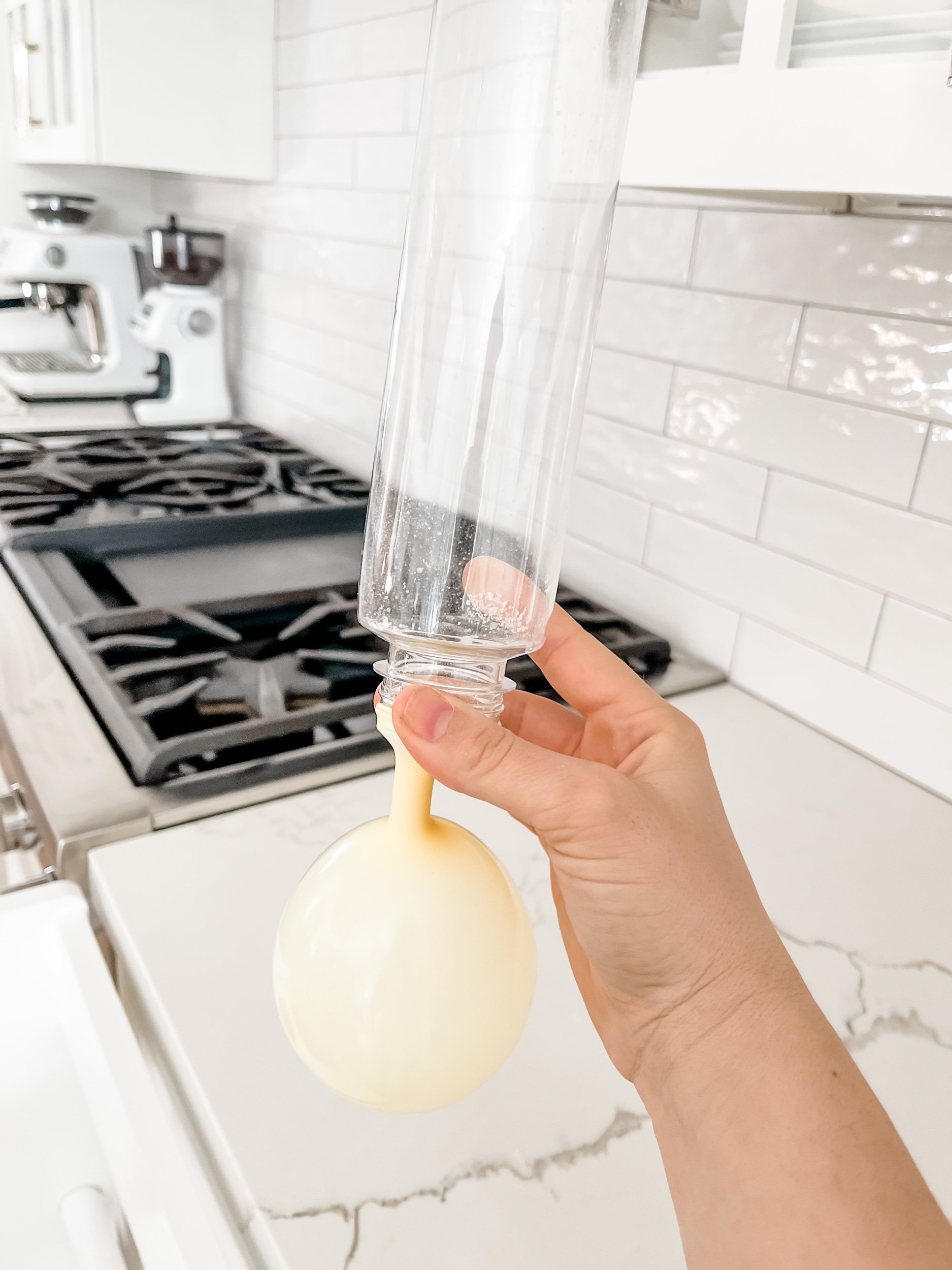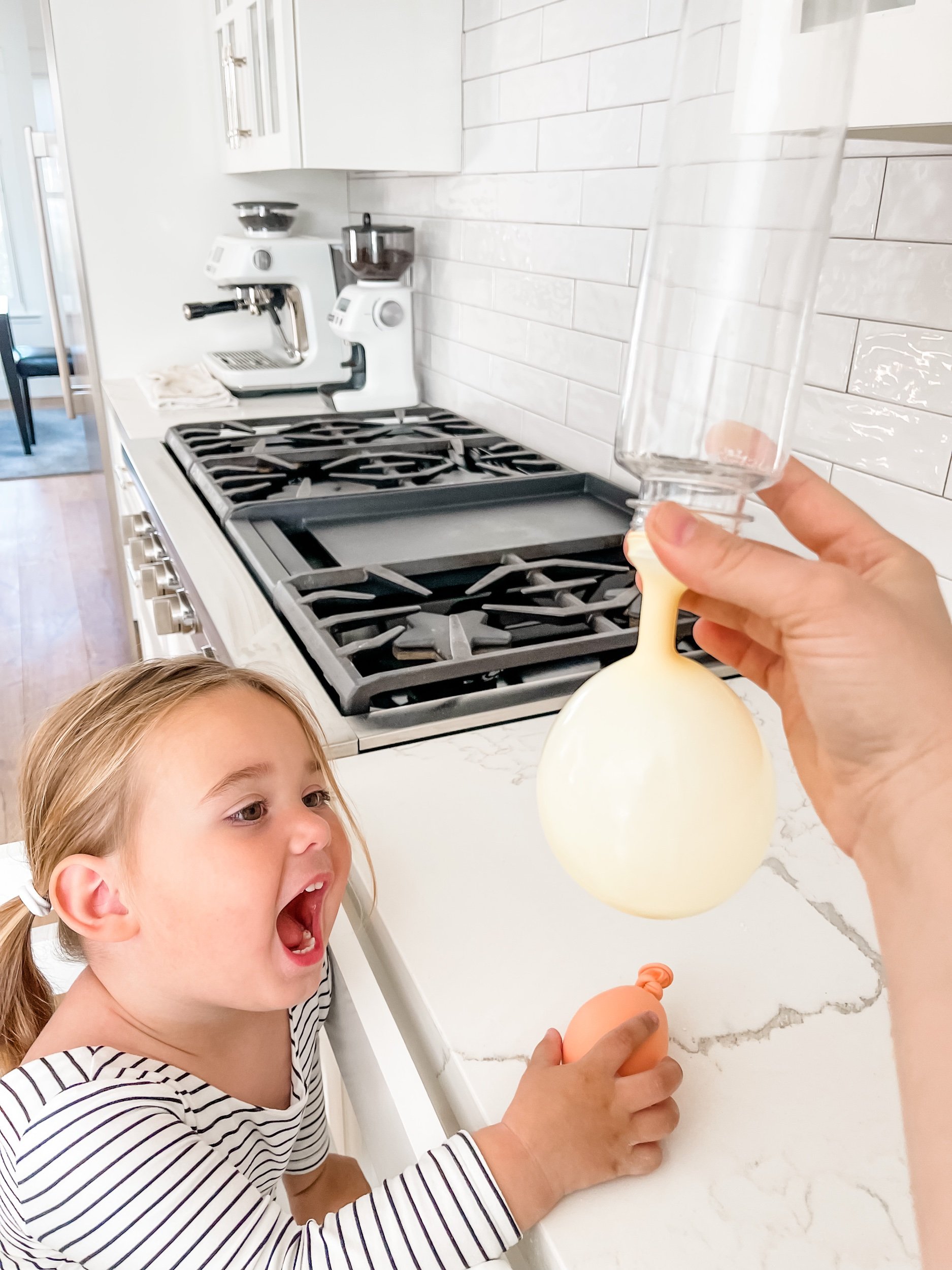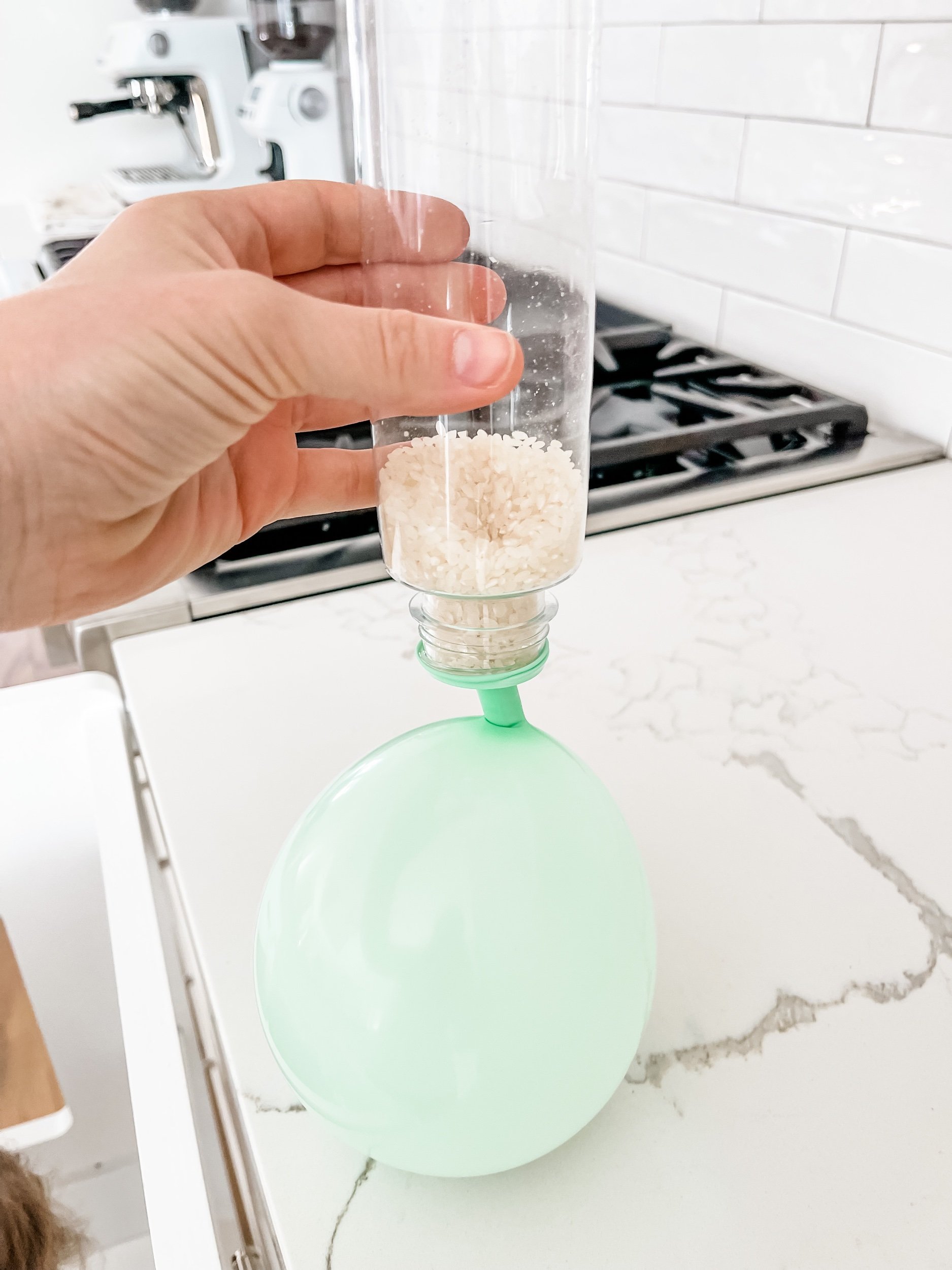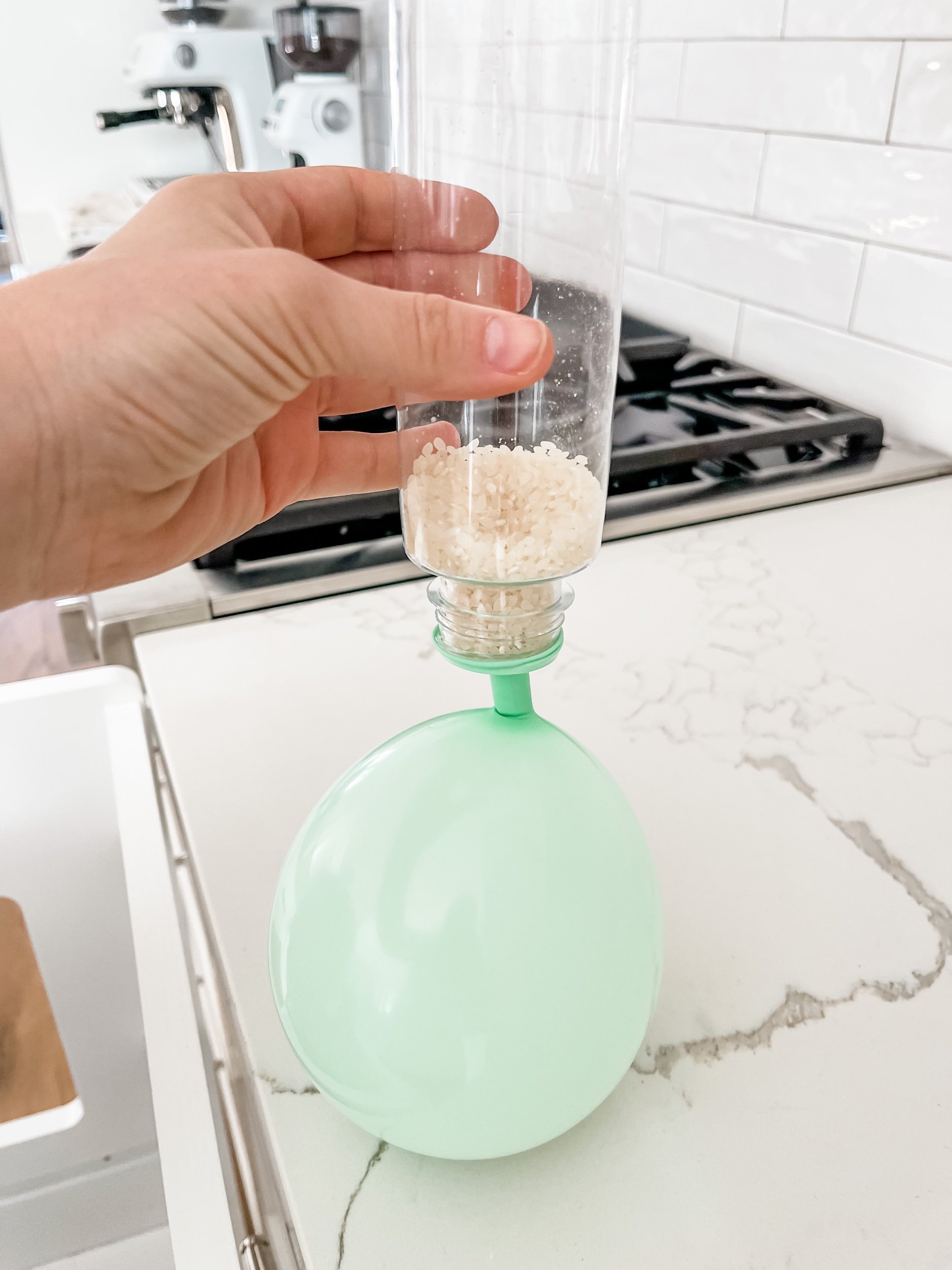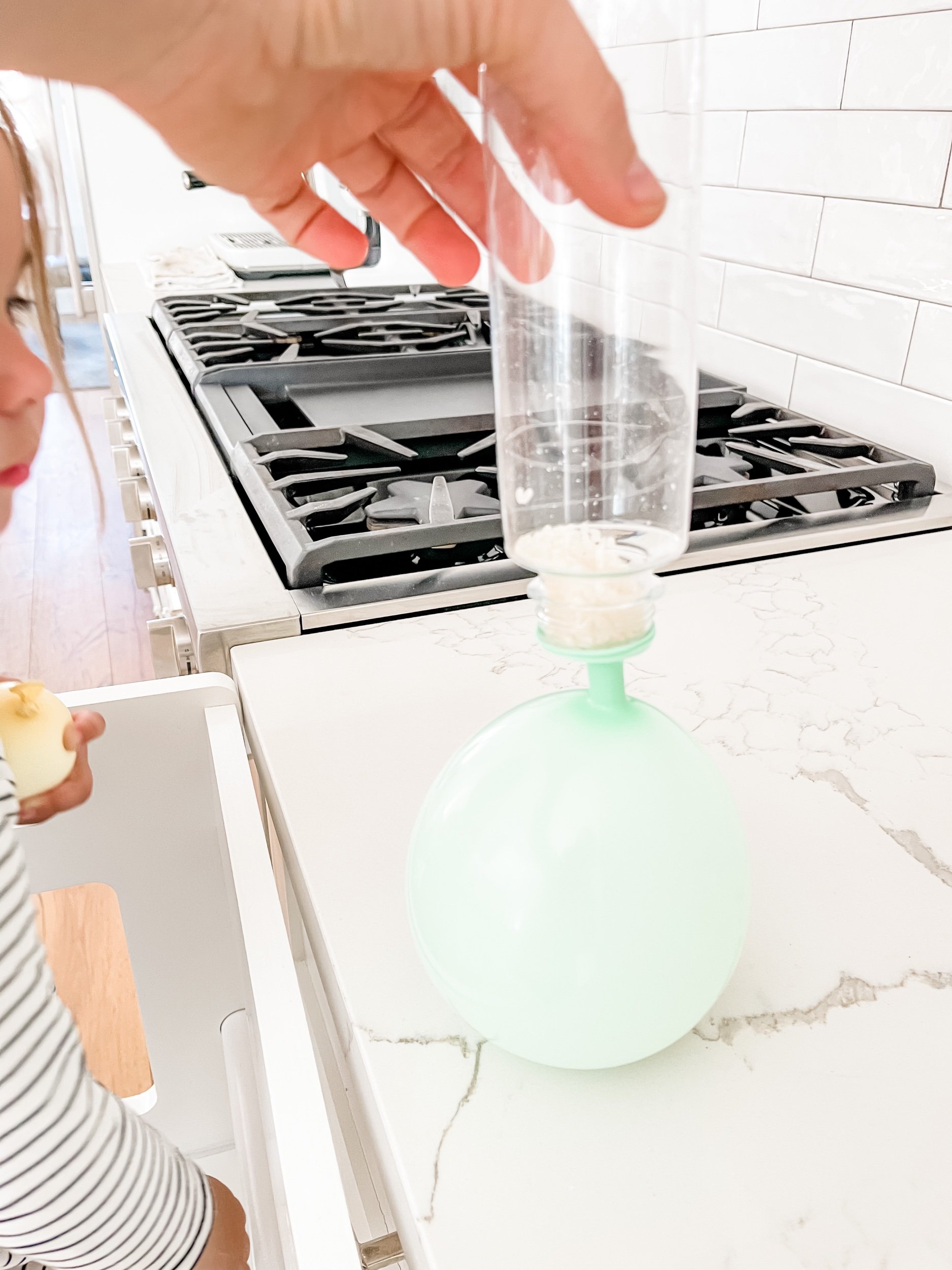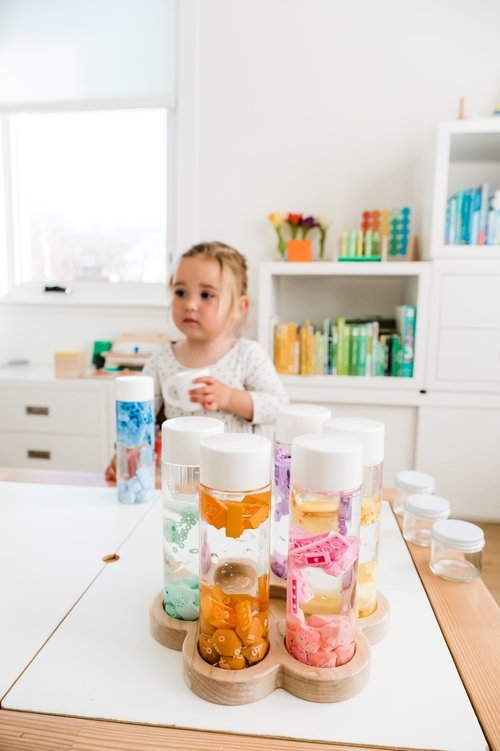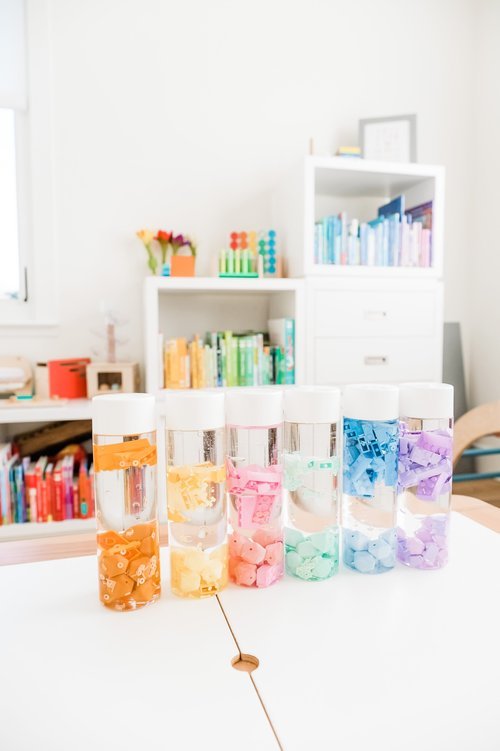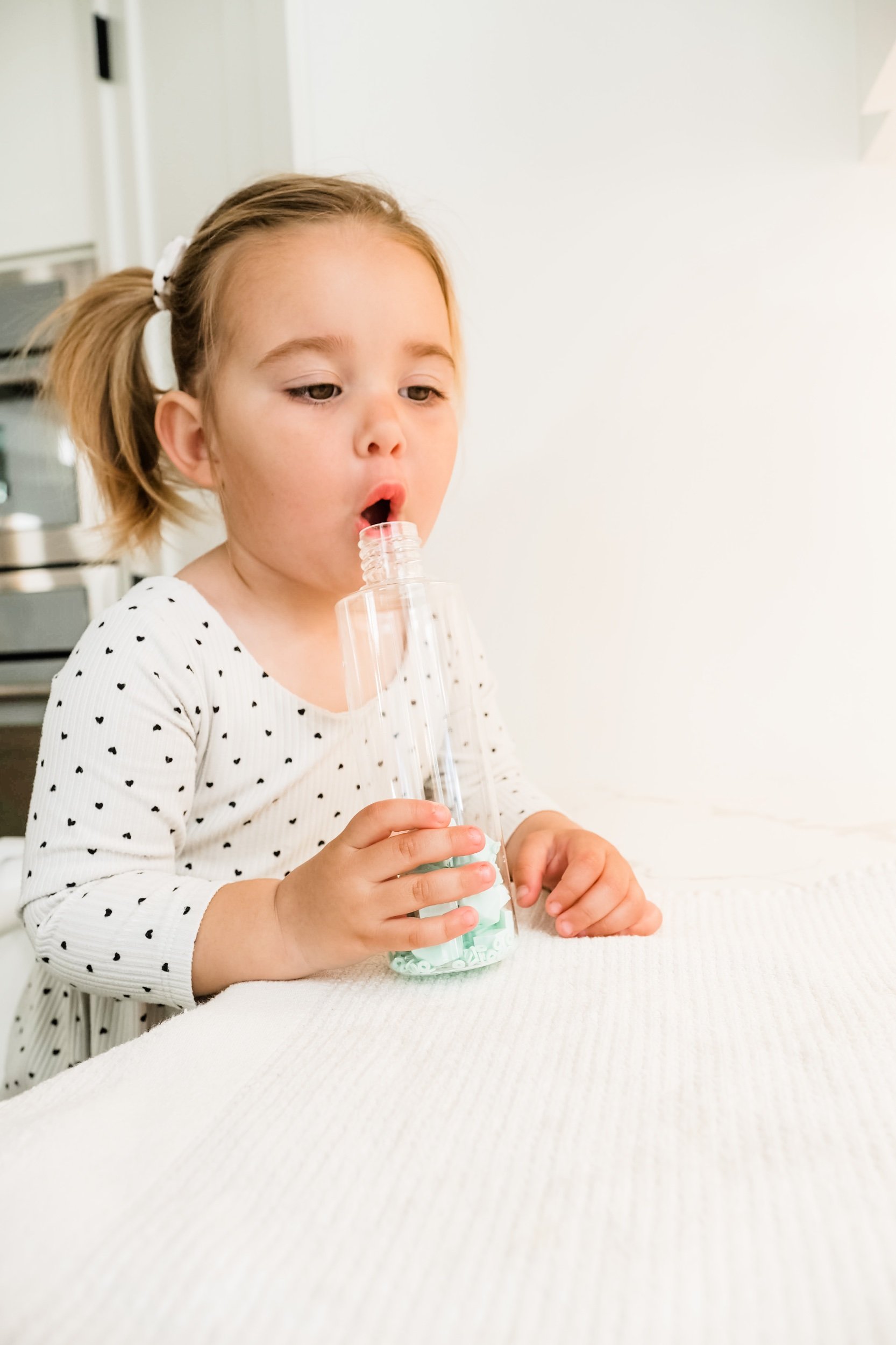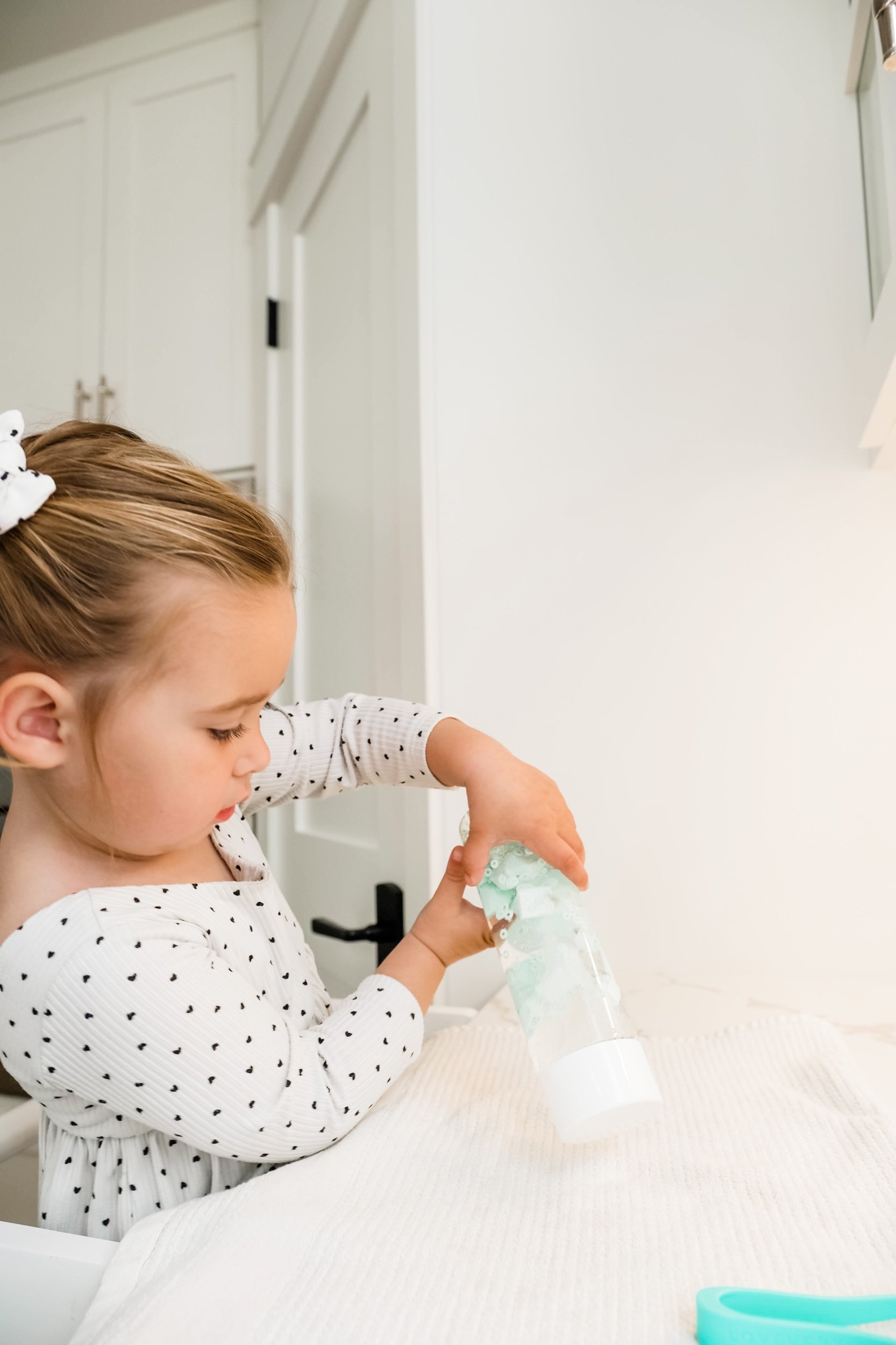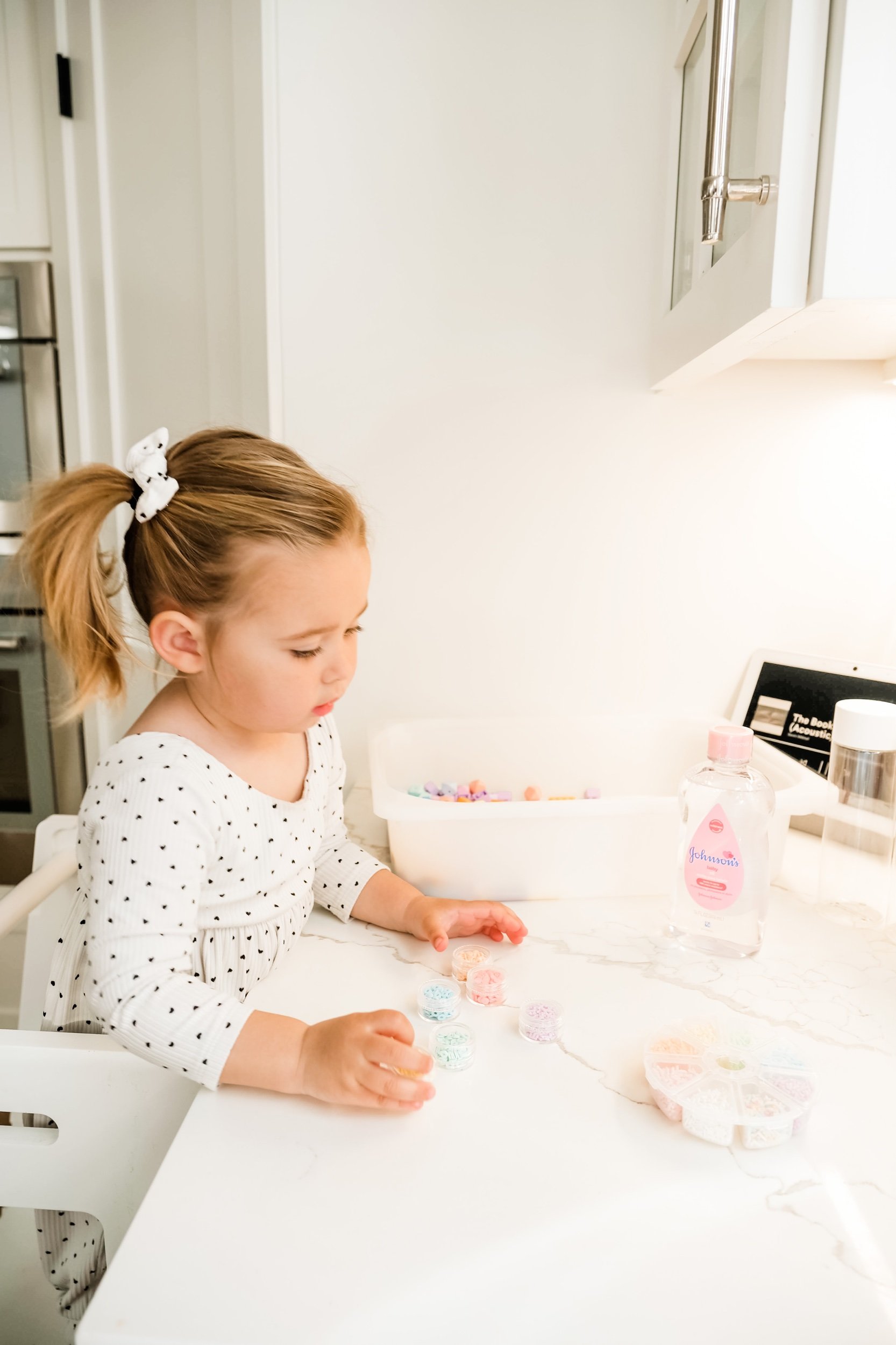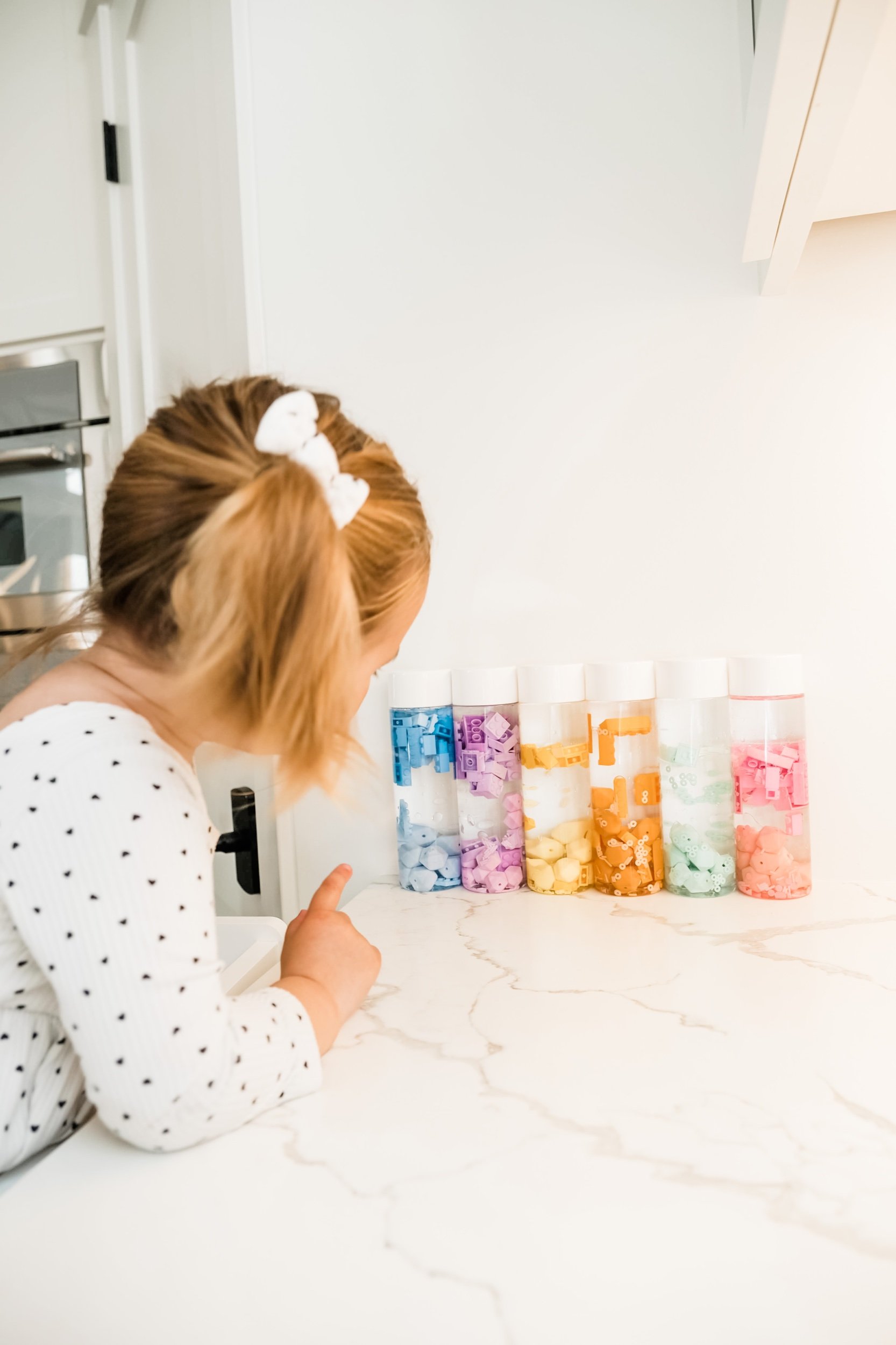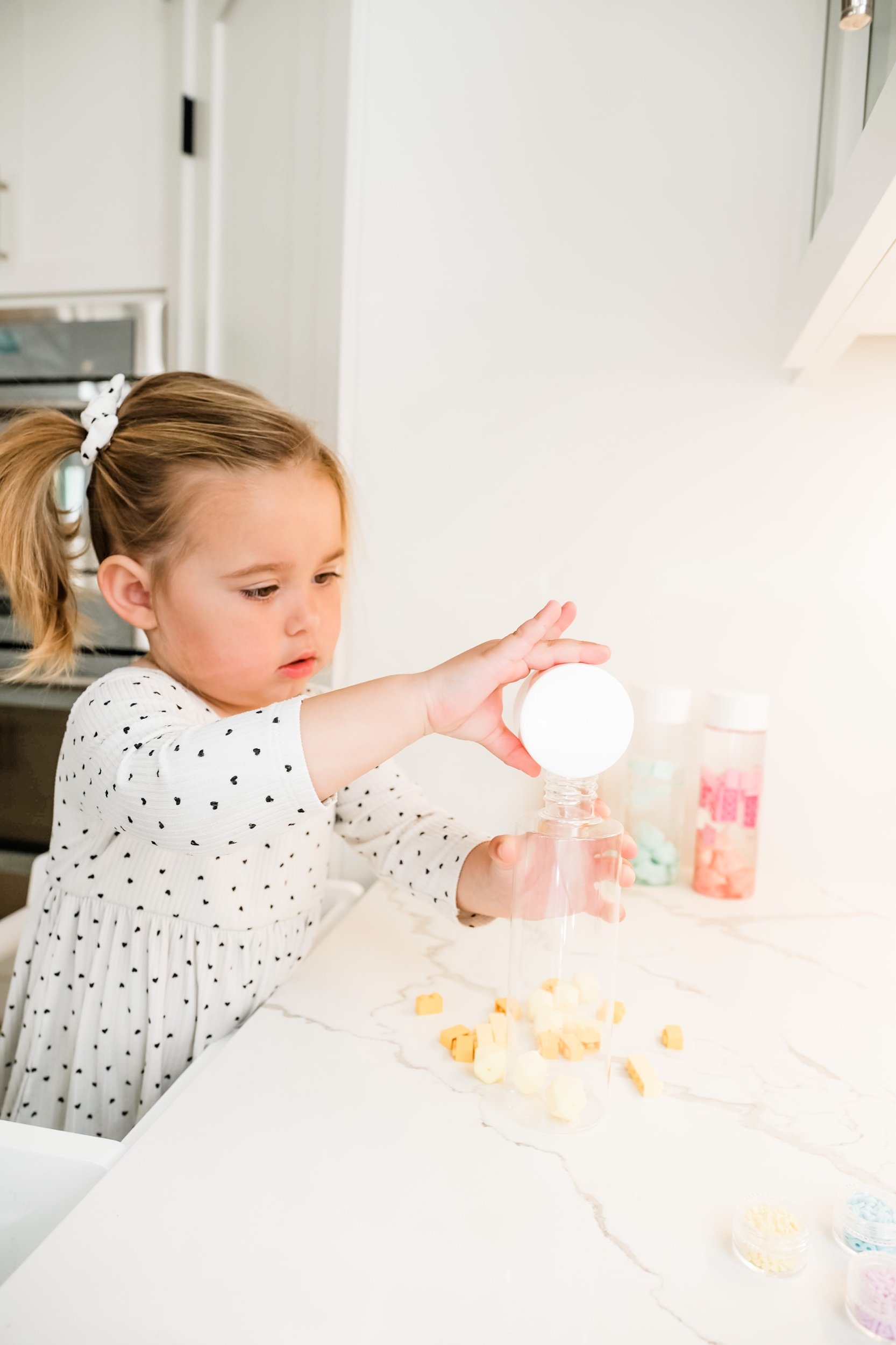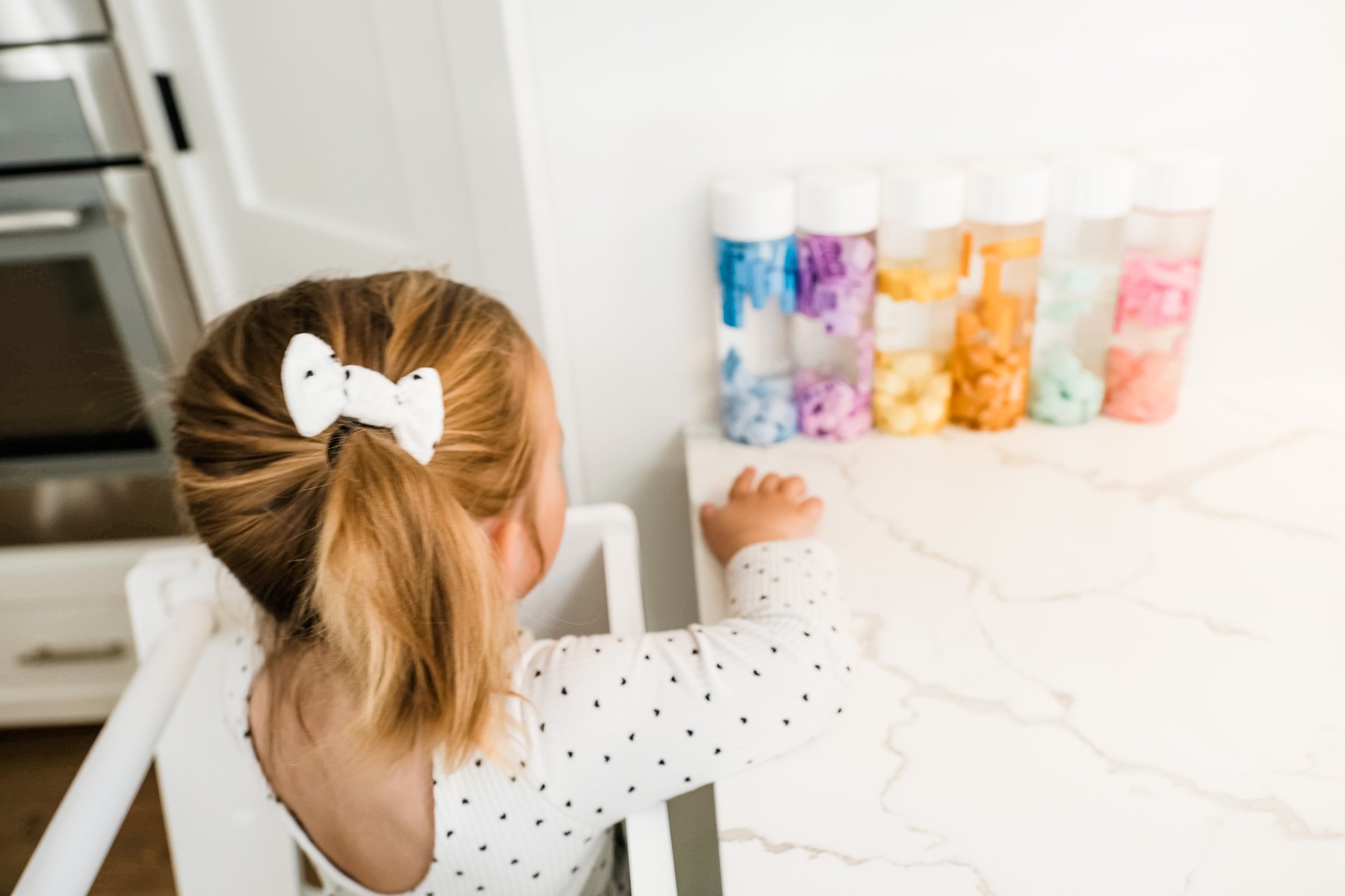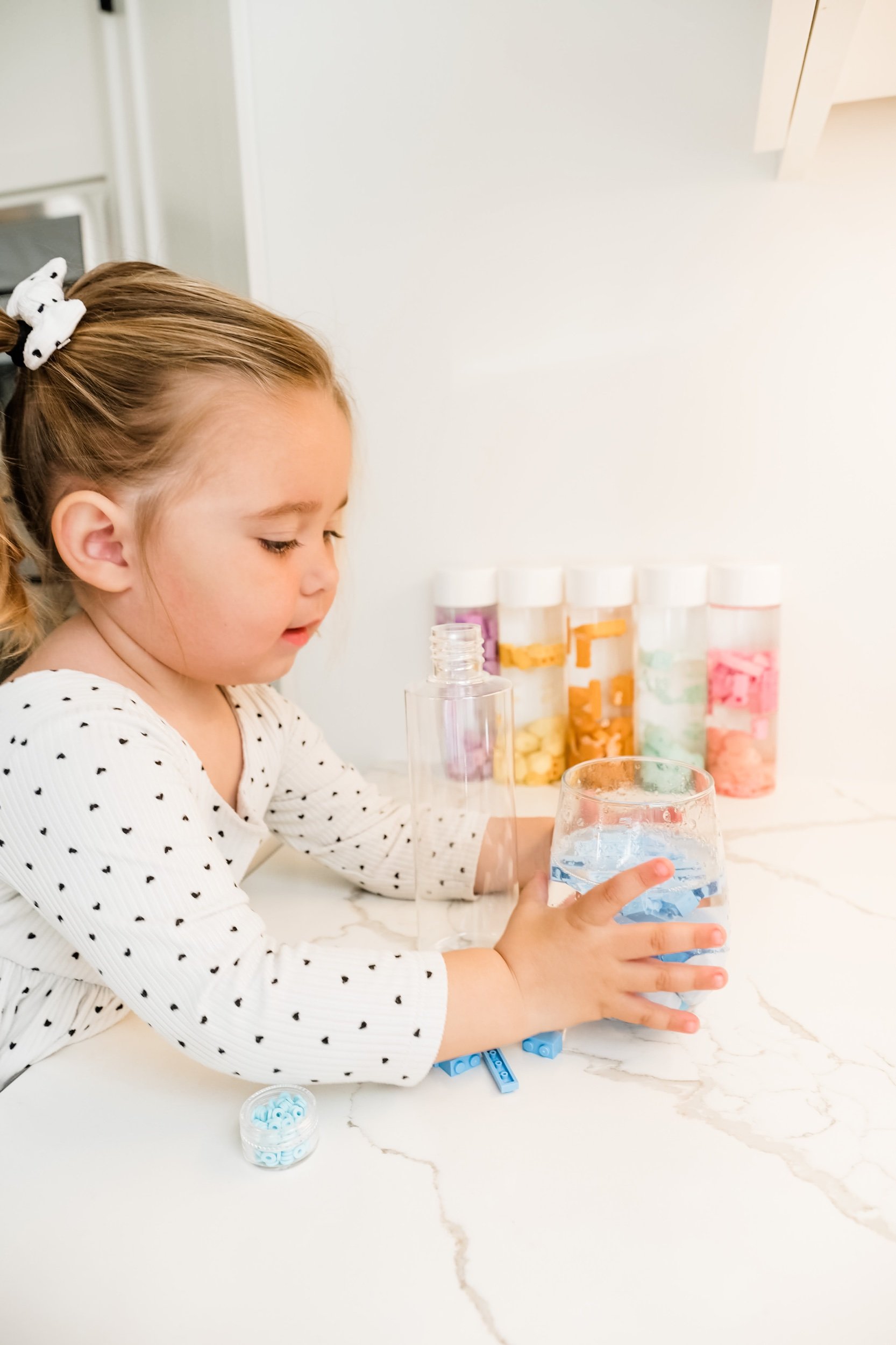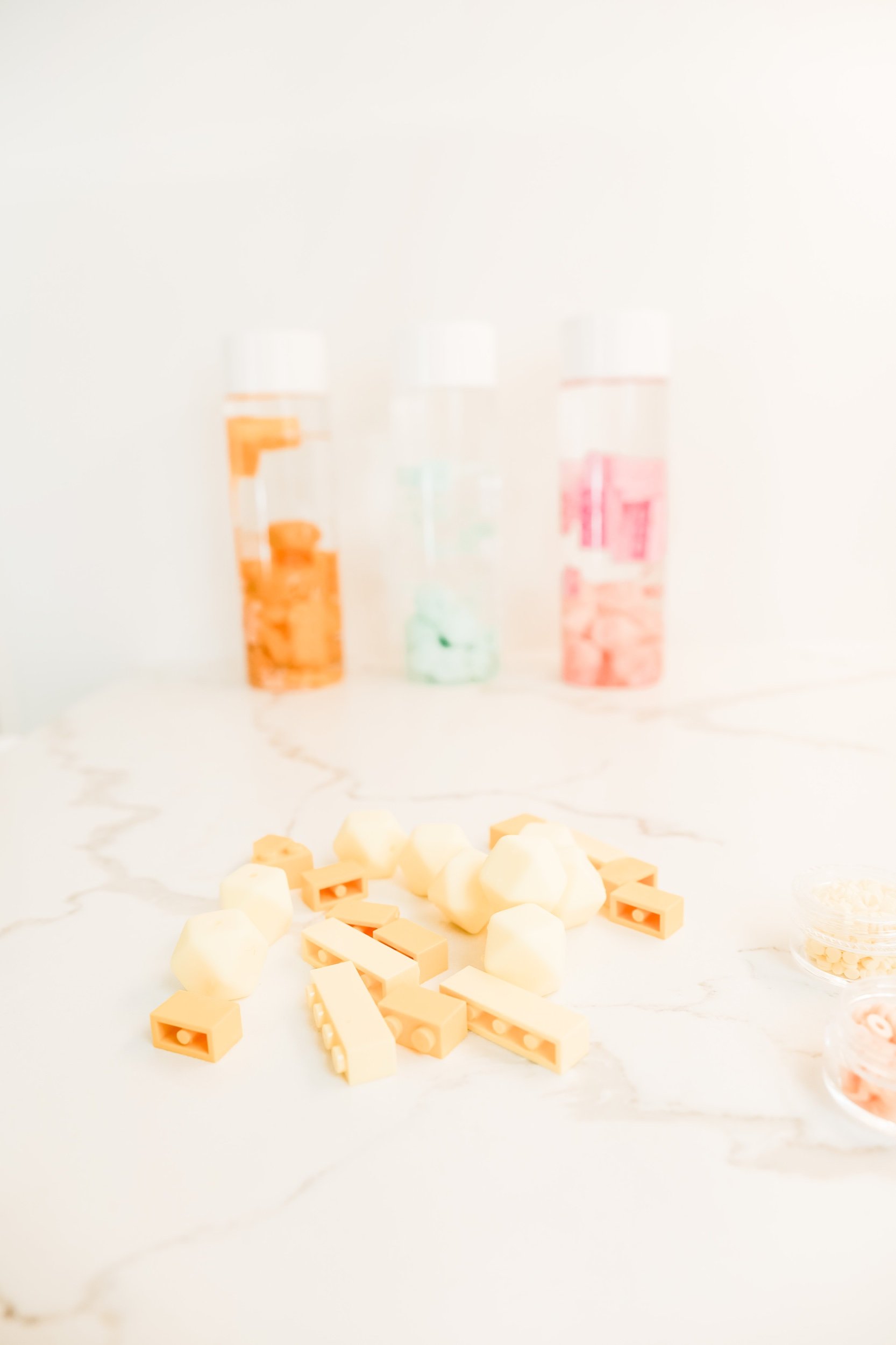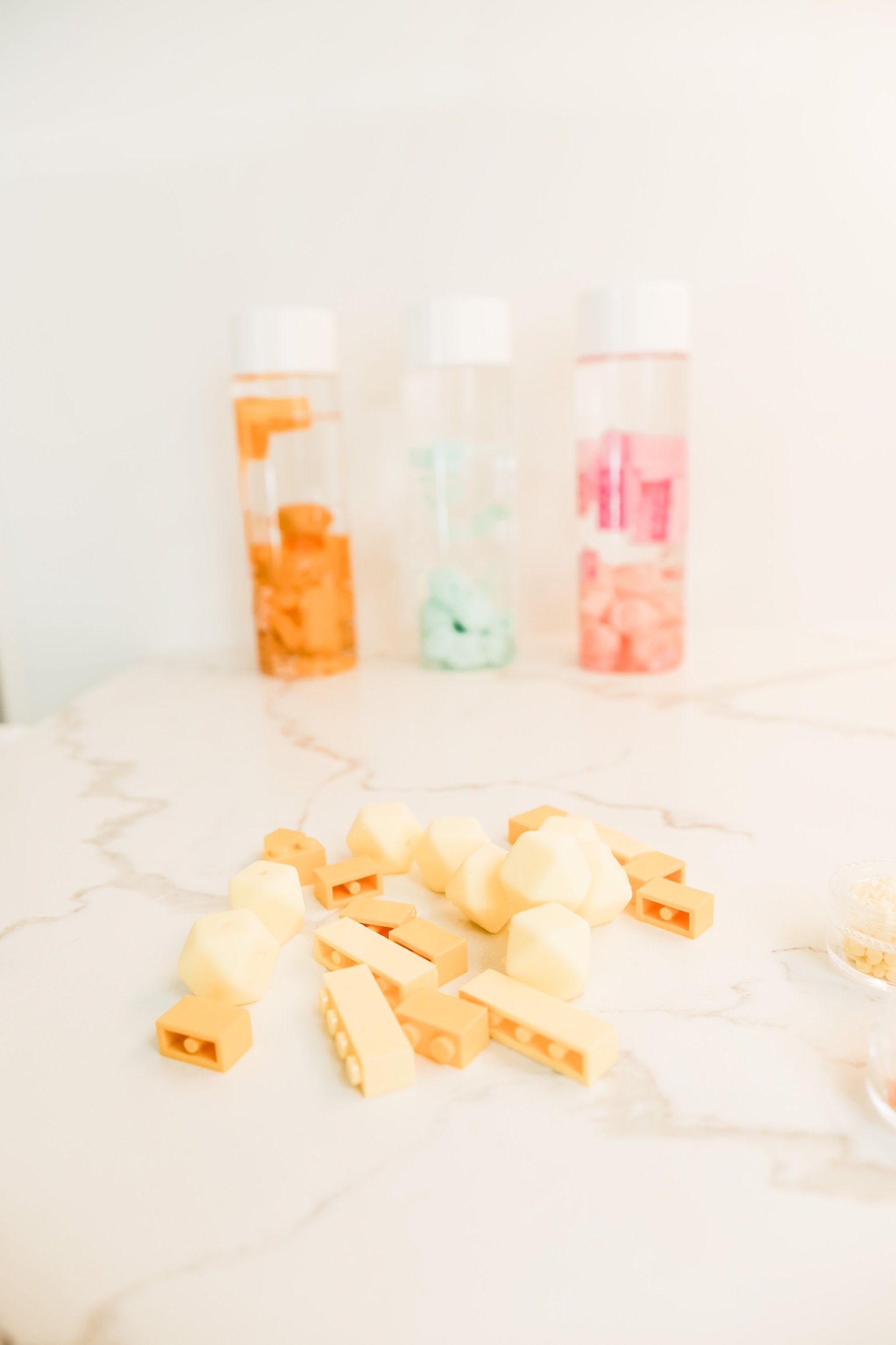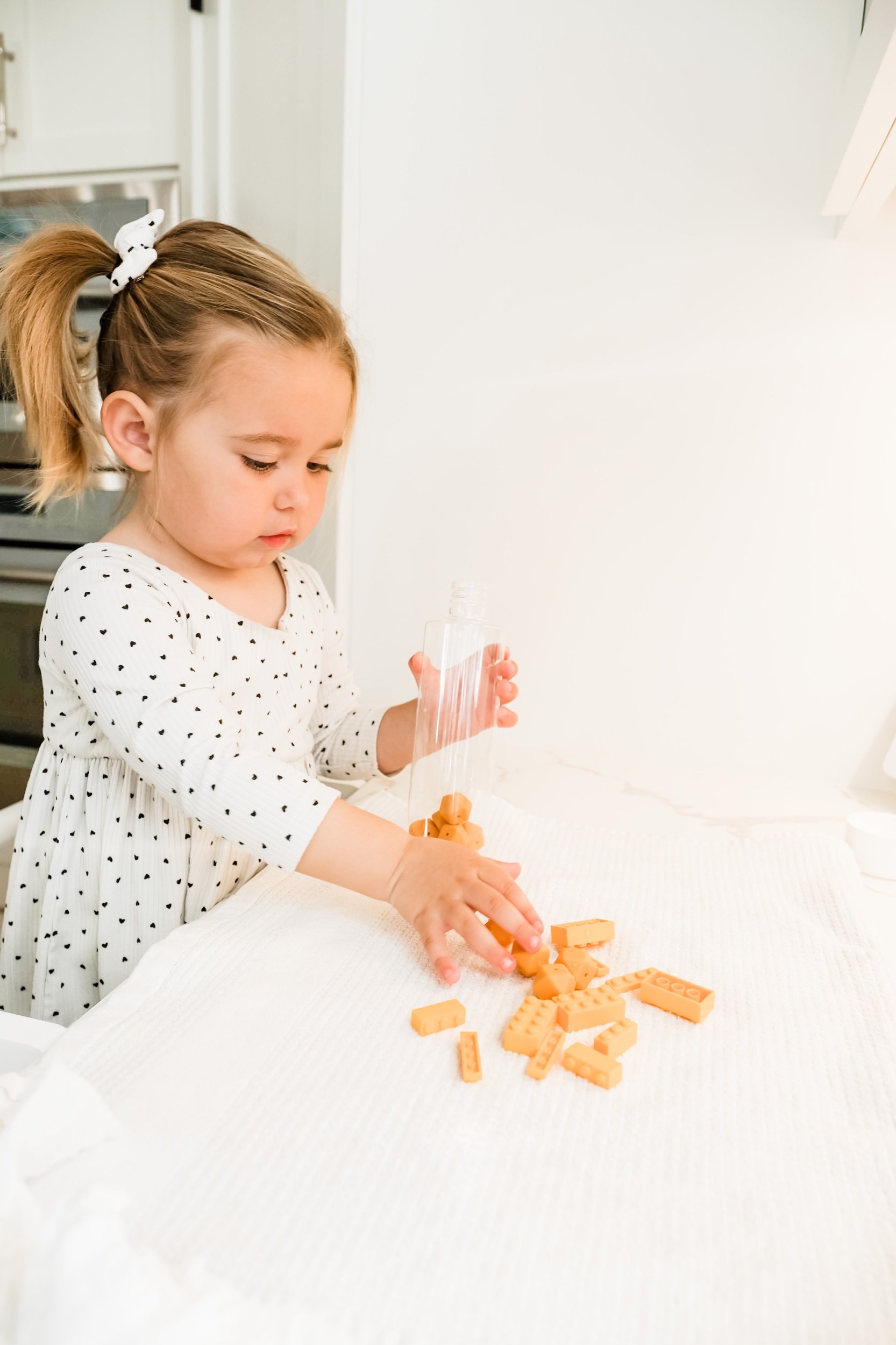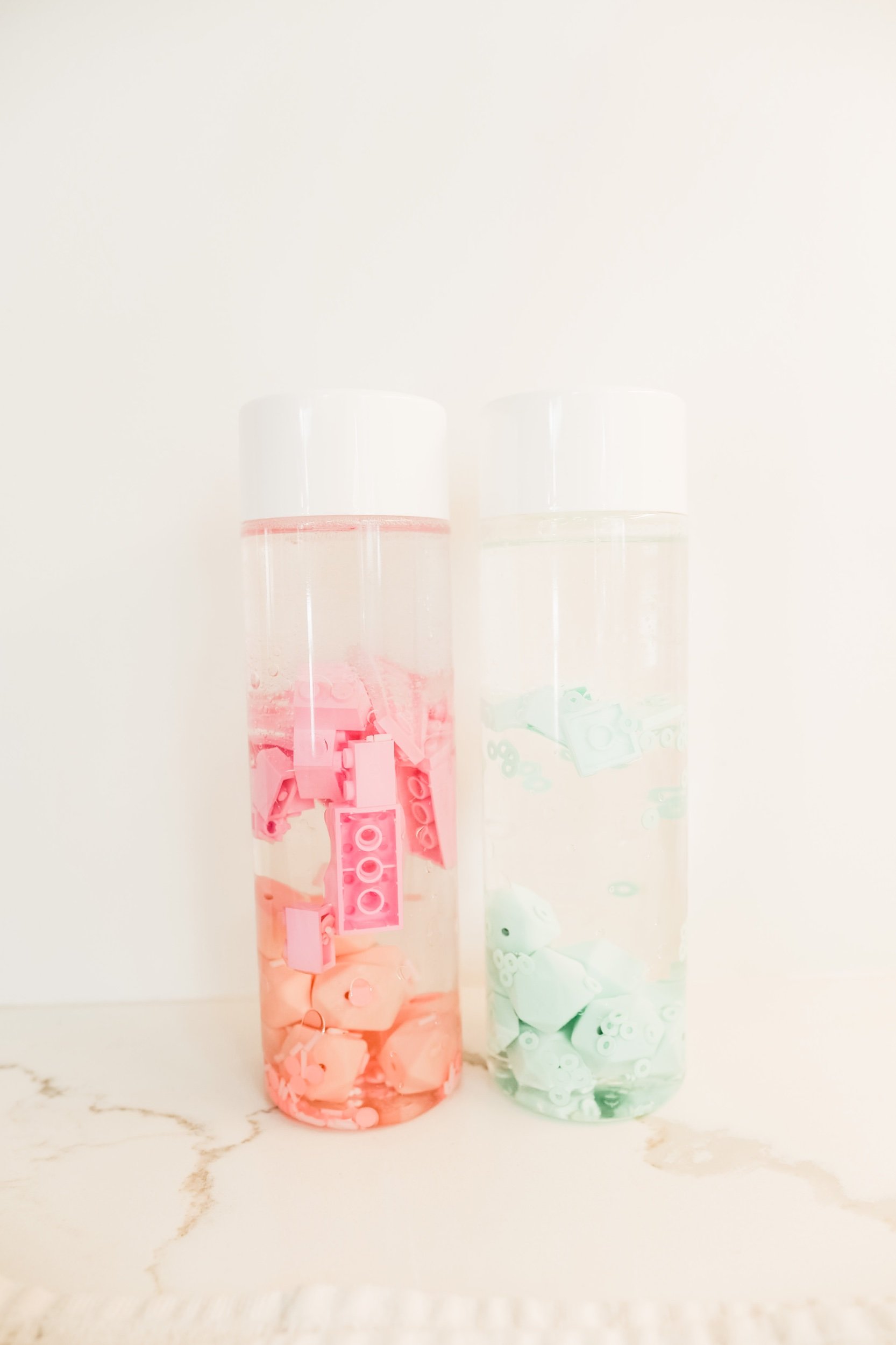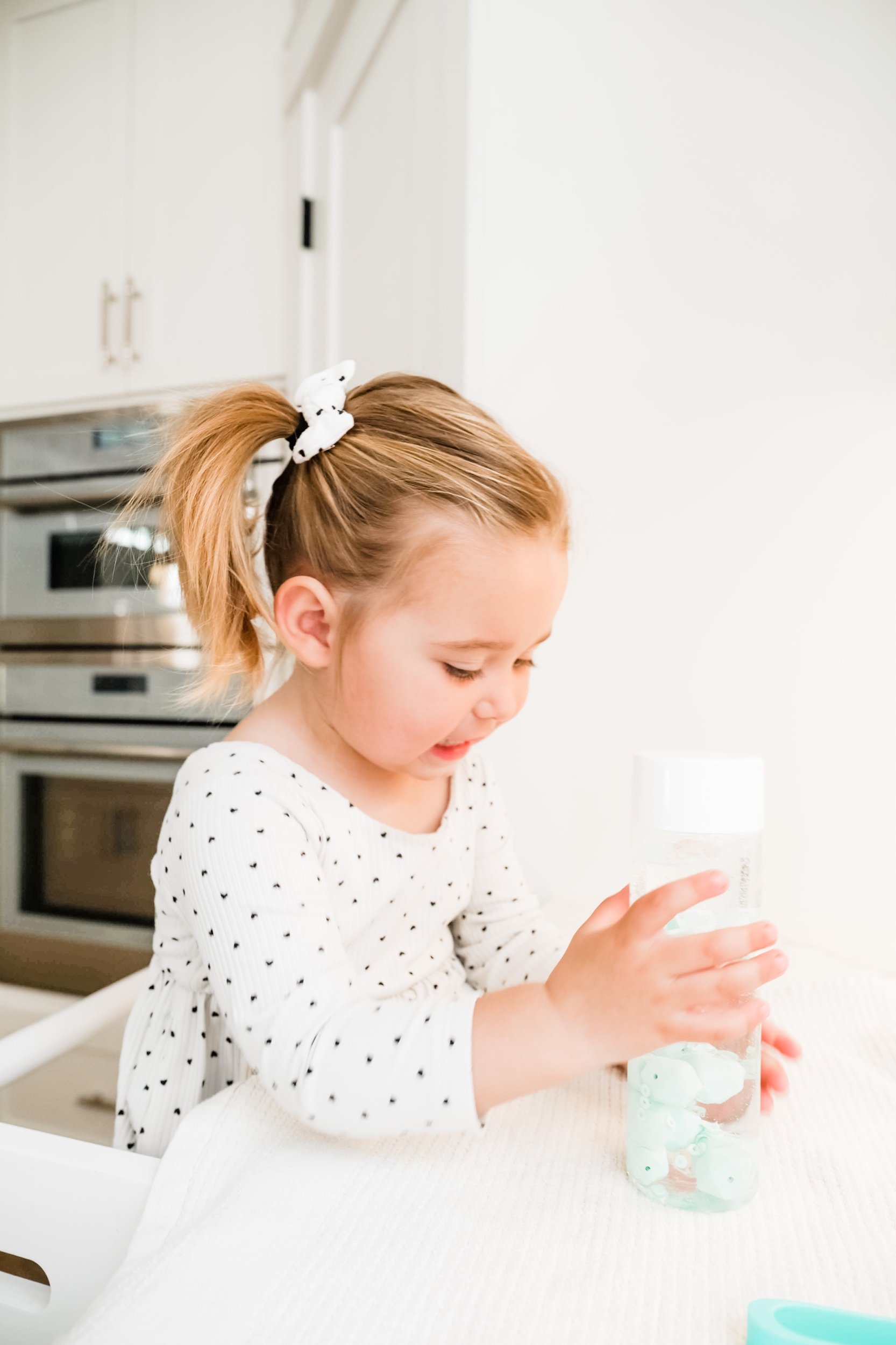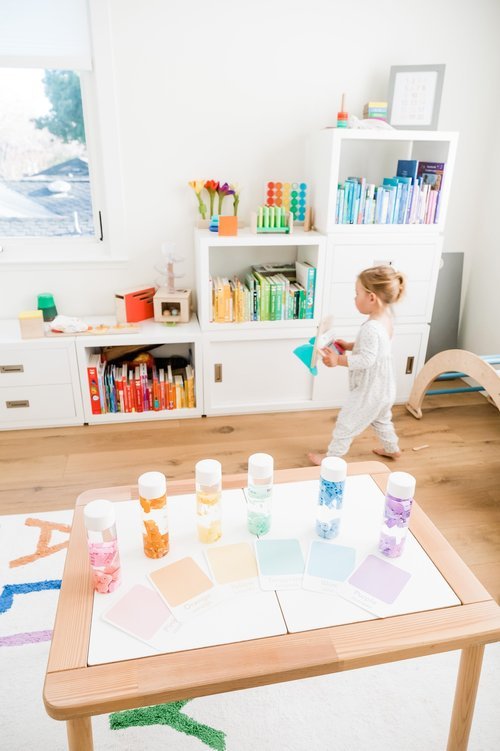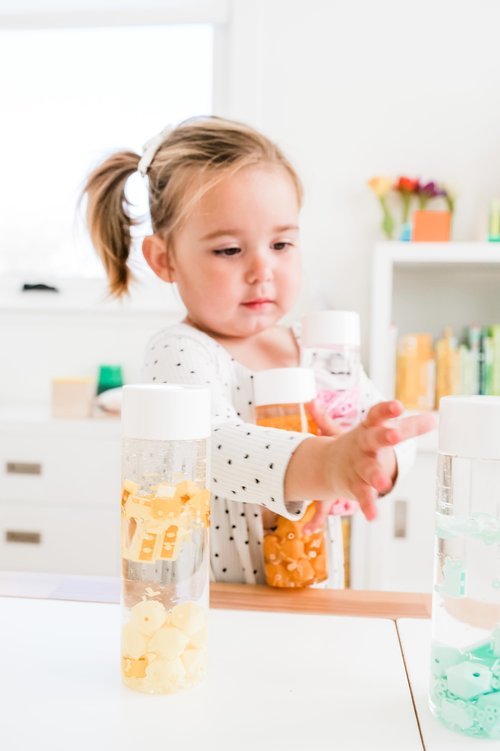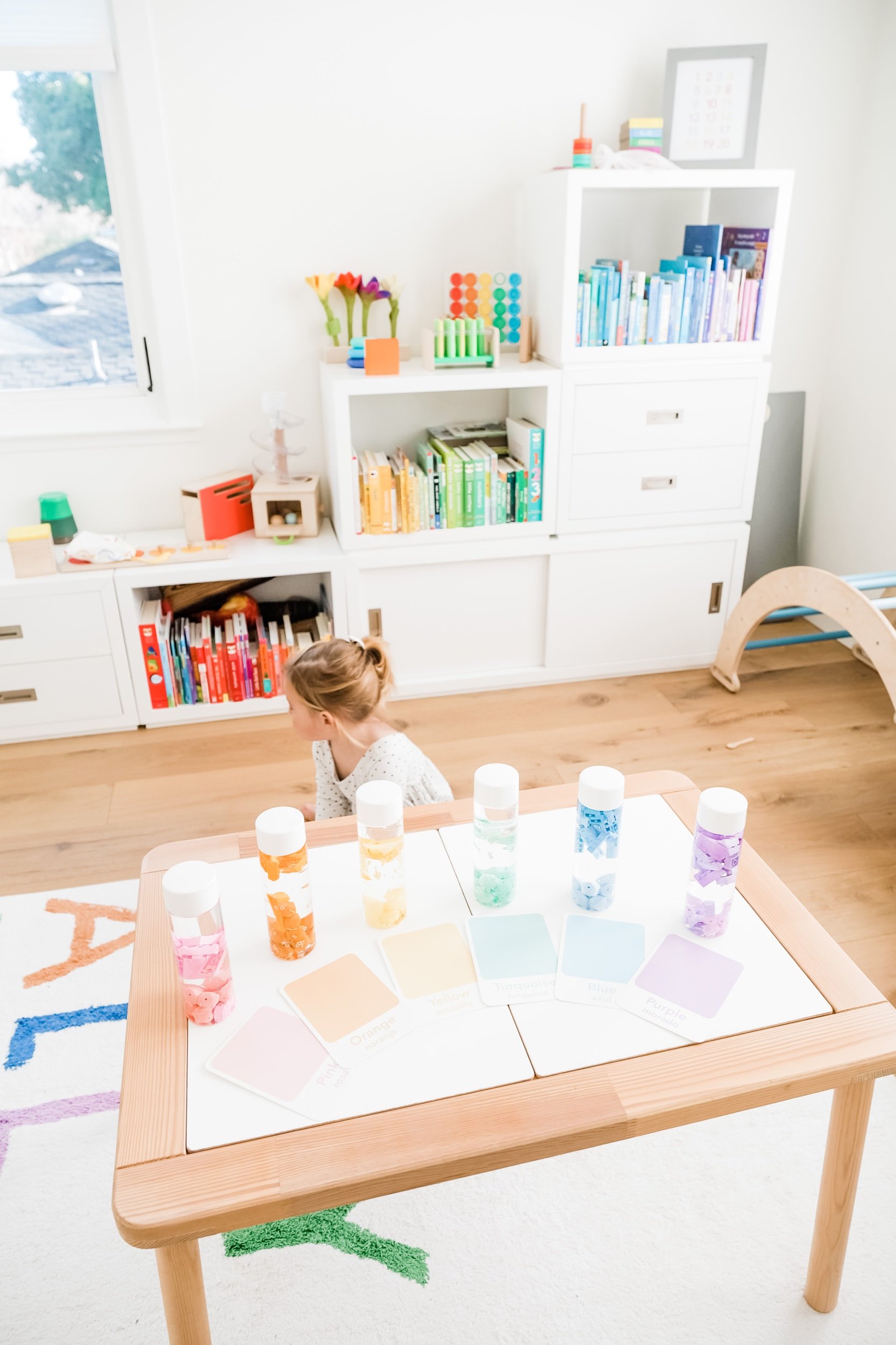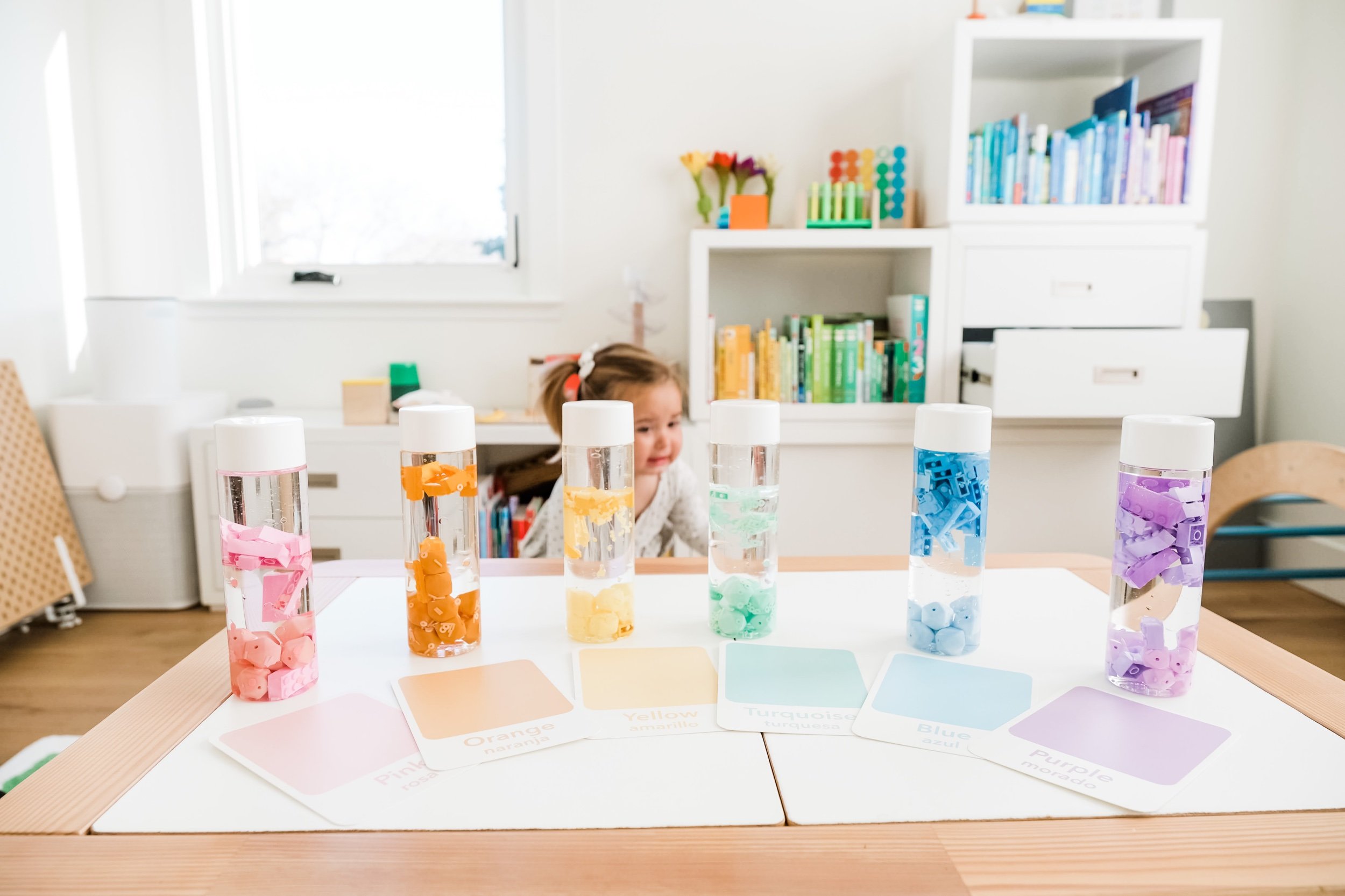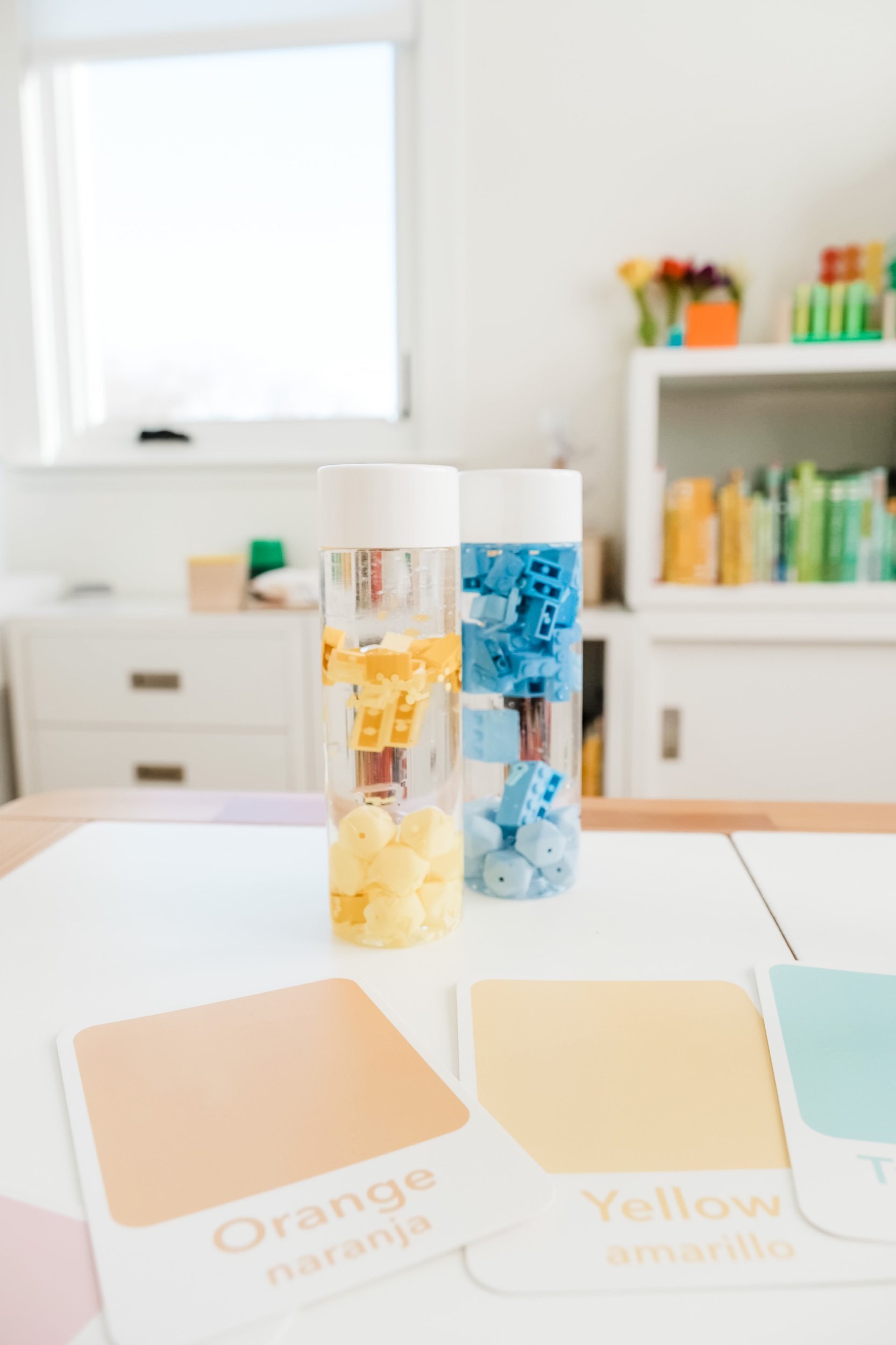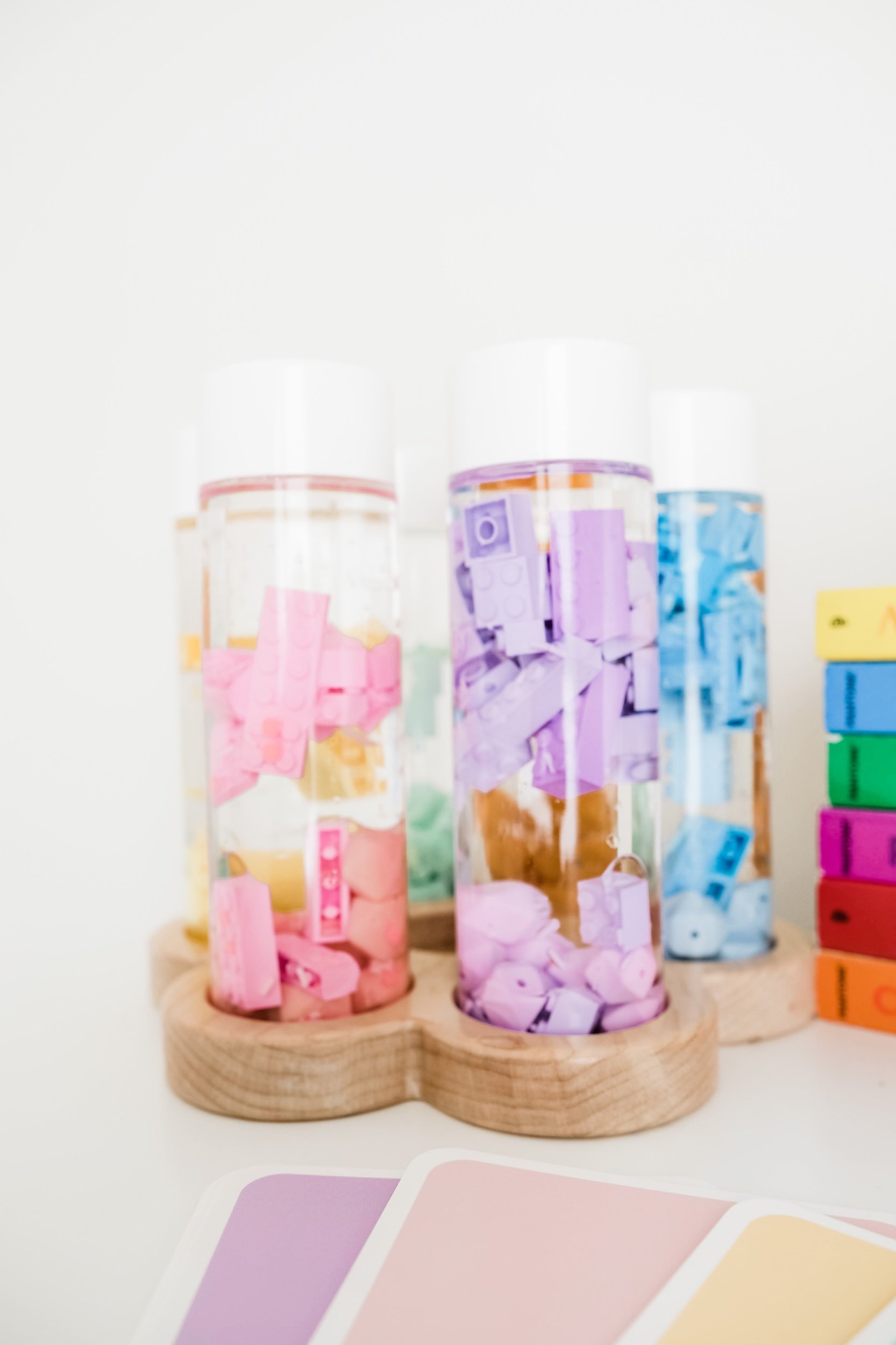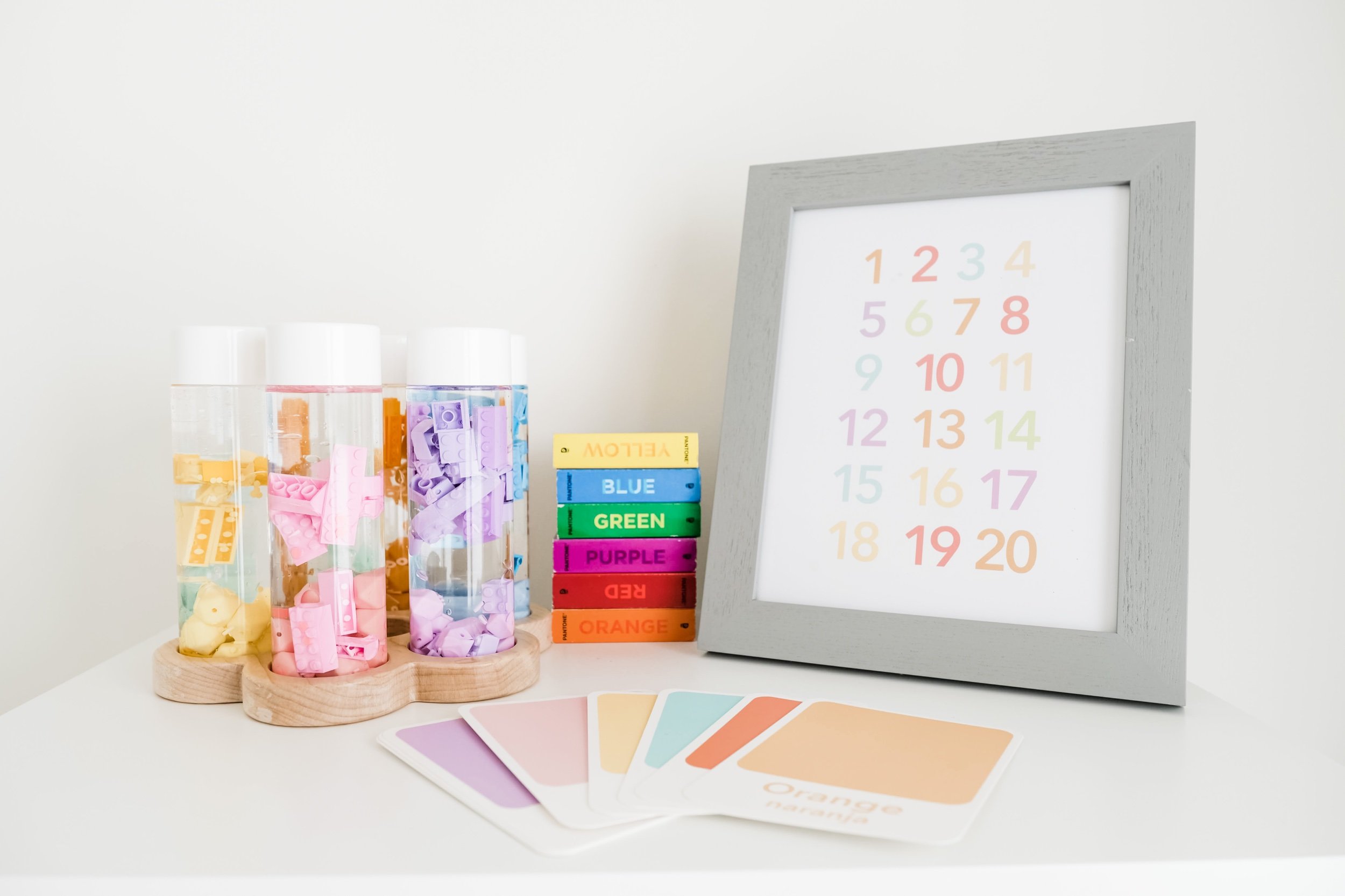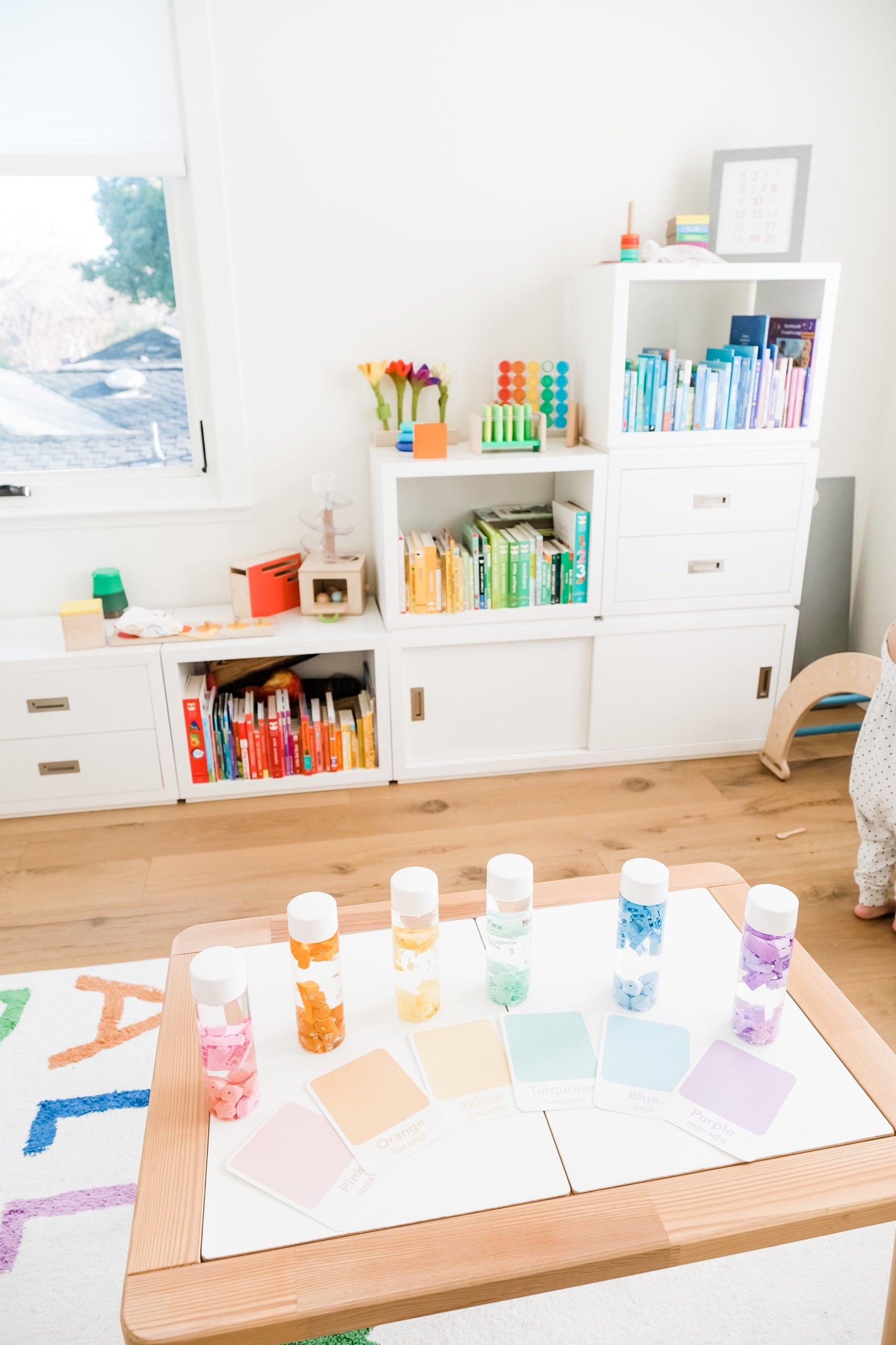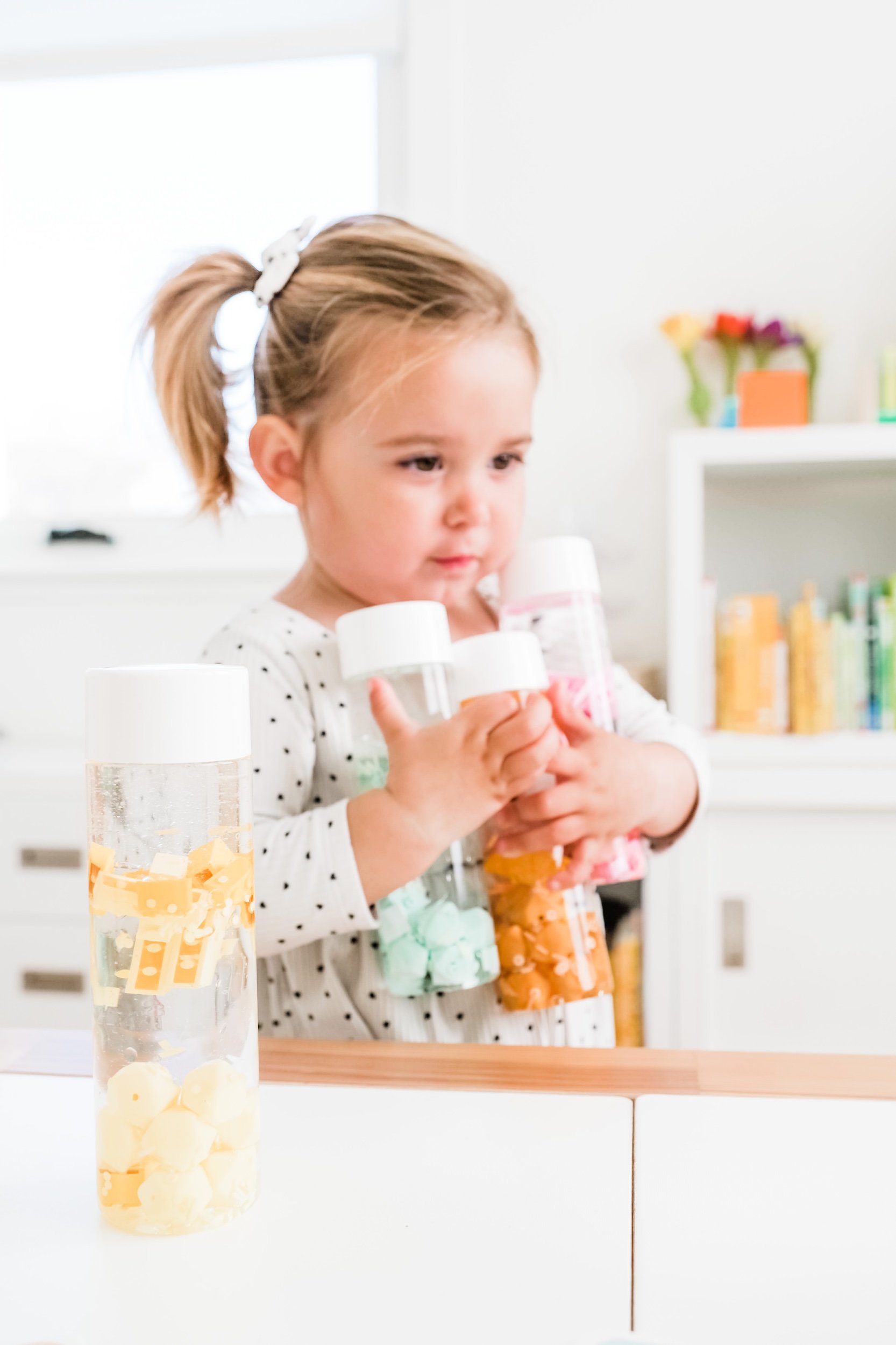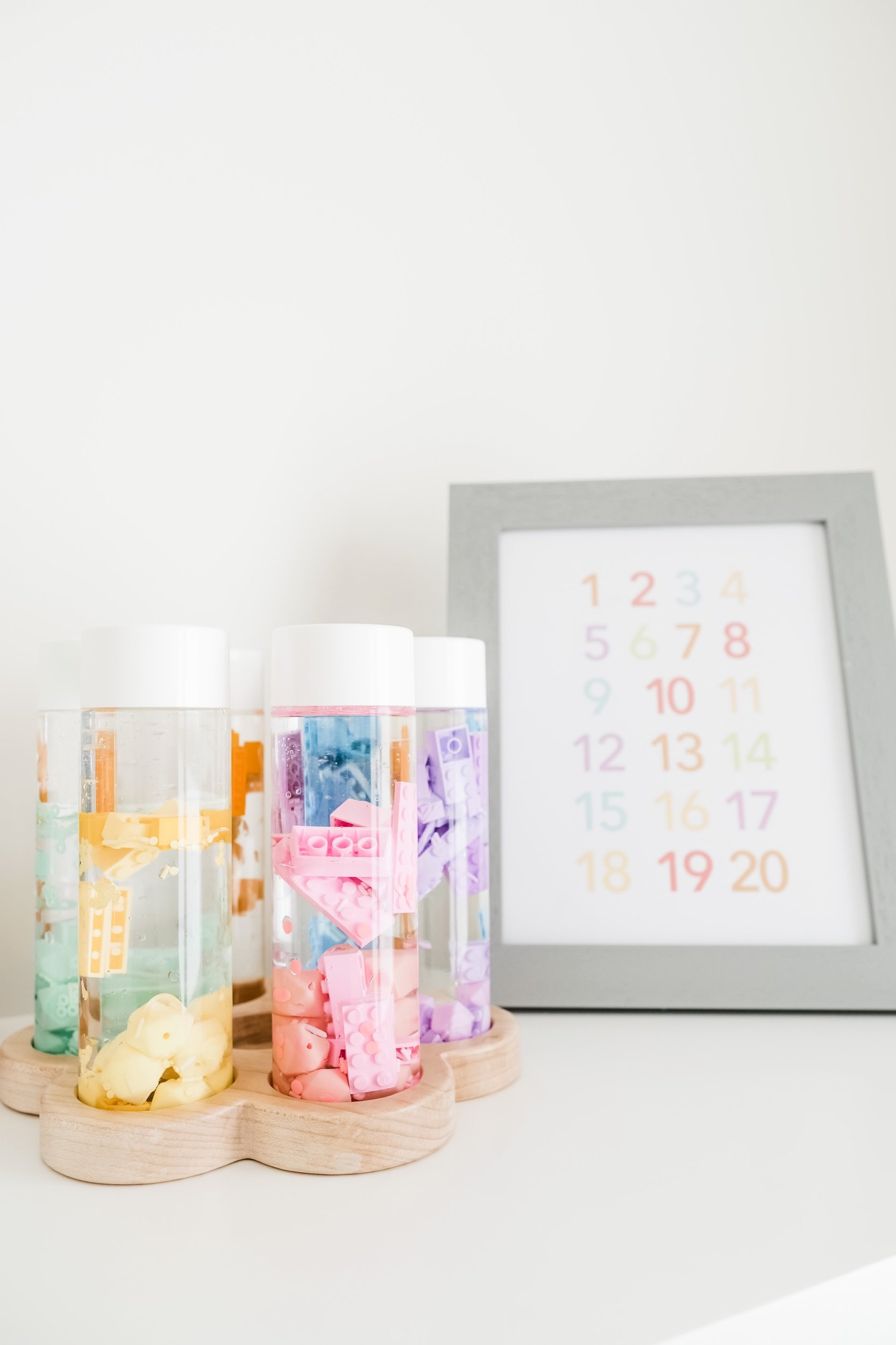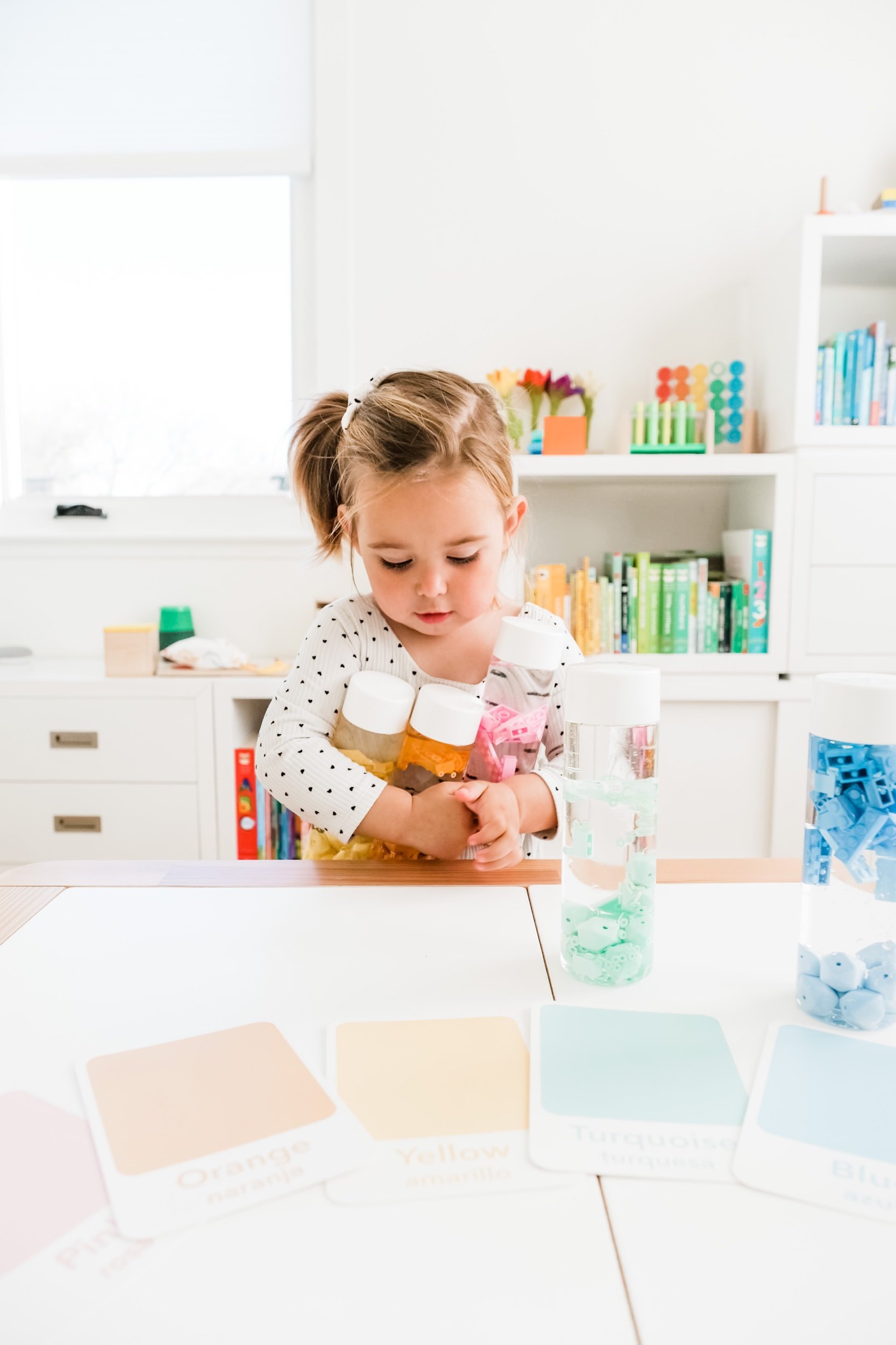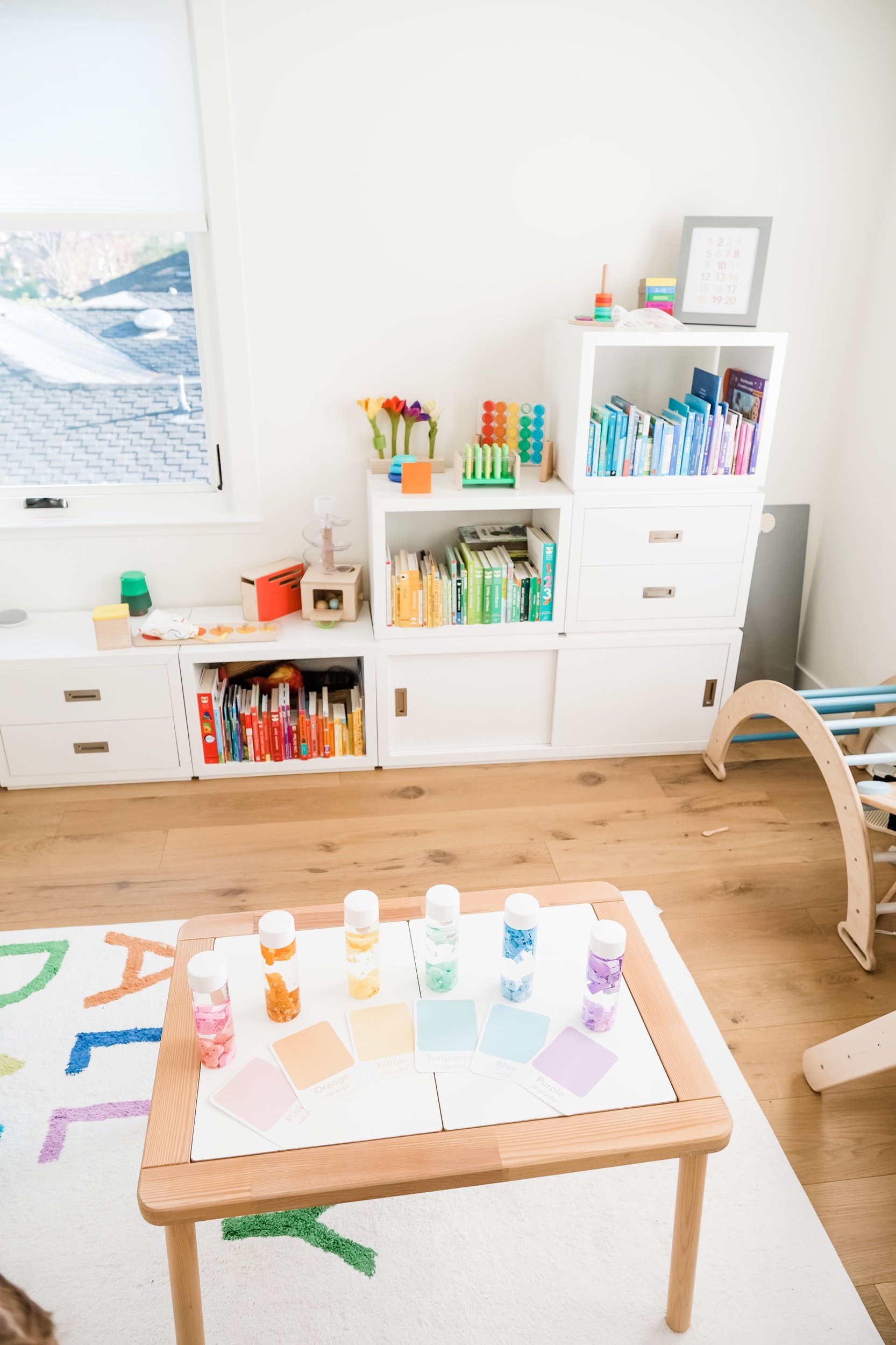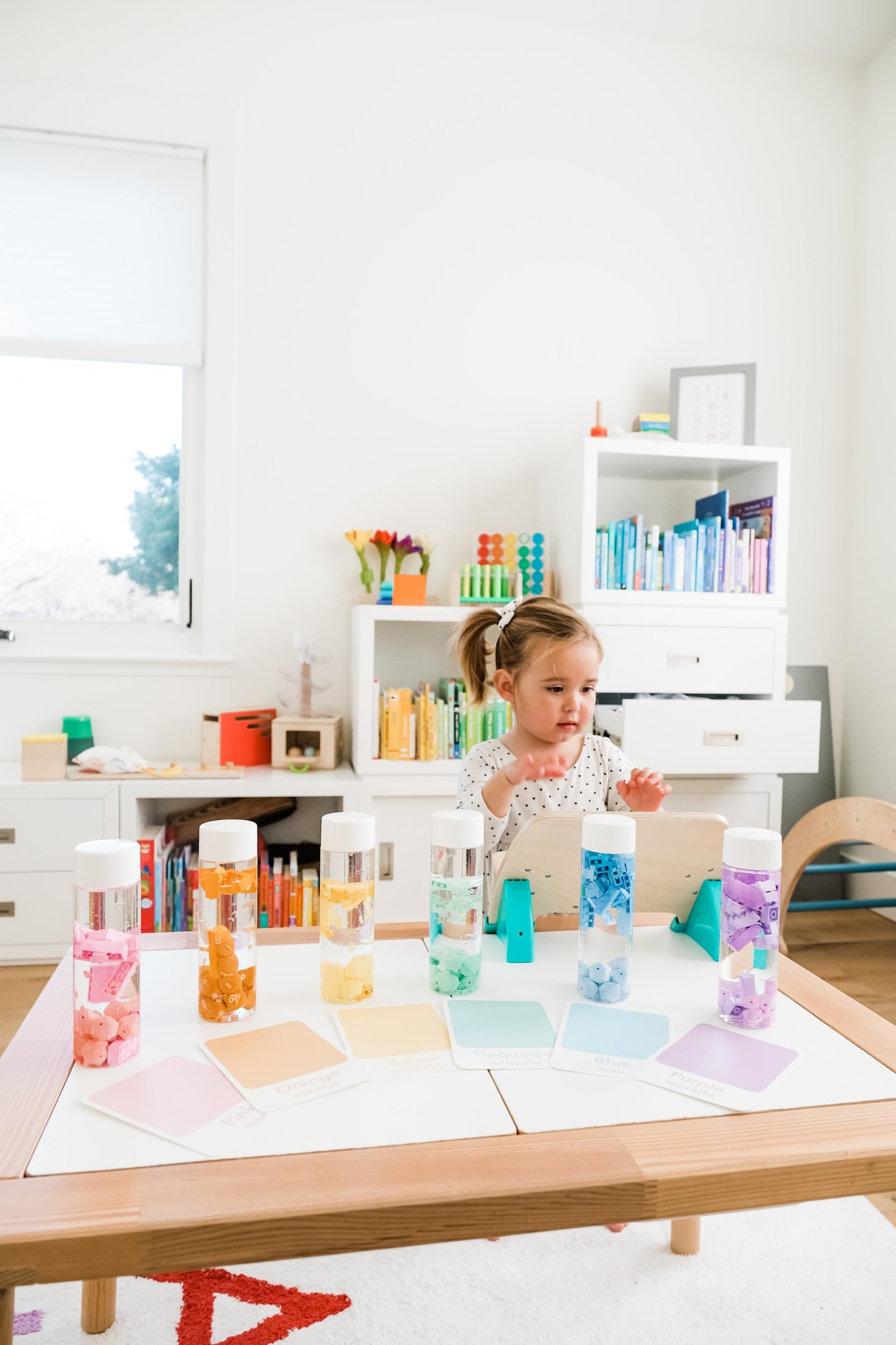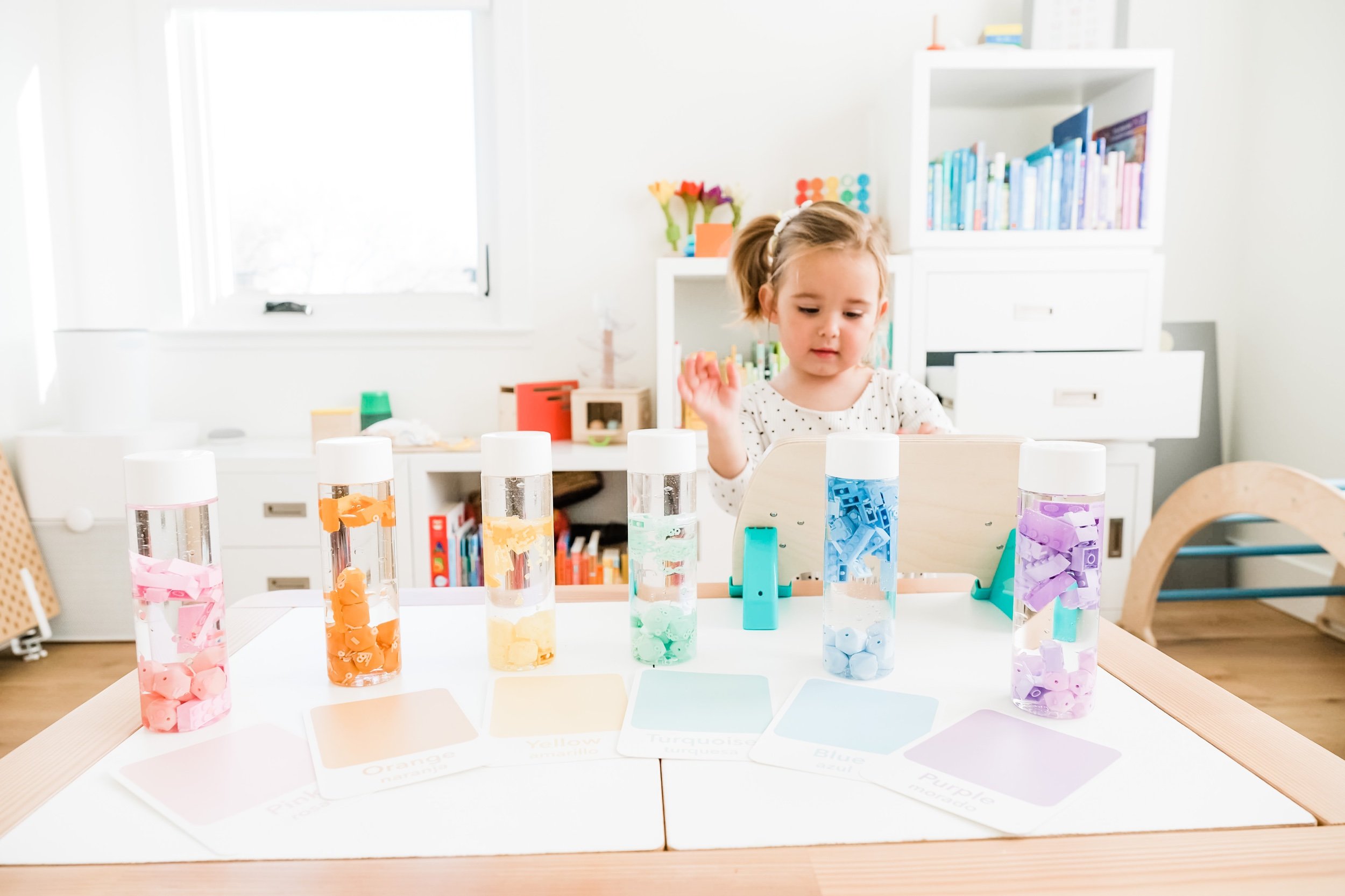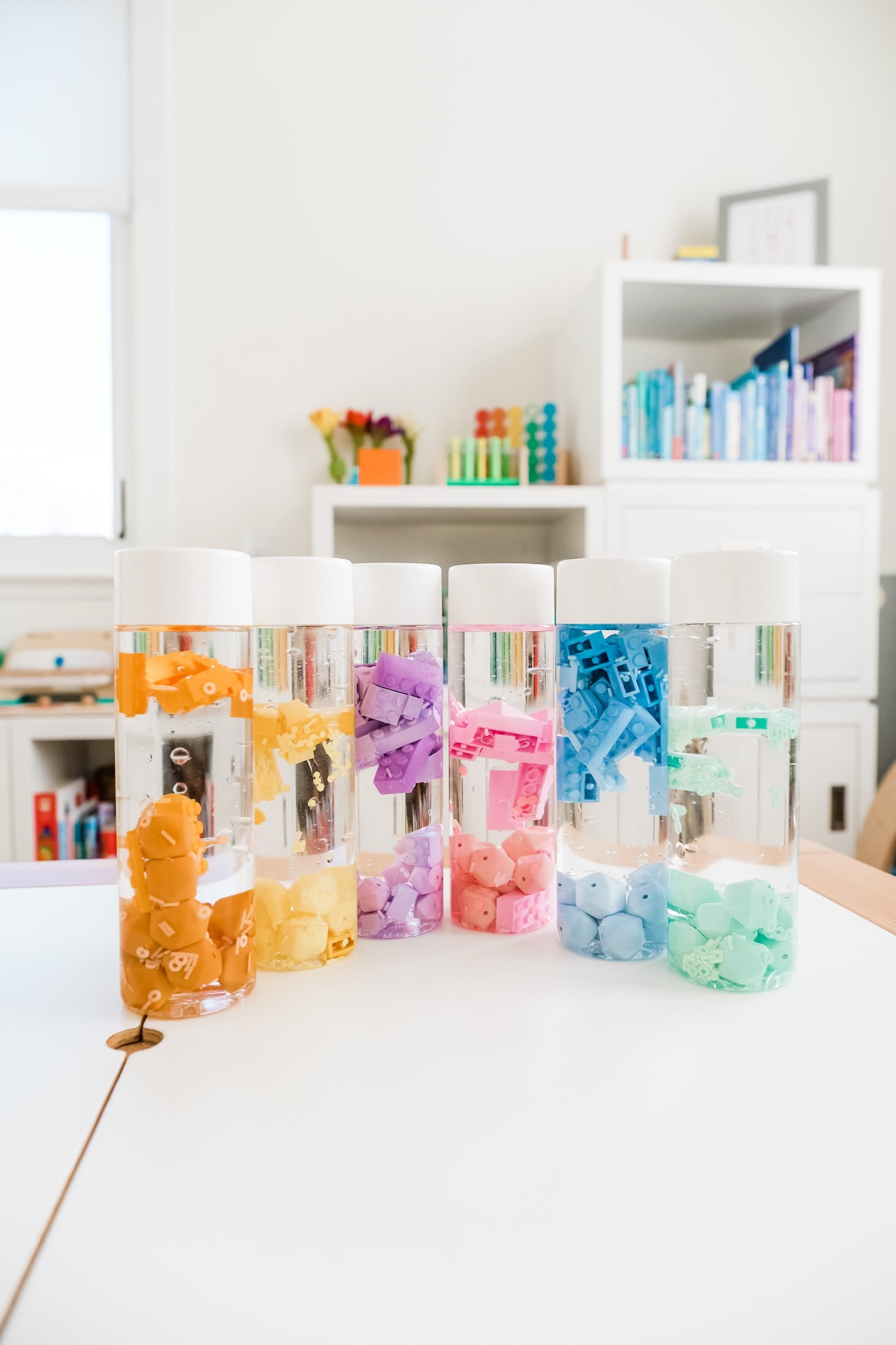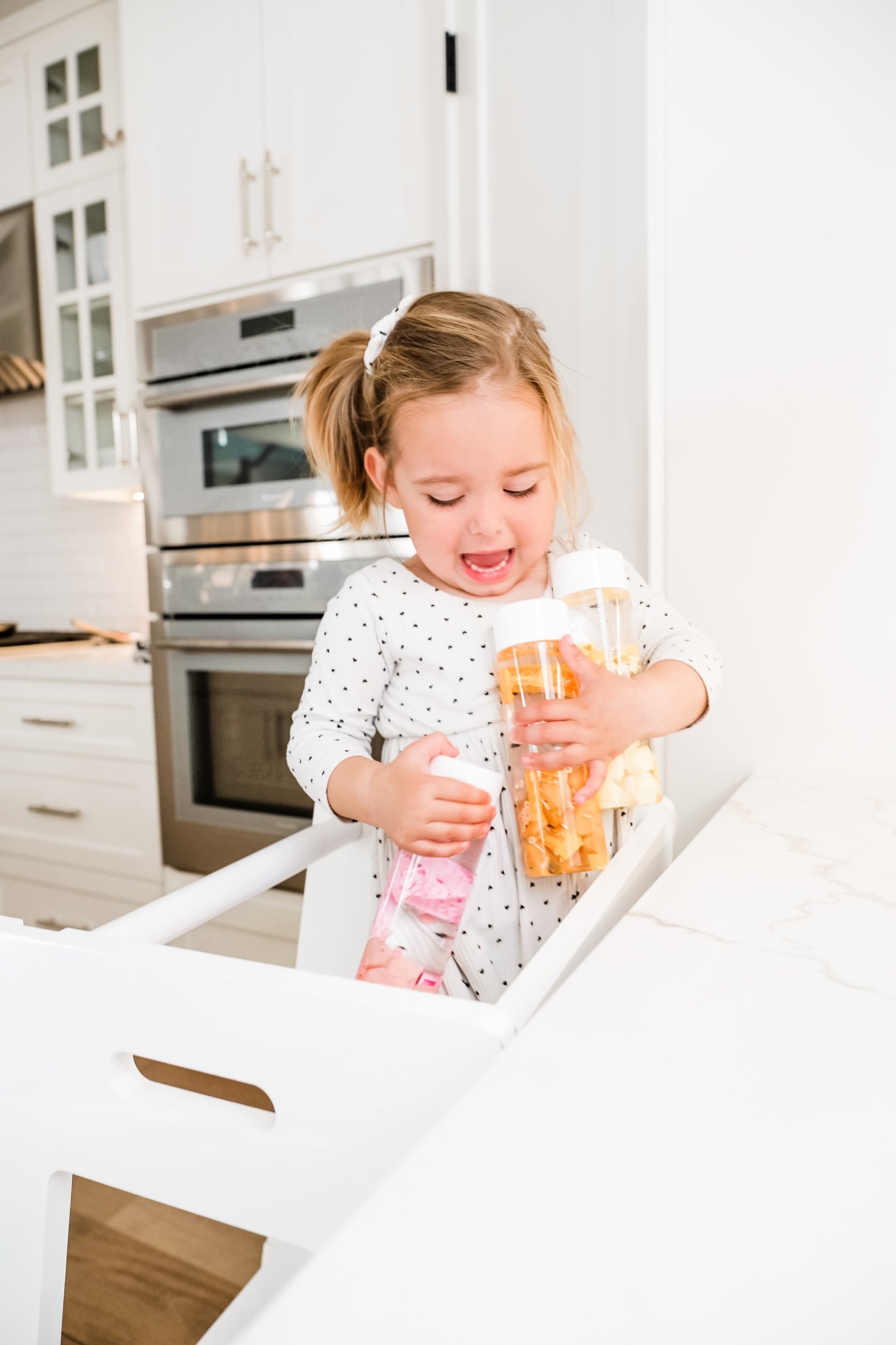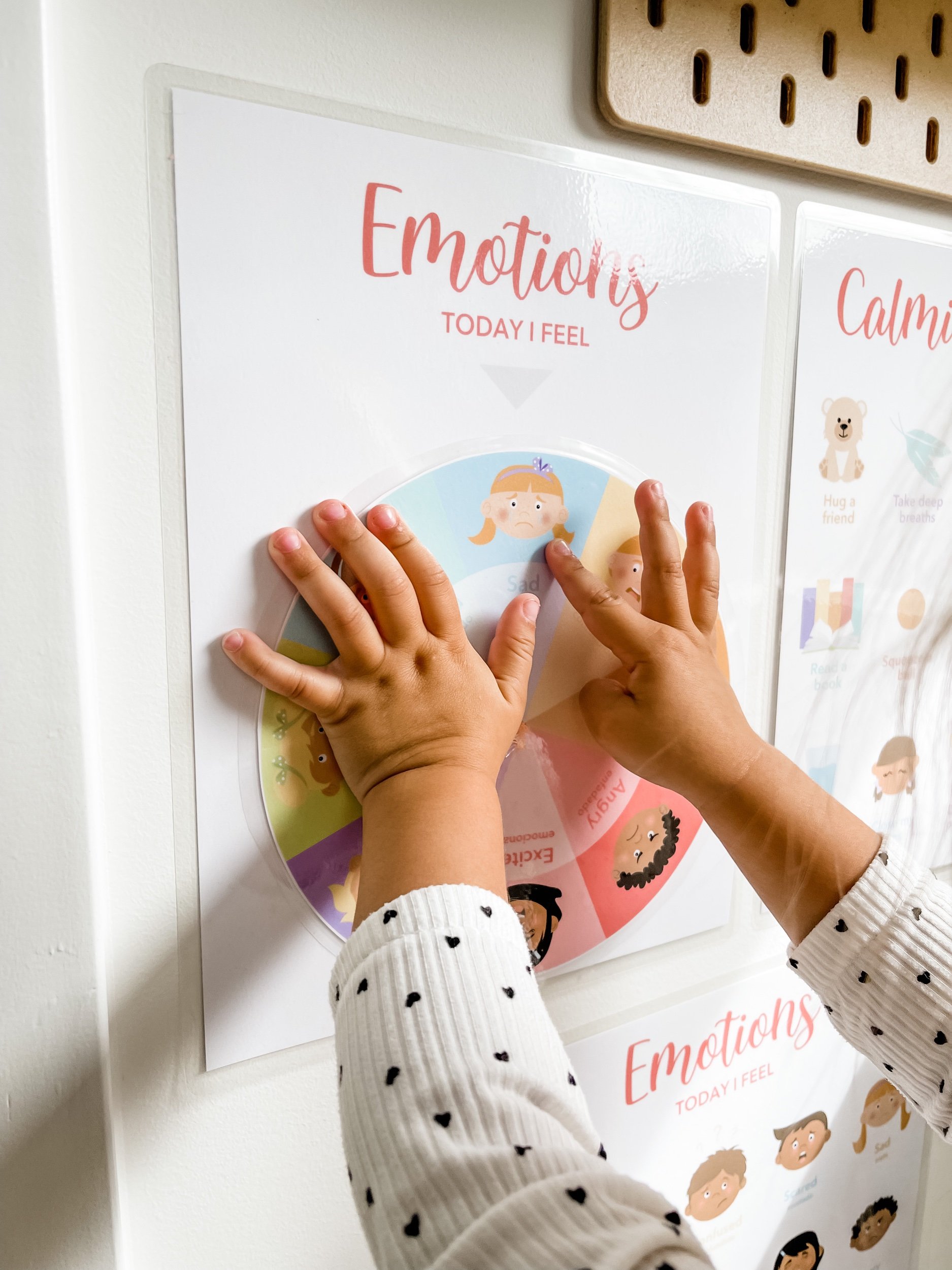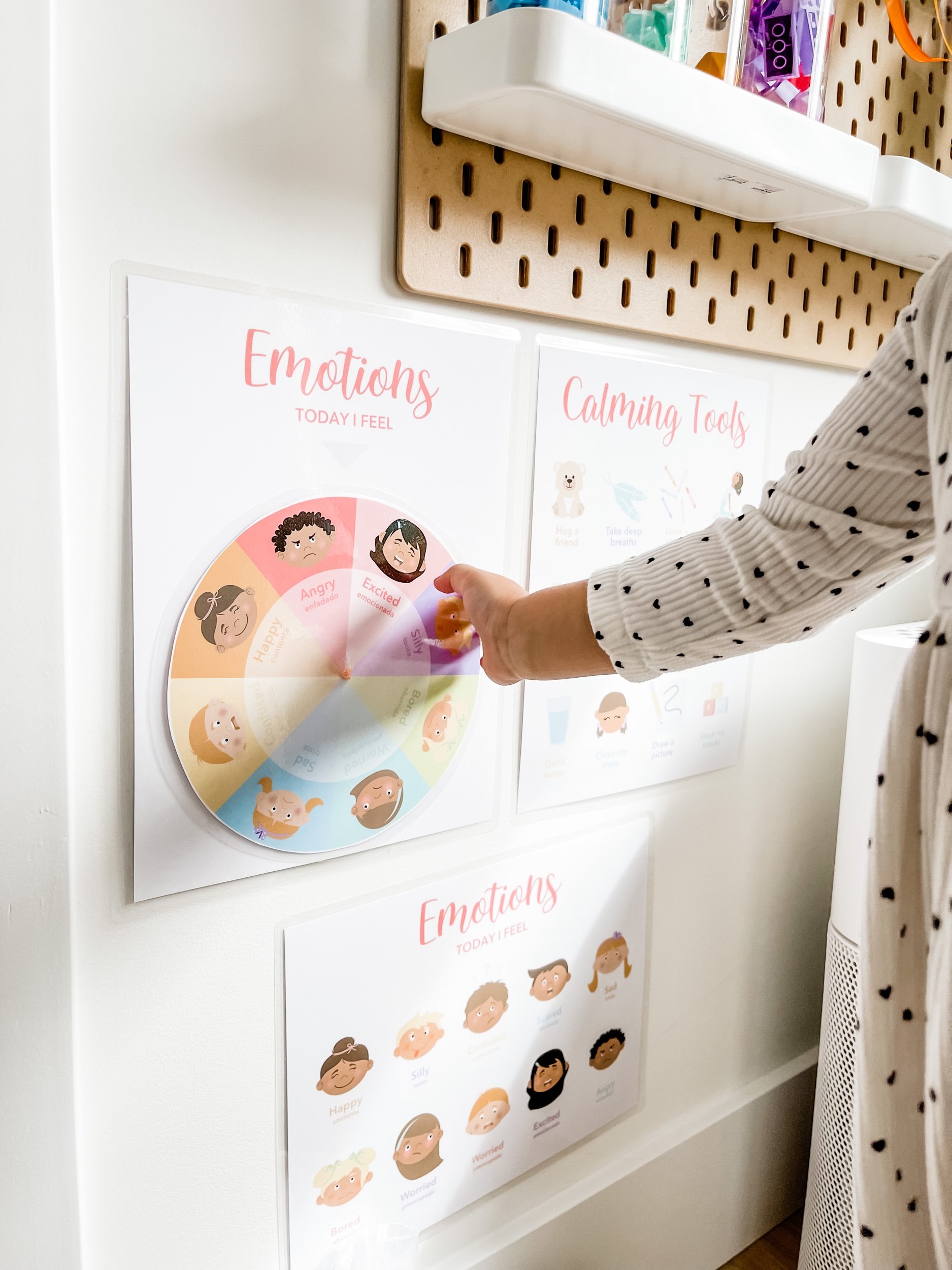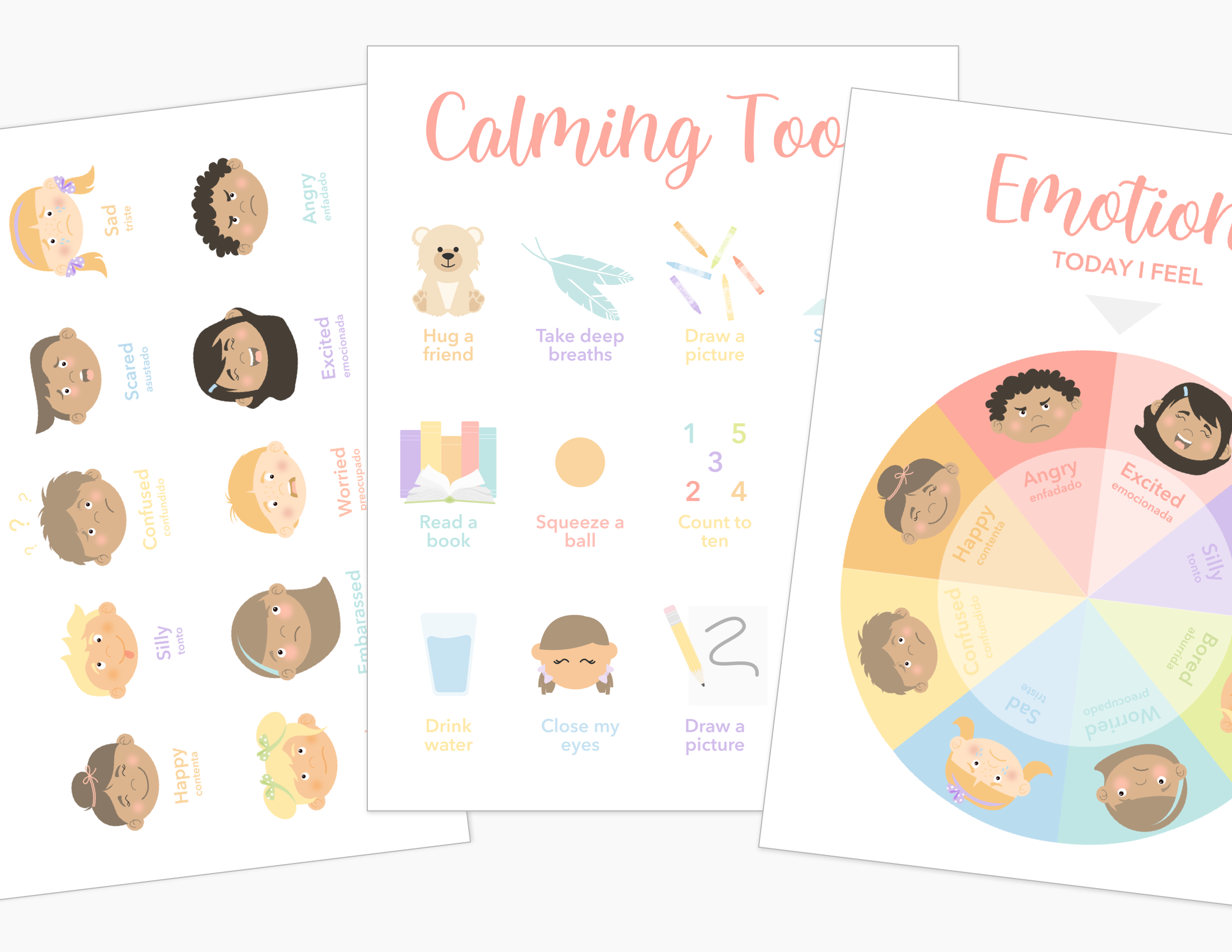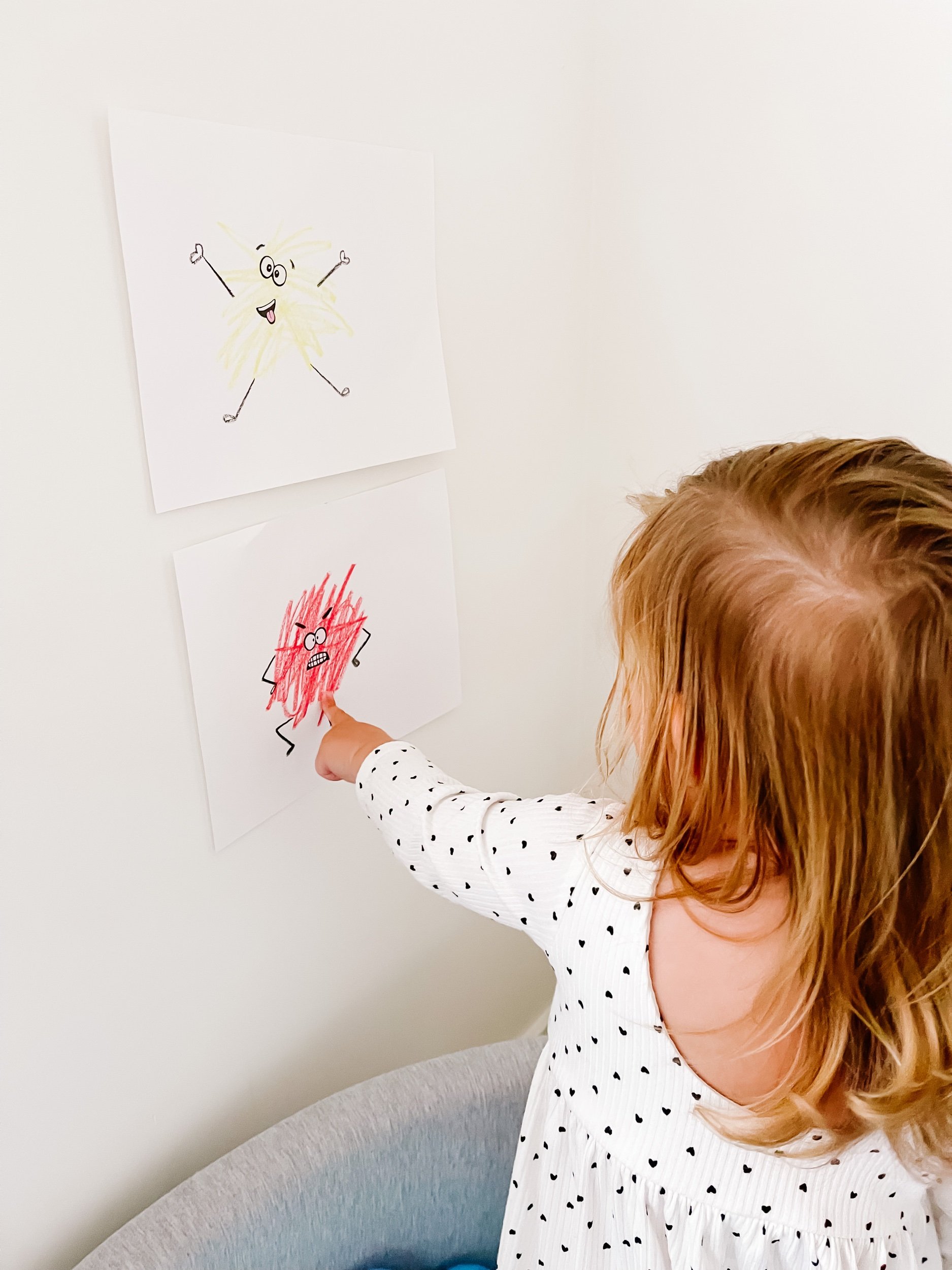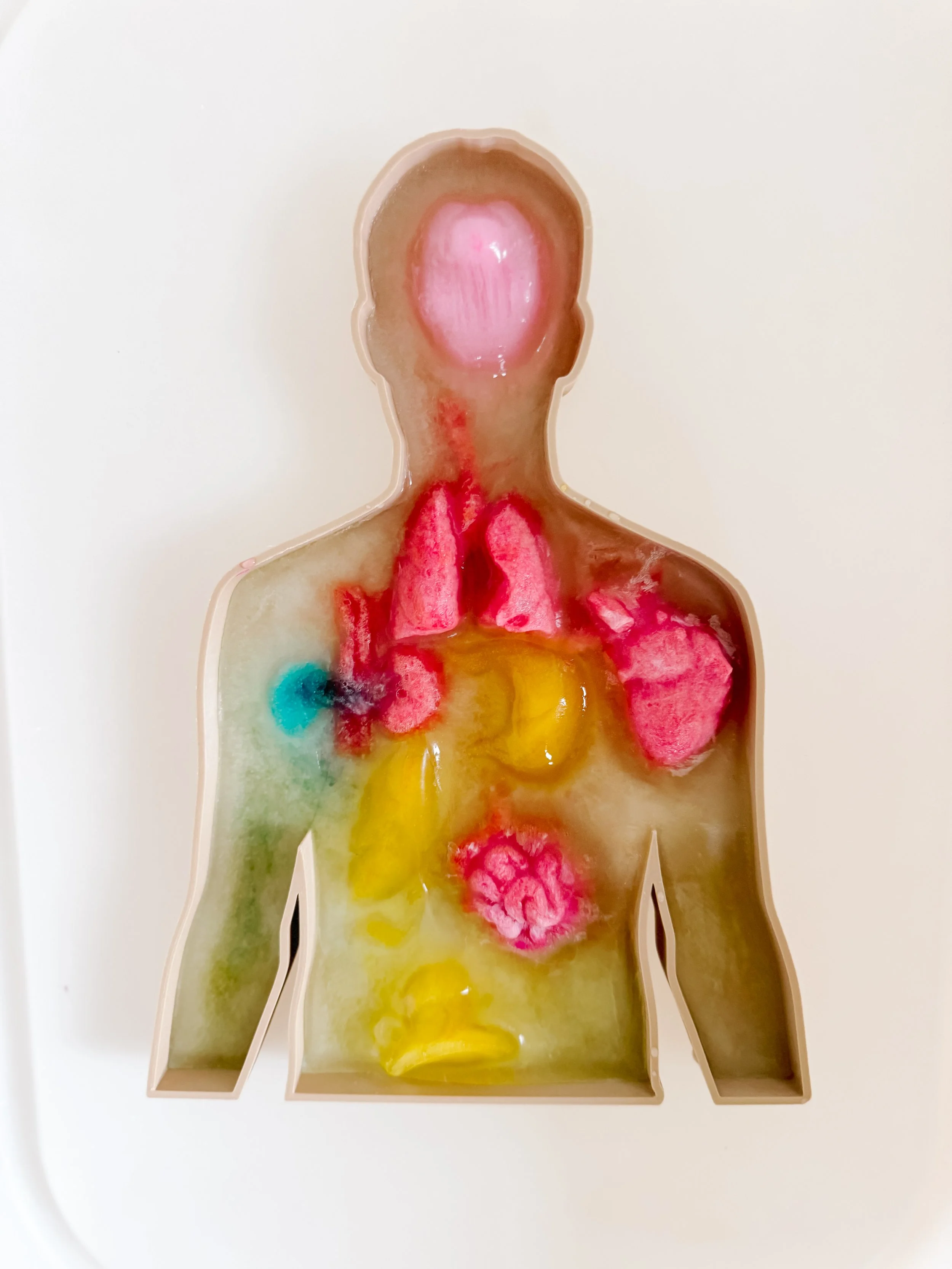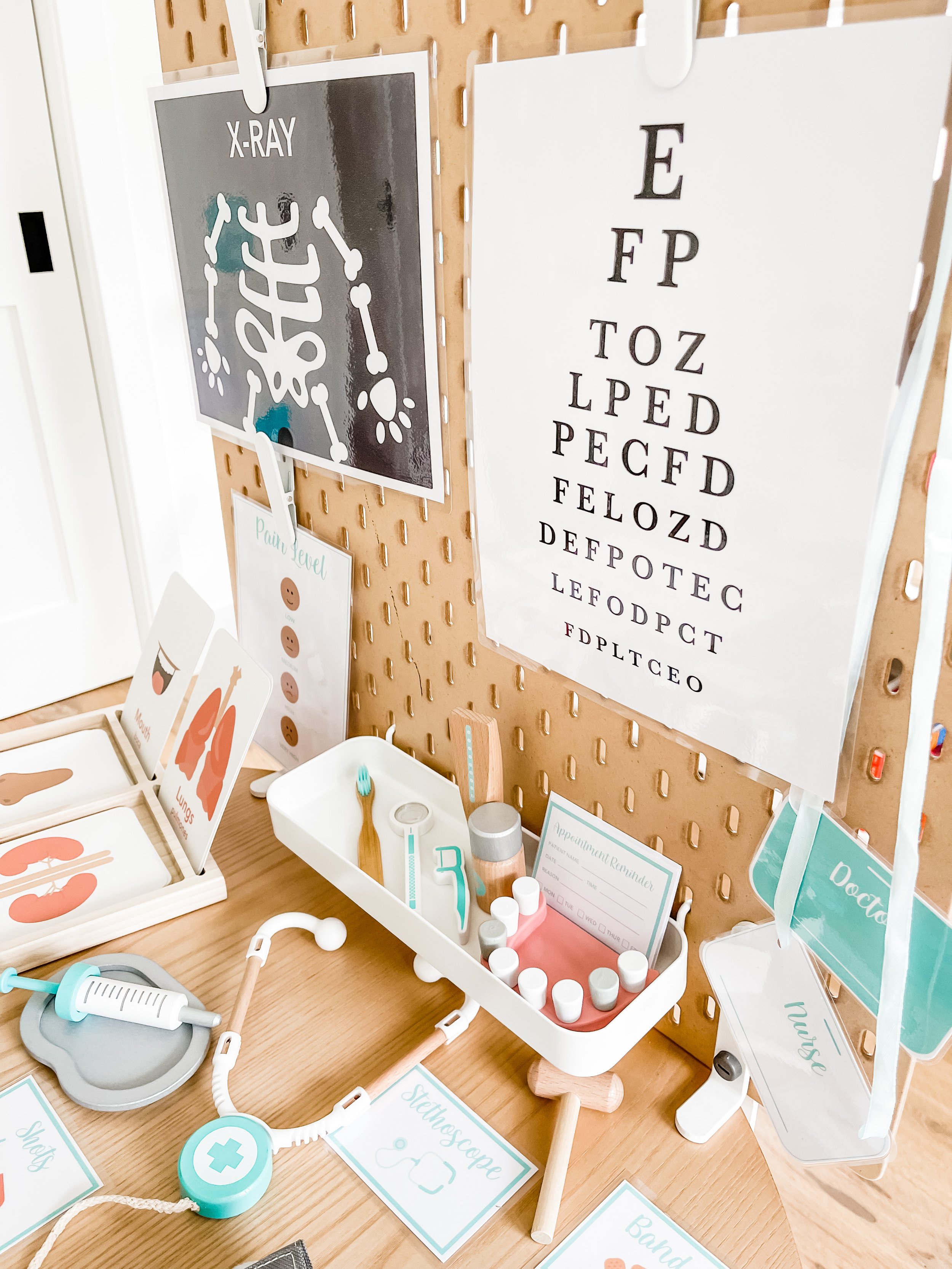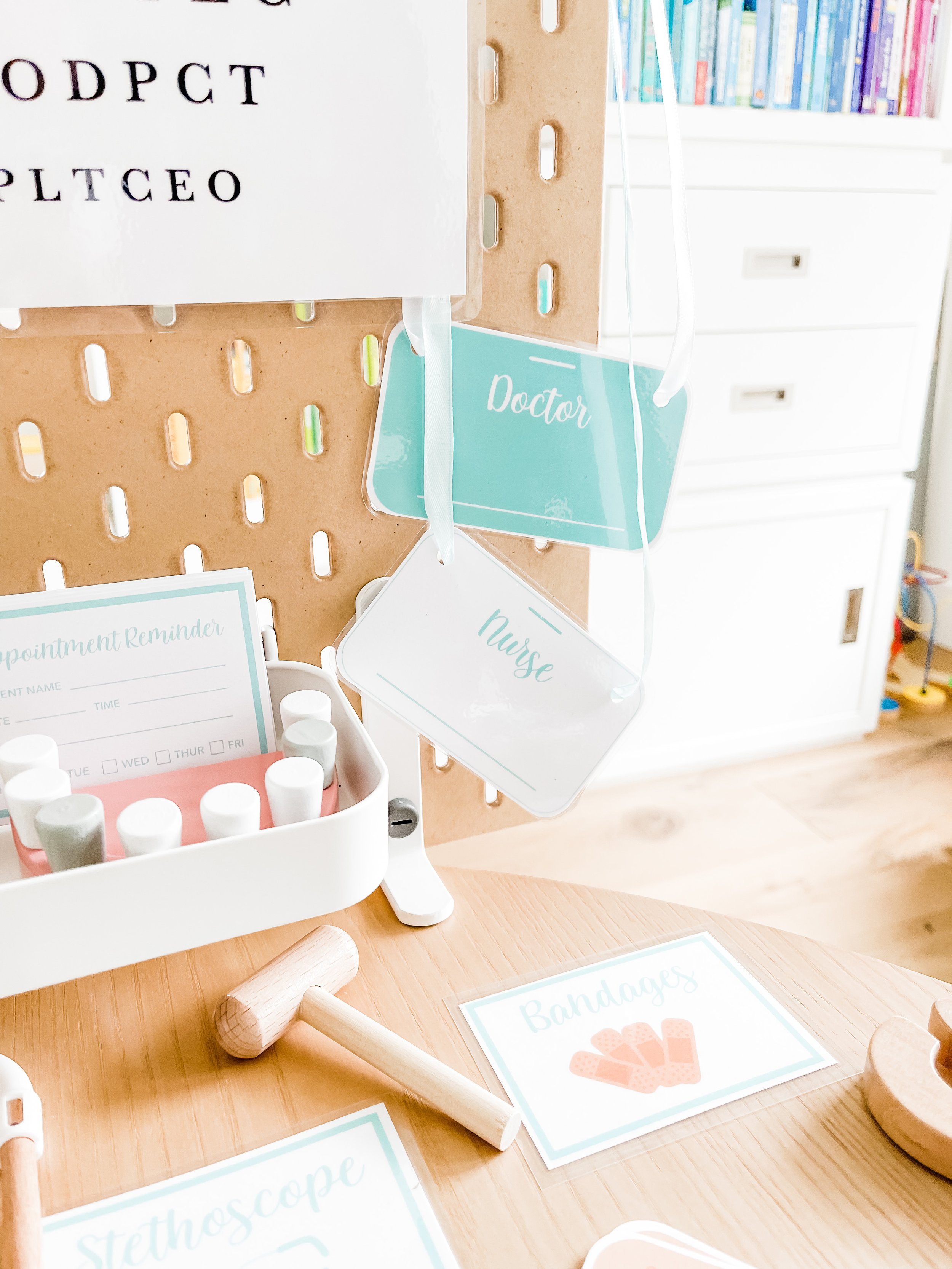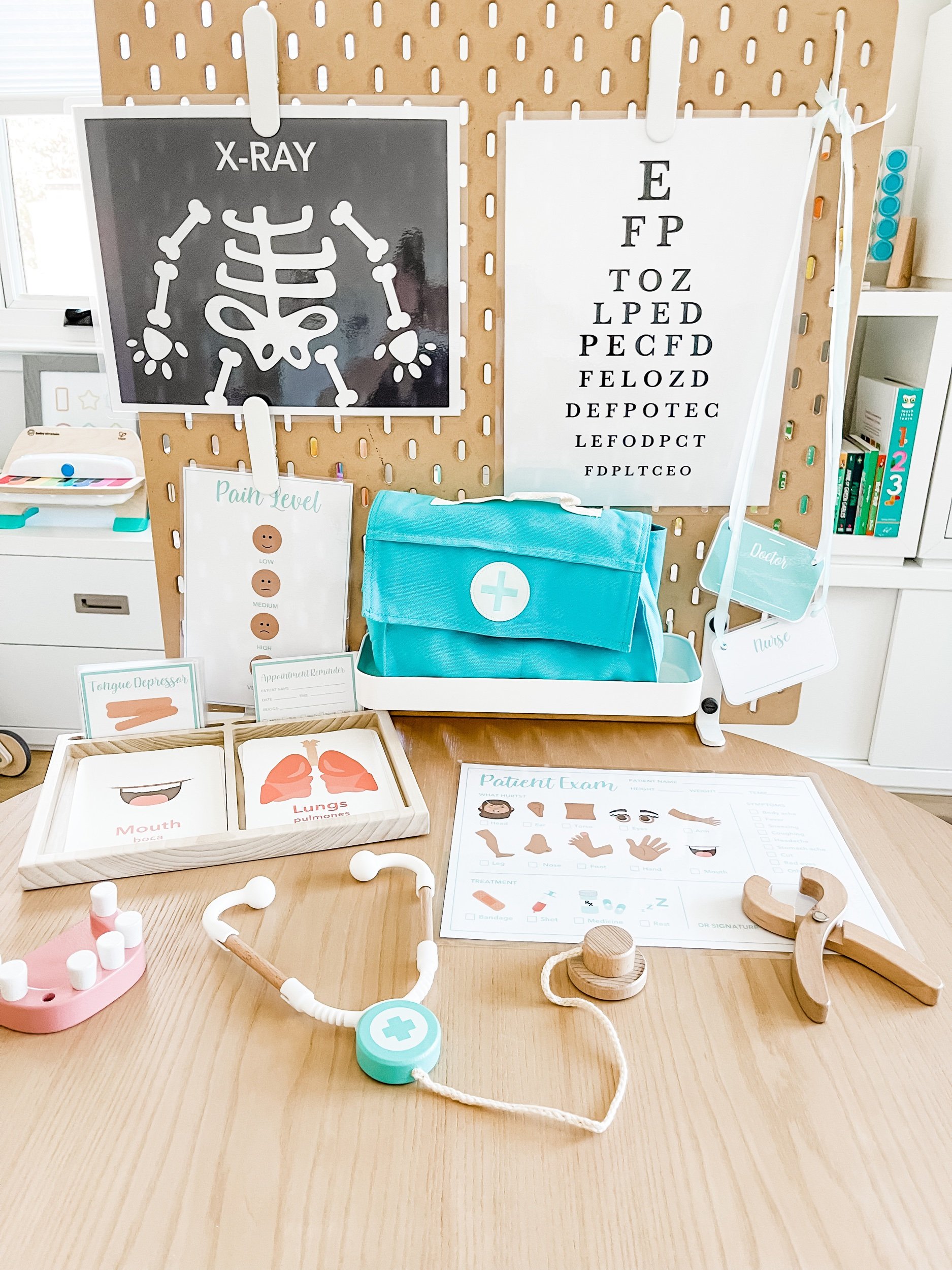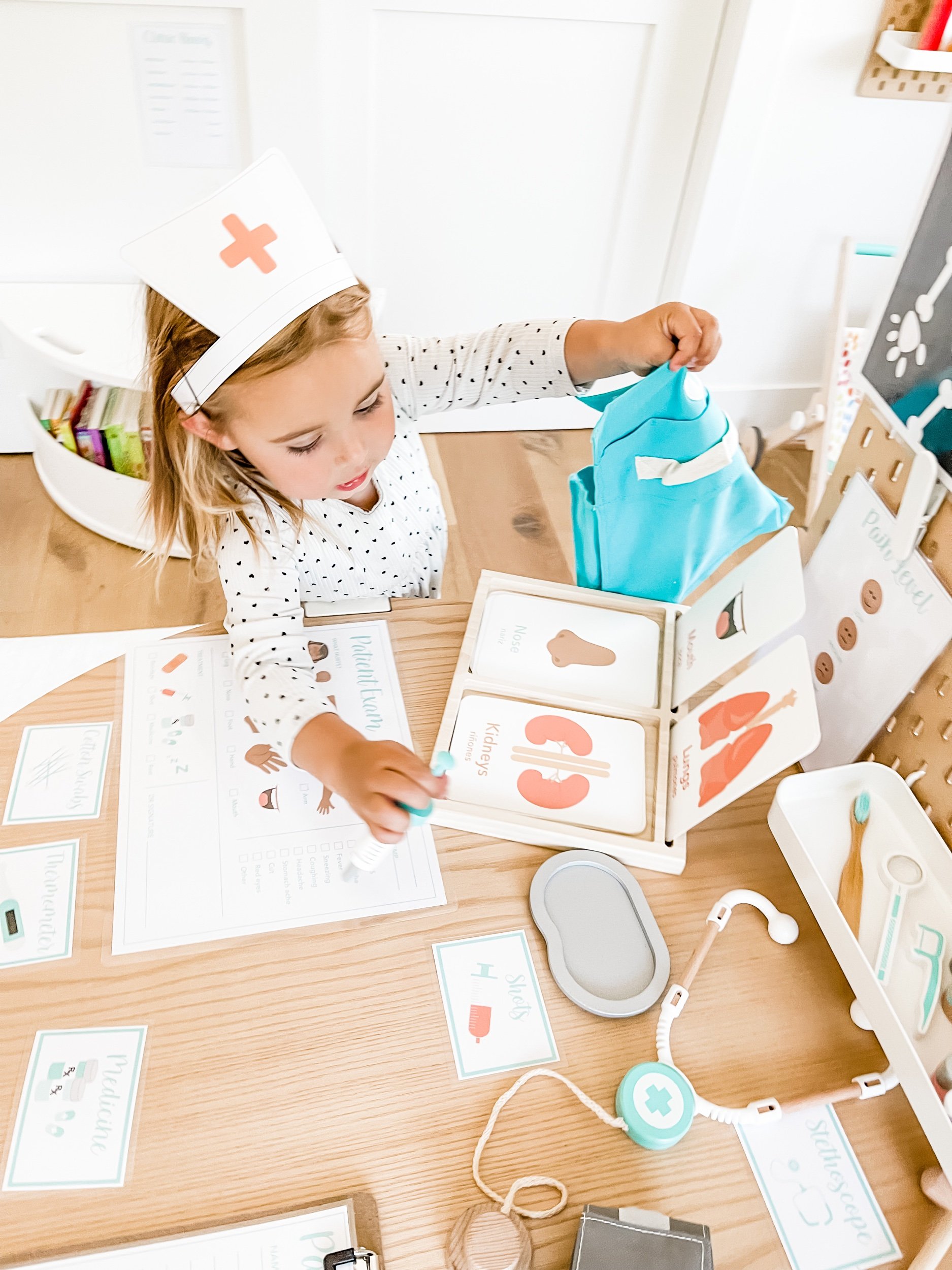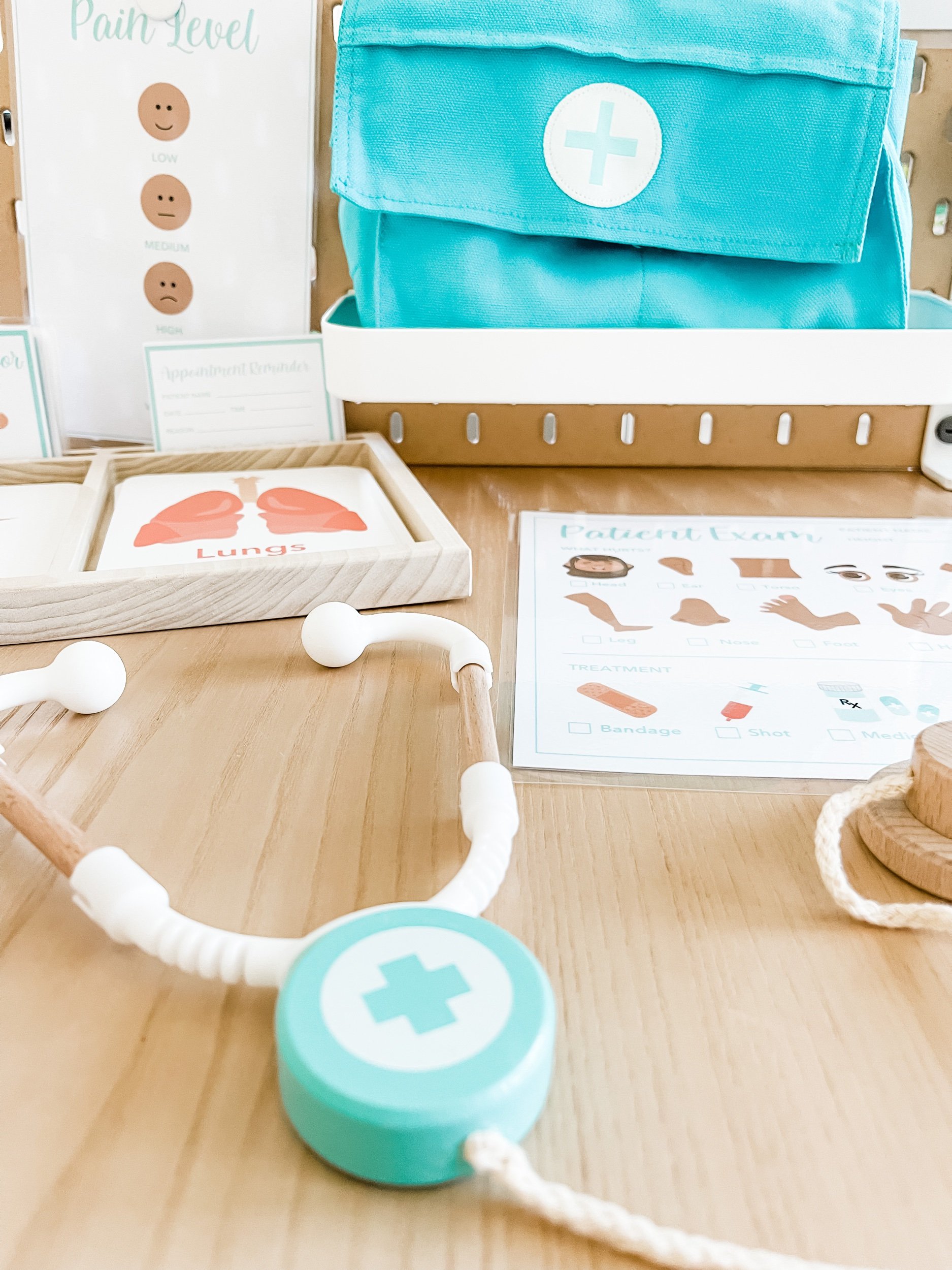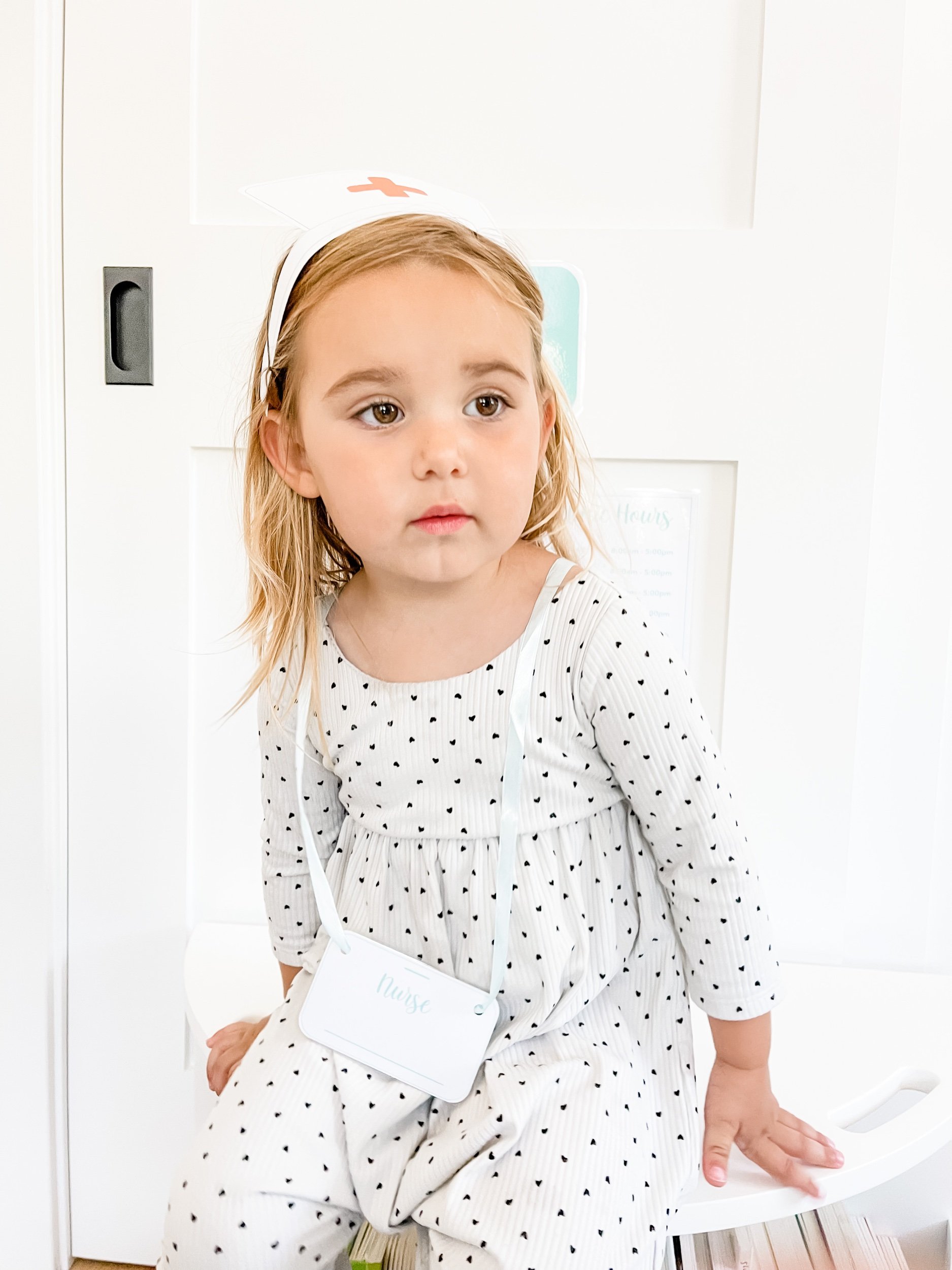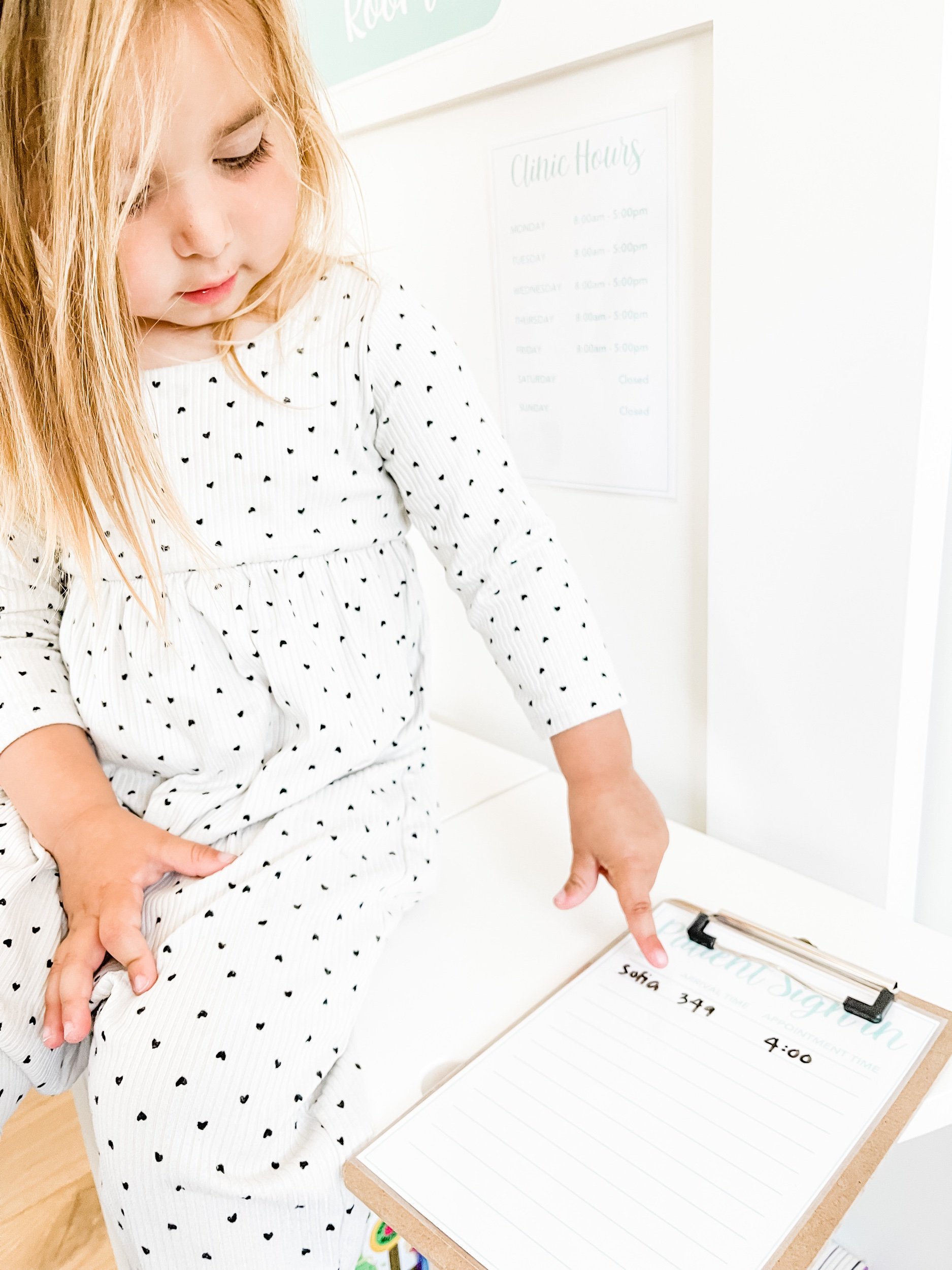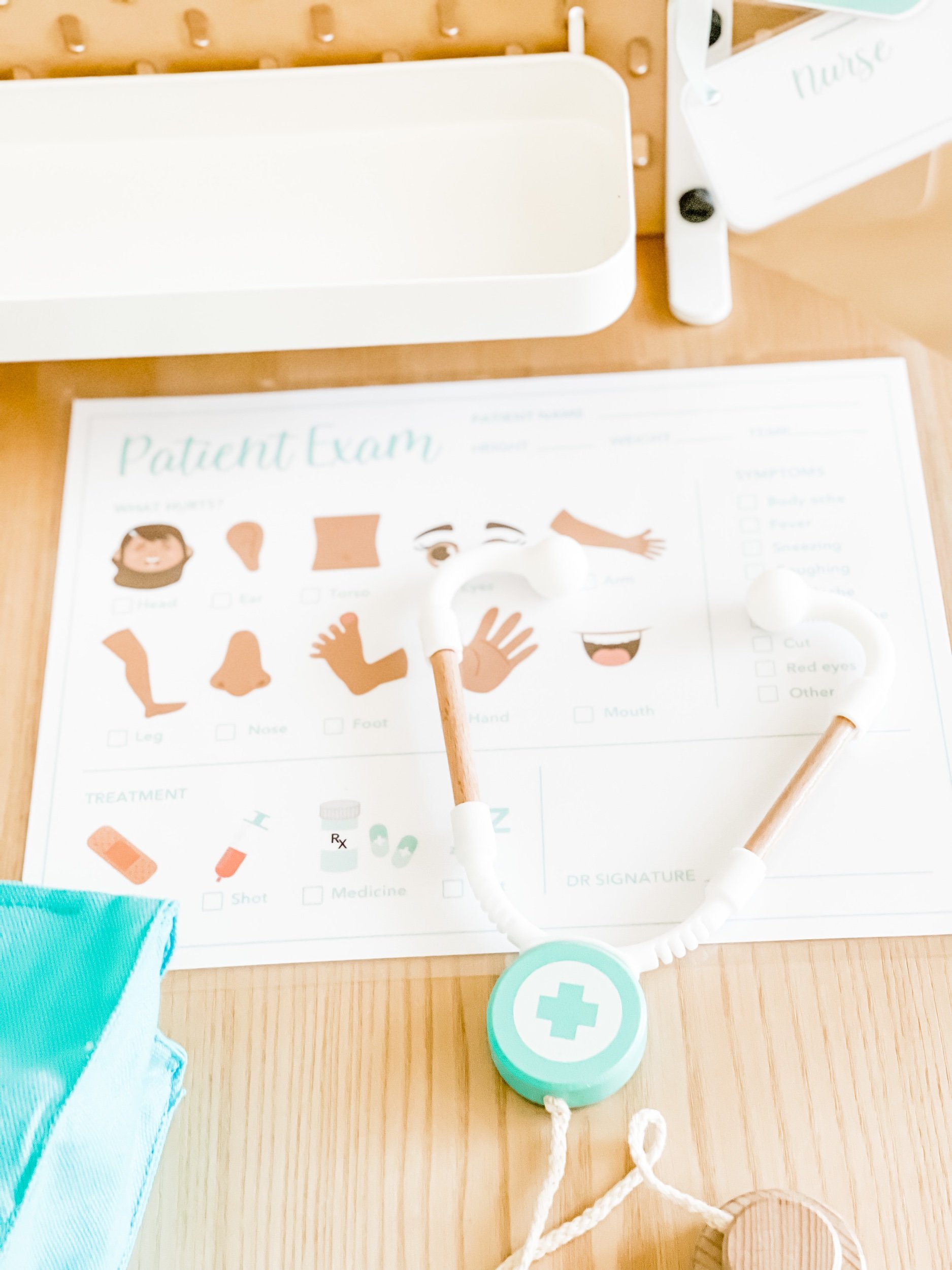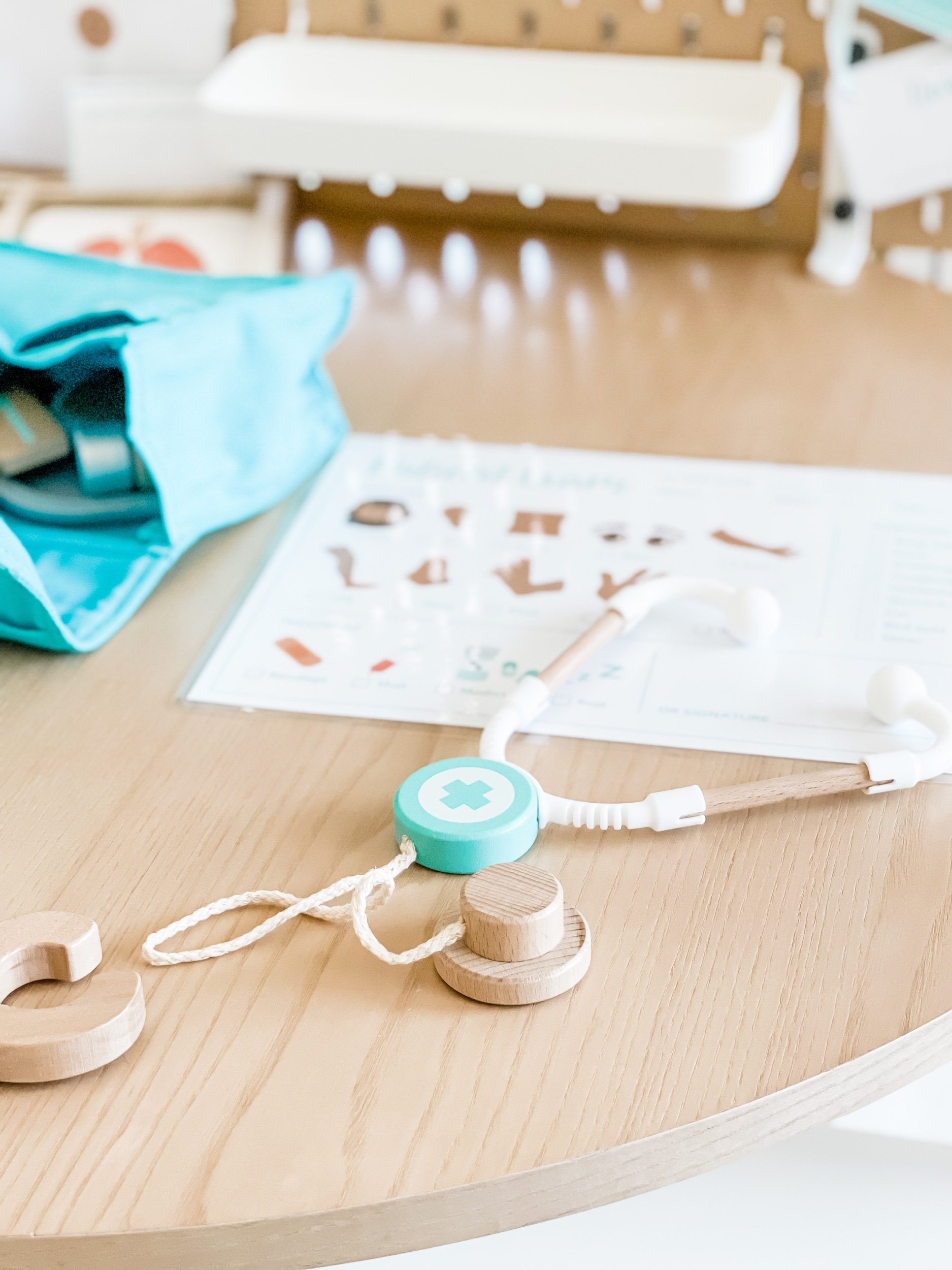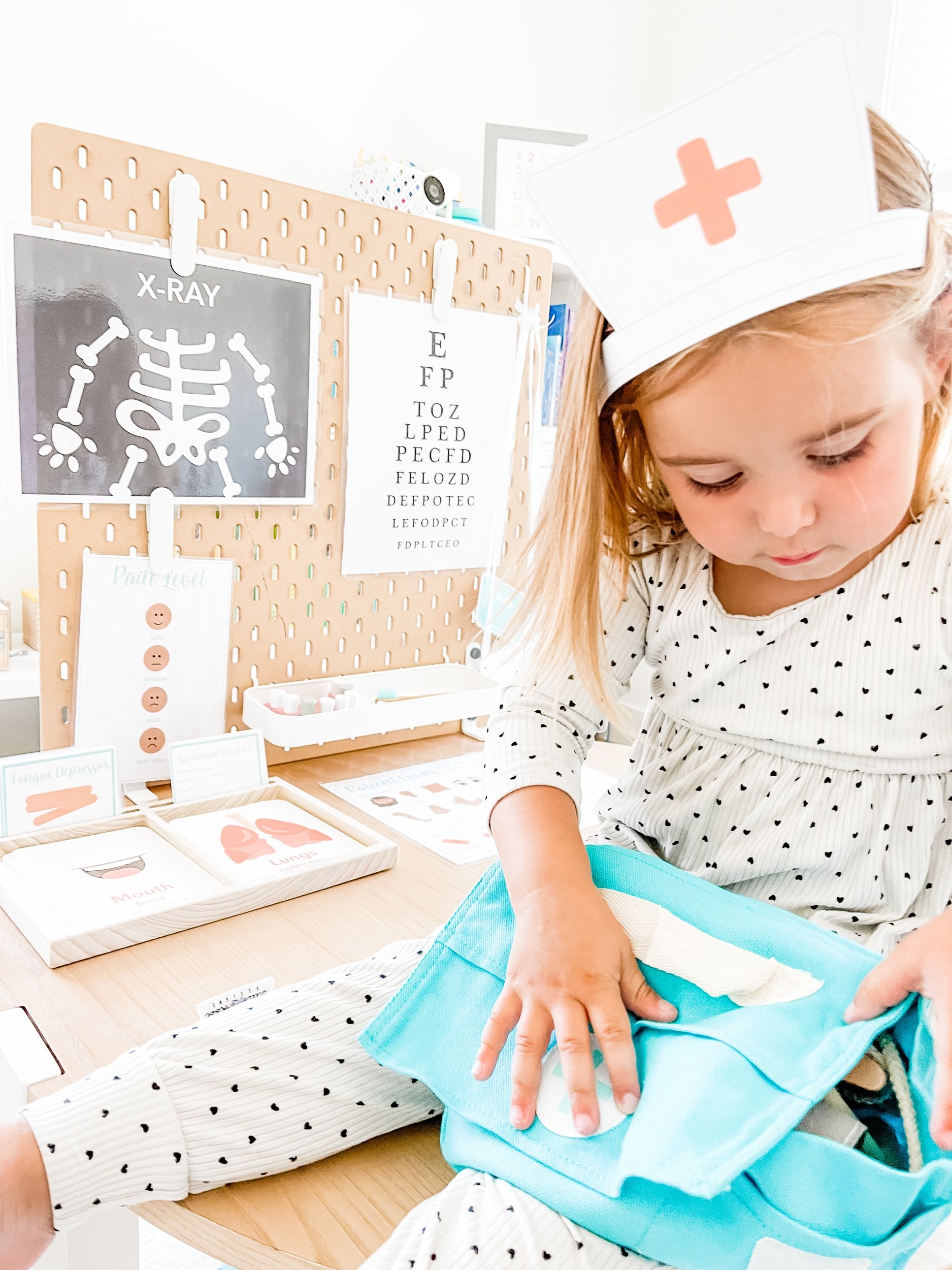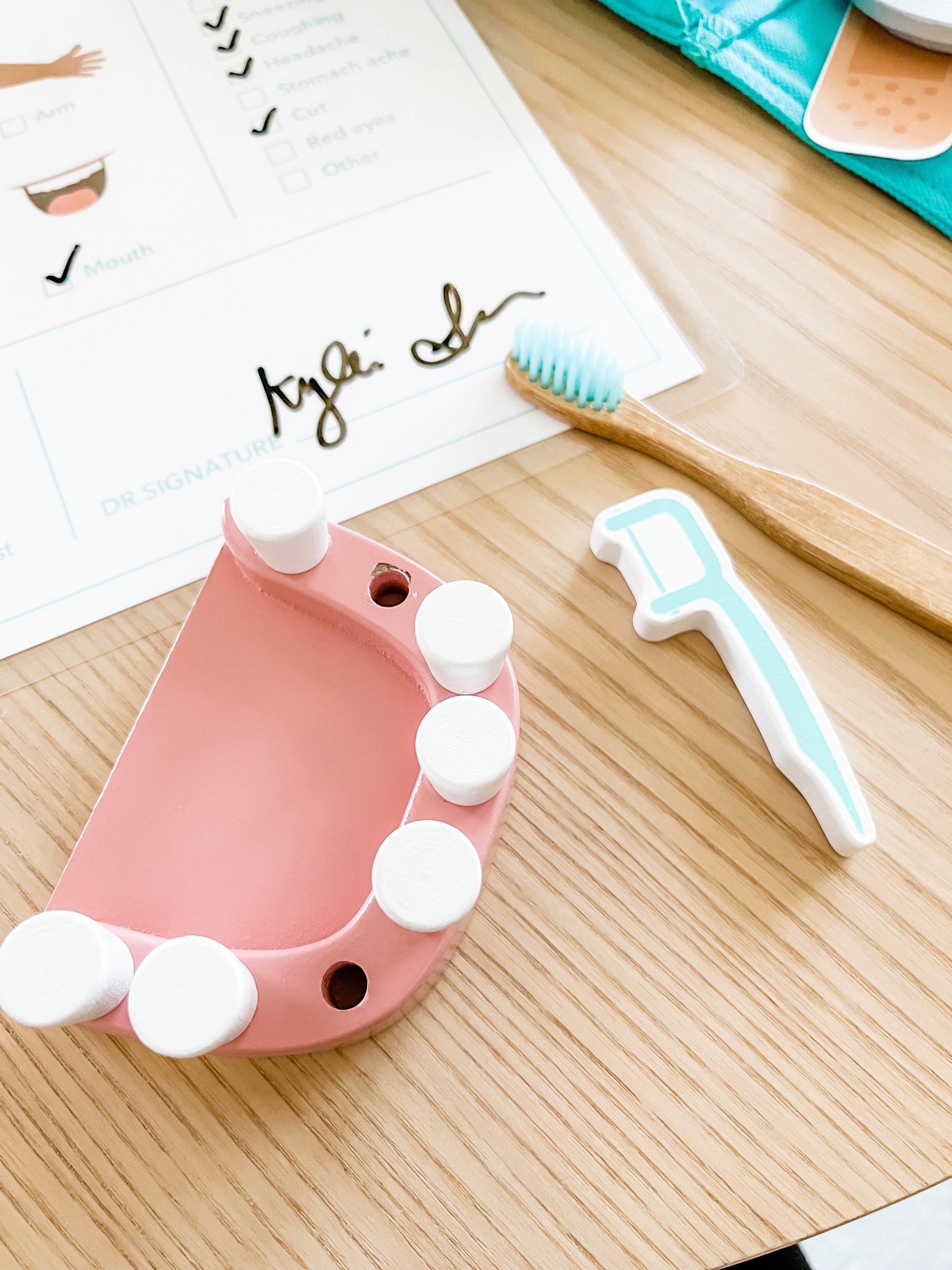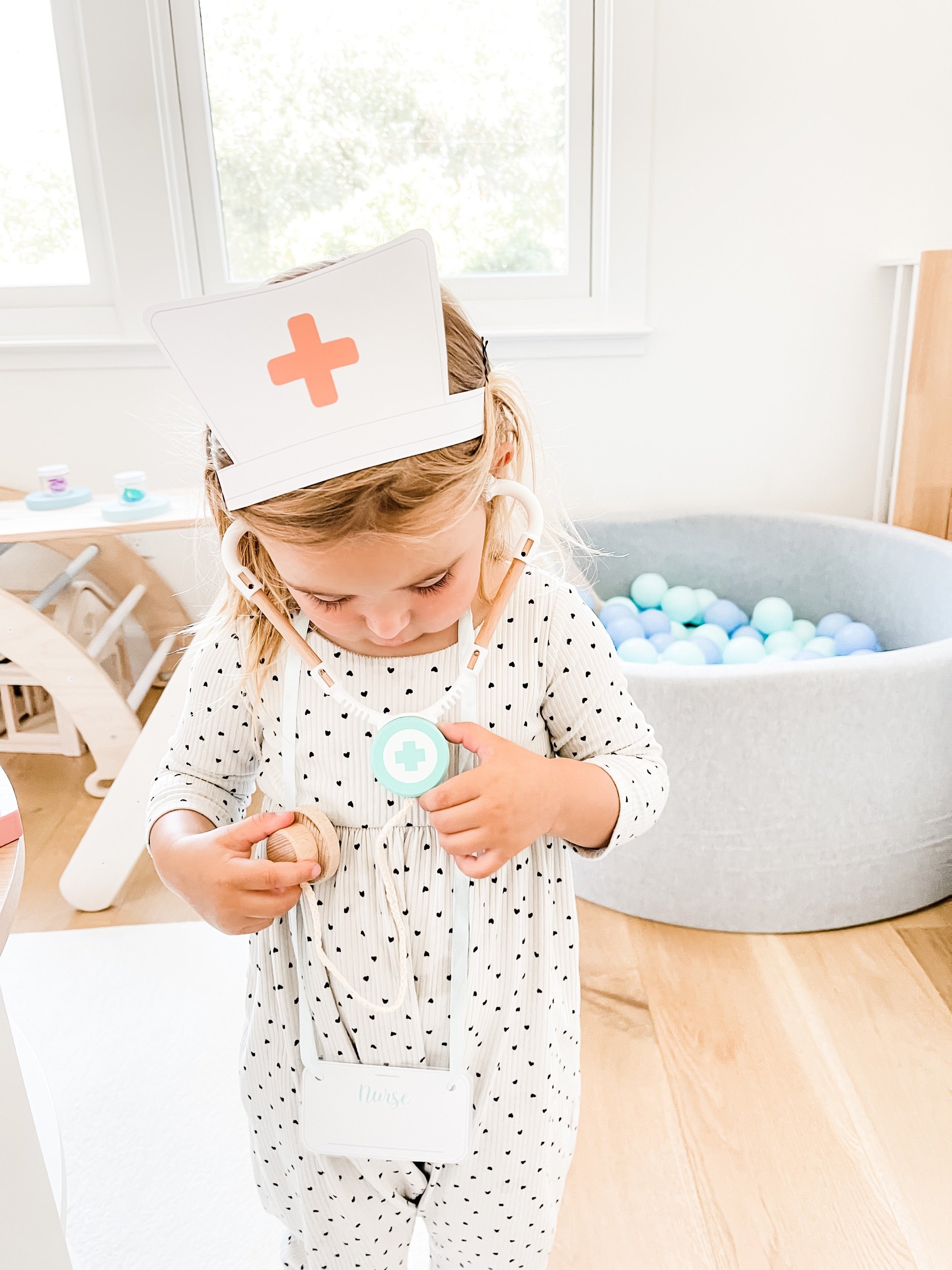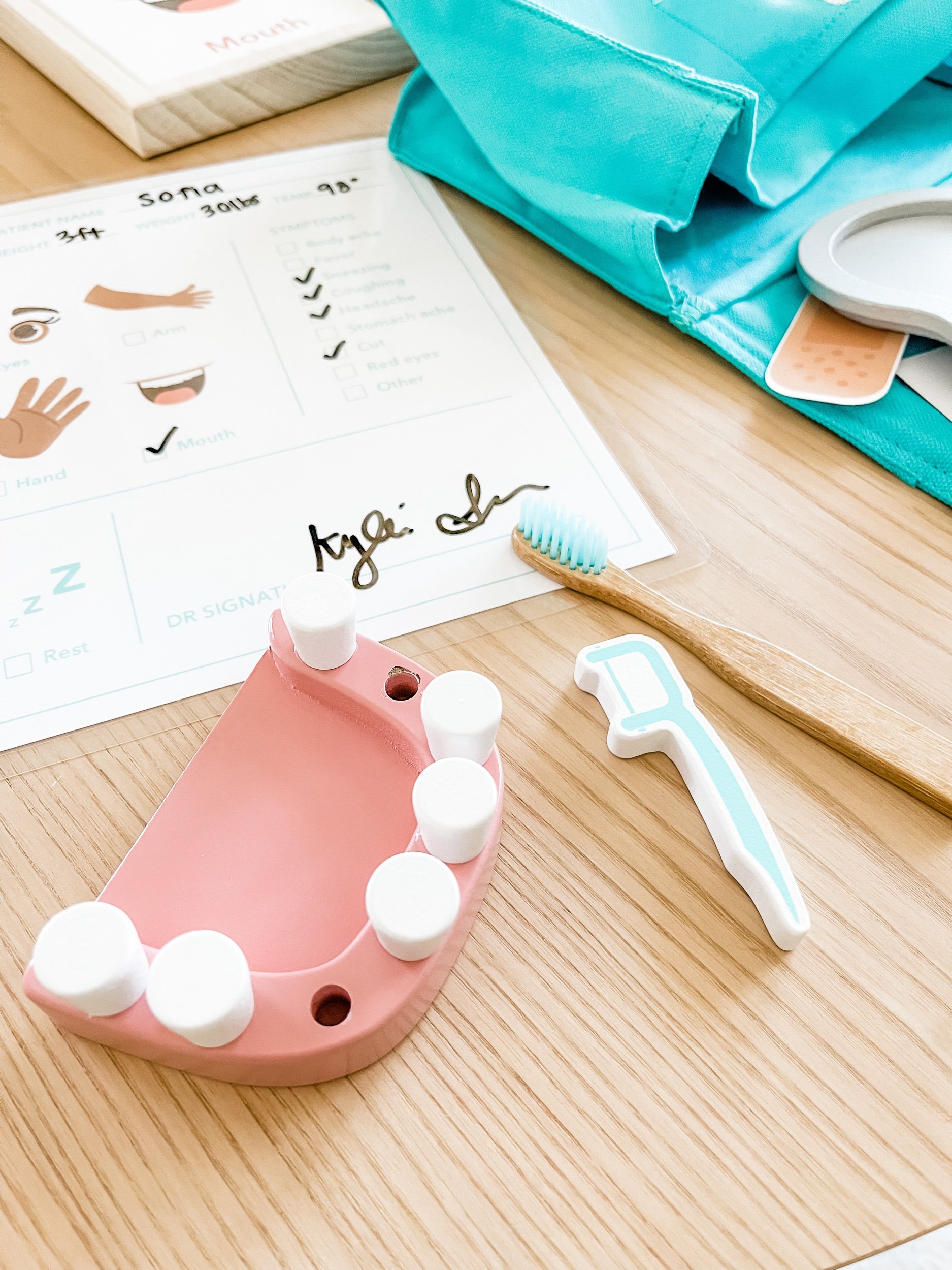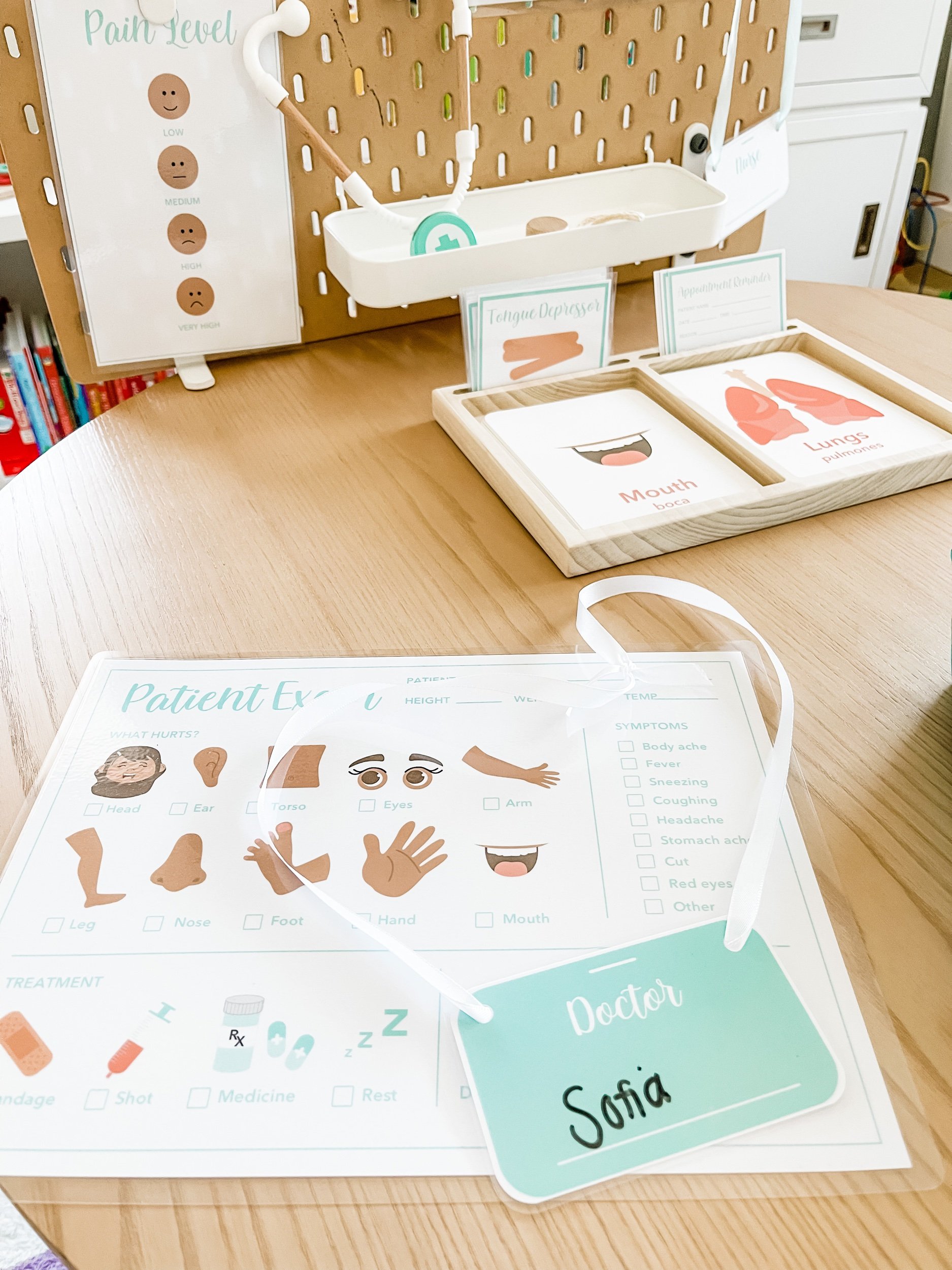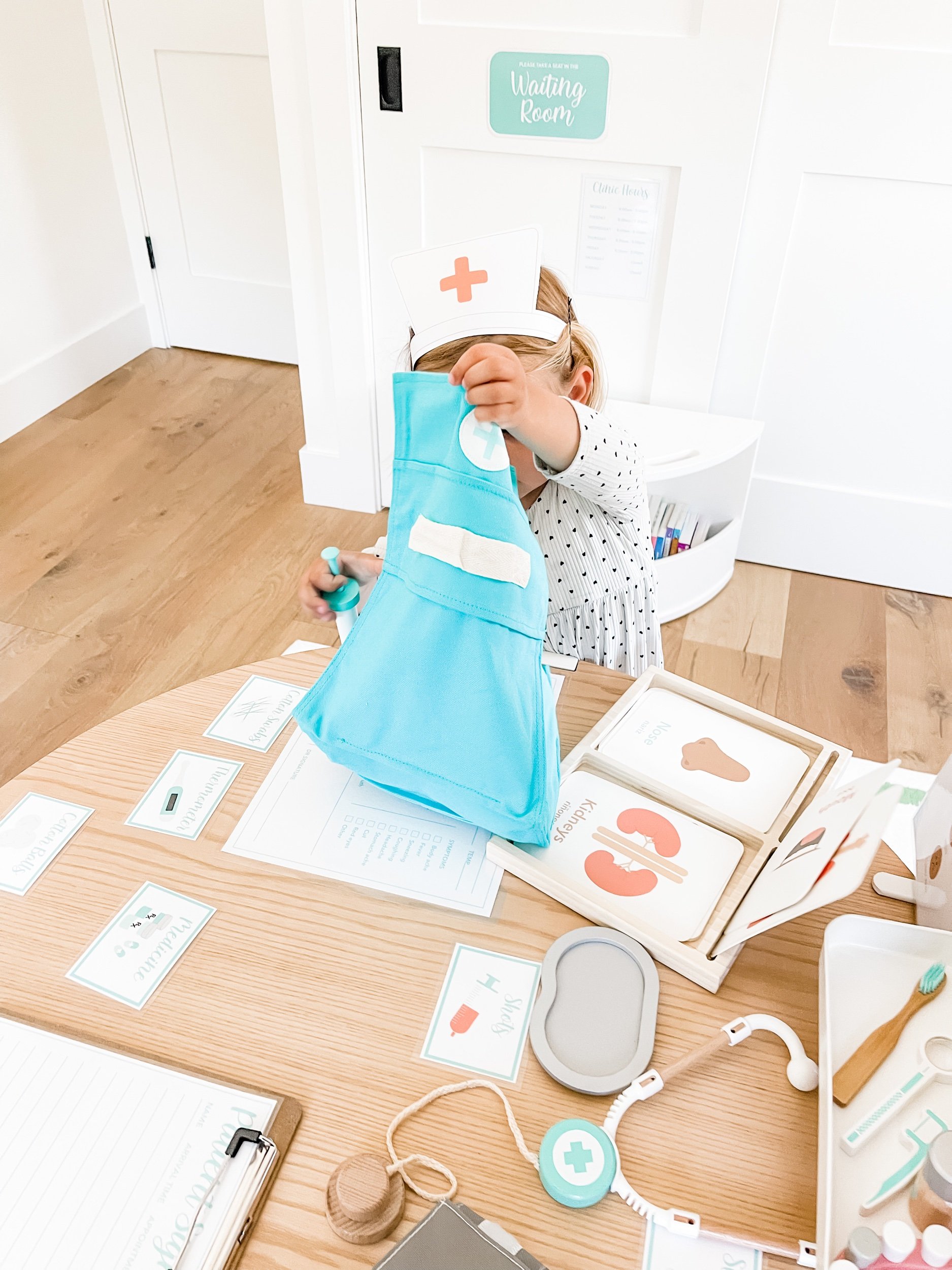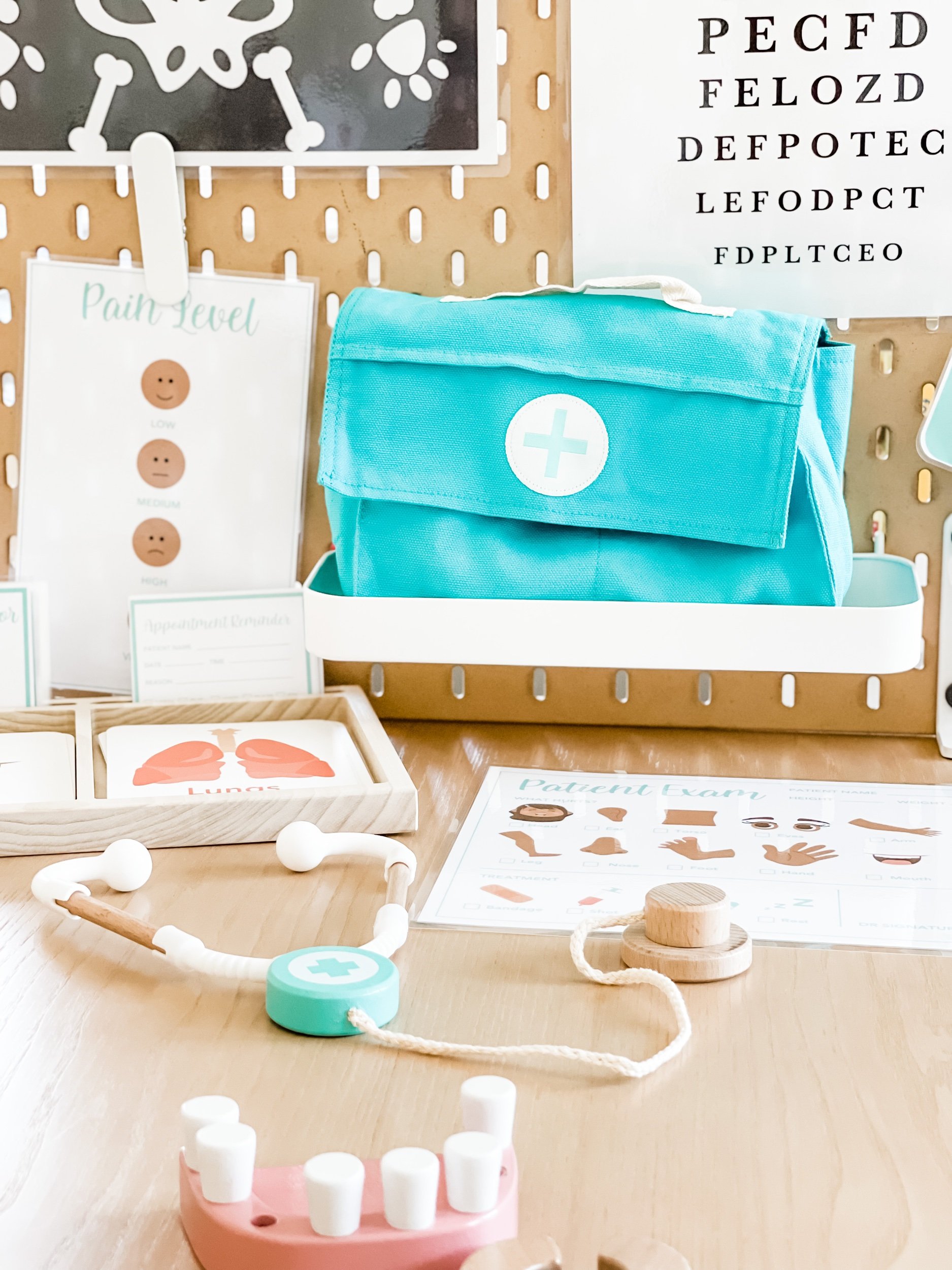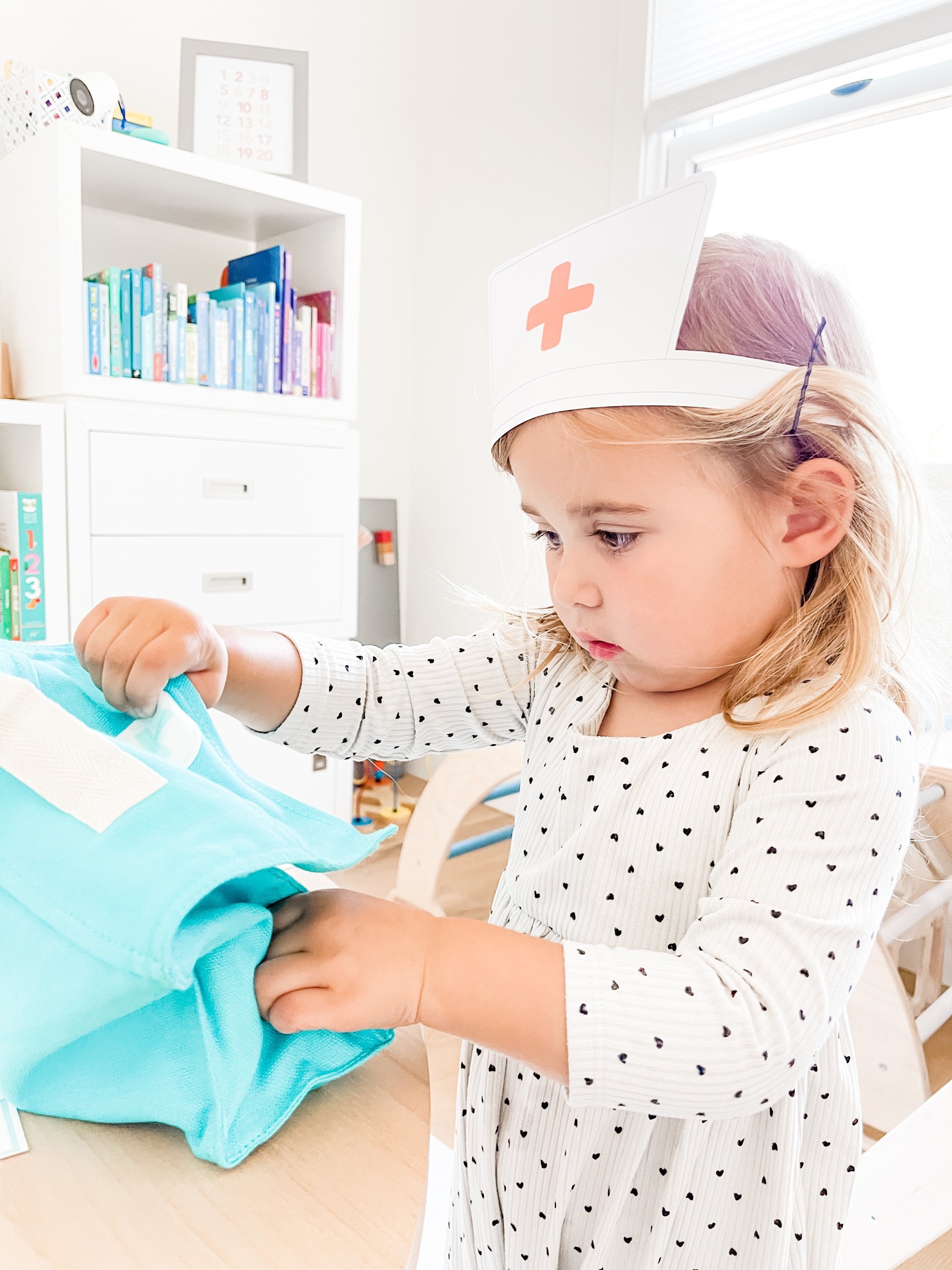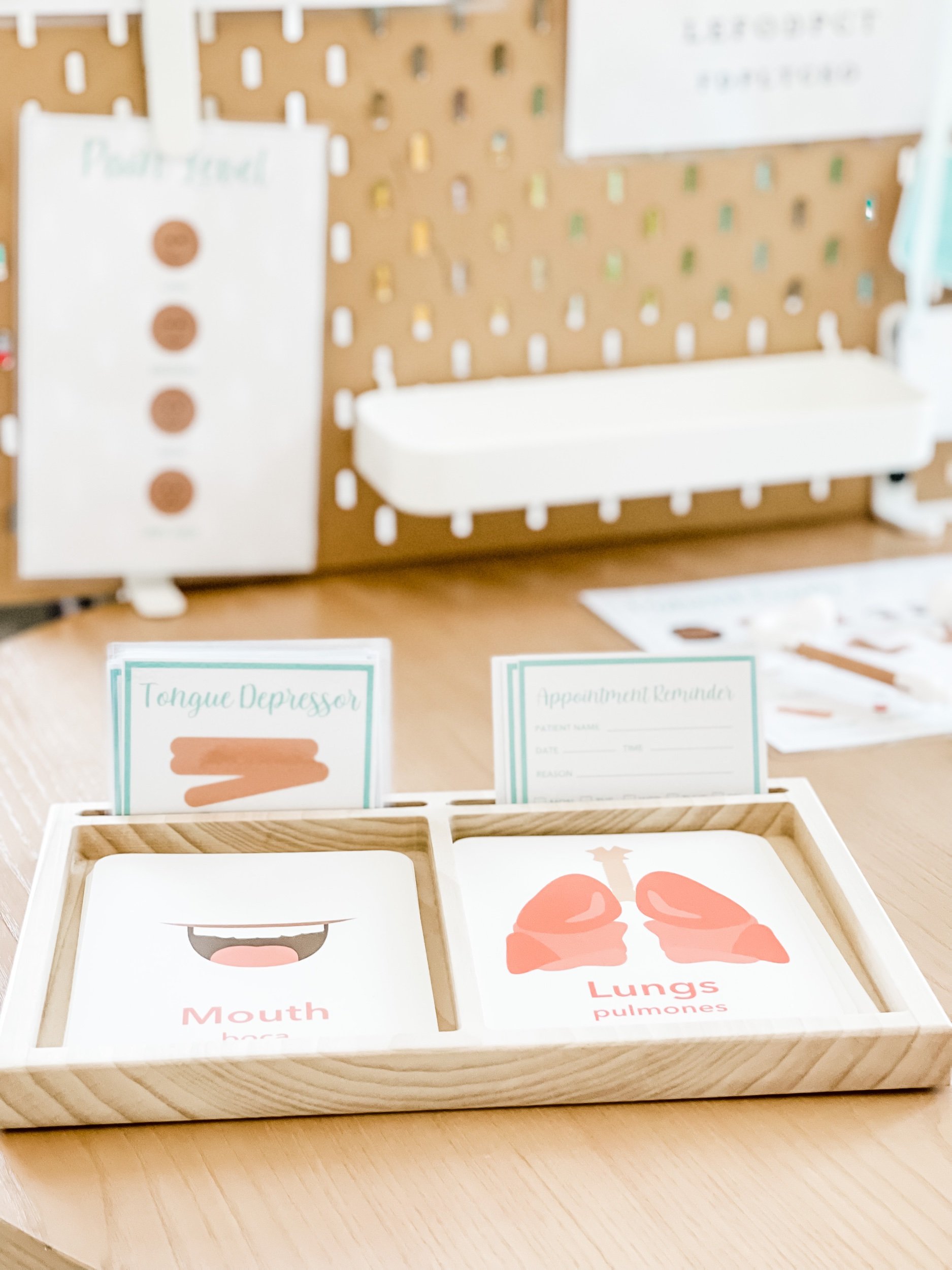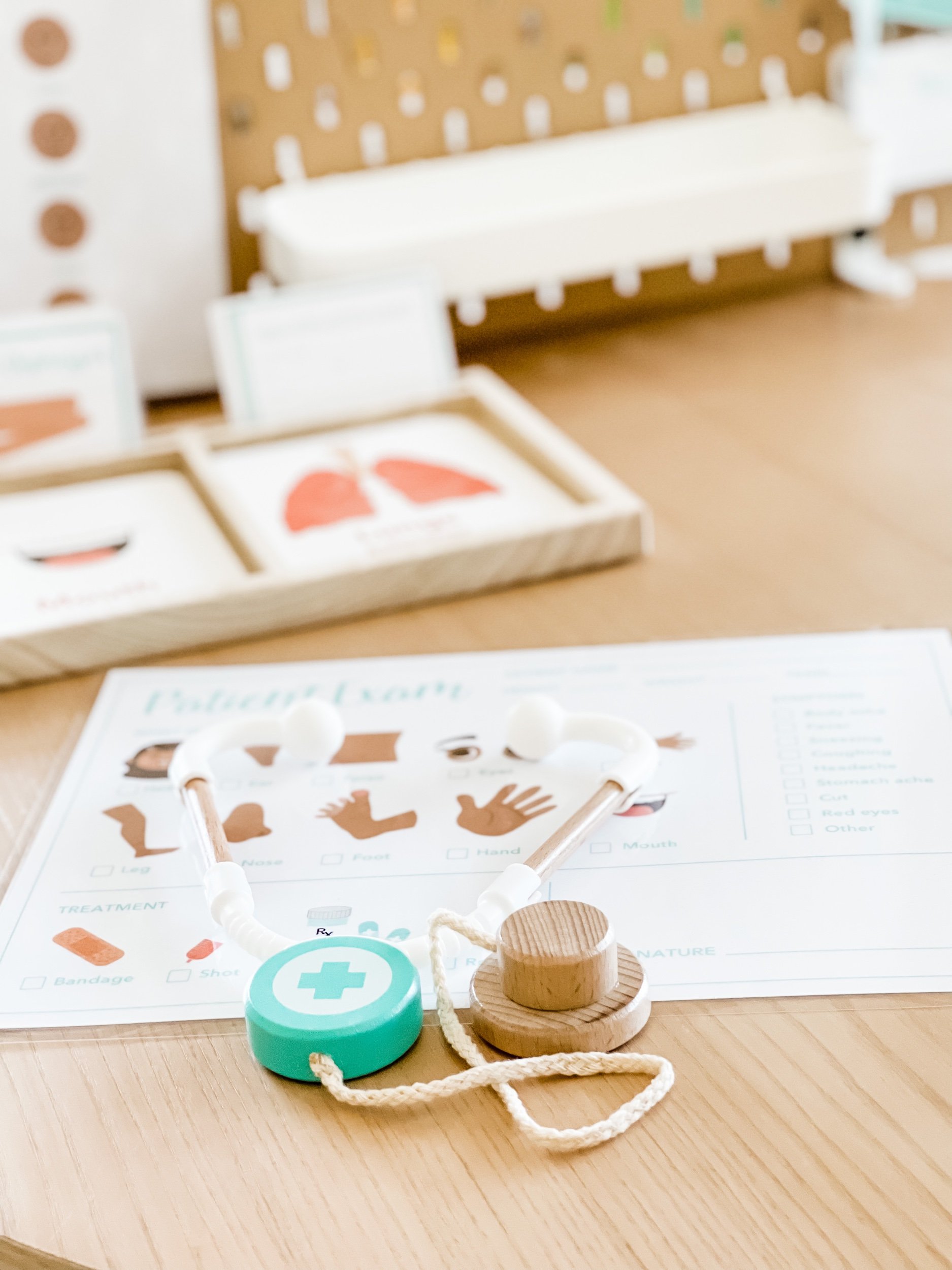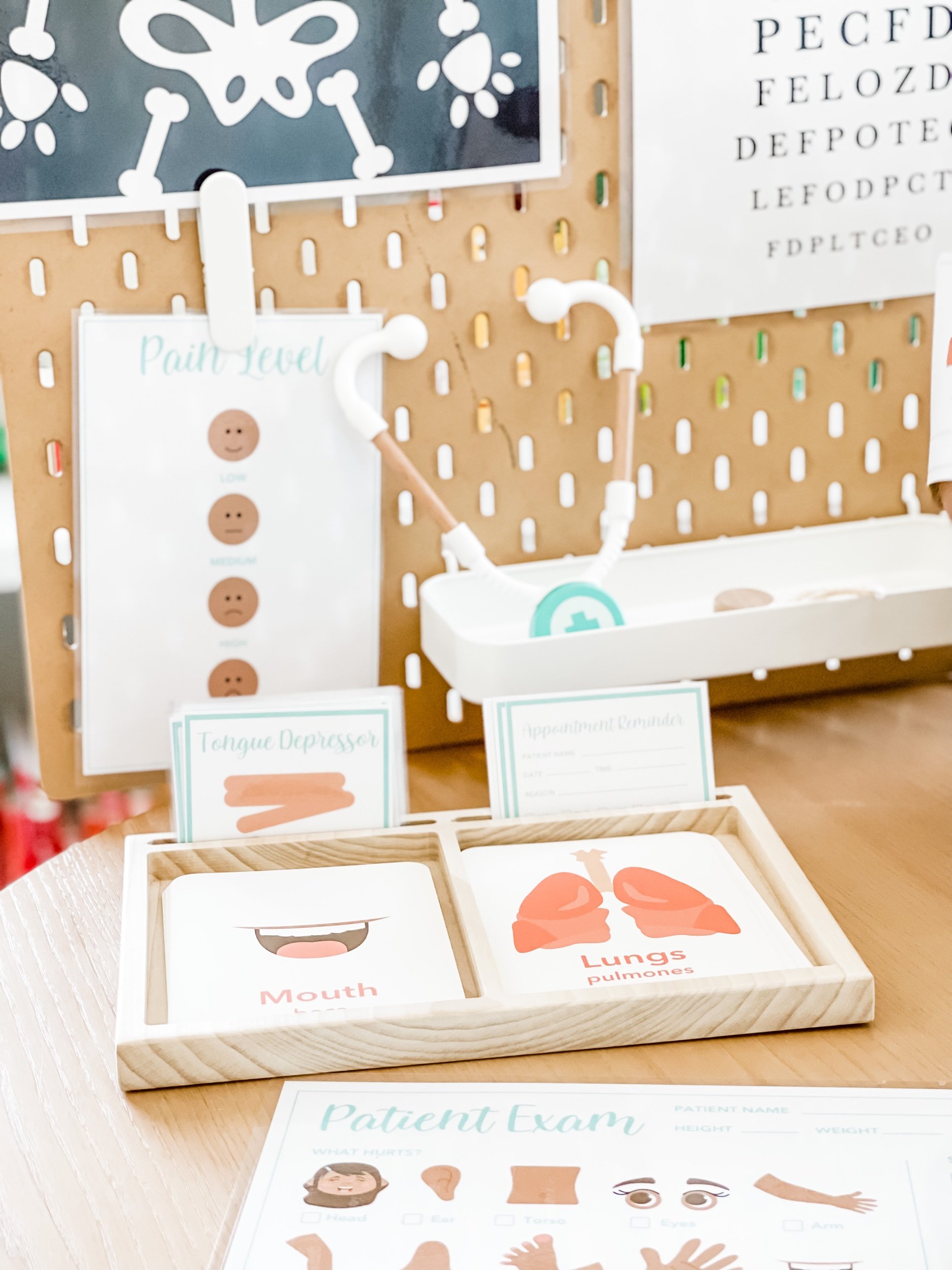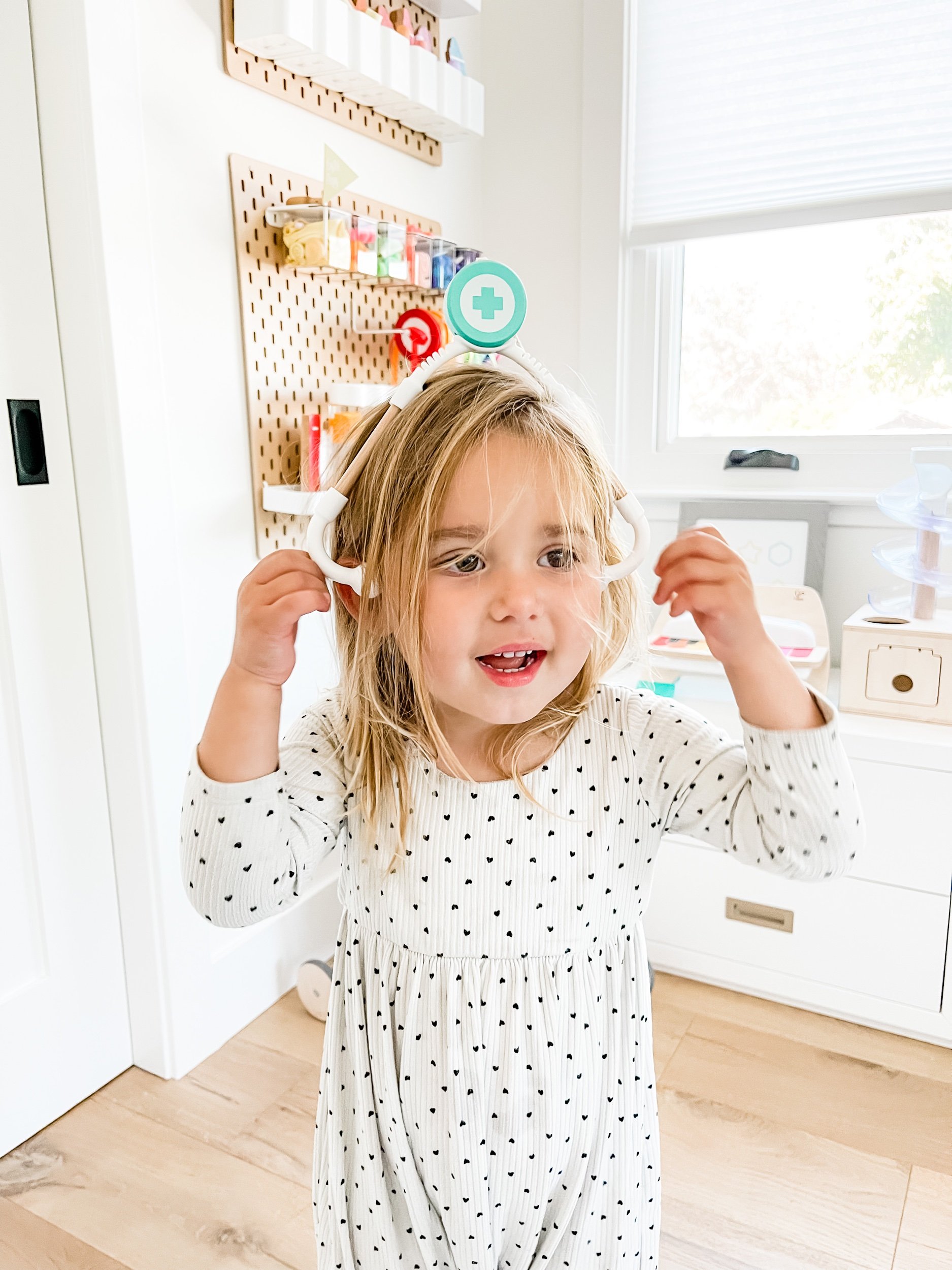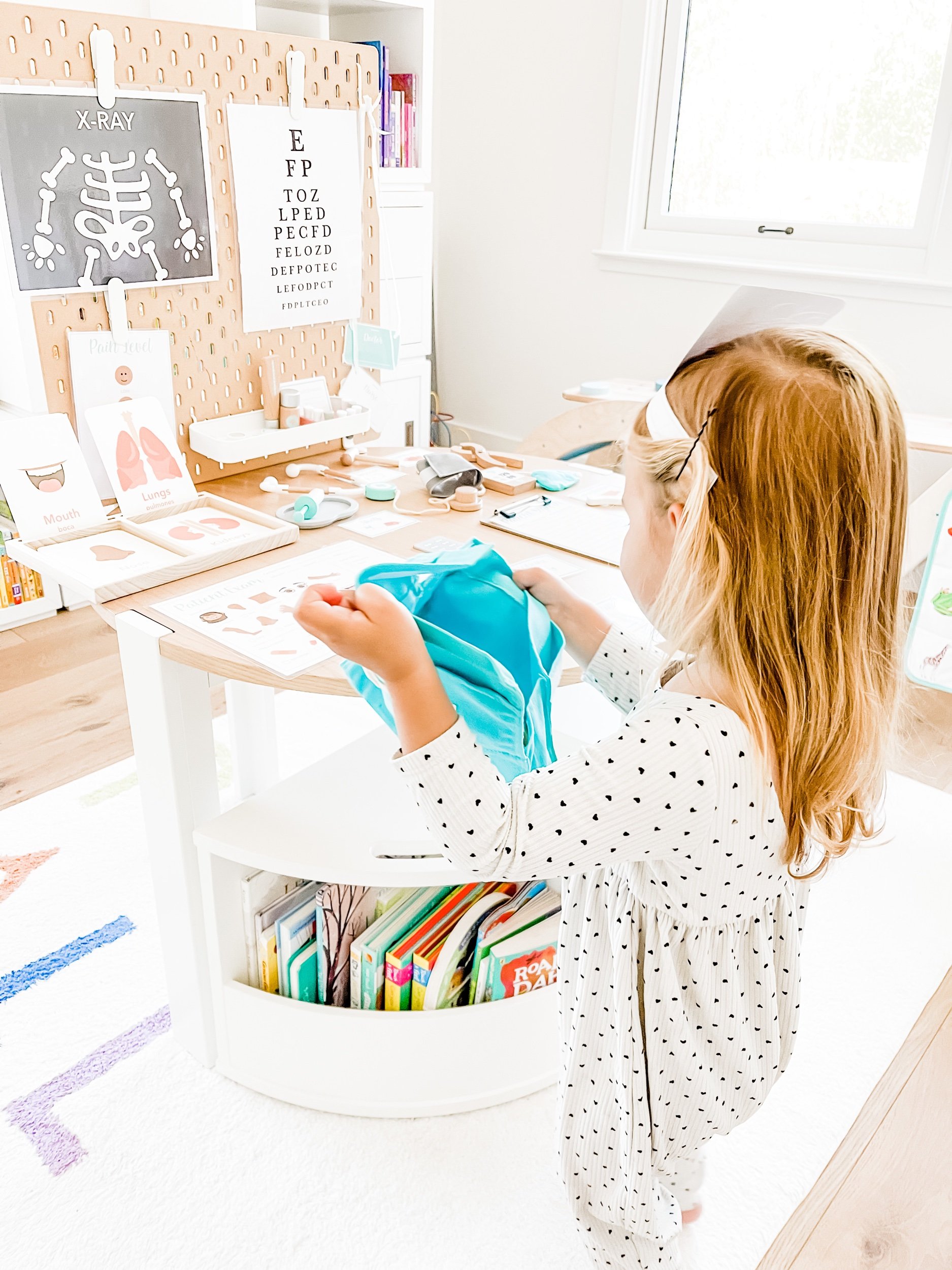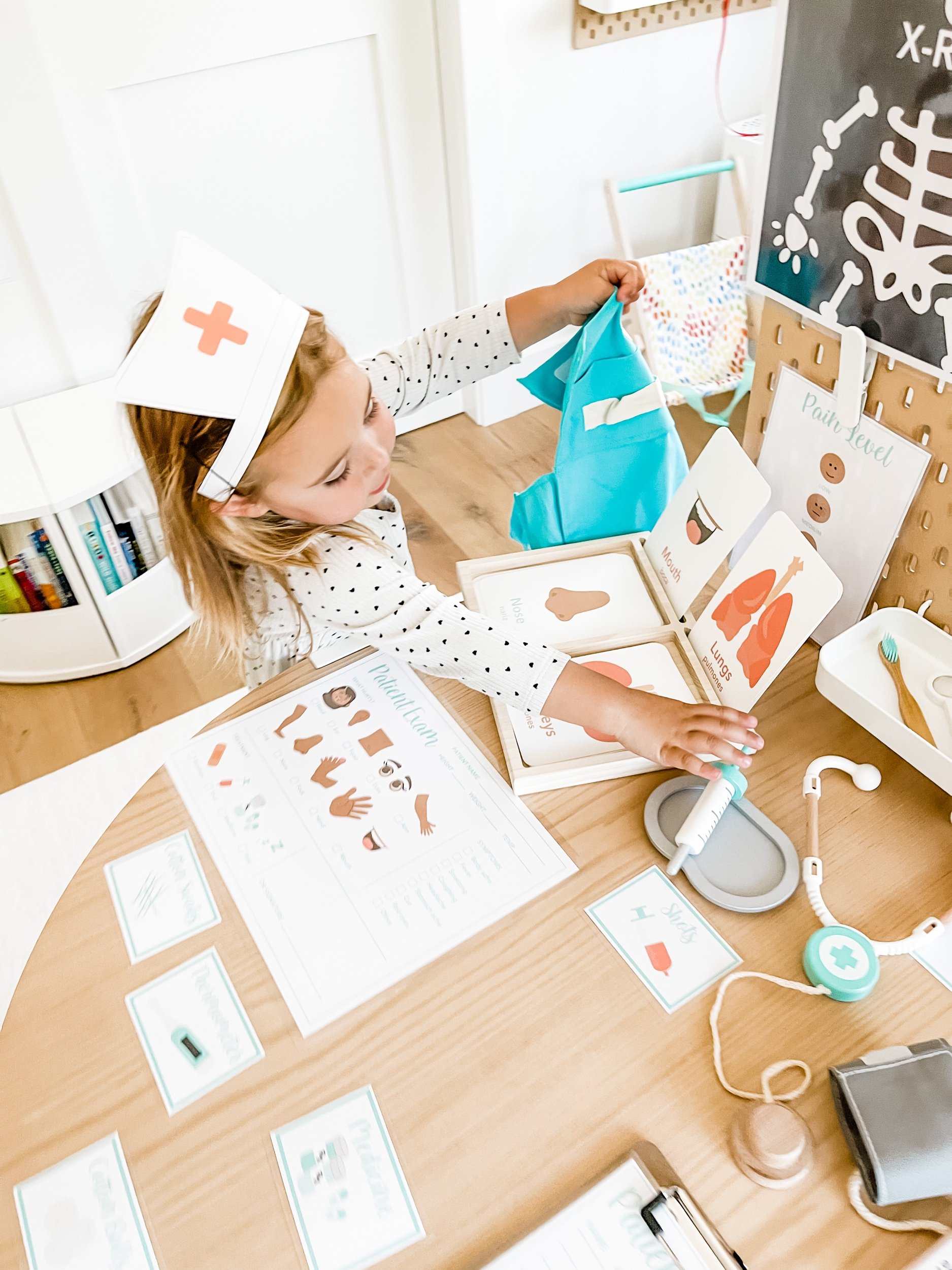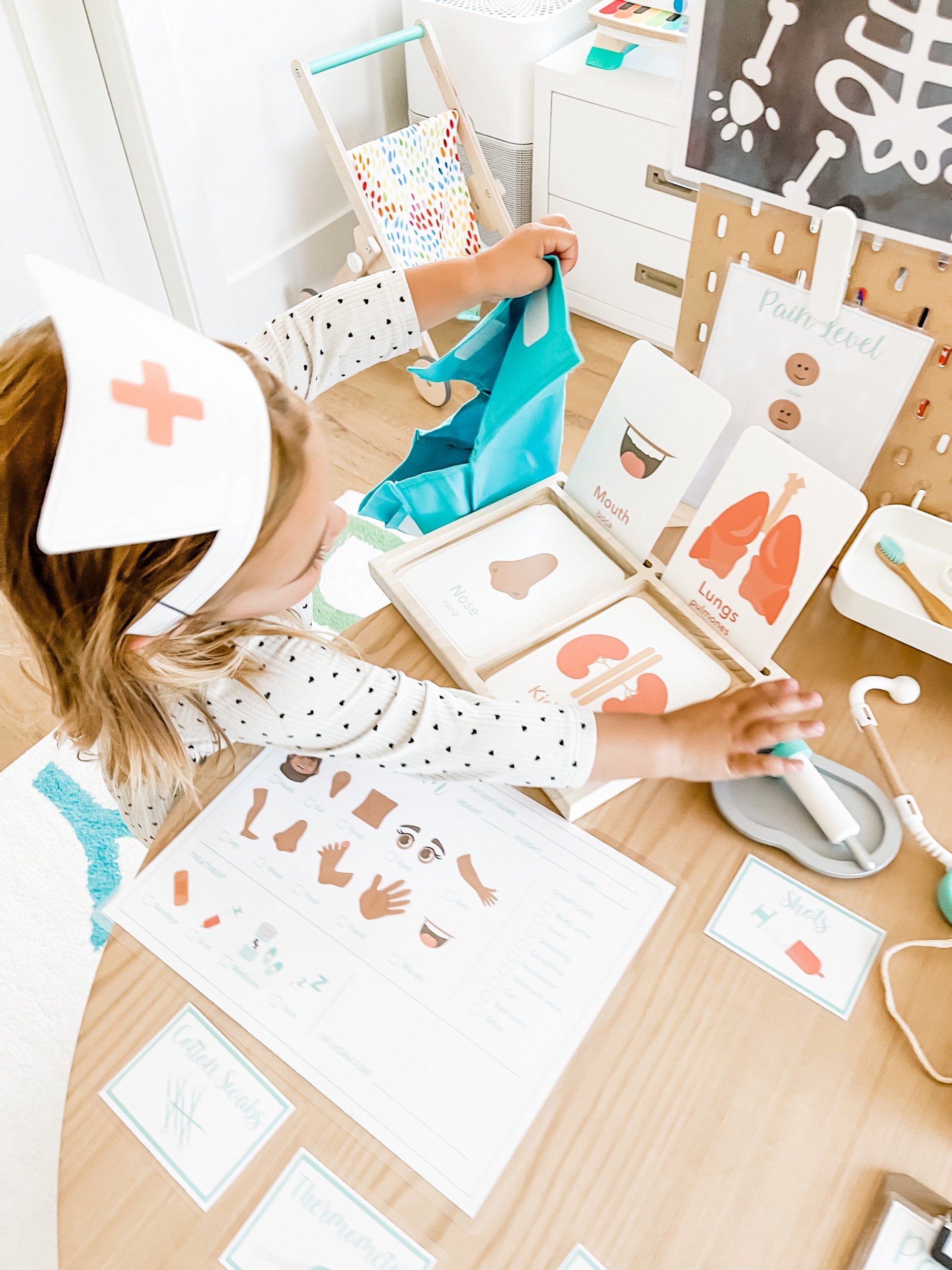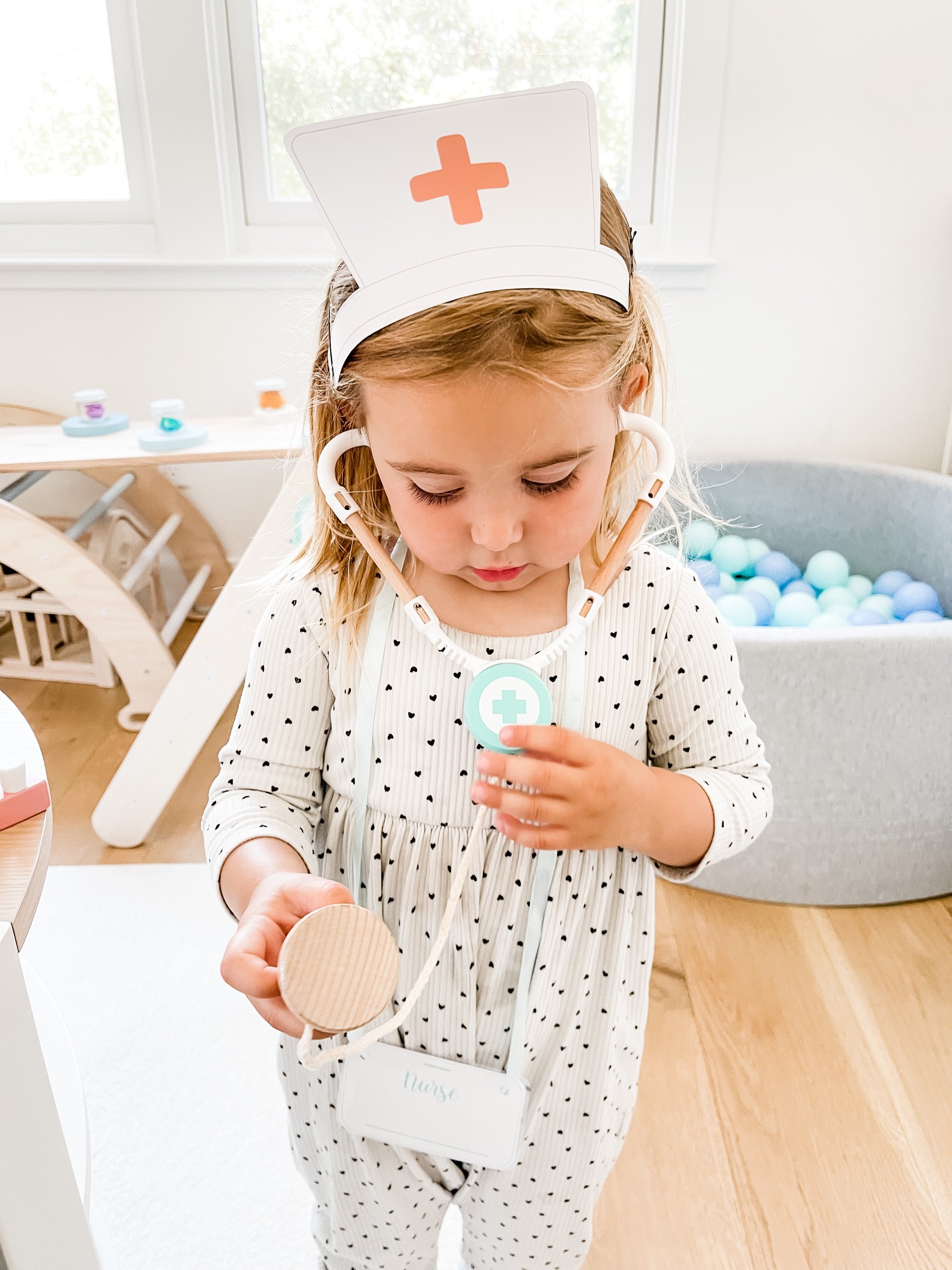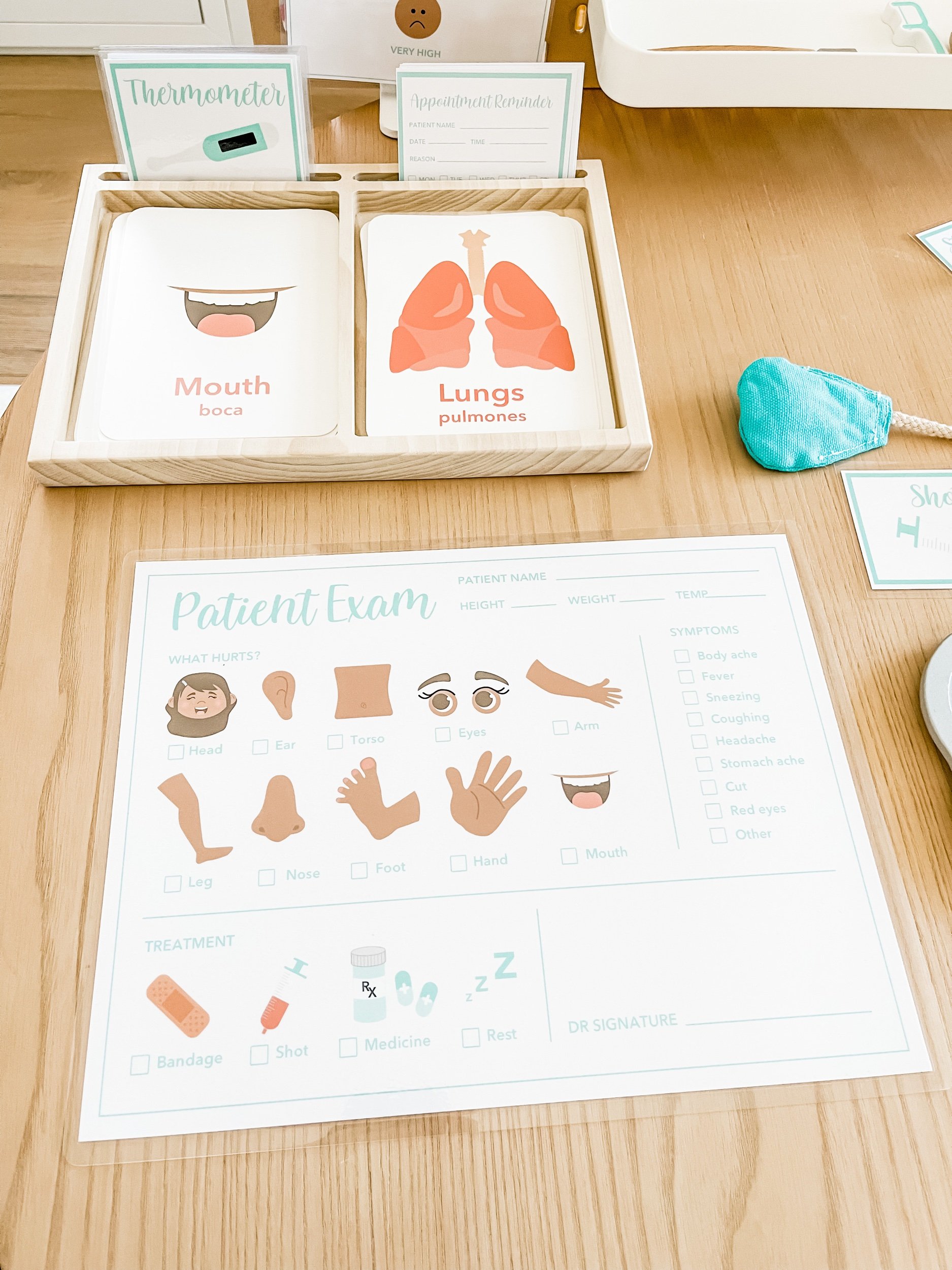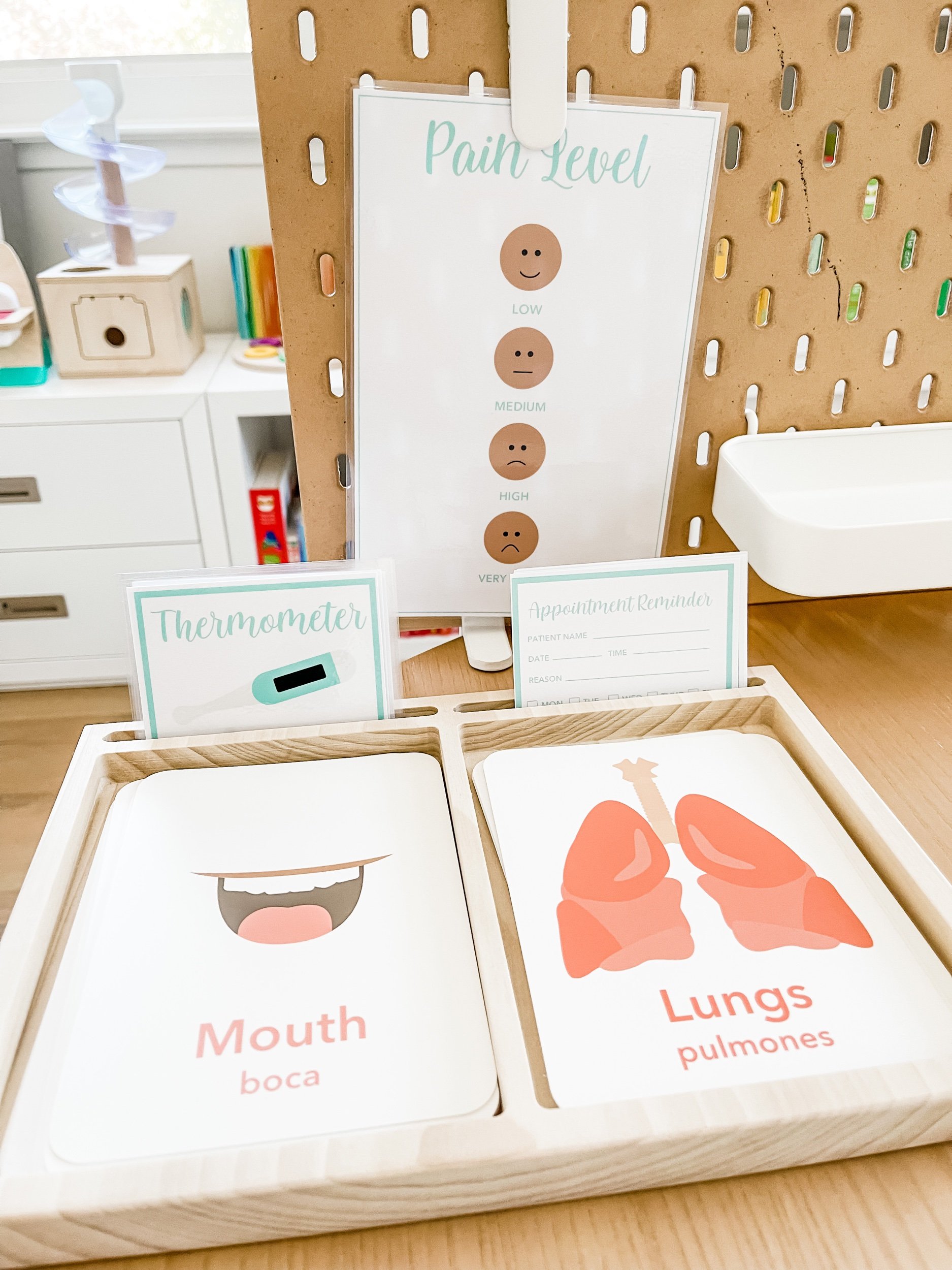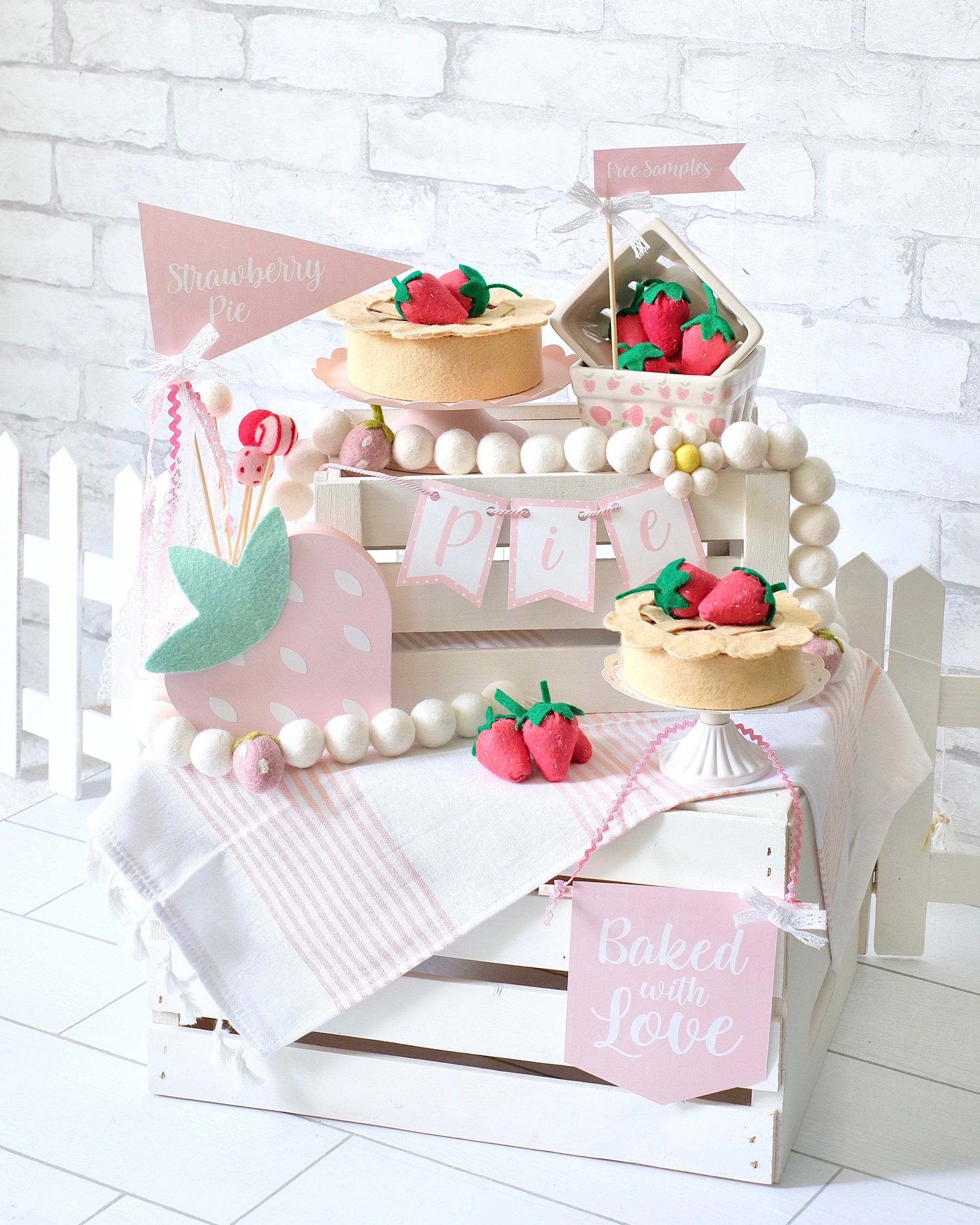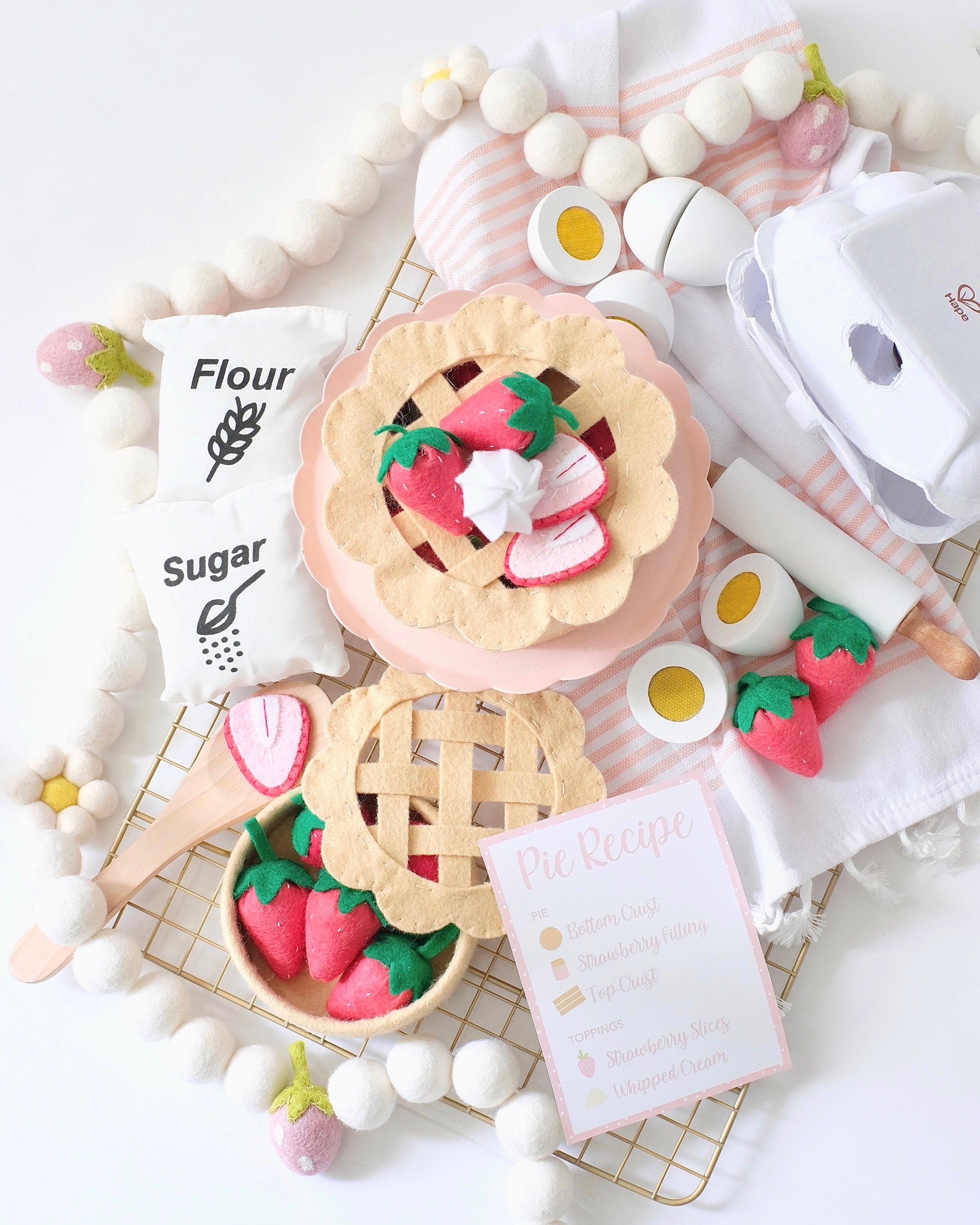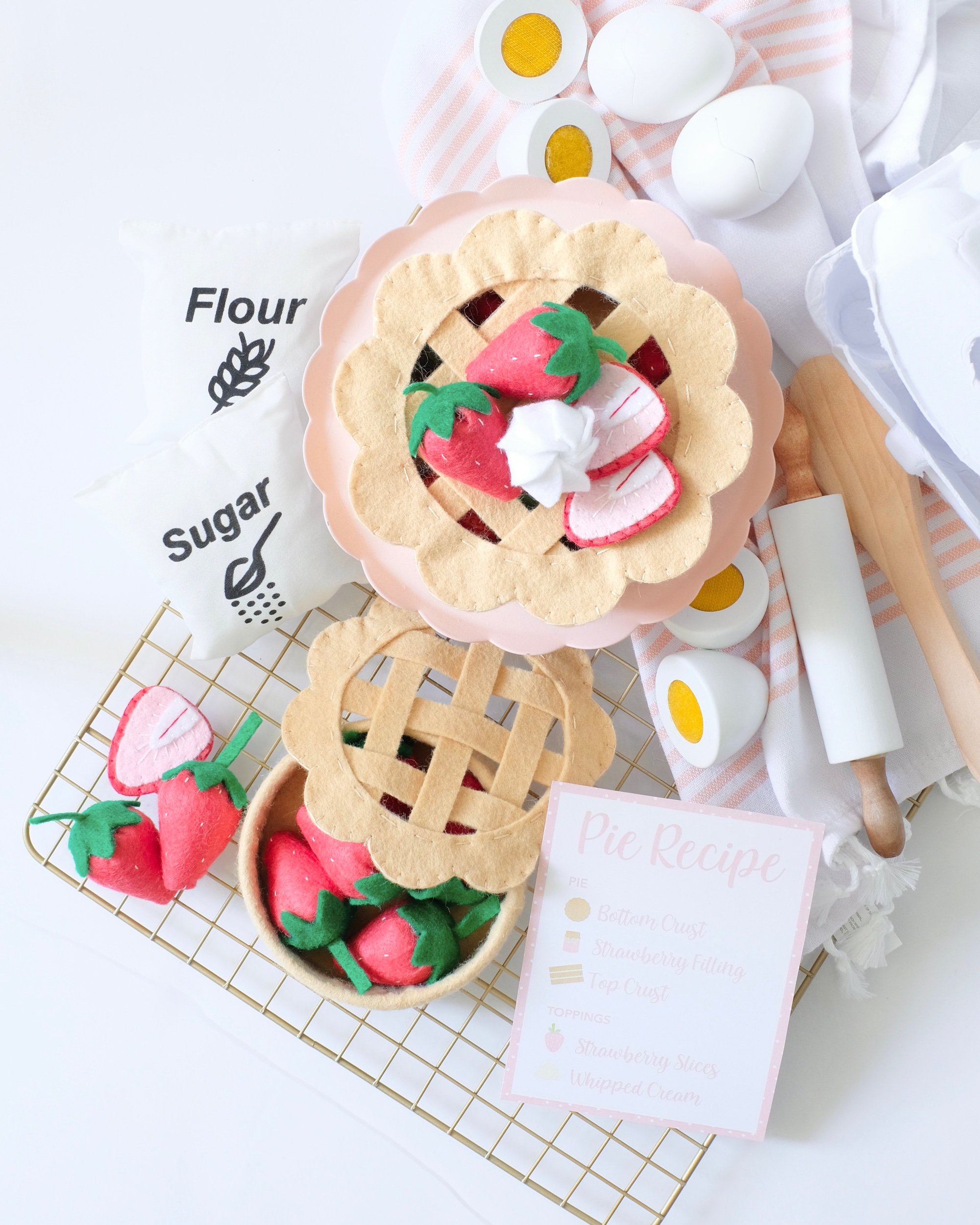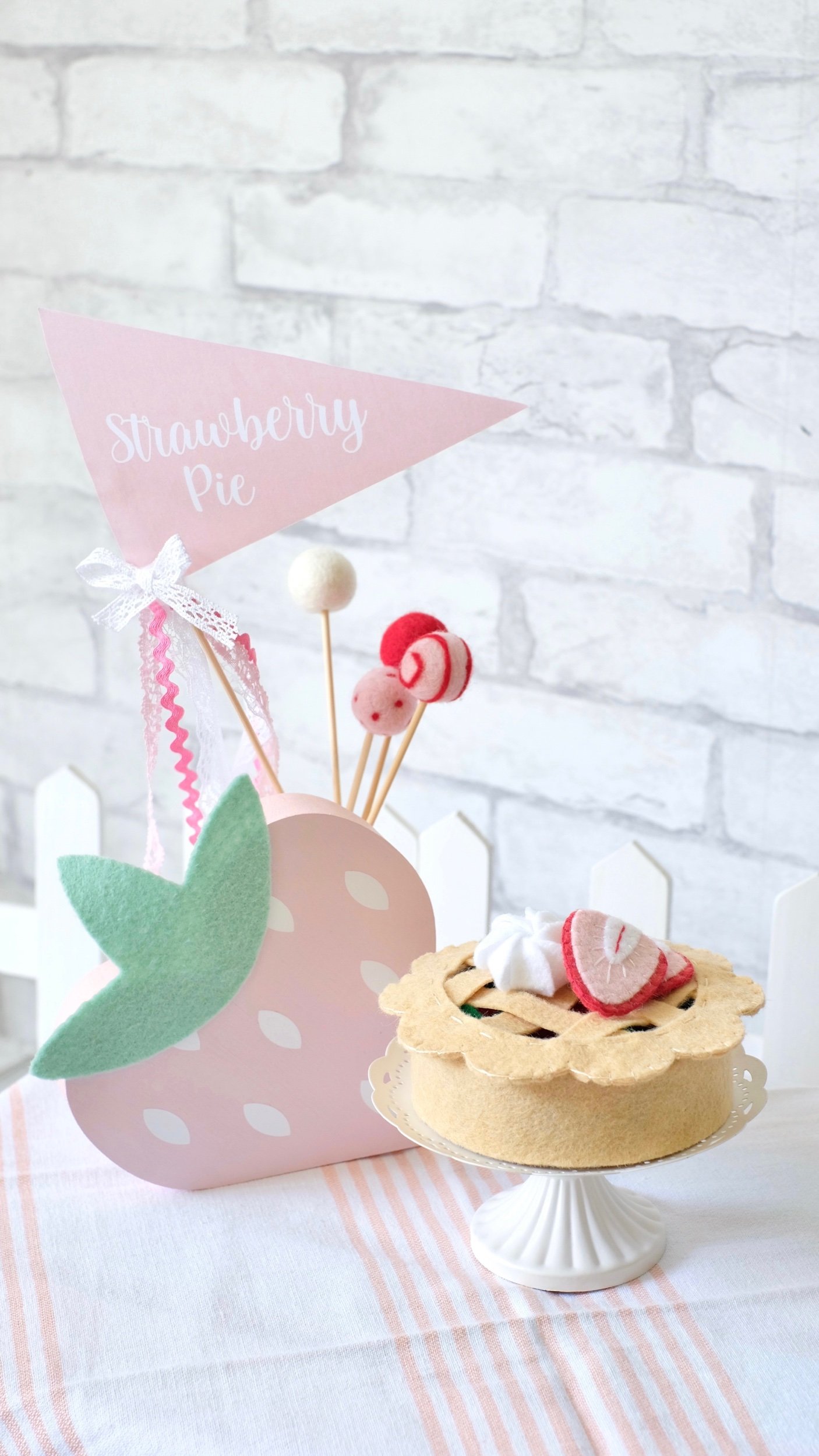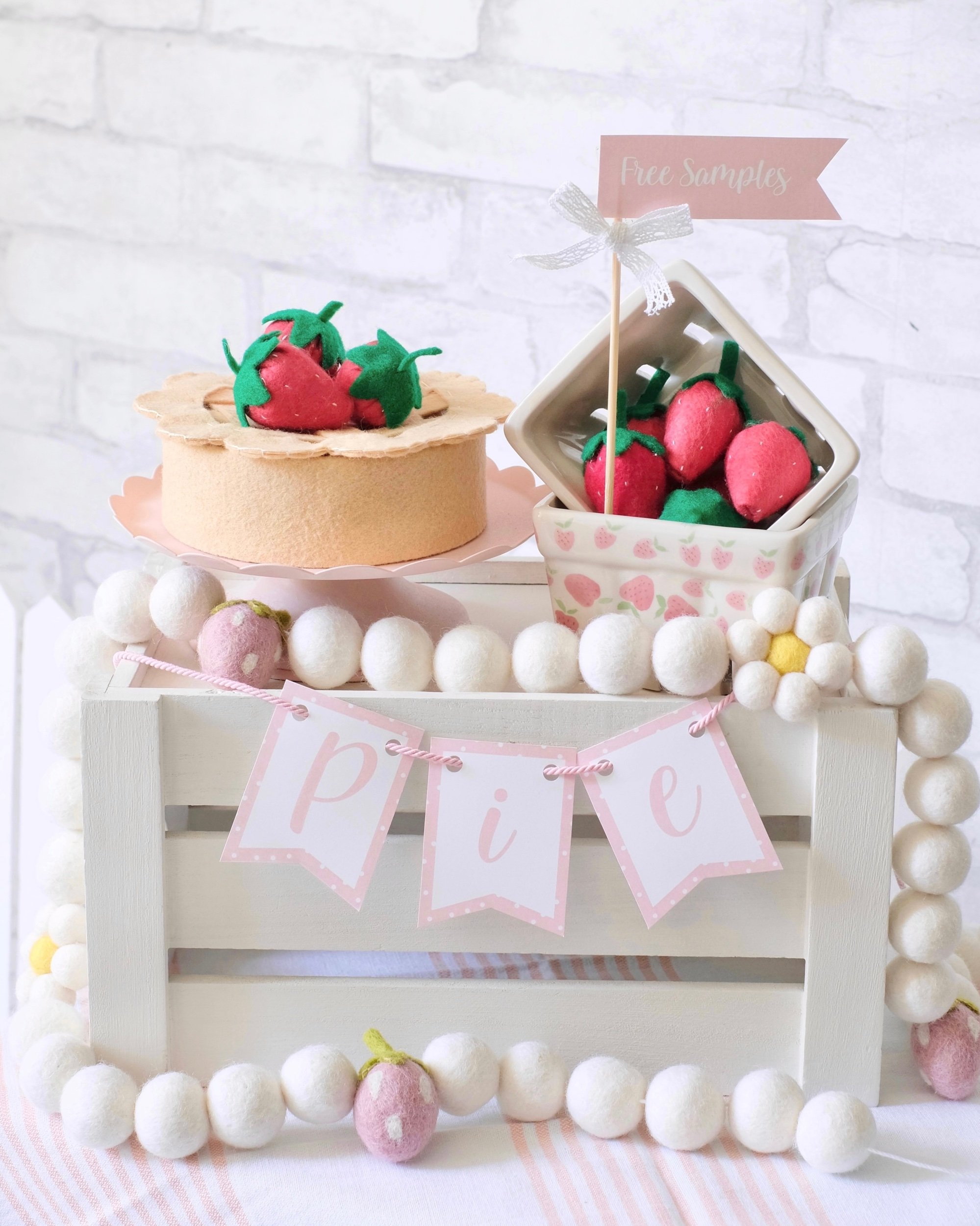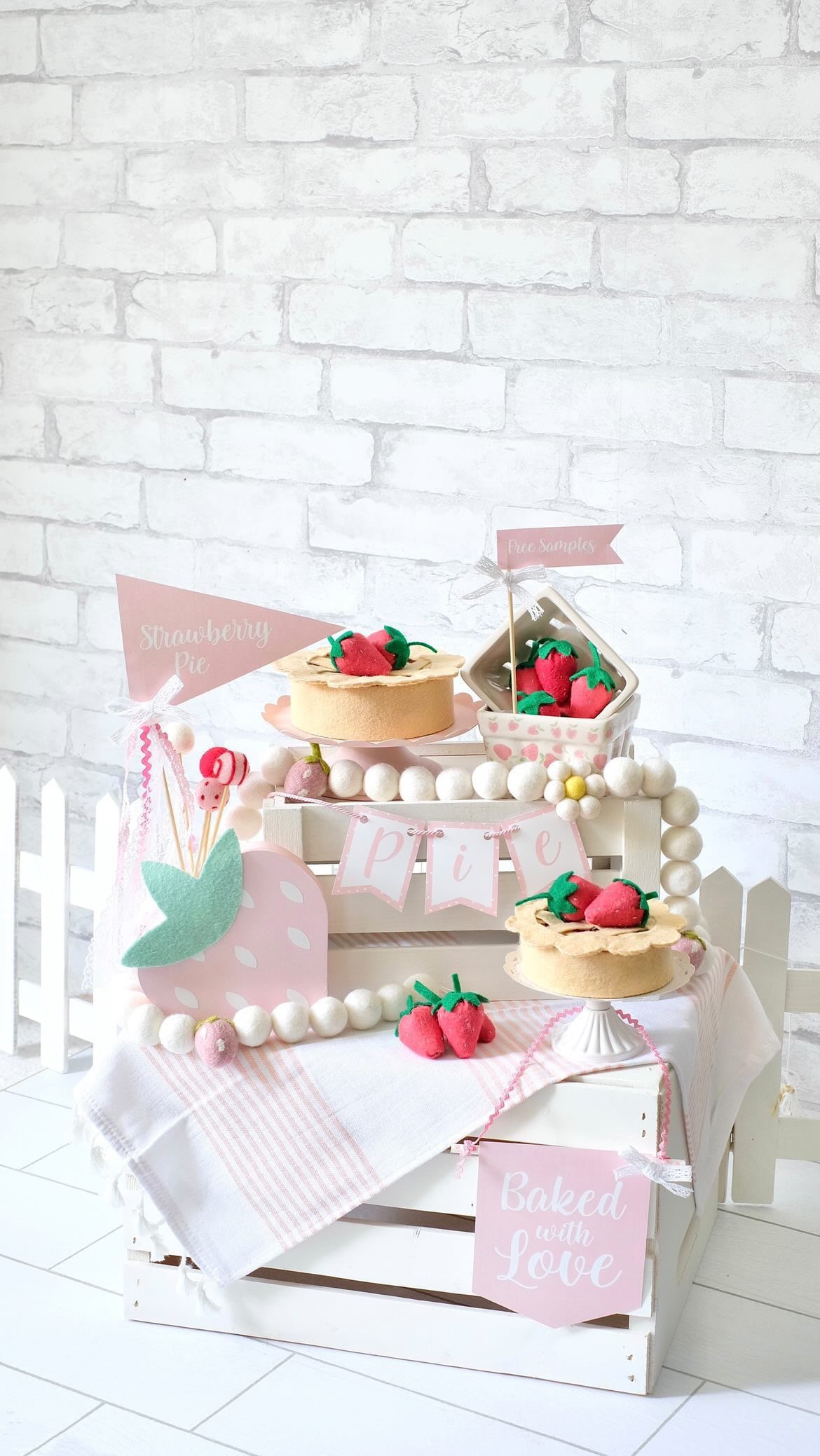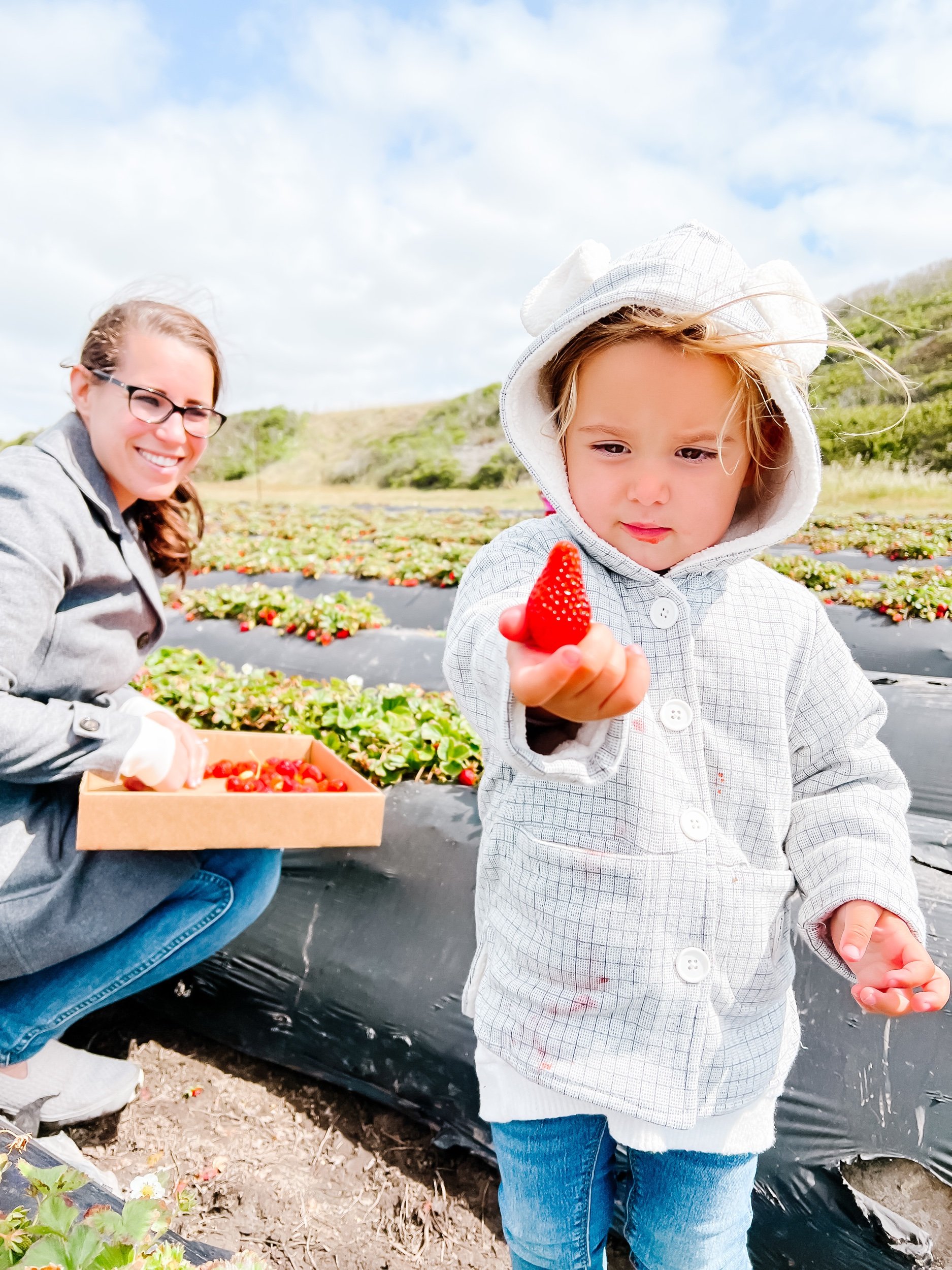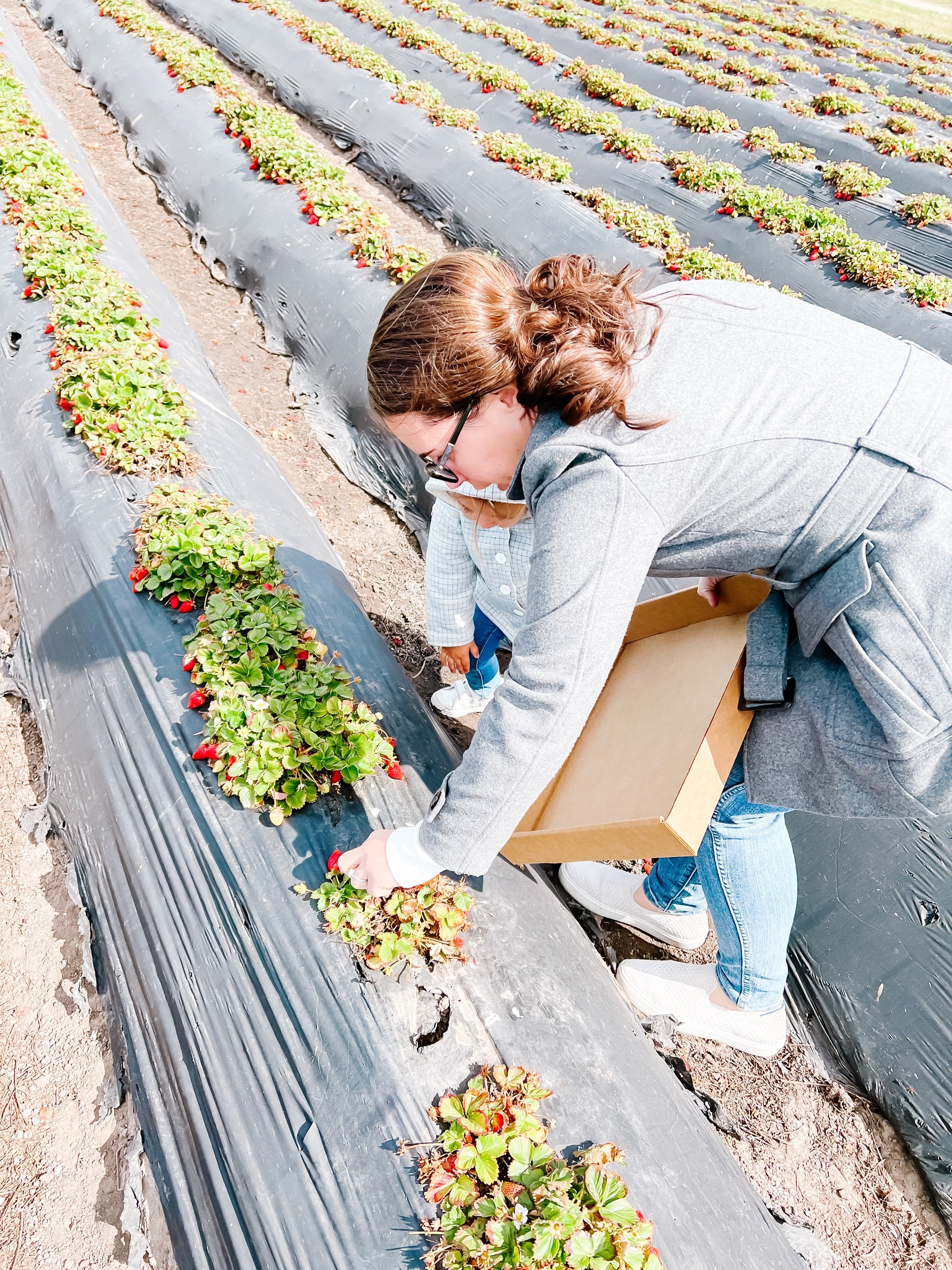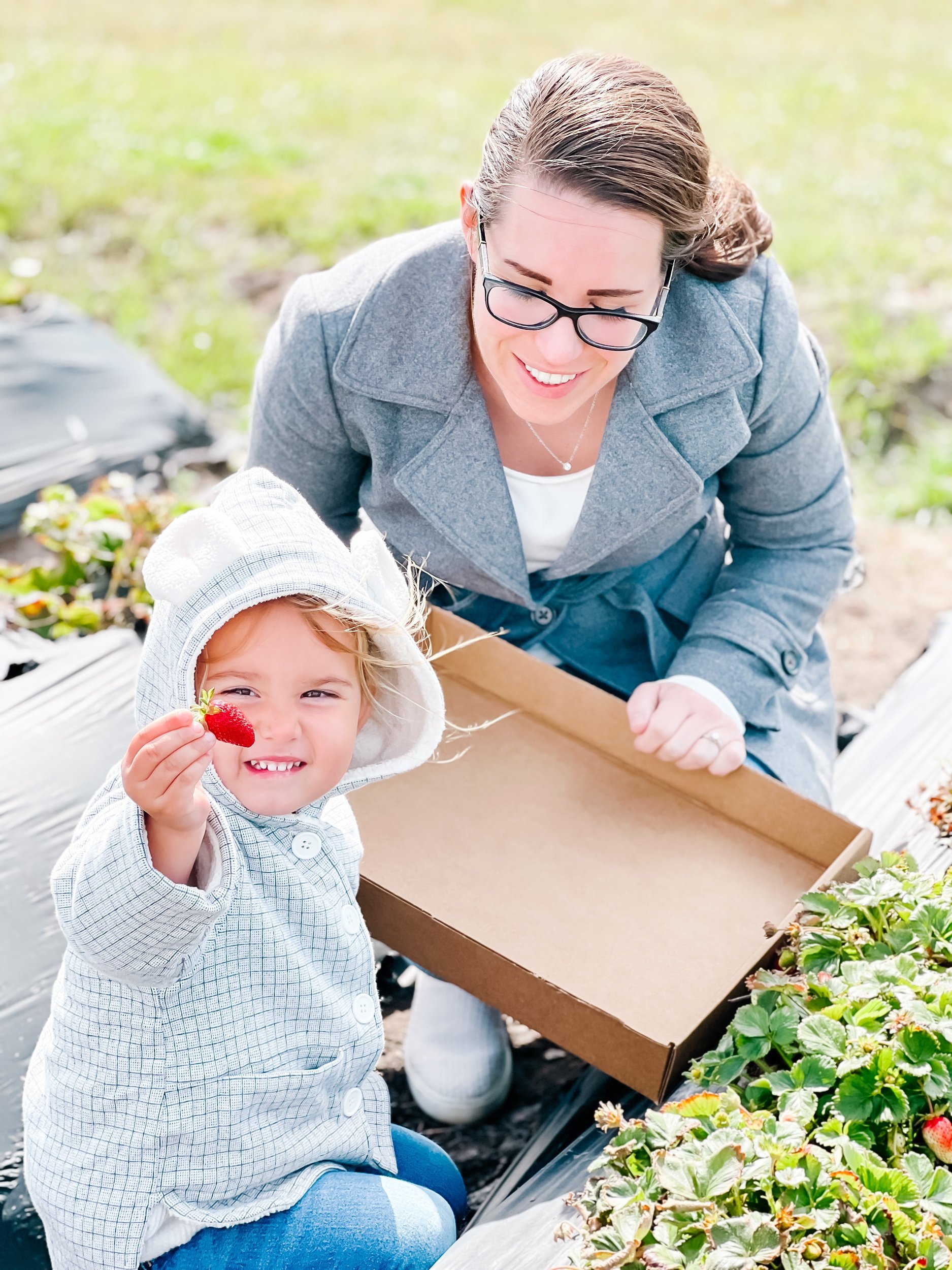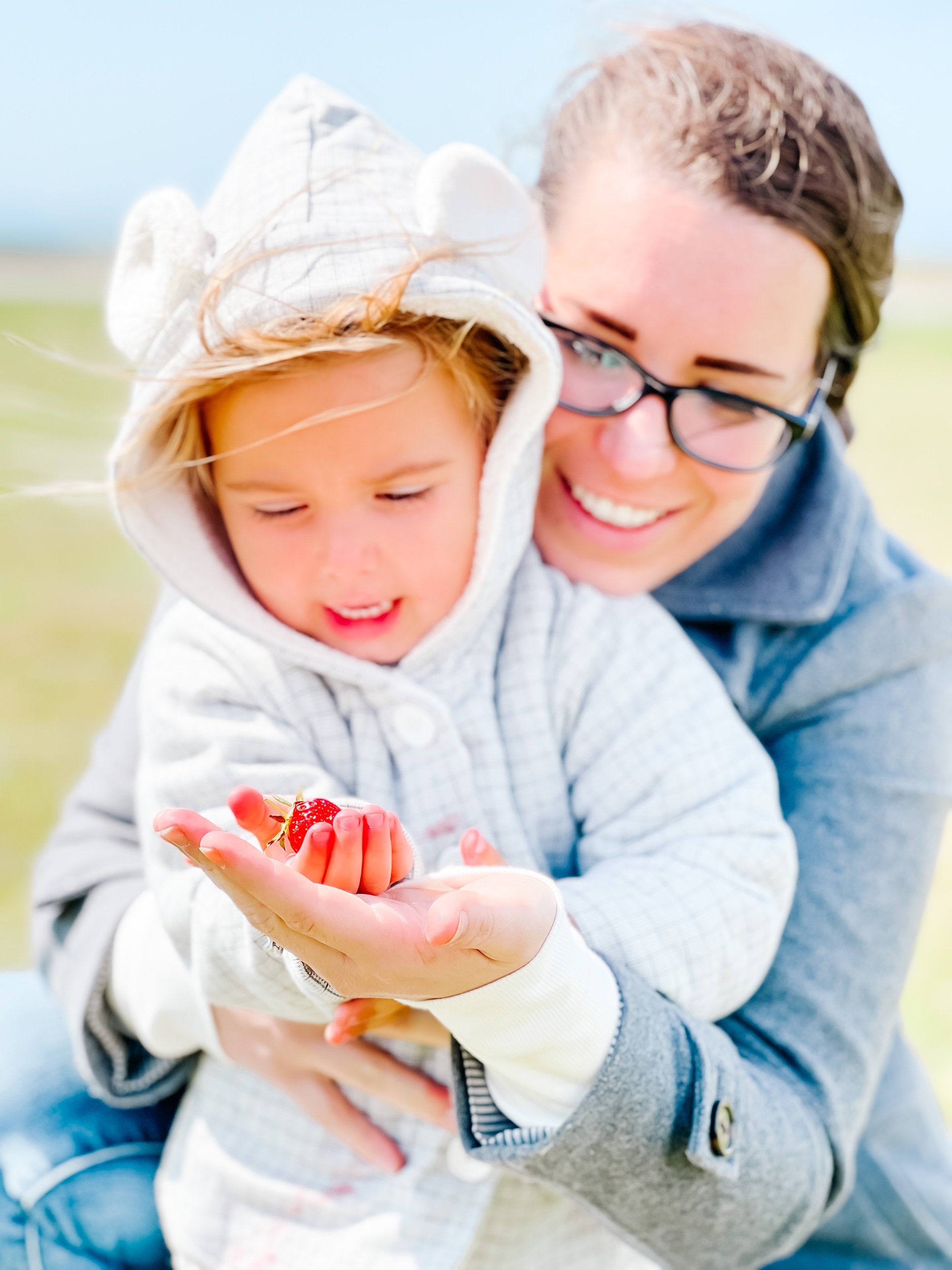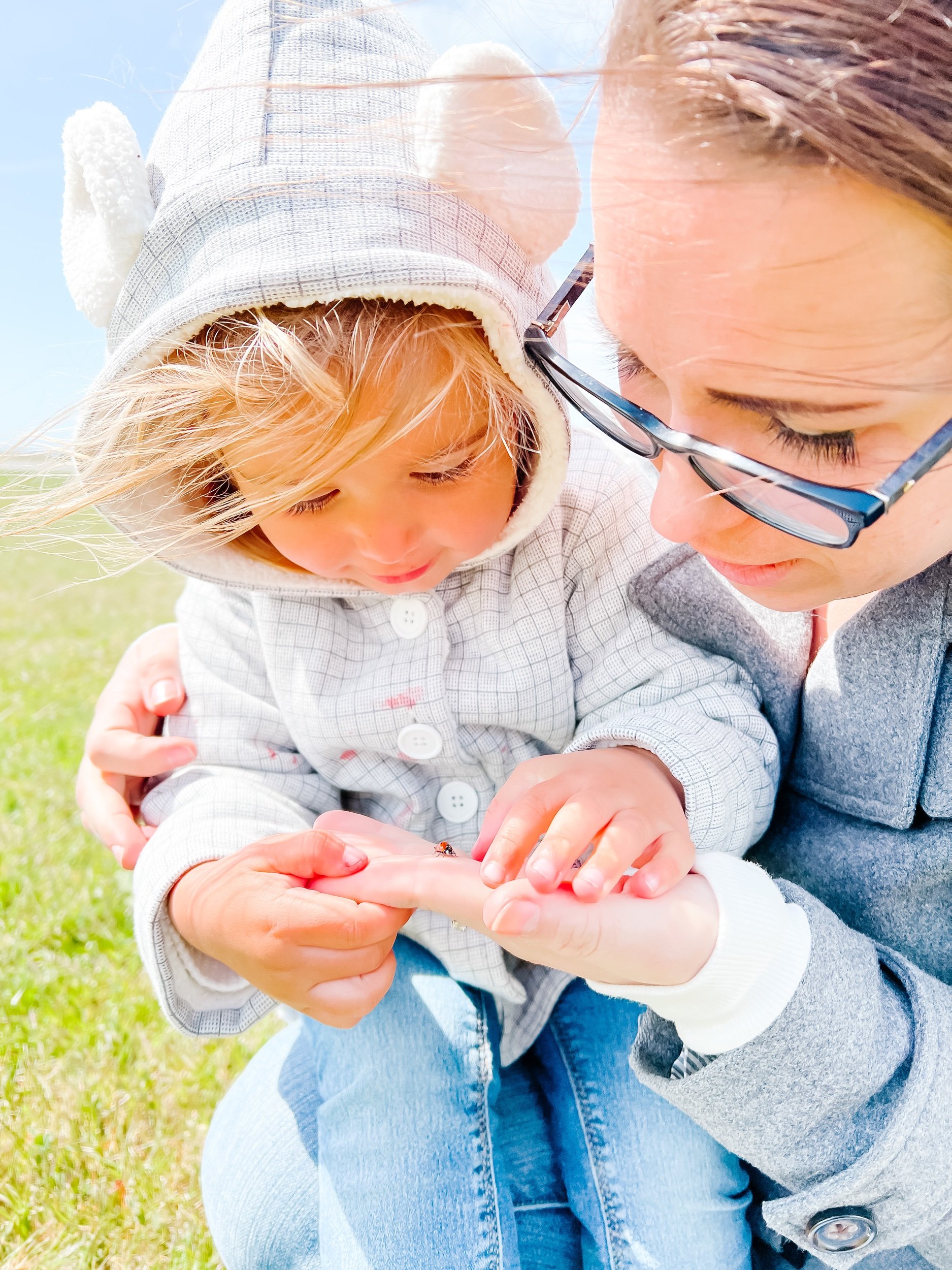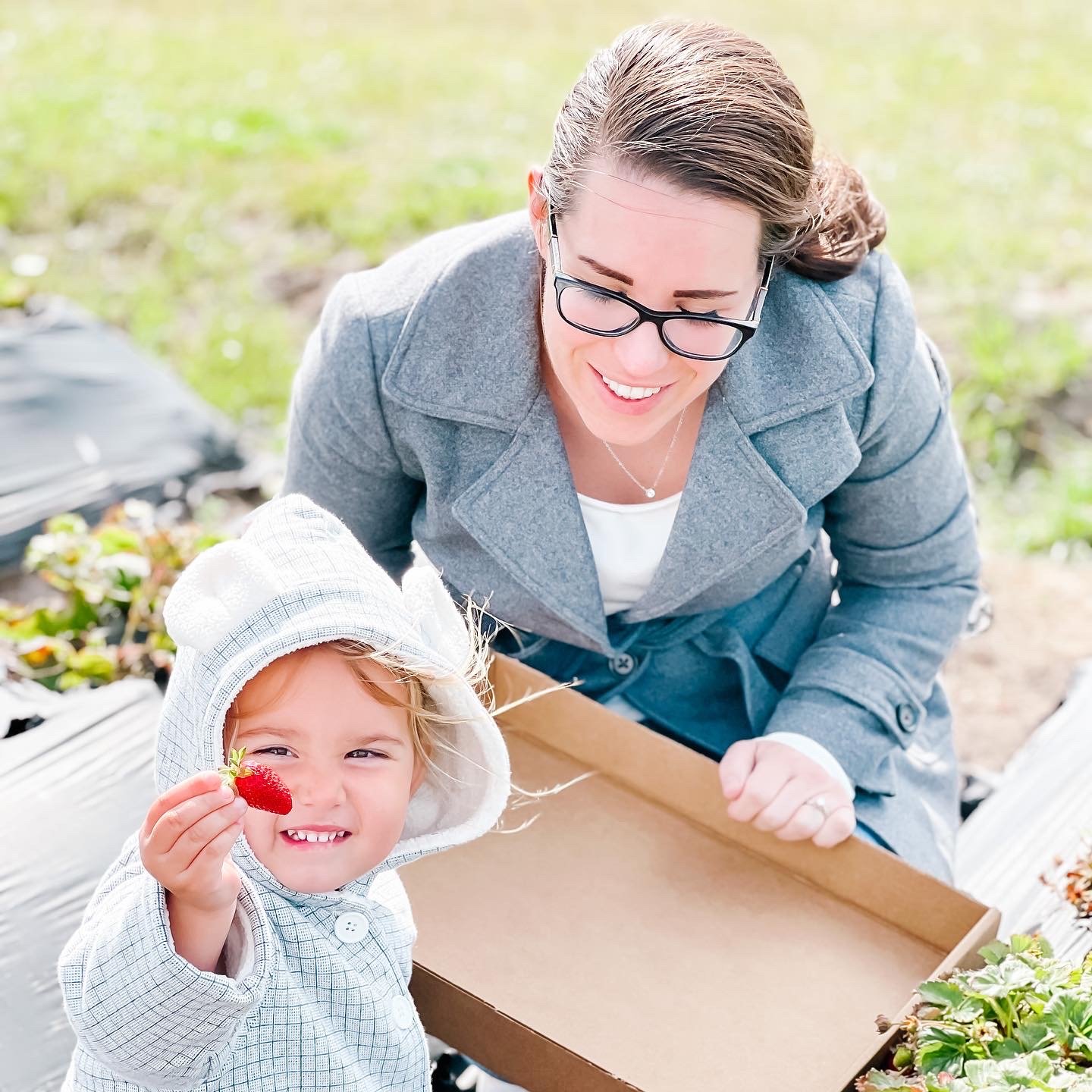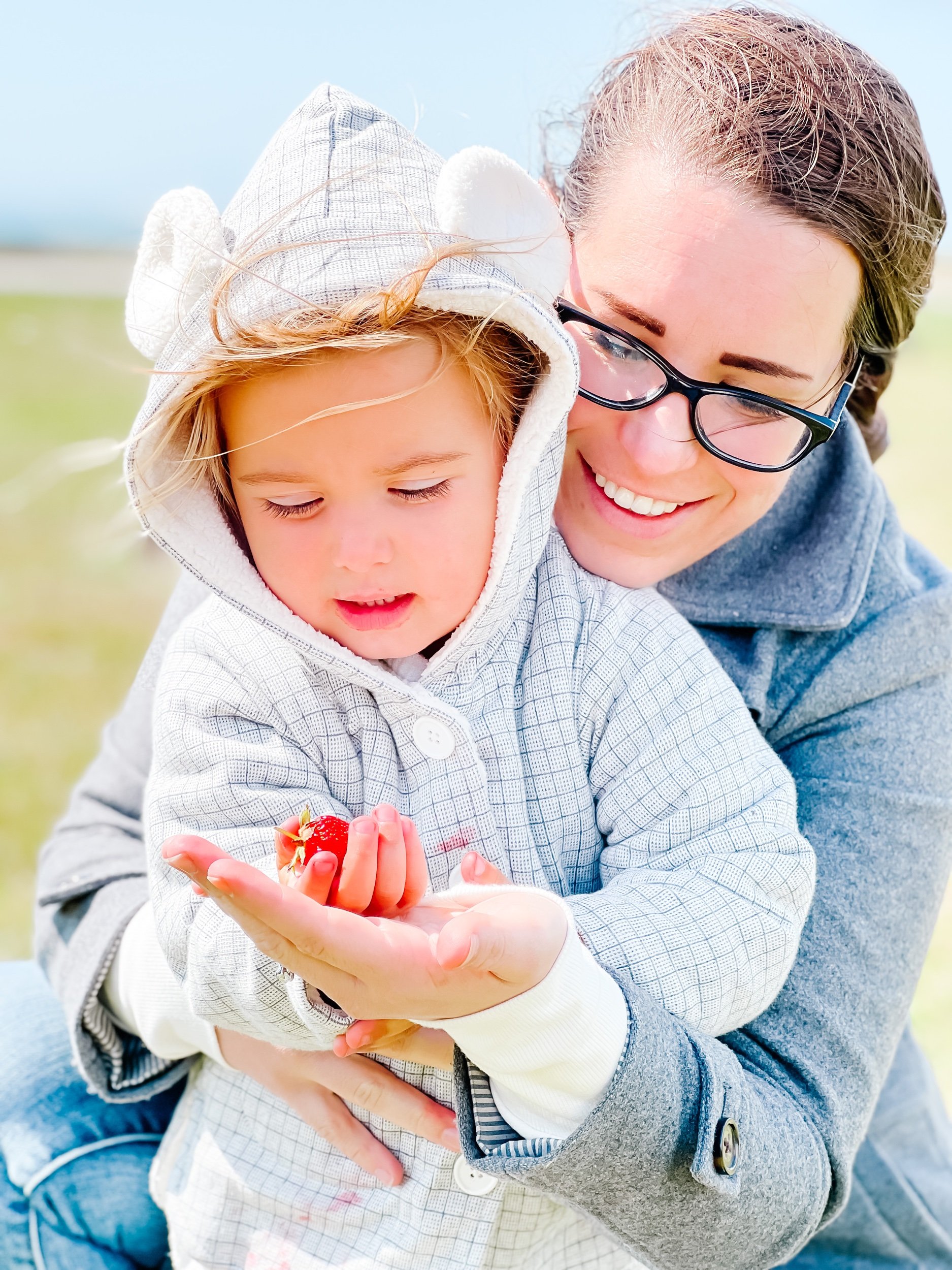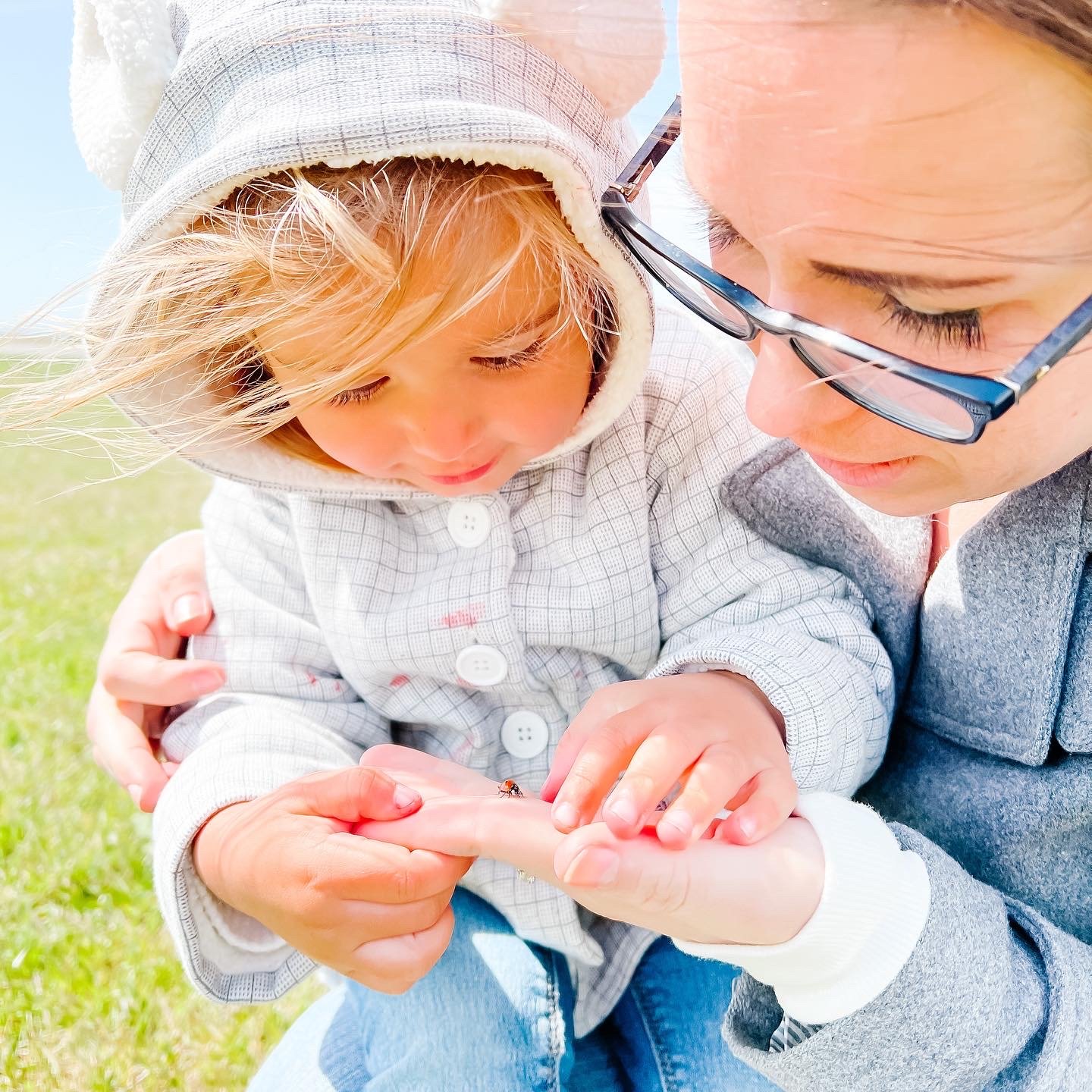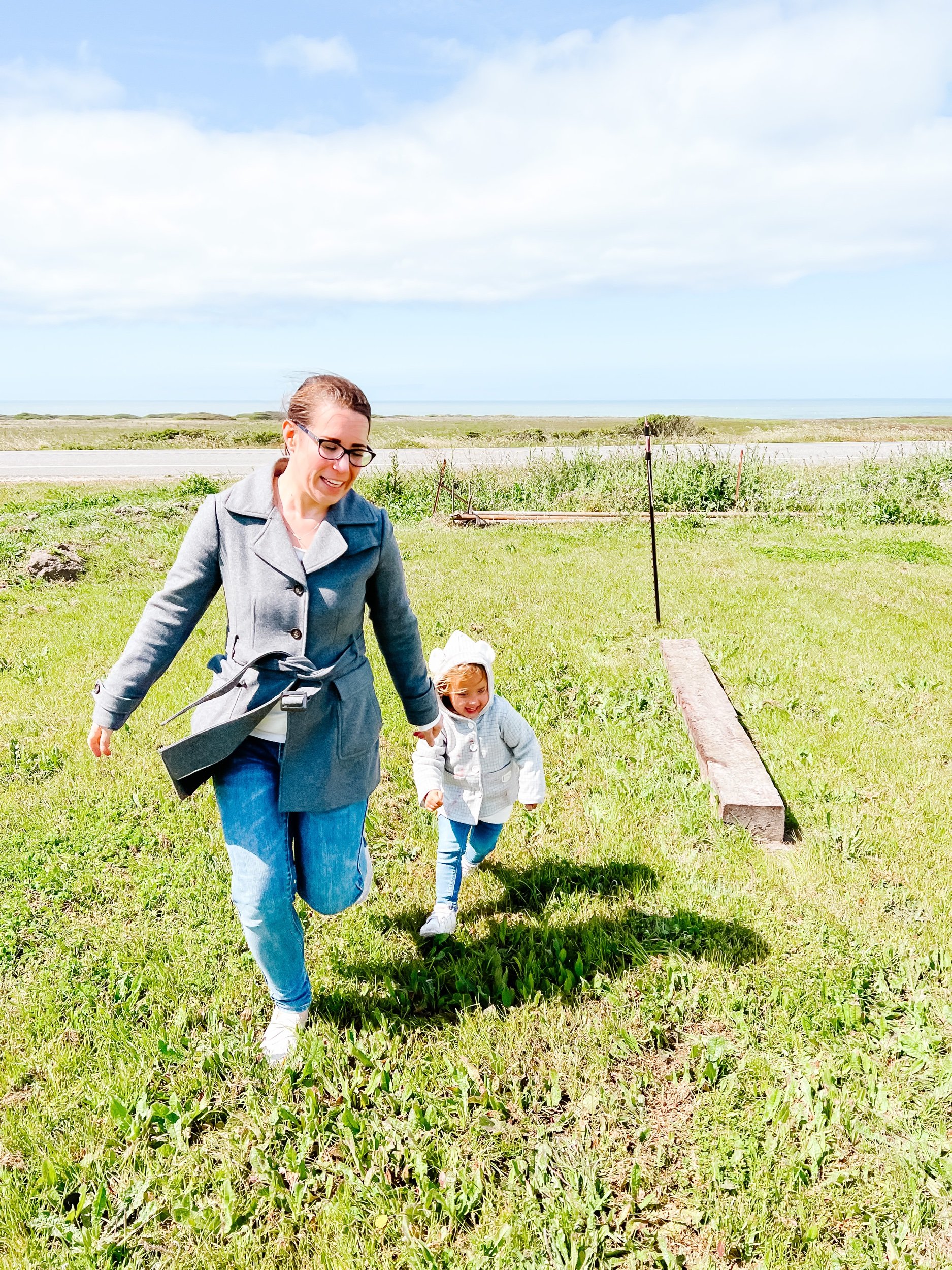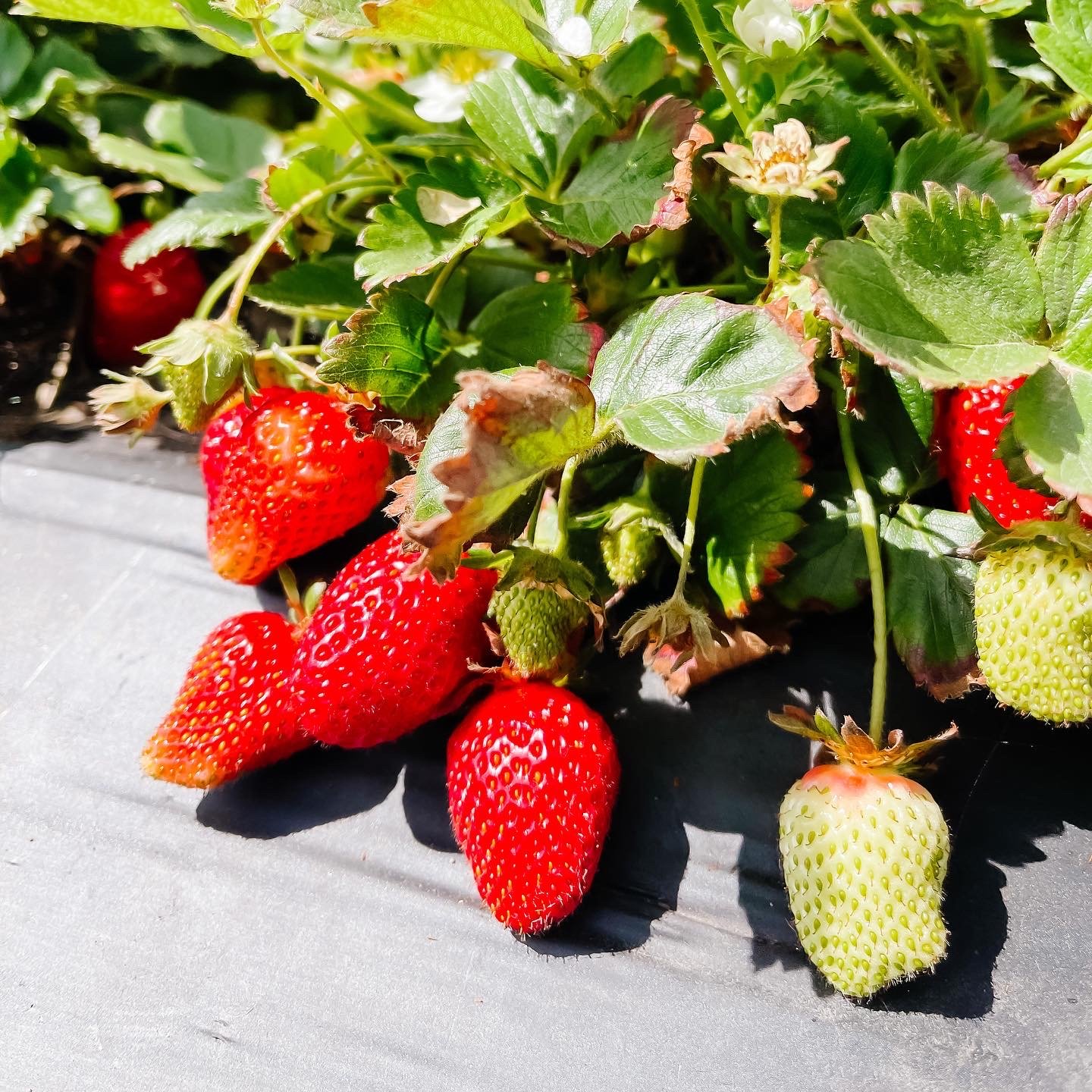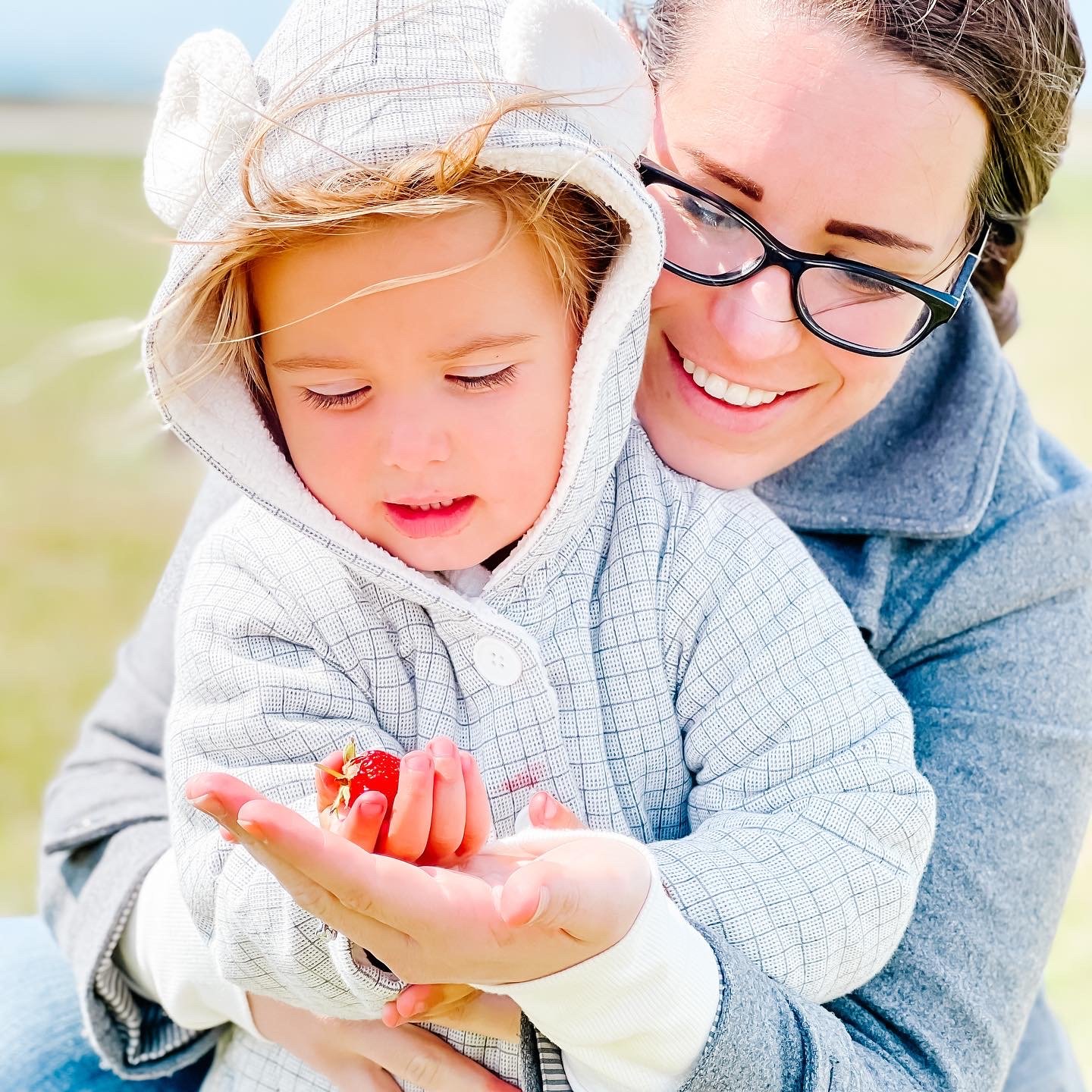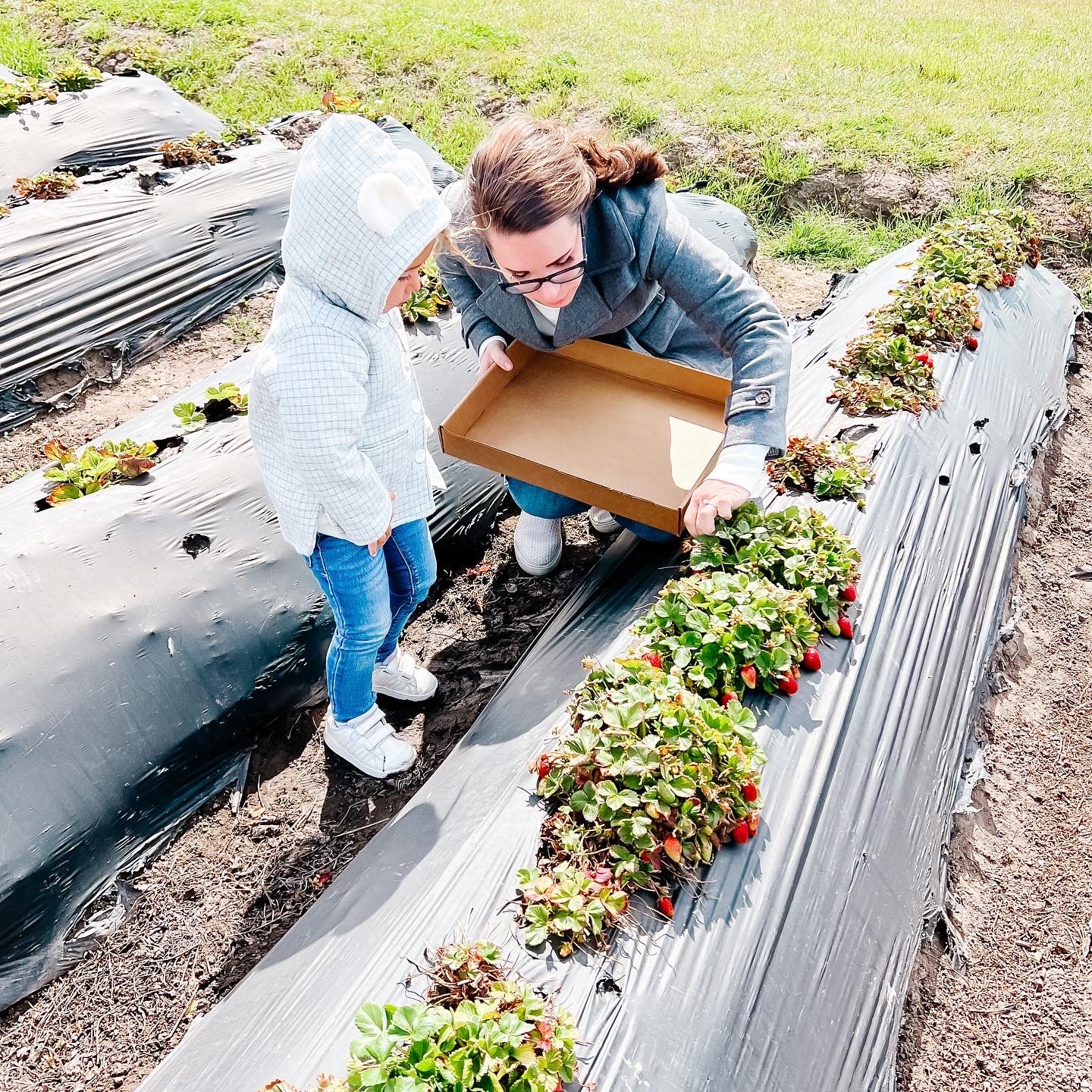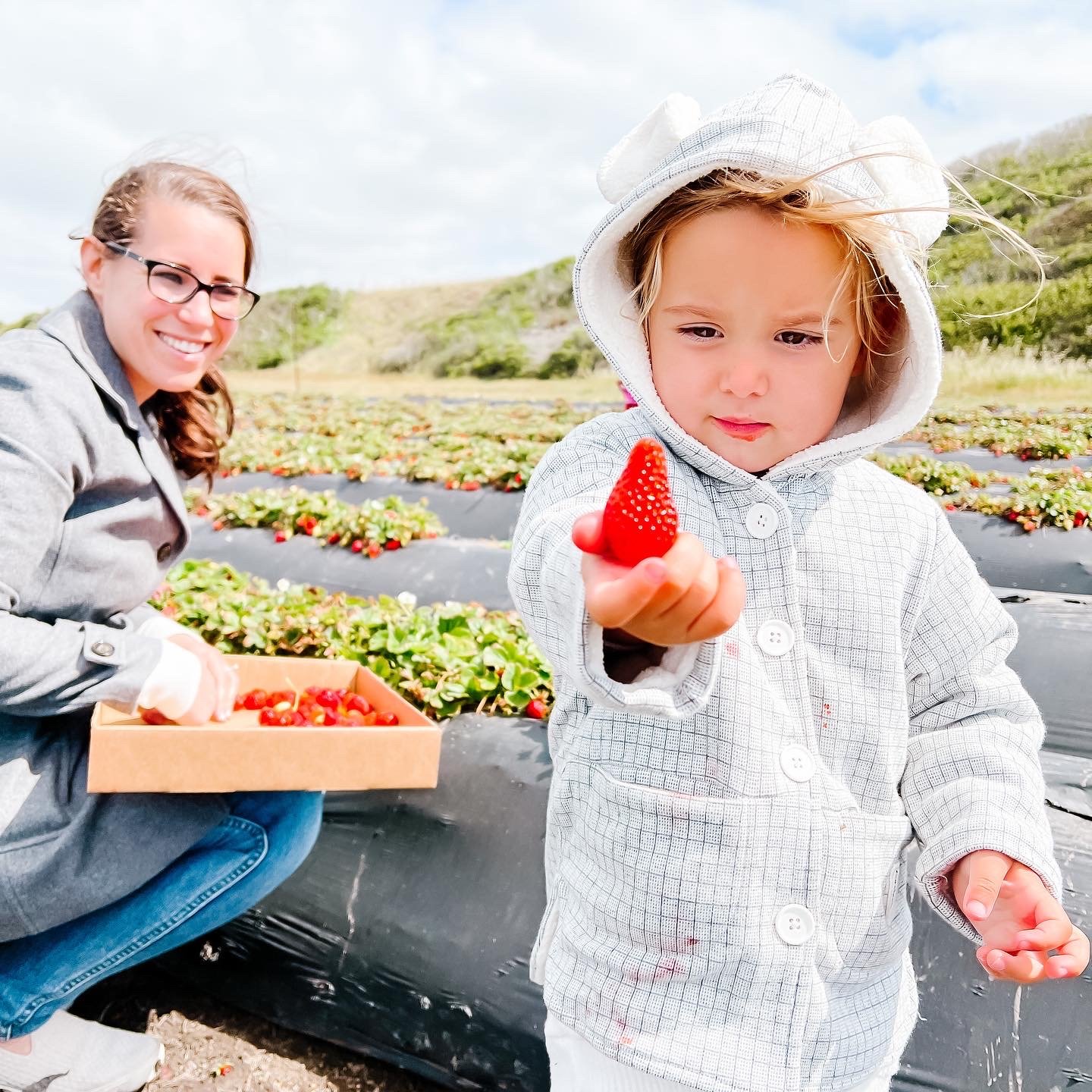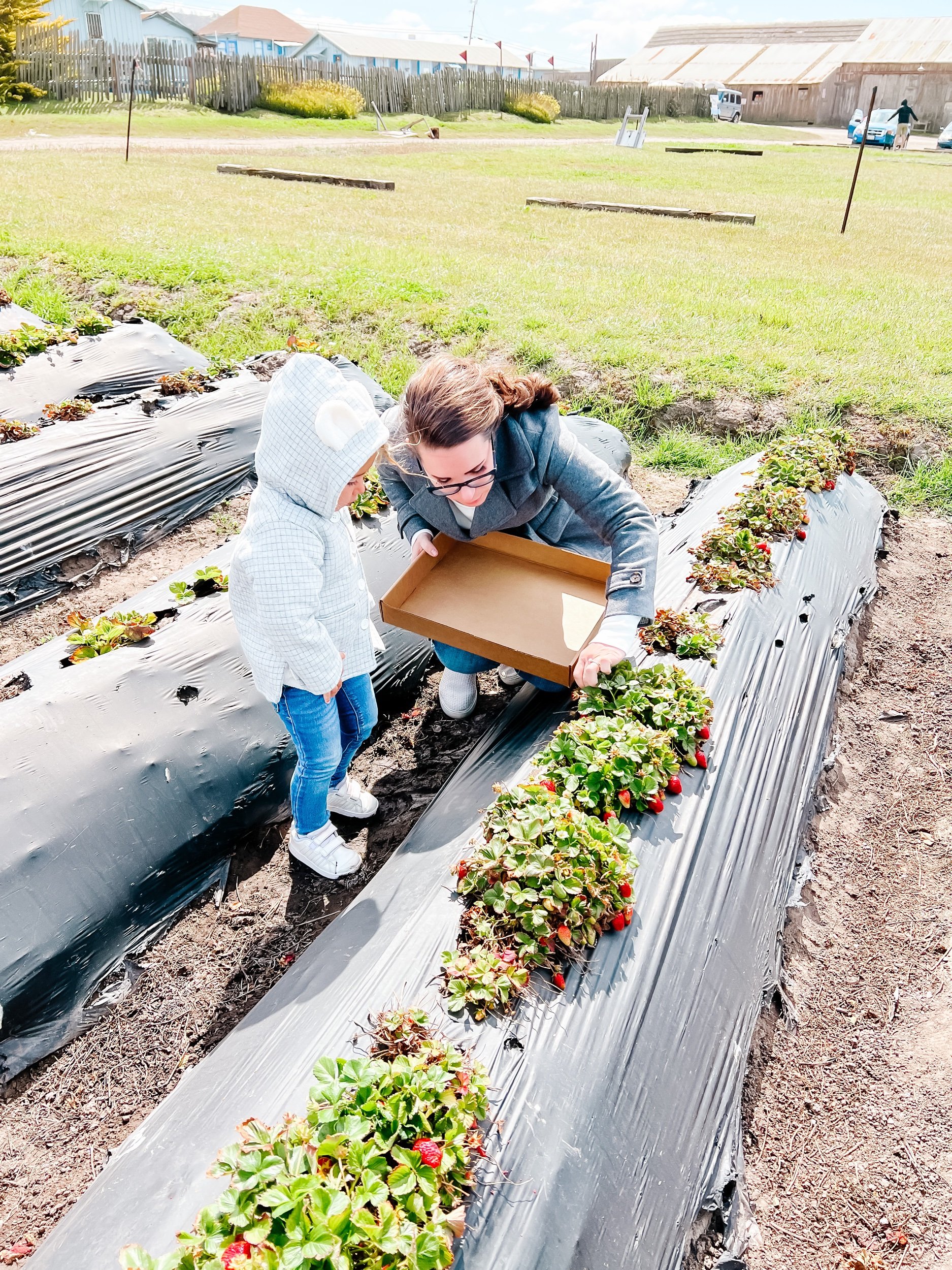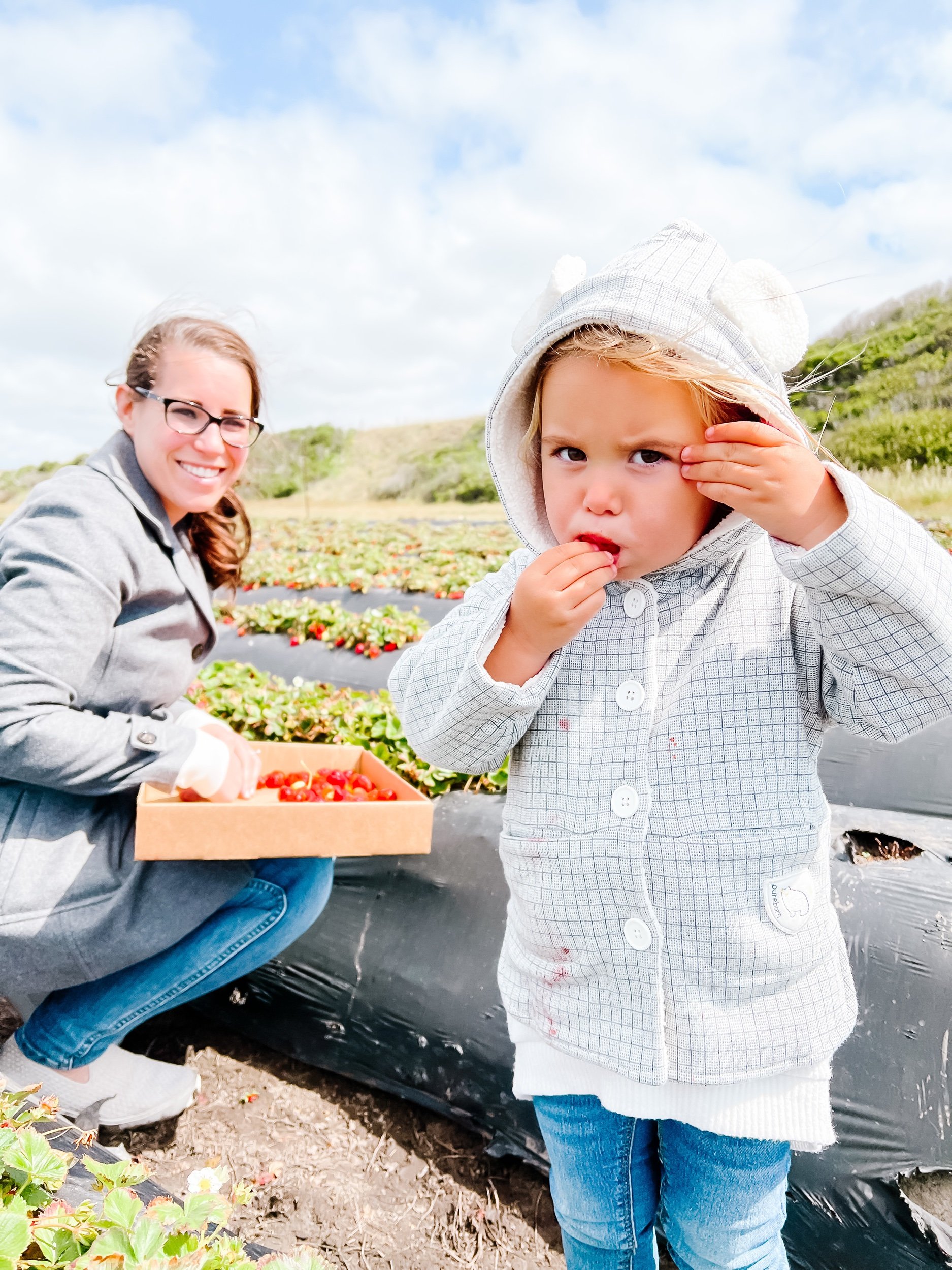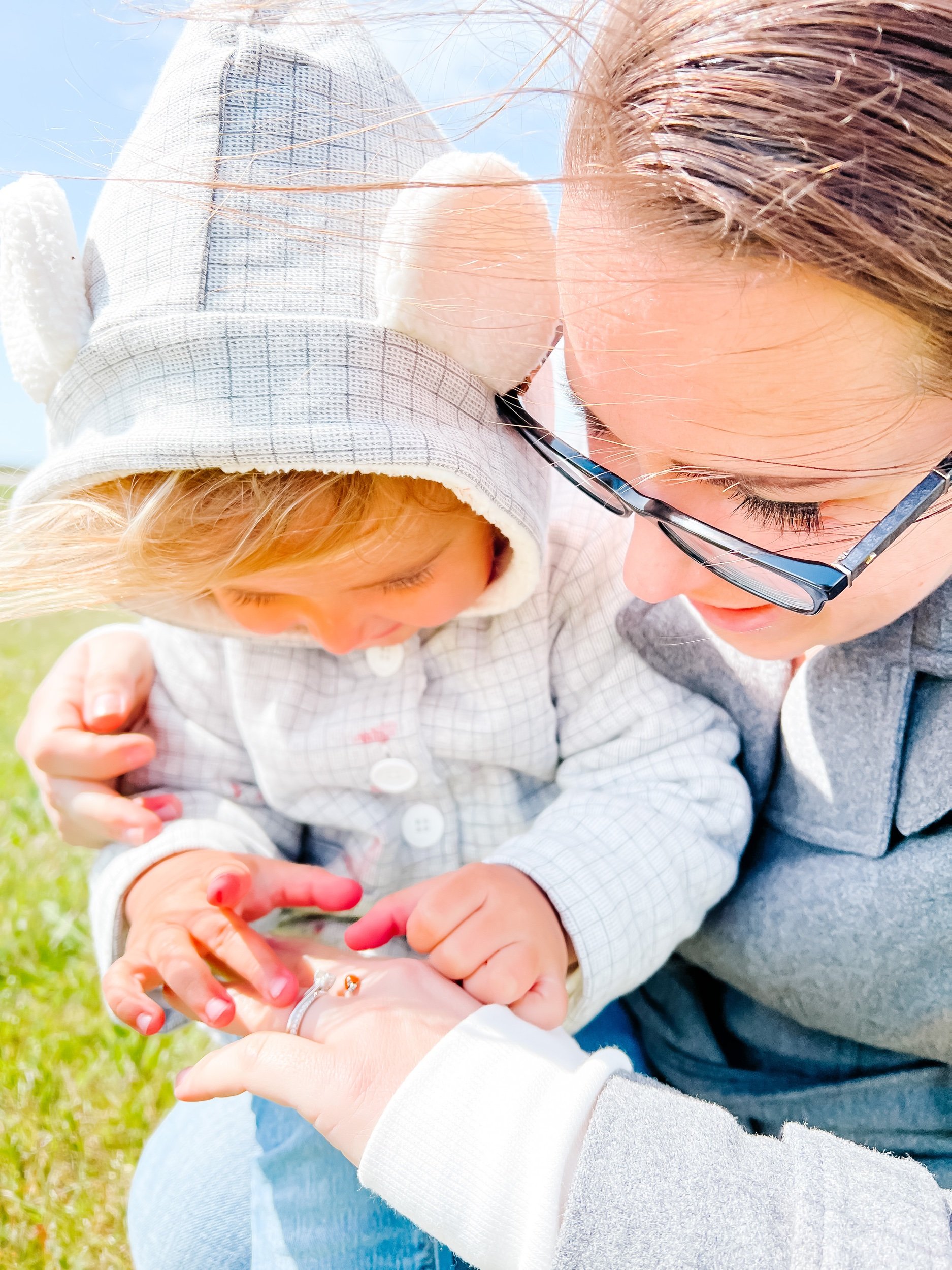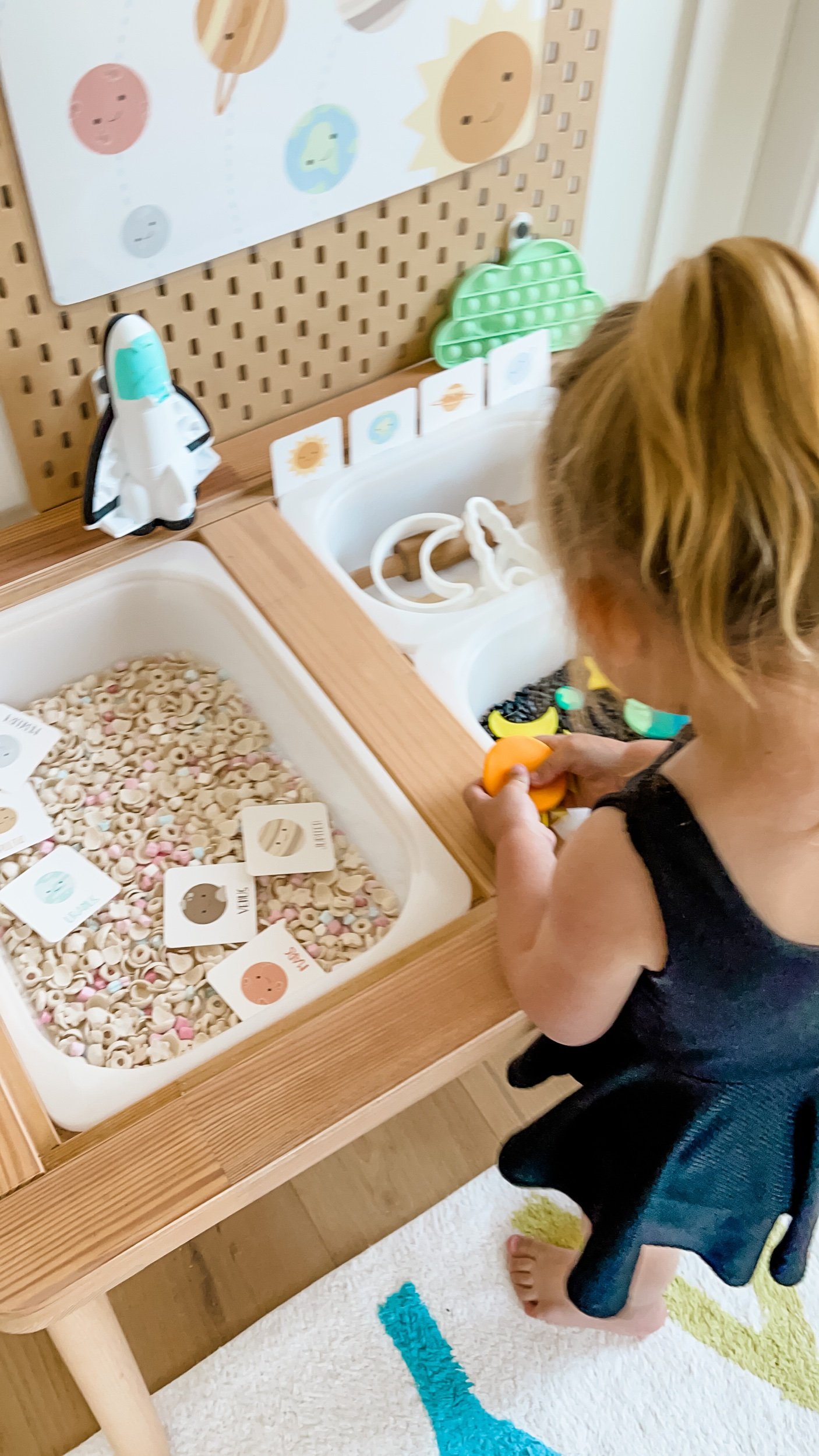This was such a fun activity that I thought I’d share! We made these four different sensory stress balloon balls out of typical everyday fillers. You have to first fill a container with a small spout with the filler — we used salt, flour, sushi rice, and oatmeal. I didn’t double layer the balloons, but I’d highly recommend that so that they last longer. Then blow up the empty balloon and while holding the air in, wrap the neck around the bottle spout. Turn the bottle upside down and let the filler fall in. The thicker the filler, the more you will have to coax it through the neck of the balloon. Then take the balloon off and tie it and voila! Sofie loves squeezing these and playing with them whenever she’s frustrated.
Calm and Soothe: The Magic of Sensory Bottles for Kids
As a mom of a toddler, I understand the daily challenges of helping kids navigate through overwhelming feelings. In my journey, I've found sensory bottles to be a game-changer. Not only do they provide a calming effect, but they also offer a myriad of developmental benefits for little ones. In this post, I'll share the wonders of sensory bottles, how they assist kids with sensory issues, and provide a step-by-step guide on creating your own sensory bottles at home.
Here’s what you’ll need to create them yourself.
Understanding the Magic of Sensory Bottles
Sensory bottles, also known as calm-down or discovery bottles, are transparent containers filled with materials that engage the senses. The mesmerizing effect of watching colorful items float and swirl inside the bottle can effectively capture a child's attention, bringing a sense of tranquility and focus. These magical bottles are particularly beneficial for children with sensory processing challenges as they provide a safe and controlled sensory experience, promoting self-regulation and emotional well-being.
Benefits of Sensory Bottles for Kids with Sensory Issues
1. Calming Effect: Sensory bottles serve as a visual sensory tool helping children to self-soothe and regulate overwhelming emotions. The gentle movement and intriguing colors can provide a sense of relaxation during anxious moments.
2. Sensory Exploration: By creating and exploring sensory bottles, children engage in tactile, visual, and auditory experiences that can aid in sensory integration, assisting them in processing sensory information more effectively.
3. Encourages Focus and Attention: The captivating nature of sensory bottles captivates children's attention, making them an excellent tool for promoting concentration and minimizing distractions, especially for kids with attention difficulties.
Incorporating Other Calming Techniques
In addition to sensory bottles, various calming techniques can be incorporated to create a supportive environment for kids with sensory sensitivities. These techniques include deep pressure activities, sensory-friendly play spaces, and breathing exercises that encourage relaxation and self-regulation.
Let's Make Your Own Sensory Bottles!
Materials Needed:
Clear plastic bottles with secure lids
Clear baby oil, glue or glycerin
Water
Food coloring
Glitter, sequins, beads, or small toys
Step-by-Step Instructions:
1. Begin by selecting a few plastic bottles with secure lids to prevent leaks and spills.
2. Fill the bottles halfway with warm water.
3. Add clear glue or glycerin to the water. They help slow down the movement of the items inside the bottle.
4. Drop a few drops of food coloring into the bottle. Choose colors that your child finds soothing.
5. Next, add glitter, sequins, beads, or small toys to the bottle. These items will create an exciting visual effect when the bottle is shaken. I used teething beads, colorful legos, and resin sprinkles.
6. Once all the components are in the bottle, seal the lid tightly and secure it with hot glue if necessary.
Enjoy the Calming Magic
Shake and tilt the sensory bottle gently and observe the mesmerizing dance of colors and objects within. If your child is feeling overwhelmed, encourage them to focus on the bottle's movements, taking deep breaths as they watch the sensory magic unfold.
In conclusion, the benefits of sensory bottles for children, especially those with sensory issues, are vast. They not only provide a calming effect but also offer opportunities for sensory exploration and focus enhancement. By incorporating sensory bottles and other calming techniques into your child's routine, you can create a supportive environment that nurtures their emotional well-being and sensory development.
Remember, every child is unique, so have fun experimenting with different materials and colors to create sensory bottles that resonate with your little one's individual preferences and needs. Enjoy the journey of creating these enchanting tools and witnessing the calming magic they bring to your child's world.
Wishing you and your little ones moments of peace and tranquility,
xoxo,
Kylie
3 Steps to a Relaxing Calming Corner
I’m super excited to finally have finished Sofia’s calming corner. It’s been months in the making, but I could never get around to pulling all of the pieces together. So I though I’d just take a minute to share the final setup!
Step 1: Make Emotions Posters
If you don’t want to draw then yourself, there are tons available online or you can download these ones directly from my shop. I find it helpful to have both the Emotions Wheel, and the Calming Tools which gives Sofie a way to identify her emotions and also techniques for calming down.
Step 2: ADD SENSORY SUPPLIES
Creating a Calming Tools kit is super simple! I made a few things from scratch because it get us an extra activity to do, but you can also easily purchase a few key items that will give your passionate toddler something to focus on while they’re frustrated or upset. For Sofie, we’re working really hard on how to deal with frustration and that it’s okay to be upset, but it’s not okay to hit or spit.
Calming basket supplies:
Feathers
Books
Drawing supplies
Step 3: Make it personal
One of my favorite parts of creating this calming space for Sofie was giving her time to practice drawing and coloring and associating colors with emotions. I think it really helped her grasp the concept well. For this activity, I grabbed some art supplies and our Scribble Art book to make some fun and unique art for her calming corner based on colors and emotions.
Supplies:
Drawing Note Pad - I prefer the ones that are spiral bound so that it keeps all of her artwork neat and together.
Color Spots by Diane Alber - You don’t have to have the book, but I found that Sofie really gravitated toward the pictures to help her learn and associate the feelings. The book includes these awesome stickers to make faces on your scribbles, but you can also buy them separately here. I bought the extra pack of stickers since we do this so often.
Color Crayons - After trying many different versions of coloring supplies (even Crayola Color Wonder Markers), I found that these Acrylic Paint sets and these Reusable Crayon Pens were the best. We use our art supplies practically every day.
A calming corner is not only a great idea for kids, but it can also help you and your partner role model good self-calming techniques. We all know big emotions are just as stressful on the parents as it is on the kids and our emotions and come out in big ways. If you’re struggling with yours and your partners emotions — check out this awesome article with great tips on how to stop fighting with your spouse over parenting.
Doctors office dramatic play kit
Sofia loves pretend play so I knew this doctors office dramatic play setup would be a huge hit. This time I laminated all of the materials so that they would last longer and I’m glad I did because Sofia loved pretending to be a doctor. Dramatic play is so great for expanding toddler’s minds and exposing them to new words, phrases, and objects. Here’s a little more about what’s included in this kit:
Transform Your Play Space with a Doctor-Themed Dramatic Play Setup
Creating a doctor-themed dramatic play setup can be an engaging and educational experience for children. Using our printable doctor dramatic play materials, you can set up an immersive and fun play area that encourages learning and creativity. Here’s how you can create three exciting bins to enhance the experience:
Bin 3: Doctor Supplies
Here’s everything you need to setup your doctor supplies bin! This one is great for dramatic play — pretend to be the doctor and patient with the printable intake form. Use the cotton swabs and tongue depressors to treat minor illnesses!
Cotton balls
Swabs
Tongue depressors
Bandaids
Instructions:
Collect Supplies: Gather all the doctor supplies and organize them in a bin.
Set Up Stations: Create different stations for each type of supply, encouraging kids to use them in their pretend play.
Role Play: Children can use cotton balls for cleaning wounds, swabs for checking ears and throats, tongue depressors for oral exams, and bandaids for treating pretend injuries.
Bin 2: Blood and Guts
Here’s everything you’ll need to create a blood and guts sensory plan bin. This one is perfect for little ones who like to get their hands dirty! Especially perfect because it’s taste safe — and dare I say yummy!
Egg noodles
Red food coloring
Instructions:
Cook the Noodles: Boil the egg noodles according to the package instructions until they are fully cooked.
Add Color: Drain the noodles and mix in red food coloring until the noodles are evenly coated.
Set Up the Bin: Place the red-colored noodles in a sensory bin.
Pretend Surgery: Kids can use the noodles to simulate blood and guts, practicing their surgical skills in a fun and safe environment.
Bin 3: Frozen Organs
Here’s everything you need to make this frozen organs sensory activity bin.
Human organ silicone molds
Jello mix
Human body tray
Ice
Instructions:
Prepare the Jello: Follow the instructions on the Jello mix to prepare the solution.
Pour into Molds: Pour the Jello into the human organ silicone molds and let it set in the refrigerator.
Create the Frozen Body Tray: Once the Jello organs are set, place them in a human body tray filled with ice.
Freeze: Place the entire tray in the freezer until the organs and ice are completely frozen.
Play Time: Let kids explore the frozen organs, encouraging them to identify and "operate" on the different body parts.
25 Doctor Themed Vocabulary Words for Preschoolers
Expand your child's vocabulary with these doctor-themed words:
1. Stethoscope
2. Thermometer
3. Syringe
4. Patient
5. Bandage
6. Prescription
7. Diagnosis
8. Heartbeat
9. Checkup
10. Nurse
11. Medicine
12. Hospital
13. Exam
14. Treatment
15. Cure
16. Infection
17. Virus
18. Vaccine
19. Pulse
20. X-ray
21. Surgeon
22. Emergency
23. Cast
24. Chart
25. Clinic
Creating a doctor-themed dramatic play setup with these bins is a fantastic way to combine fun and learning. Don’t forget to download our printable doctor dramatic play materials to complete your setup. Visit the link in our bio to get started!
Benefits of Doctor Themed Sensory Play
Engaging in sensory play, especially with themed setups like our doctor dramatic play, provides numerous benefits for children:
Fine Motor Skills: Handling small items like cotton balls and swabs helps improve dexterity and hand-eye coordination.
Imaginative Play: Pretend play scenarios foster creativity and imagination, allowing children to explore different roles and scenarios.
Language Development: Using themed vocabulary during play helps expand a child’s language skills and comprehension.
Social Skills: Playing in a group setting encourages teamwork, communication, and sharing.
Cognitive Growth: Sensory play stimulates brain development by engaging multiple senses at once.
First off, these Body Parts Flashcards and Human Organs Flashcards were a great introduction to everything inside and outside of the body. These are super basic human anatomy, but Sofia loved pointing them out on her own body. And internal organs are challenging because she can’t see them, but we used phrases like “this is a stomach, like when your tummy is saying it’s hungry” and that really helped her imagine where they were.

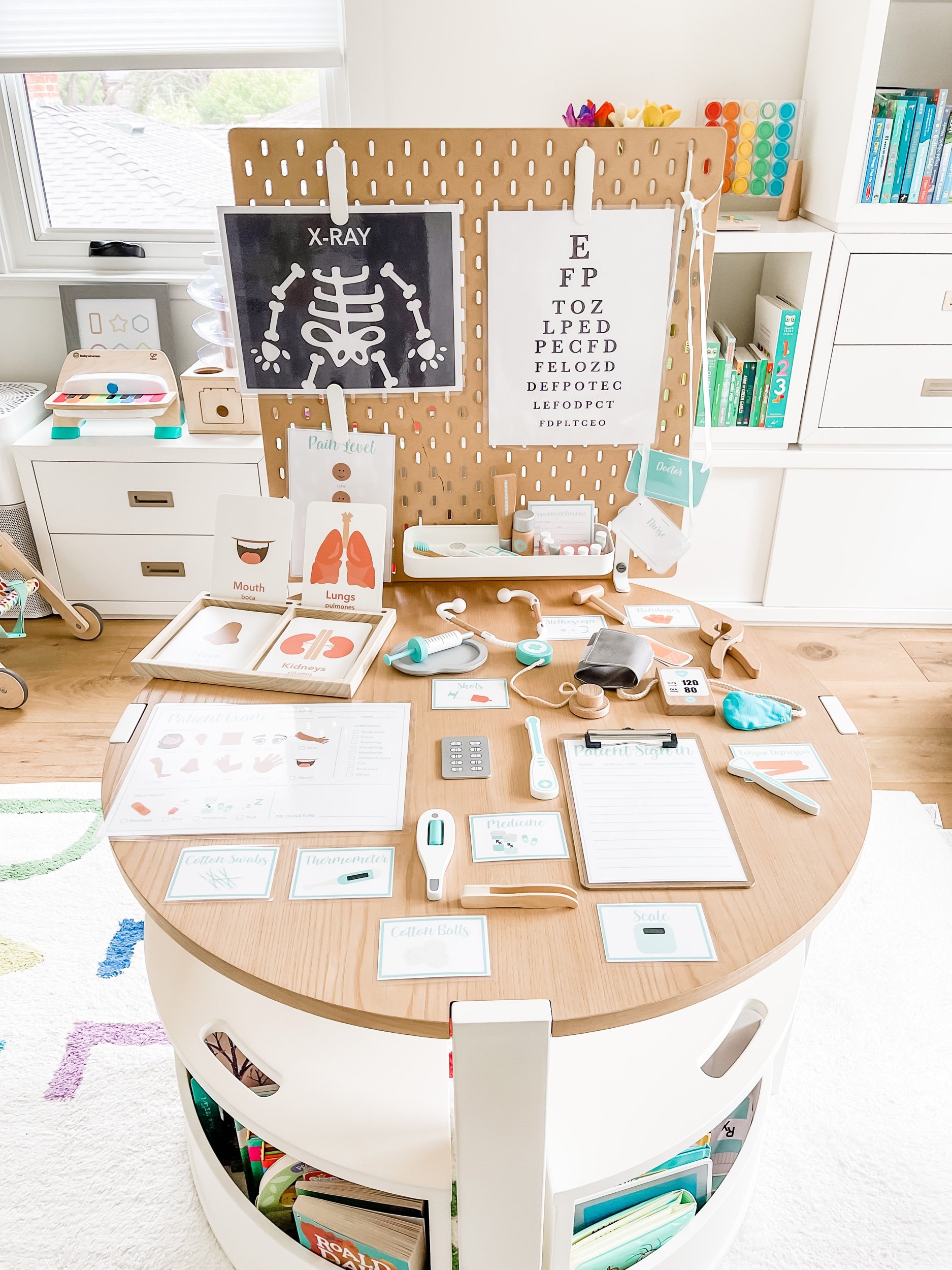

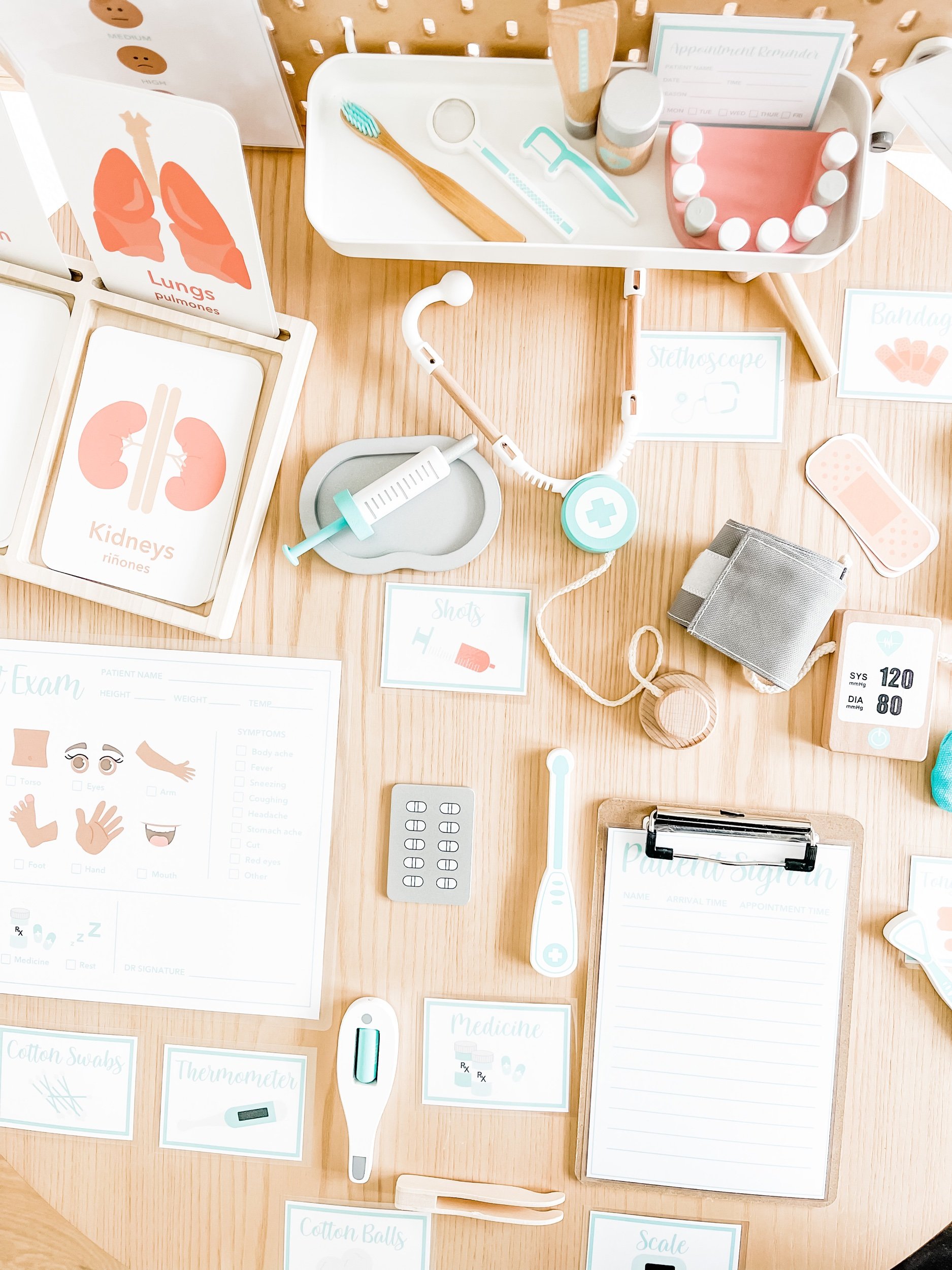


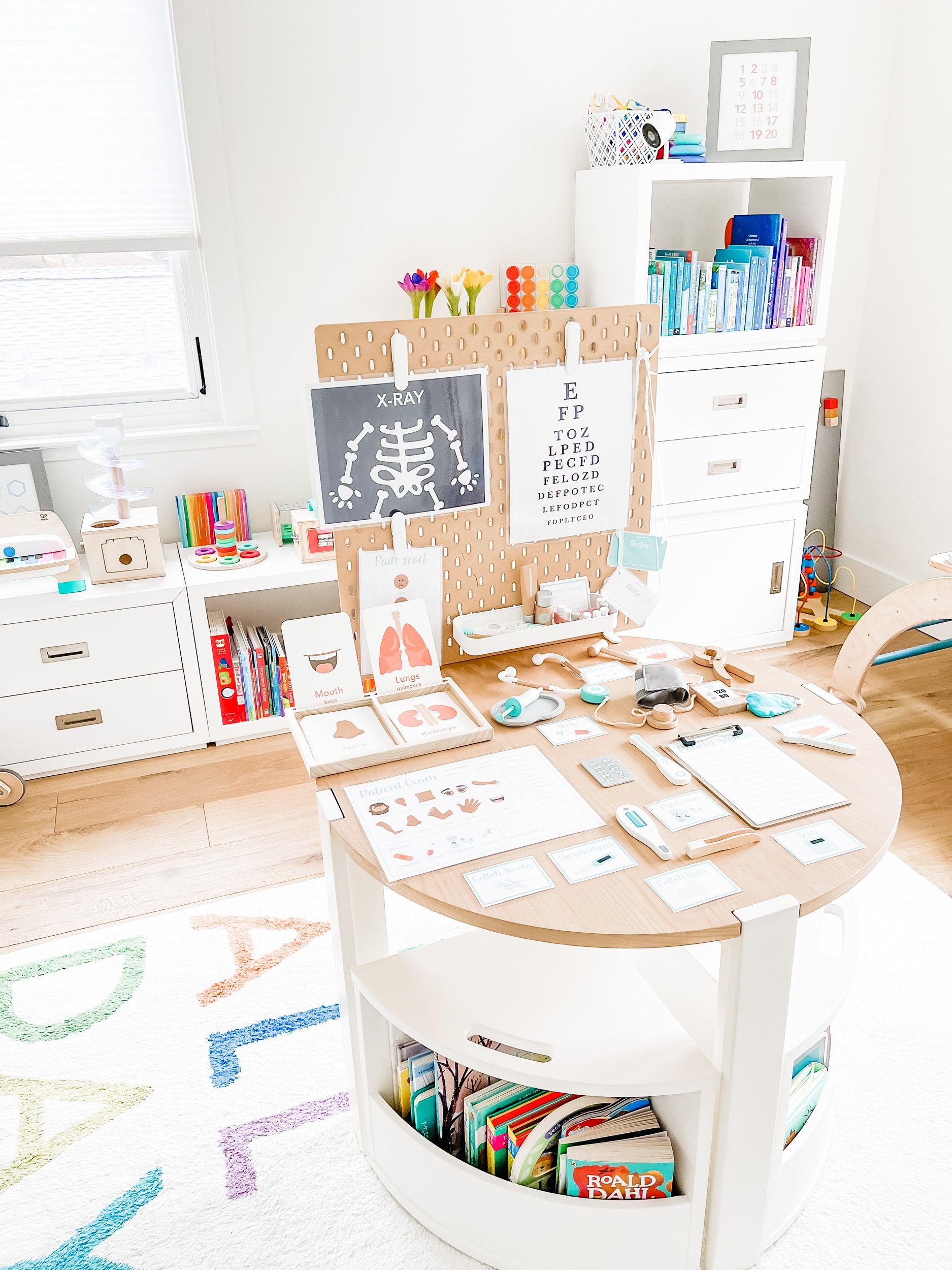
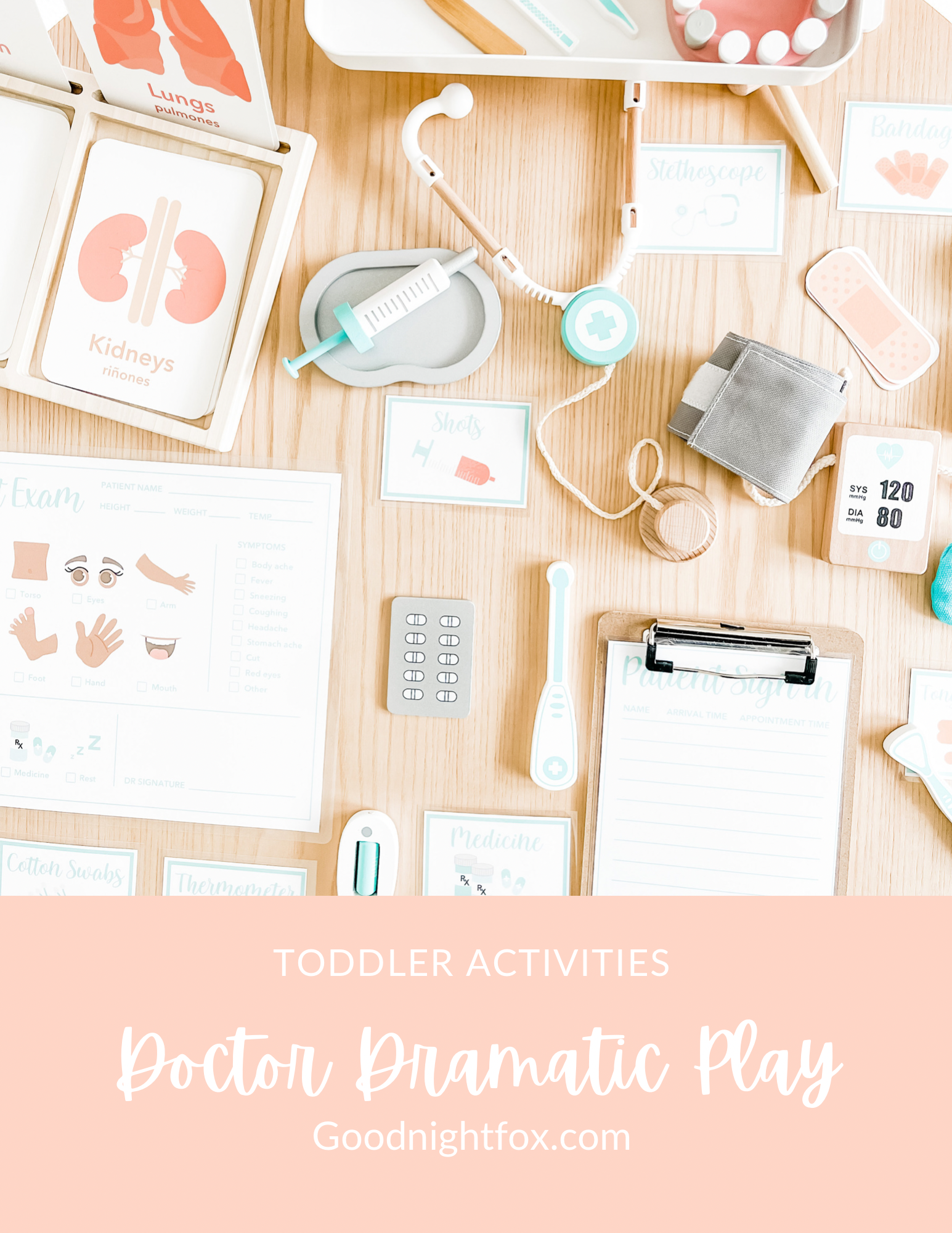
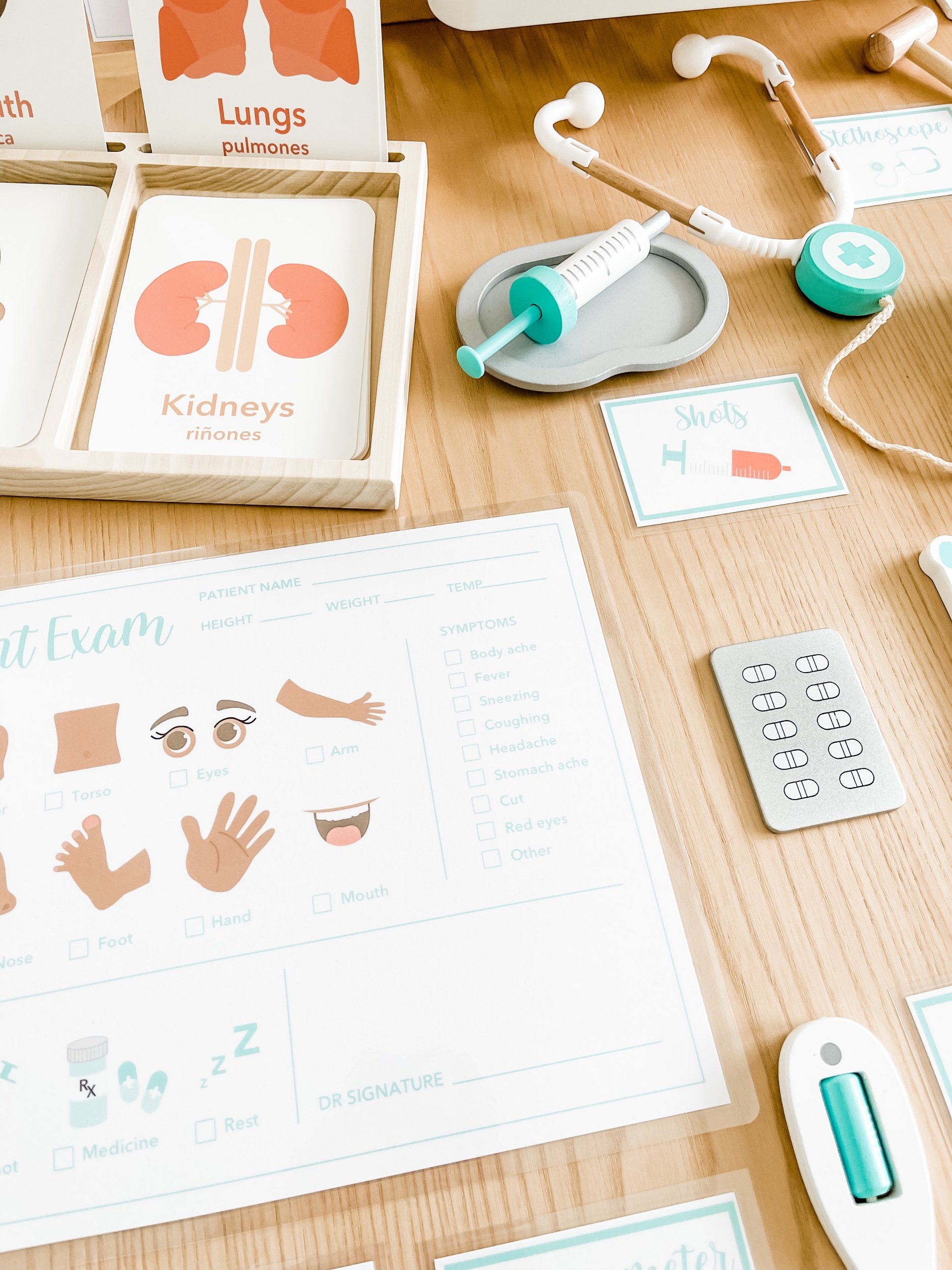
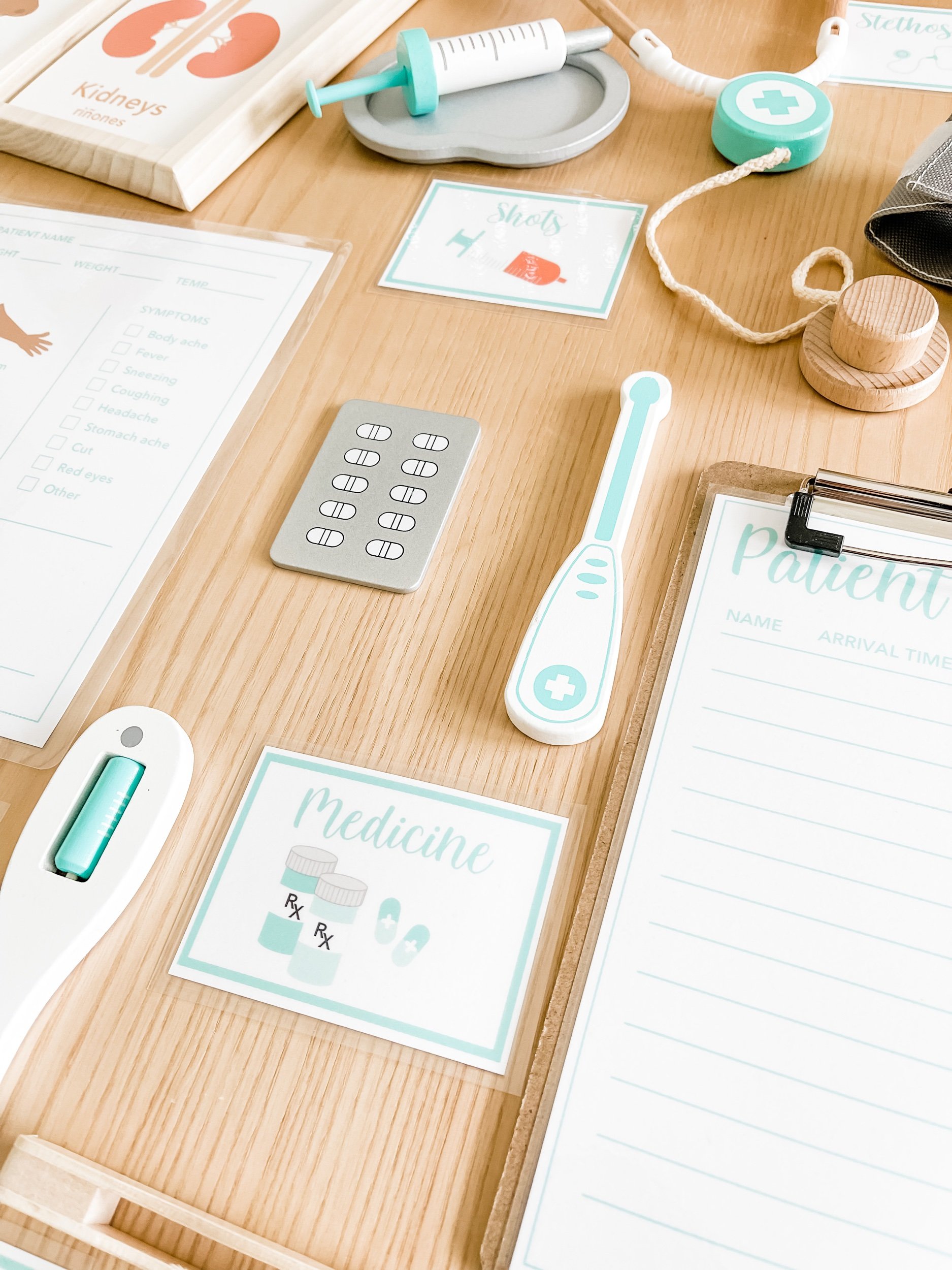
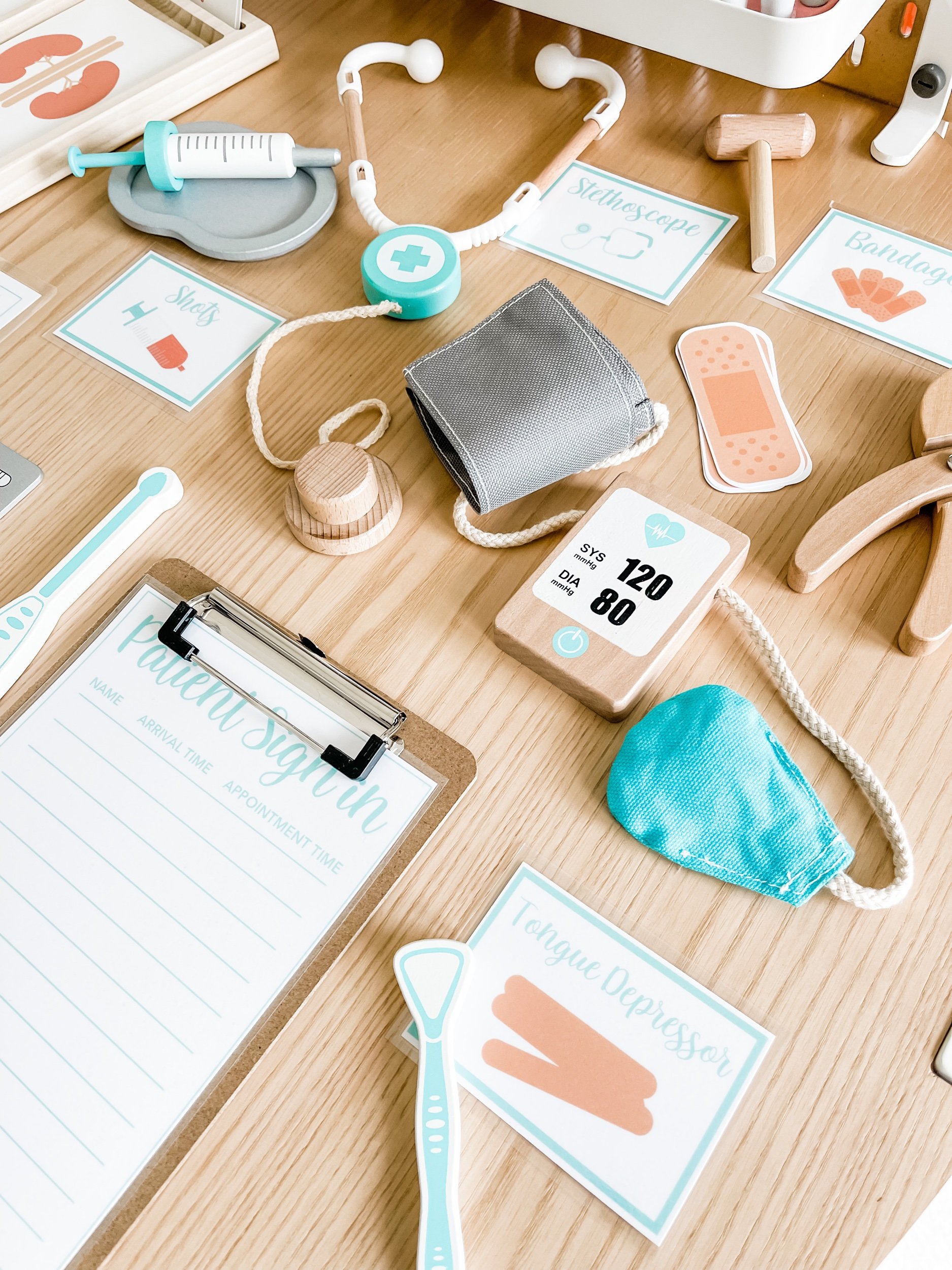
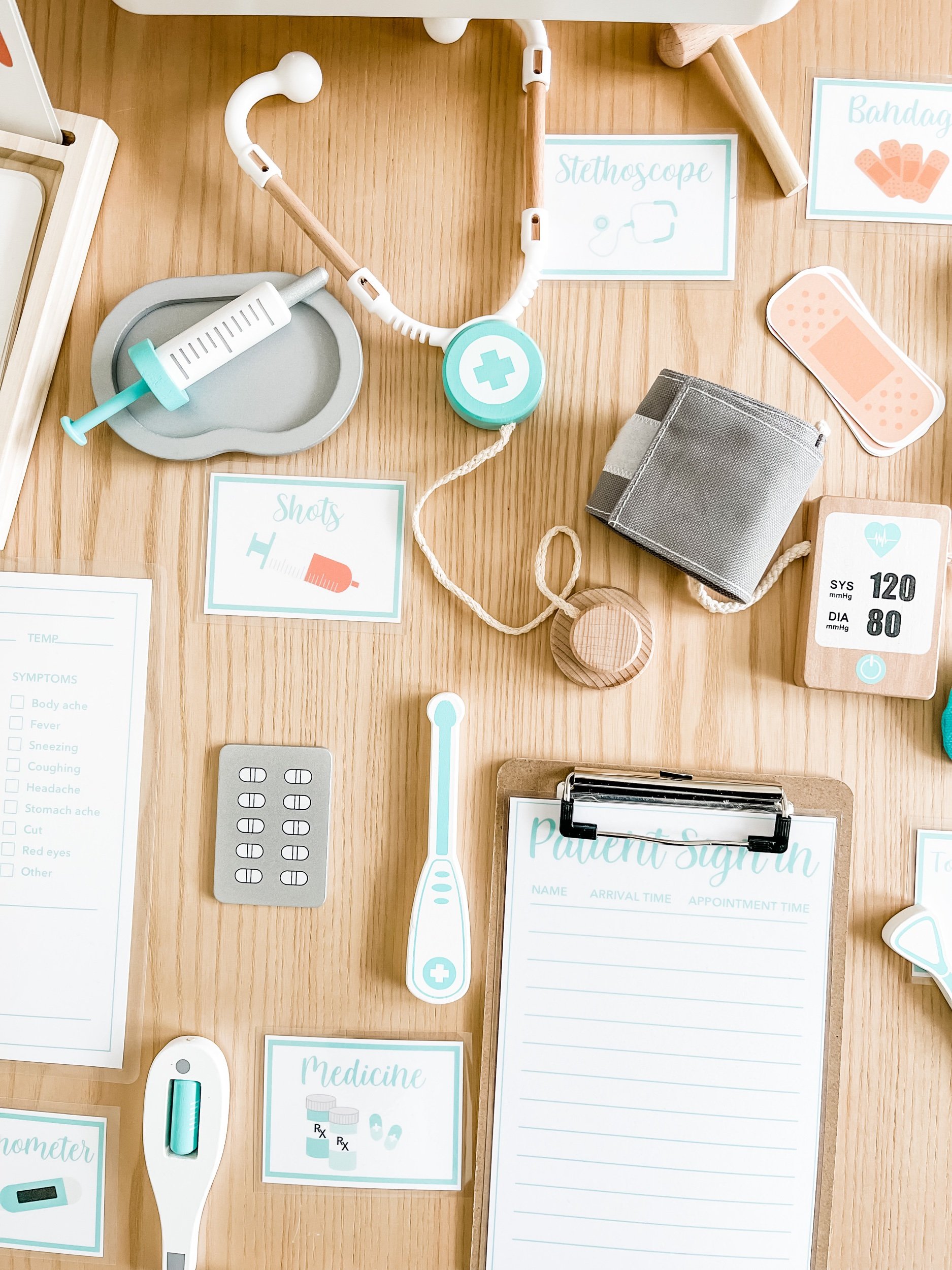
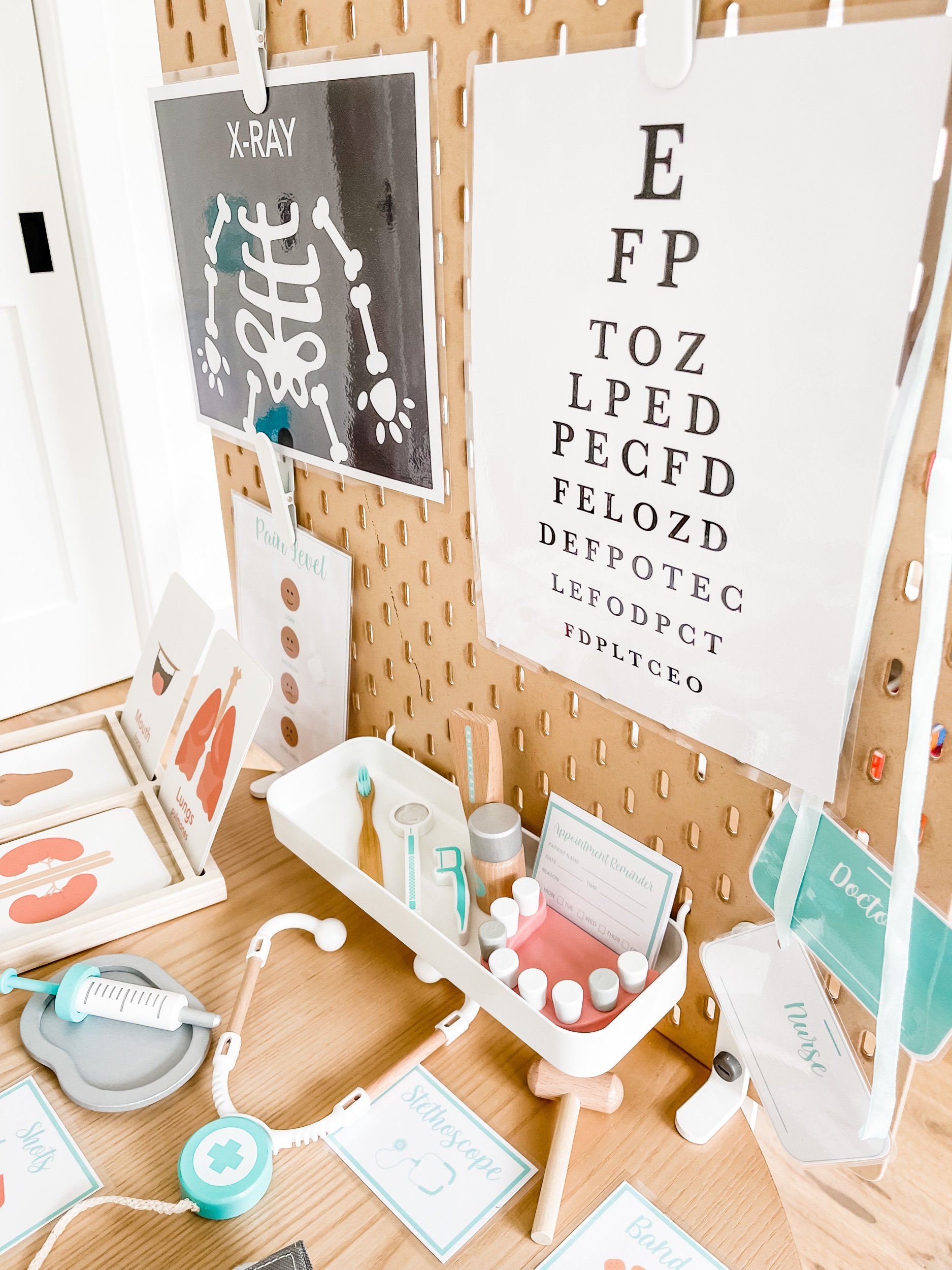


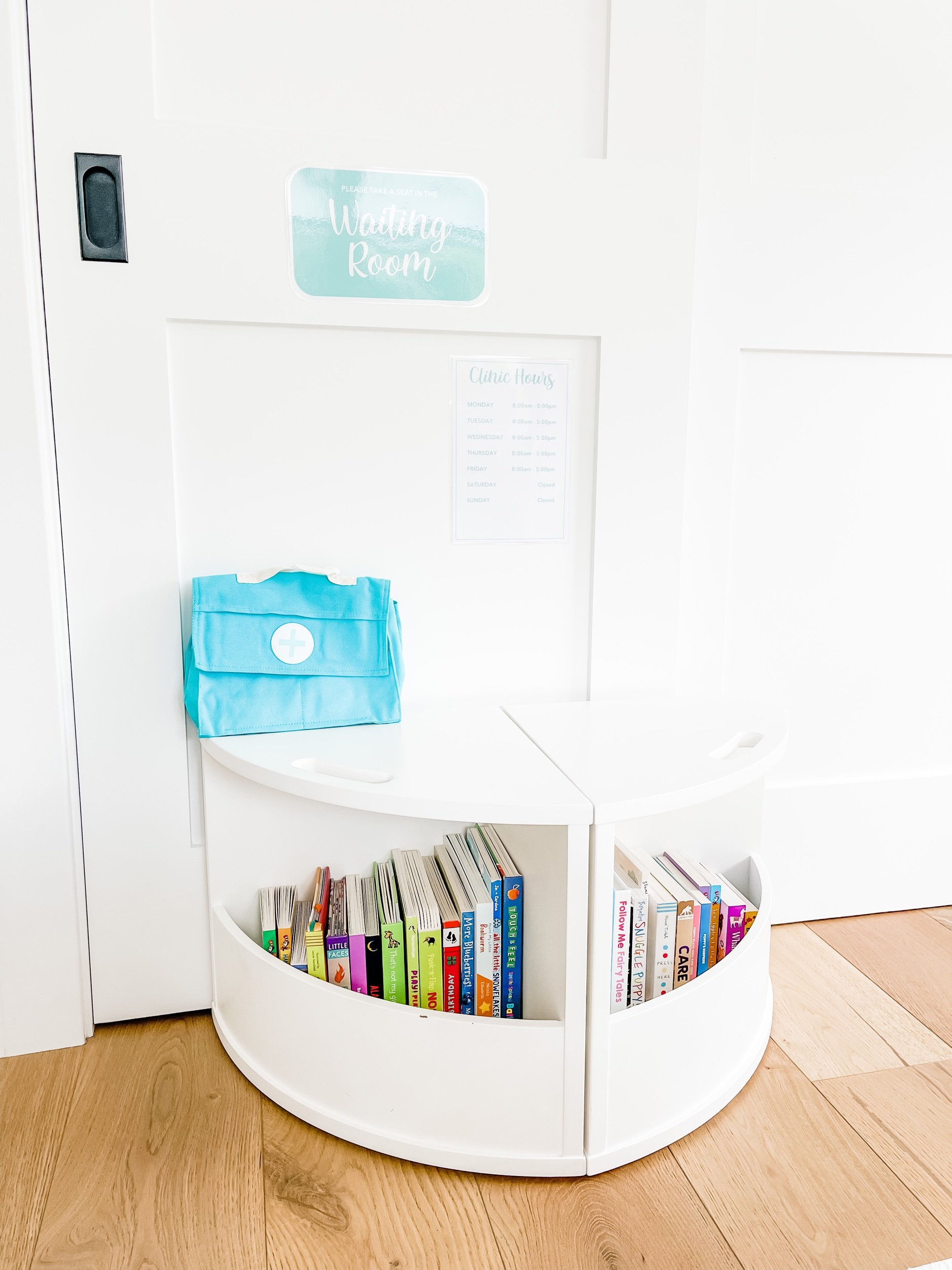
The dramatic play all starts with the waiting room. Sofie put on the nurse badge and nurse hat and asked us to wait in the waiting room while she prepped the doctors office. She loved tidying up and getting everything ready. Then when we came in, she started by asking about my pain level using her pain level chart. This was a great way for us to discuss when it’s okay to be really upset vs when a boo boo is no big deal.
After assessing my pain level, Sofie proceeded with the patient exam. She started by getting my name and birthdate and all of the details and then filled out the form. She asked me where it hurt and today I told her my eyes were itchy and throat itchy from allergies. So she marked that down on her form and got to practice identifying her body parts.
After asking her up front exam questions, Sofie proceeded to checking all of my vital signs. She started with the blood pressure monitor which she loved wrapping around my arm. Then she moved on to her stethoscope (which she’s always afraid of at the doctor) and she used it to listen to my lungs.
Then she moved on to her diagnosis and of course wanted to use everything in her doctors toolkit to remedy my allergies. She started by giving me a shot in my arm (which she also hates at the doctor) so it was nice for her to get to be the one to administer the shot. Then she gave me a bandaid to cover up my shot, just like they do at the doctors.
After that she decided I should probably take some medicine to make me feel better and she gave me the little tray of pills and the pill bottle. Then she remembered she forgot to take my temperature so she used her thermometer to do that. She loves the real thermometer we have at home so it was great to see her interacting with the fake one.
National Pick Strawberries Day
Happy National Pick Strawberries Day! We’re so lucky in that we live right next to Watsonville which is the strawberry capital of the US. And for Mother’s Day this year we took Sofie strawberry picking as a family. It was so much fun to watch her snag all of the strawberries and eat them as we went. The whole trip inspired me to design this adorable Strawberry Picking Dramatic play kit. How cute are these sensory set ups by @allthibgslambandroo and @pockets.of.sweetness!?
SMALL SHOP RAINBOW BABY BASKETS
This spring five of my friends were having babies so I had to pull together the cutest little gift baskets to share all of my favorite small shops. And of course I wanted to make them all themed to bring them together. And luckily, because I was doing all five at once, I was able to make it more cost-effective. Check out all of the amazing shops below for the cutest baby gifts.
Copper Pearl Knotted Gowns — These are so adorable and we absolutely loved Copper Pearl bibs when Sofie was a baby. And now that they have gowns and onesies, I had to snag them in these adorable rainbow colors.
Tubby Toddy— When Sofie was a baby she had such terrible dry itchy skin. We tried everything to clear it up and eventually found the All Over Ointment from Tubby Todd and within two days her skin was perfect. Highly recommend trying it out if you haven’t already! Get 10% off your order!
Slumberkins — Sofie loves her Honey Bear and she sleeps with them every night. So when I saw that Slumberkins had the five packs of friend, I thought it would be the perfect way to get my friends hooked on Slumberkins too. If you haven’t already seen these gift sets for the minis, you should definitely check them out. Sofie loves the books and the stories that go with each friend.
Little Cozy Fox — I teamed up with Little Cozy Fox to create the fabric for these custom baby blocks and they do not disappoint! I love them so much they’re just so adorable. And perfect for those little teethers.
Ryan & Rose — When Sofie was a newborn these little CutiePat pacifiers were amazing. The clips kept them attached so that she could retrieve them herself and helped her self-sooth. And I don’t know, maybe we just got lucky, but she never got addicted or attached to them! Get $5 off your first purchase with this link: Get $5 Off
Memory Game Cards — Of course I had to throw in some GoodnightFox goodies and I picked a memory game card set to match each color basket.
Woven Baskets - Okay, these ones aren’t from a small shop, but they were the cutest little way to bundle everything together.
Outer space sensory play
This outer space sensory play setup was so perfect for our weekend play time. I used Galaxy Cereal from whole foods which was basically cheerios plus moons and star marshmallows to make a taste safe snack bin — Sofie loves having snacks when she wakes up from her nap! Paired with some basic black beans and some fun play doh planets, moons, stars, etc. Plus we had this awesome space themed play doh kit that I found at target and it was so great use it for little molds. Also, I just absolutely love these simple white cookie cutters from Holly Fox on Etsy!
Also pictured here is our favorite Ikea Flisat Table and Skadis Peg Board set up!

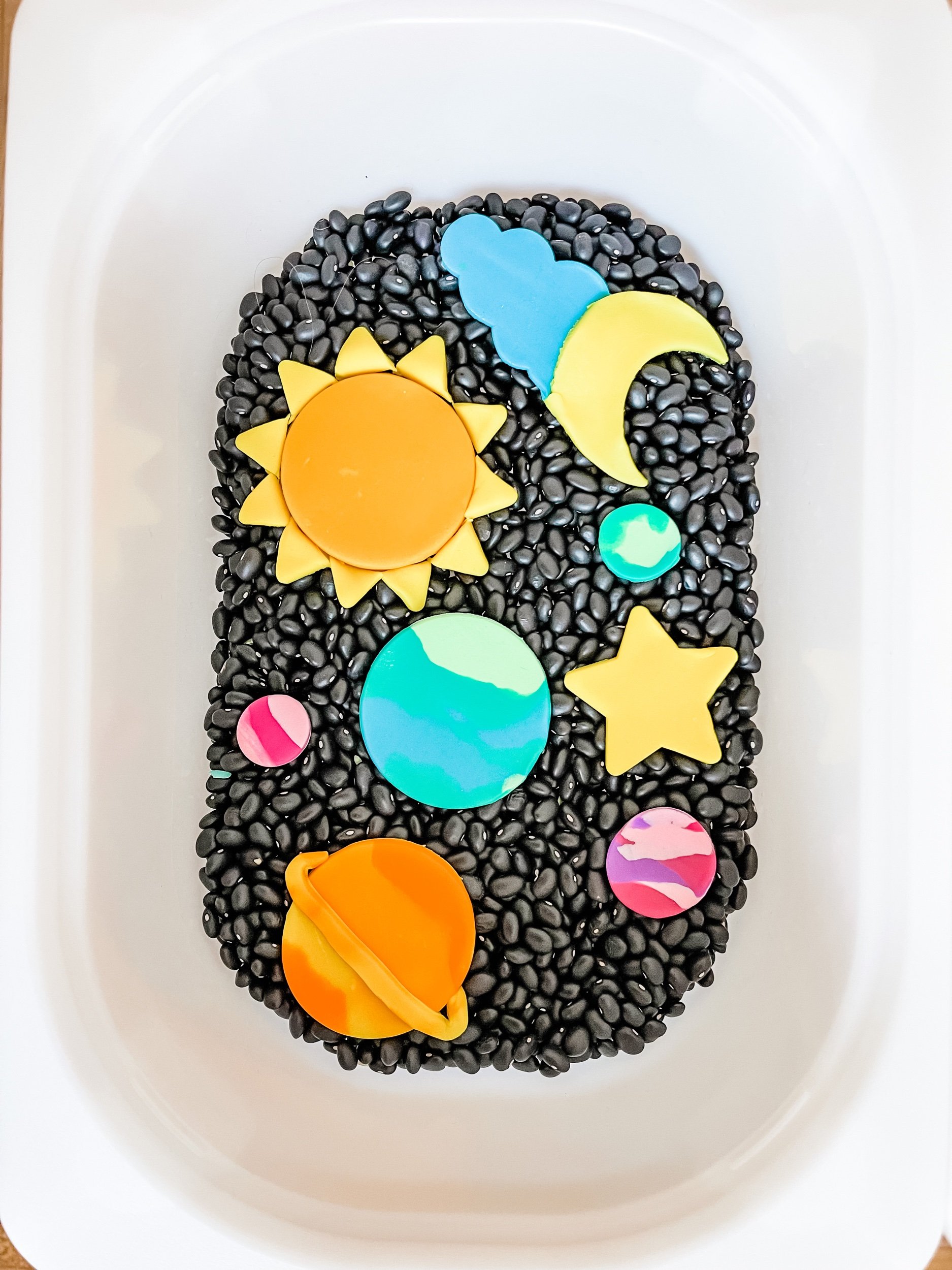





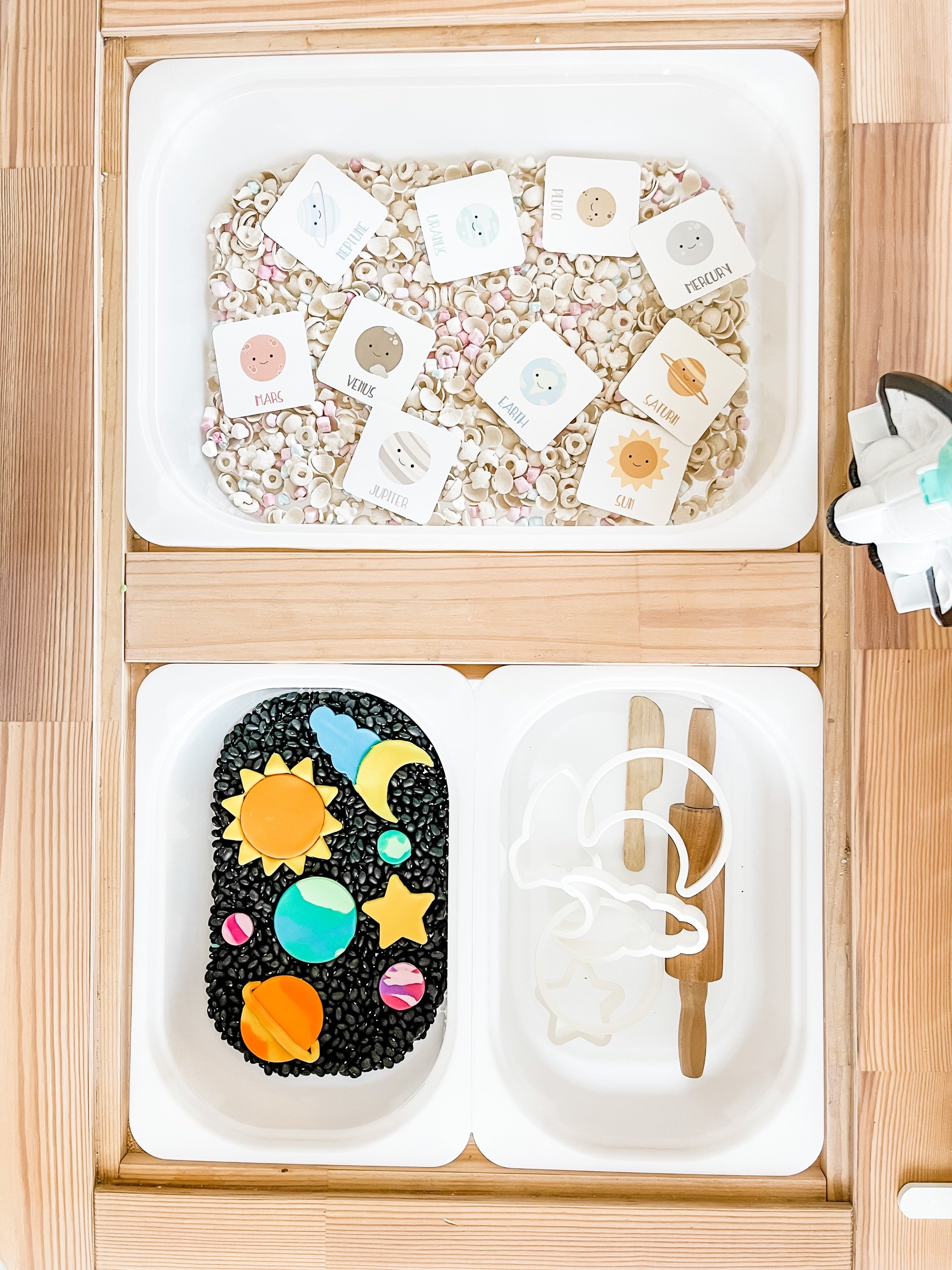
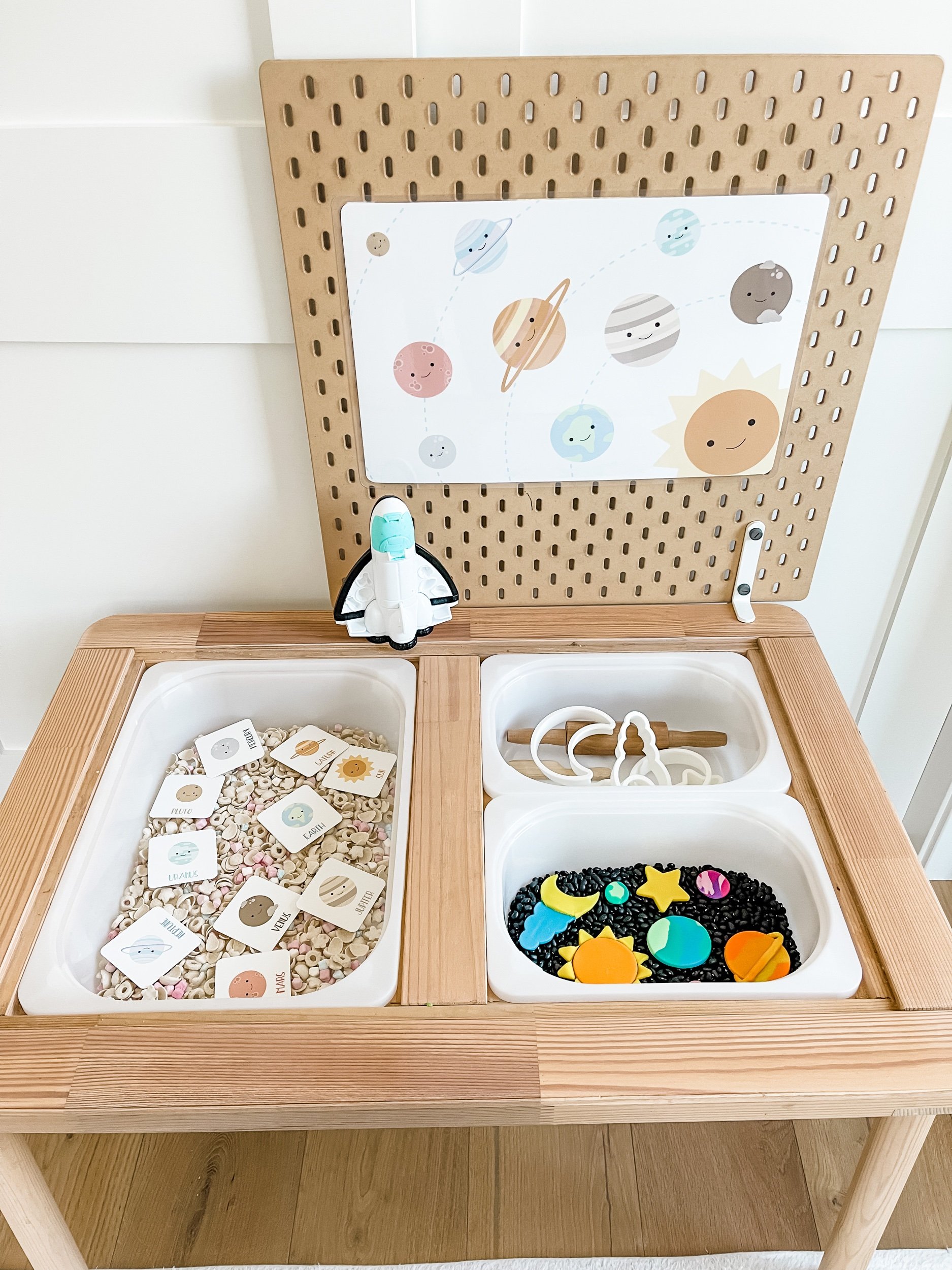
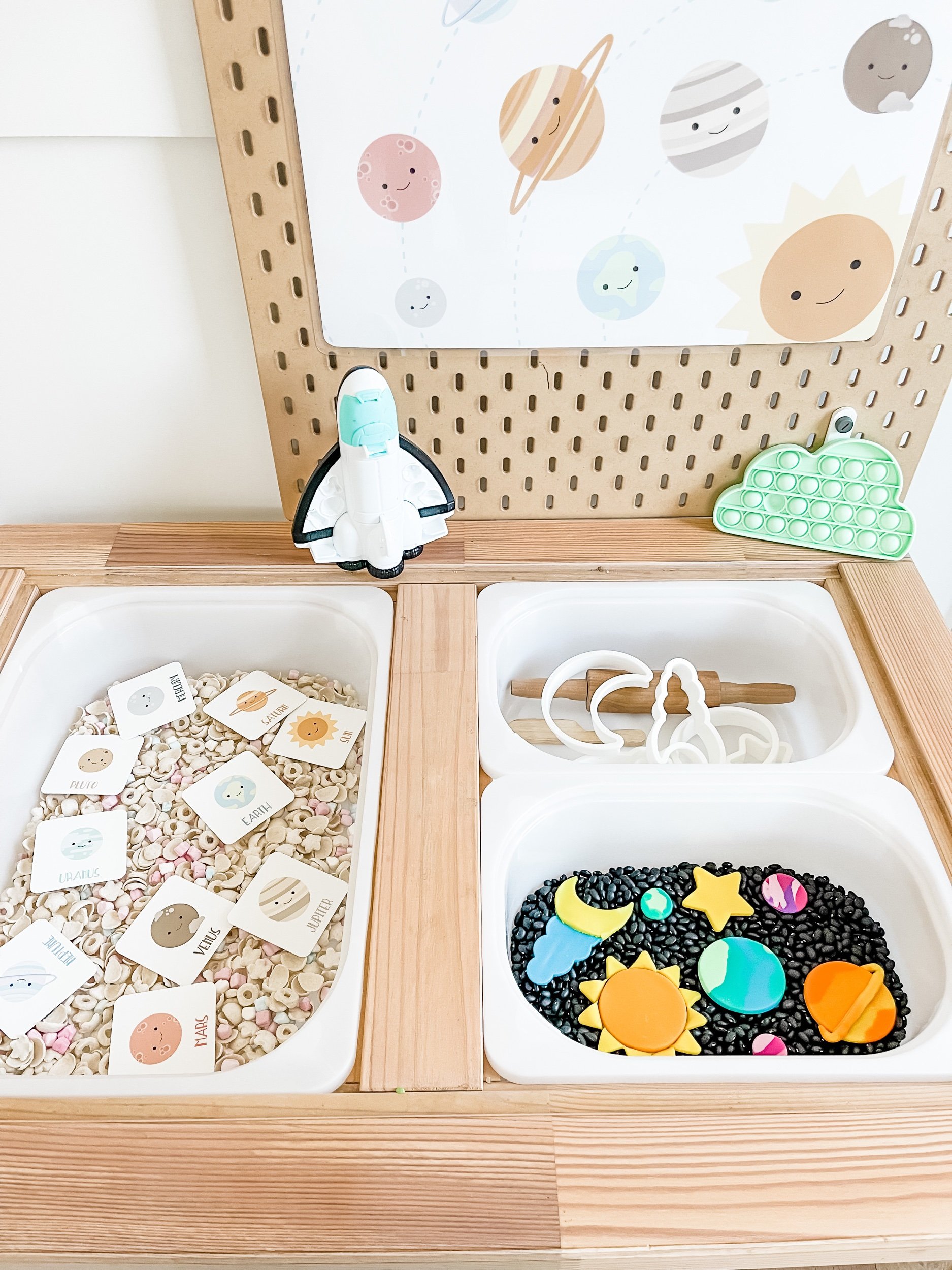
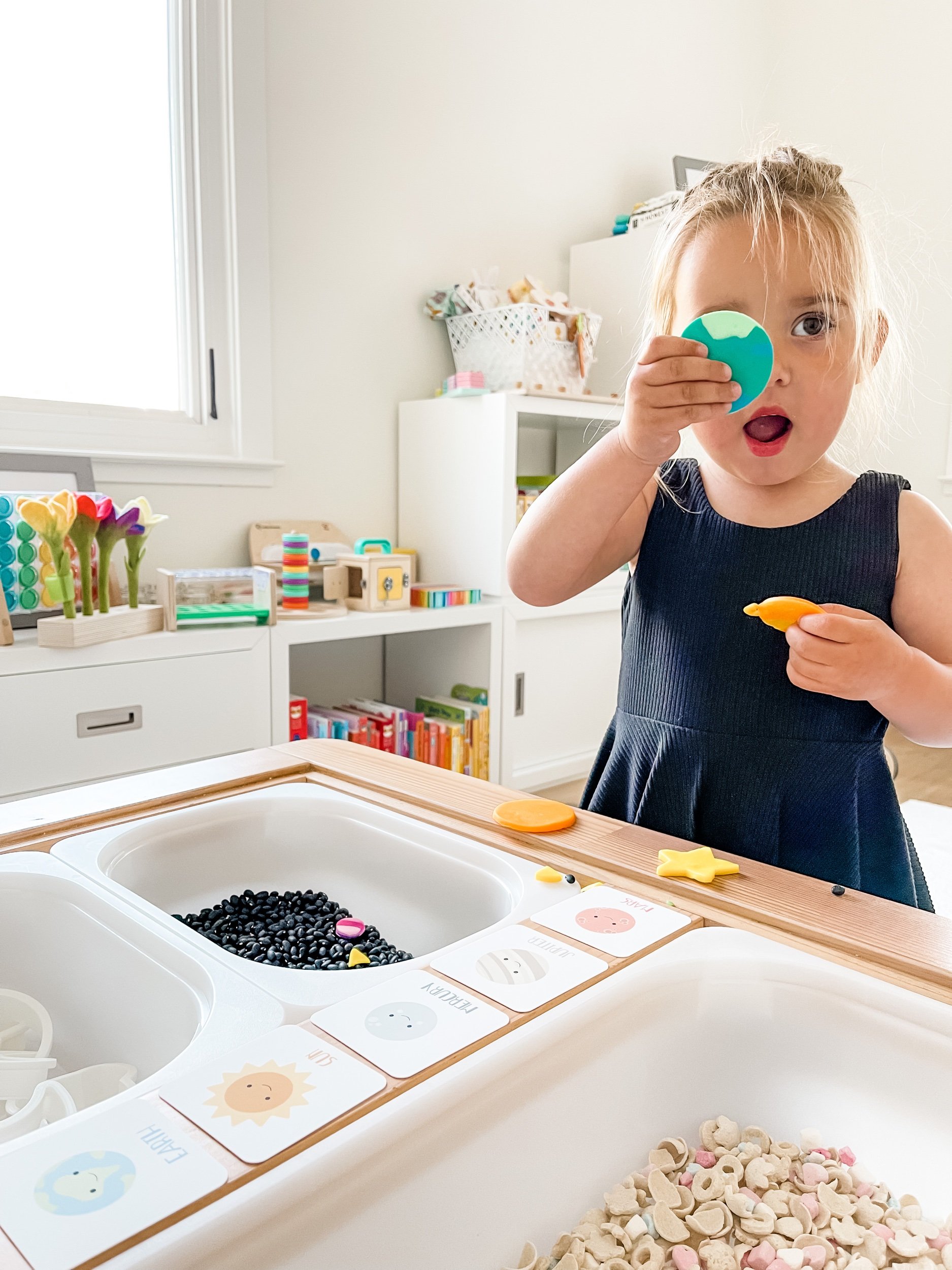
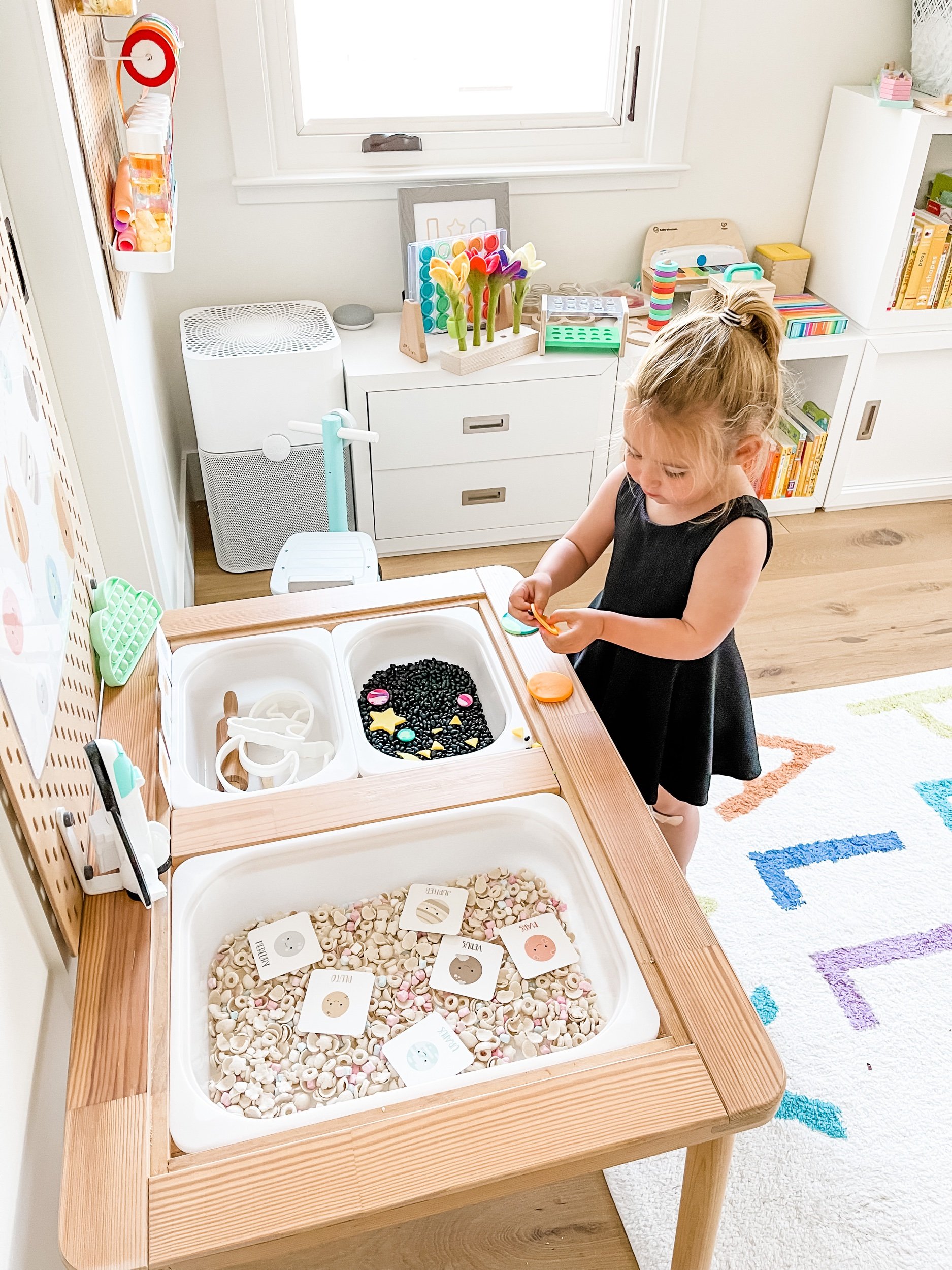

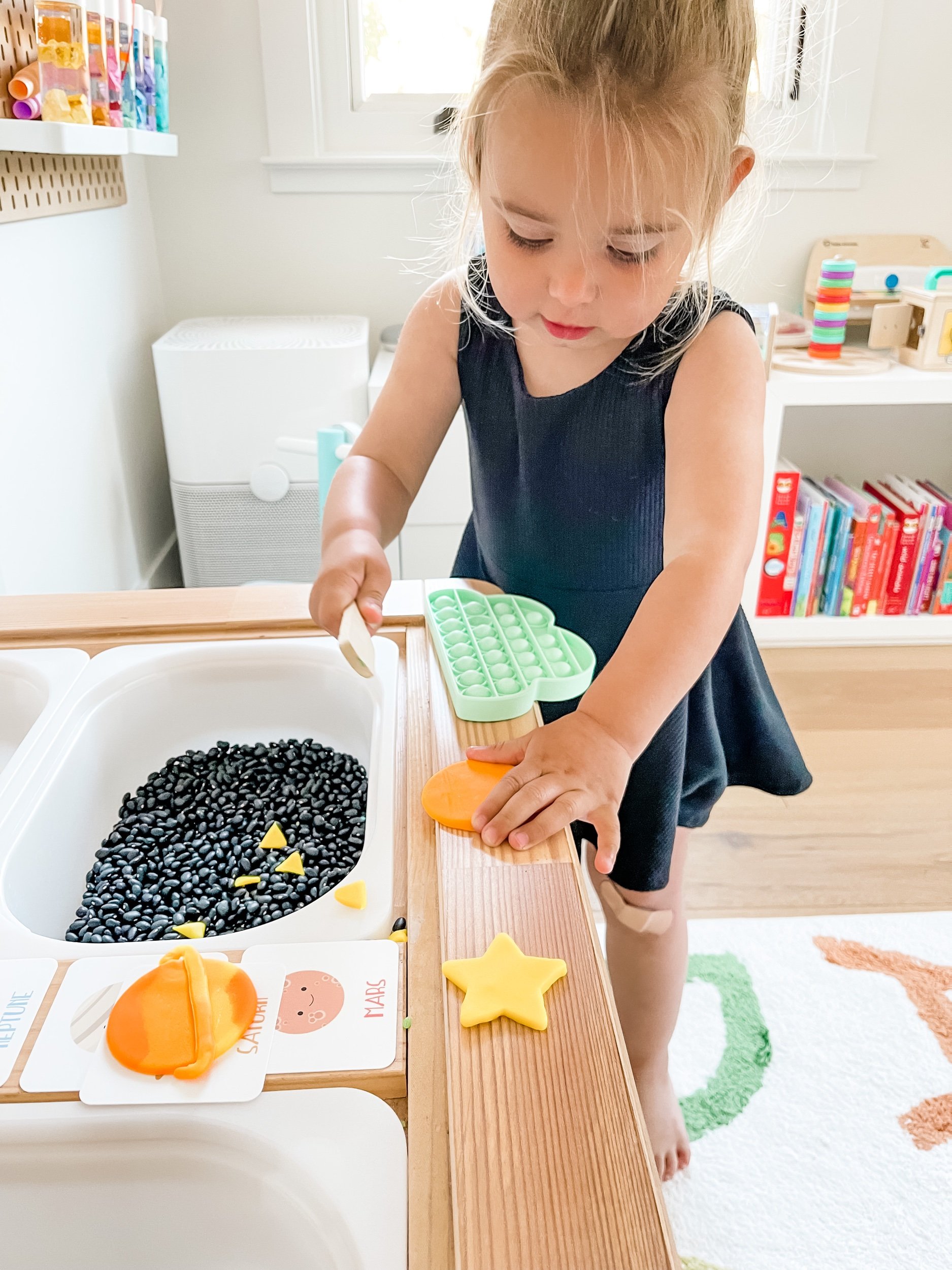
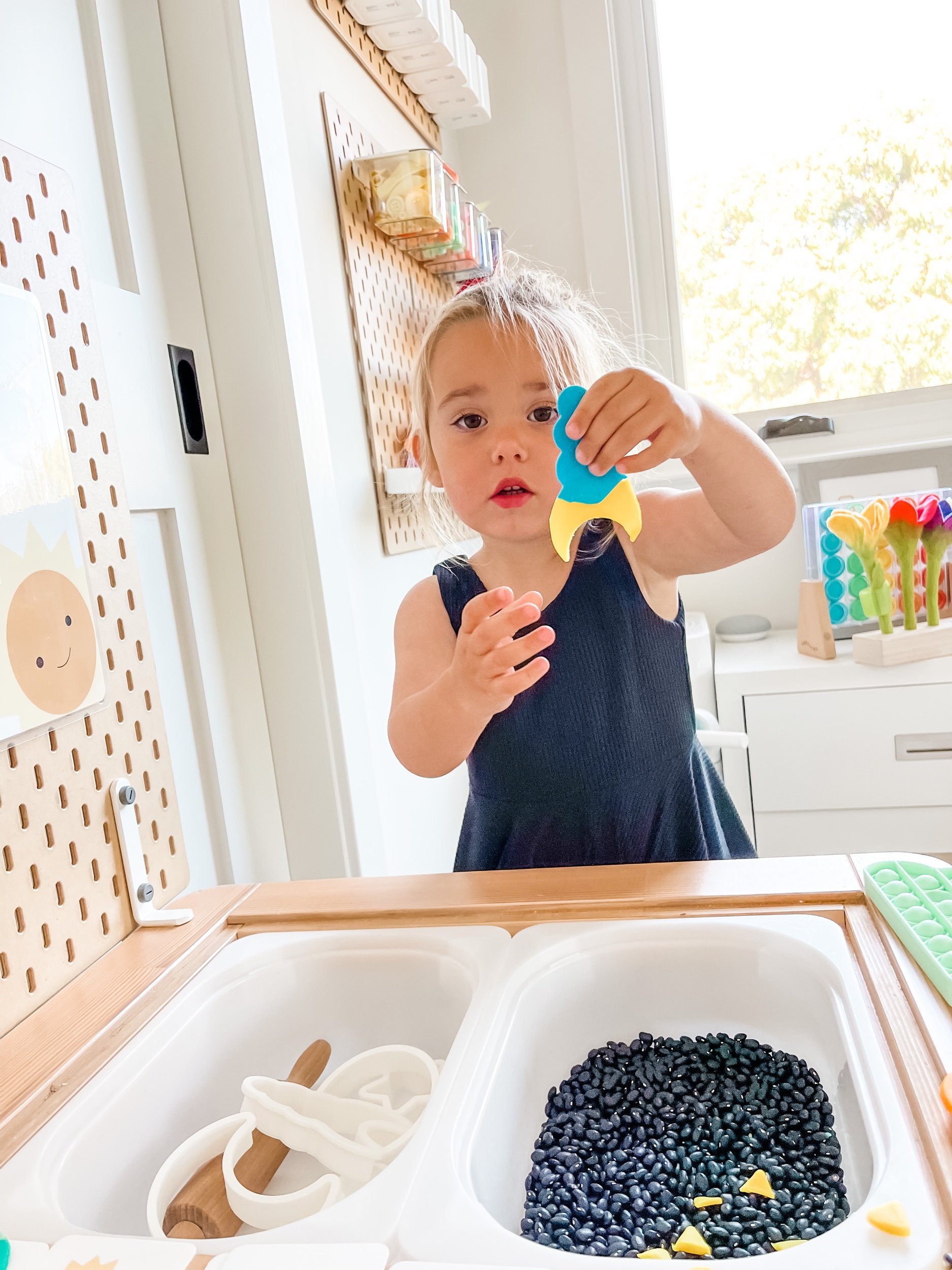

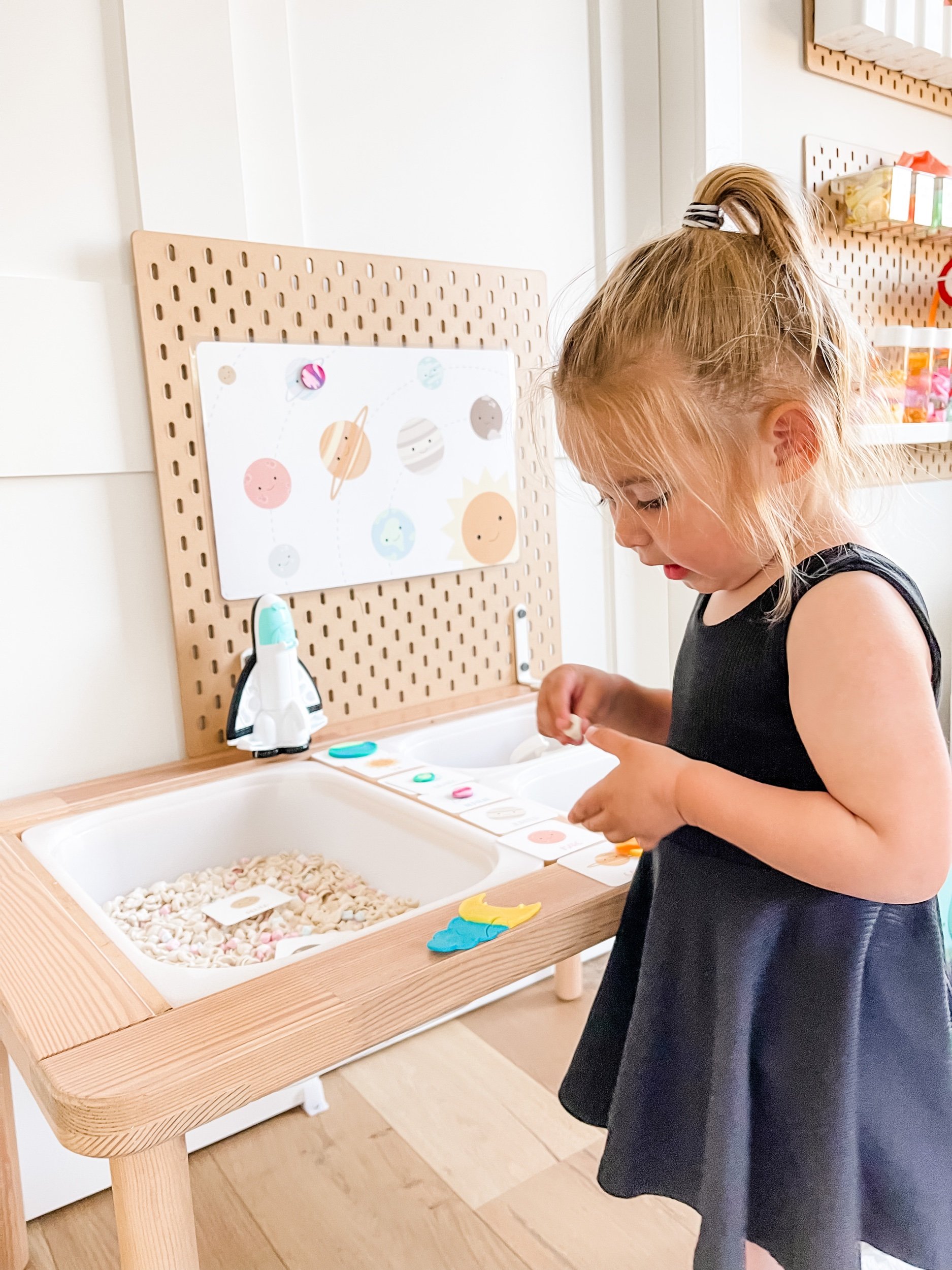
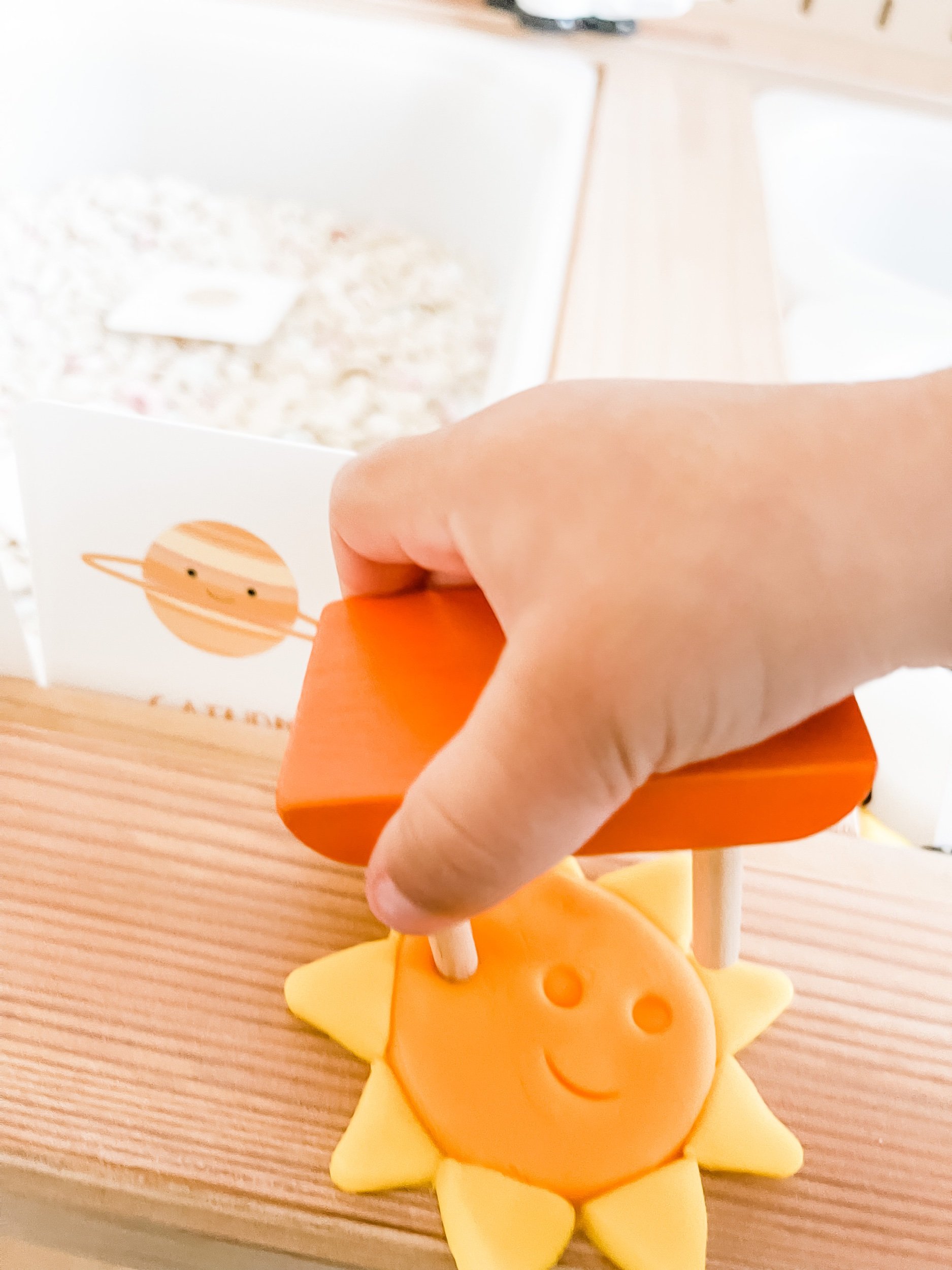
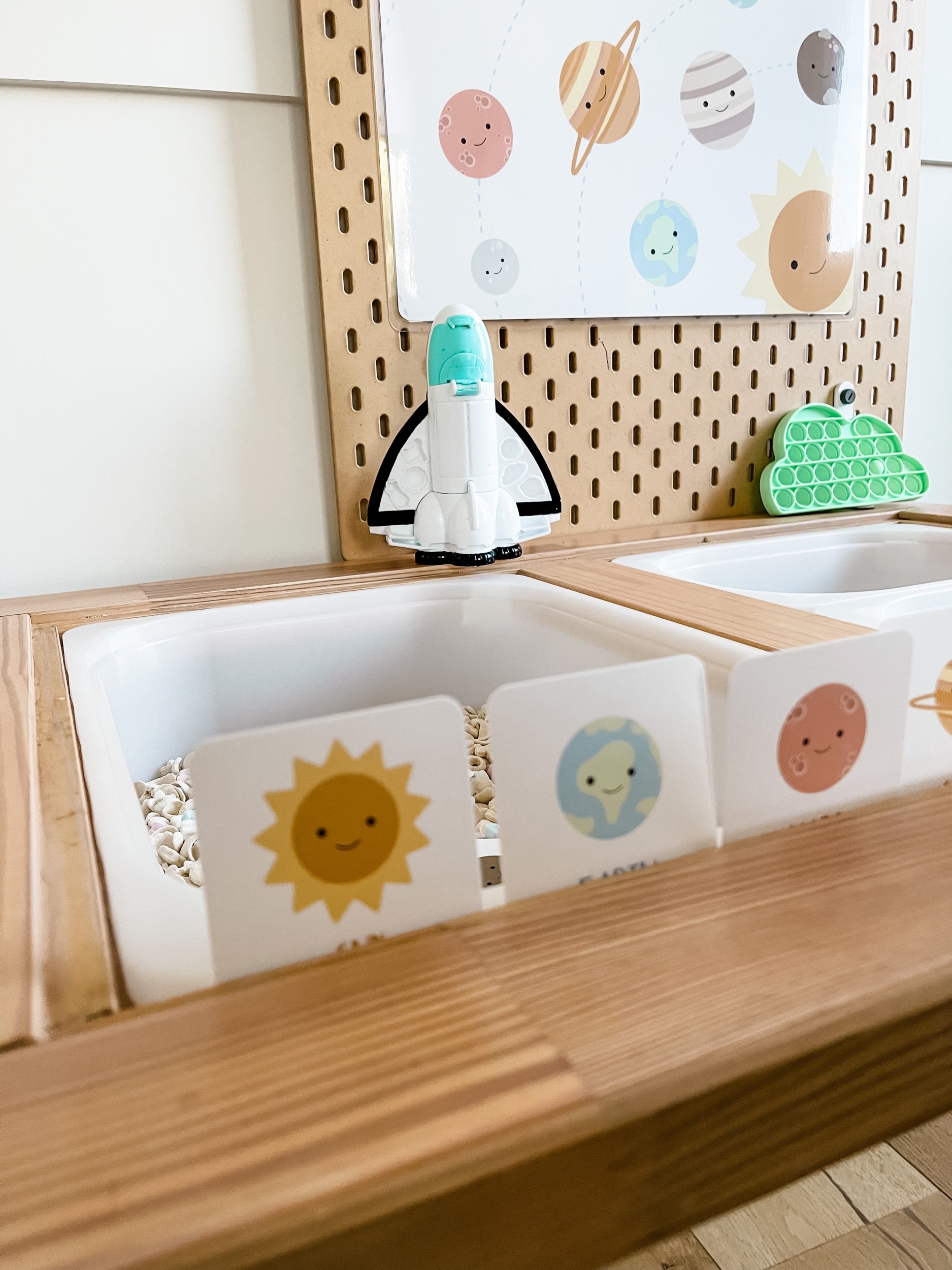
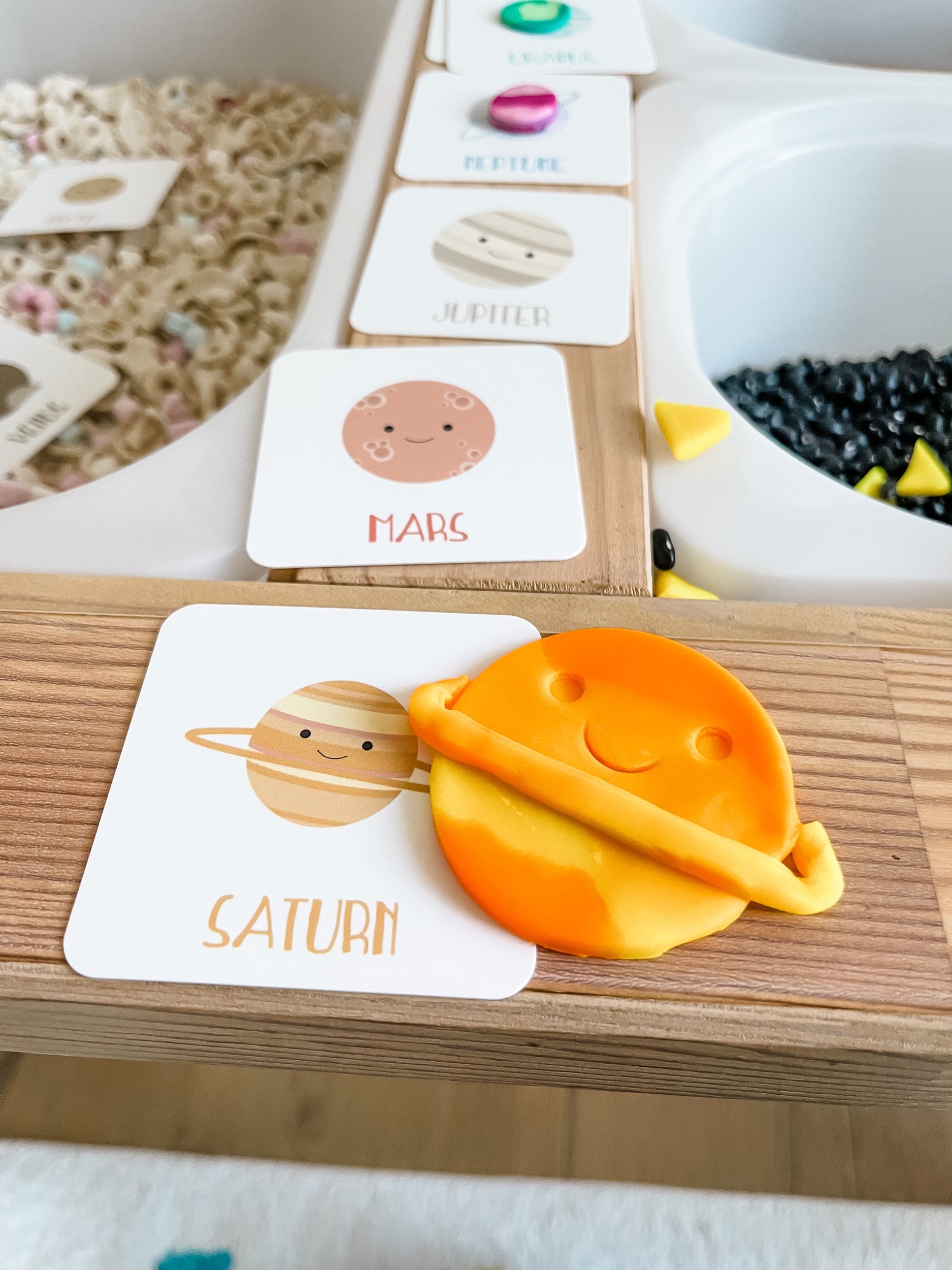
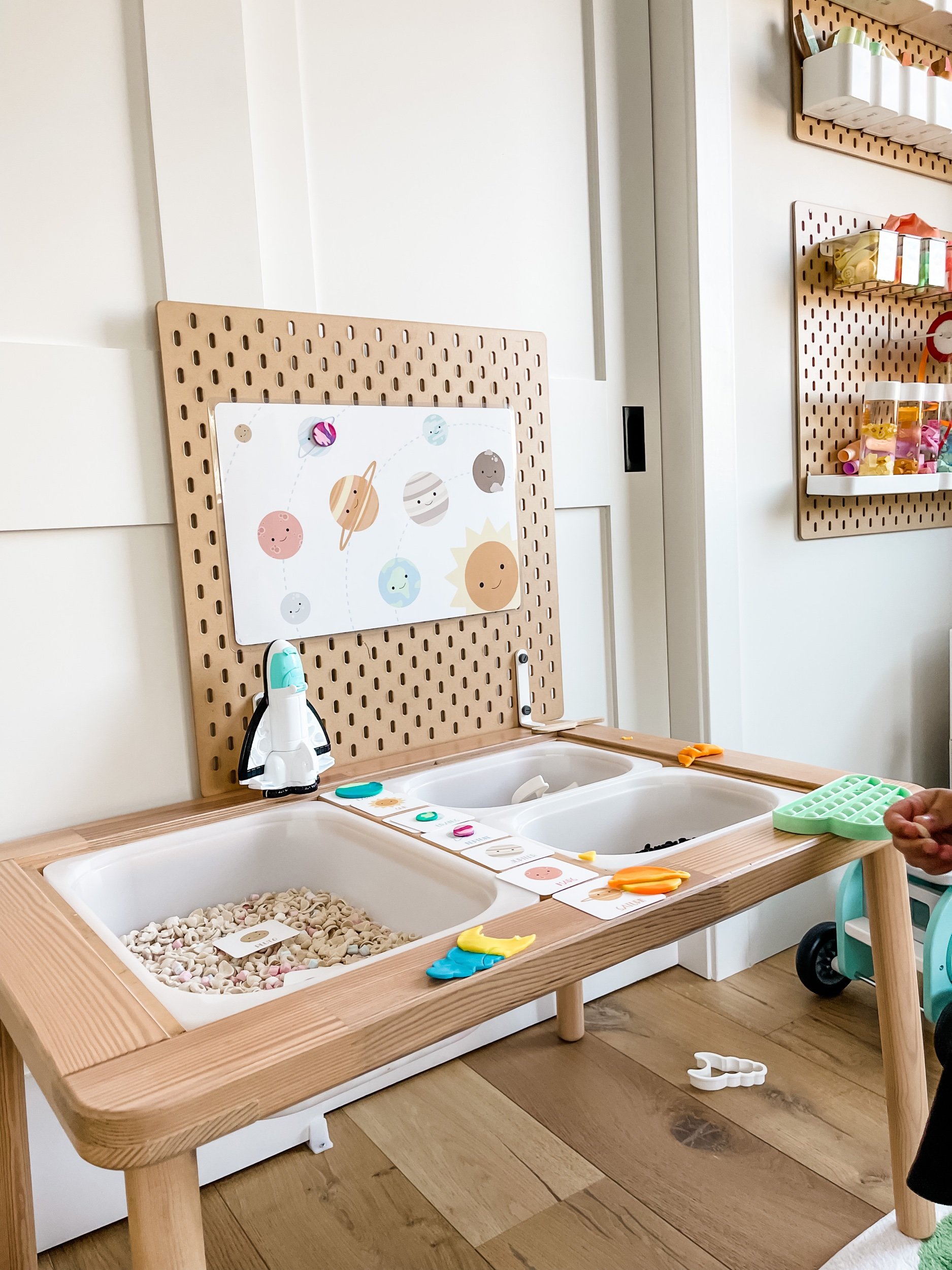
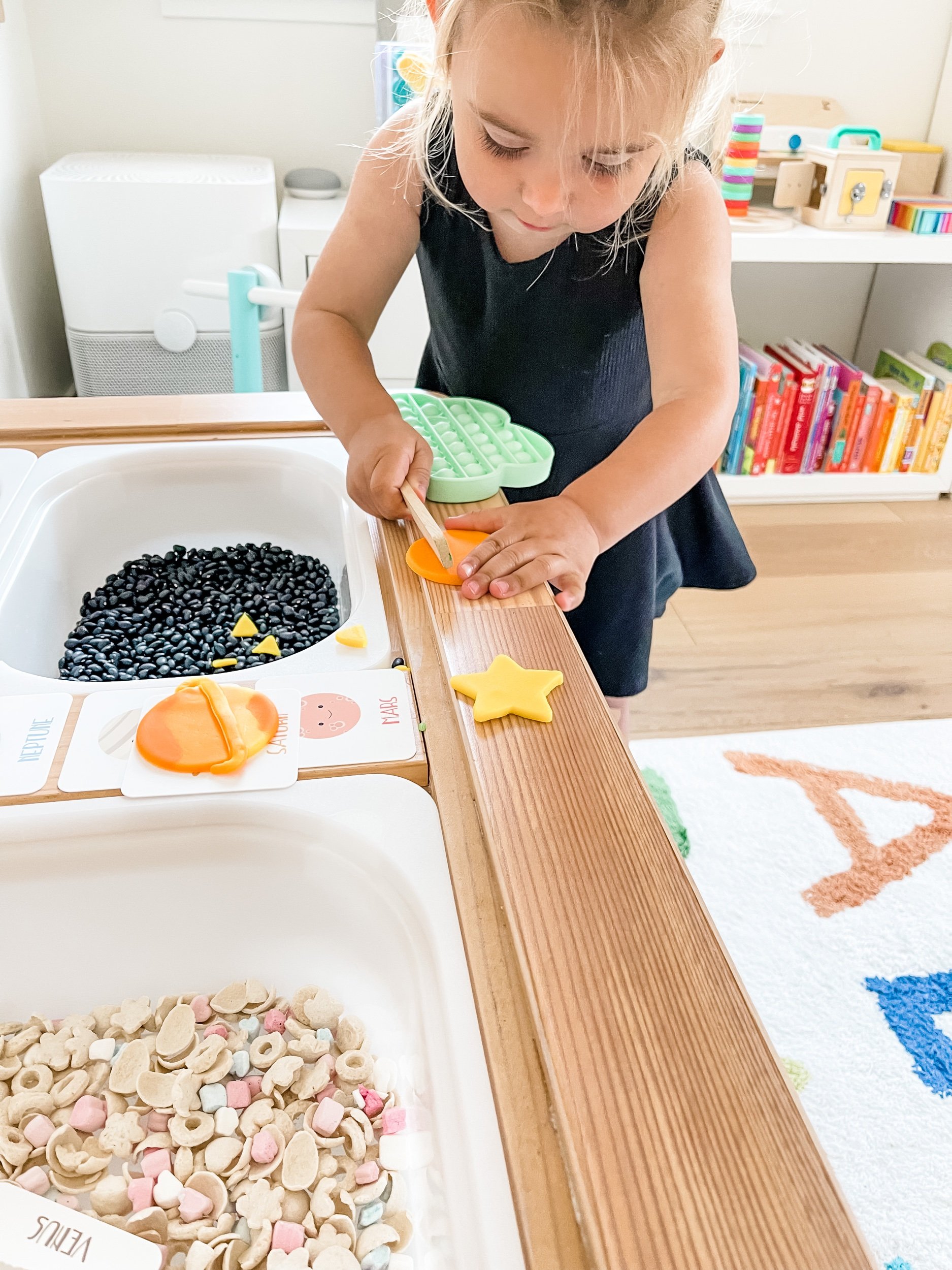

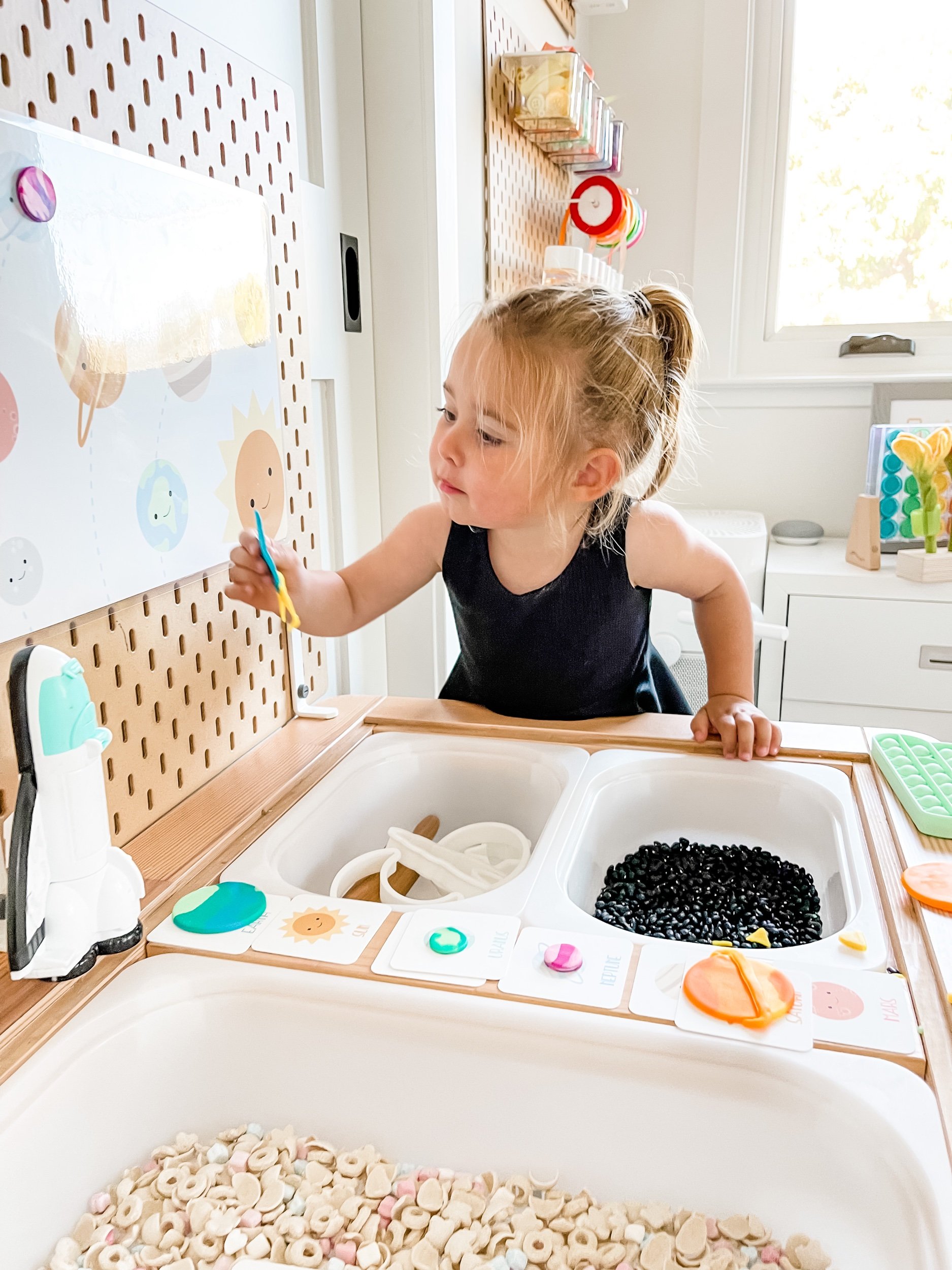
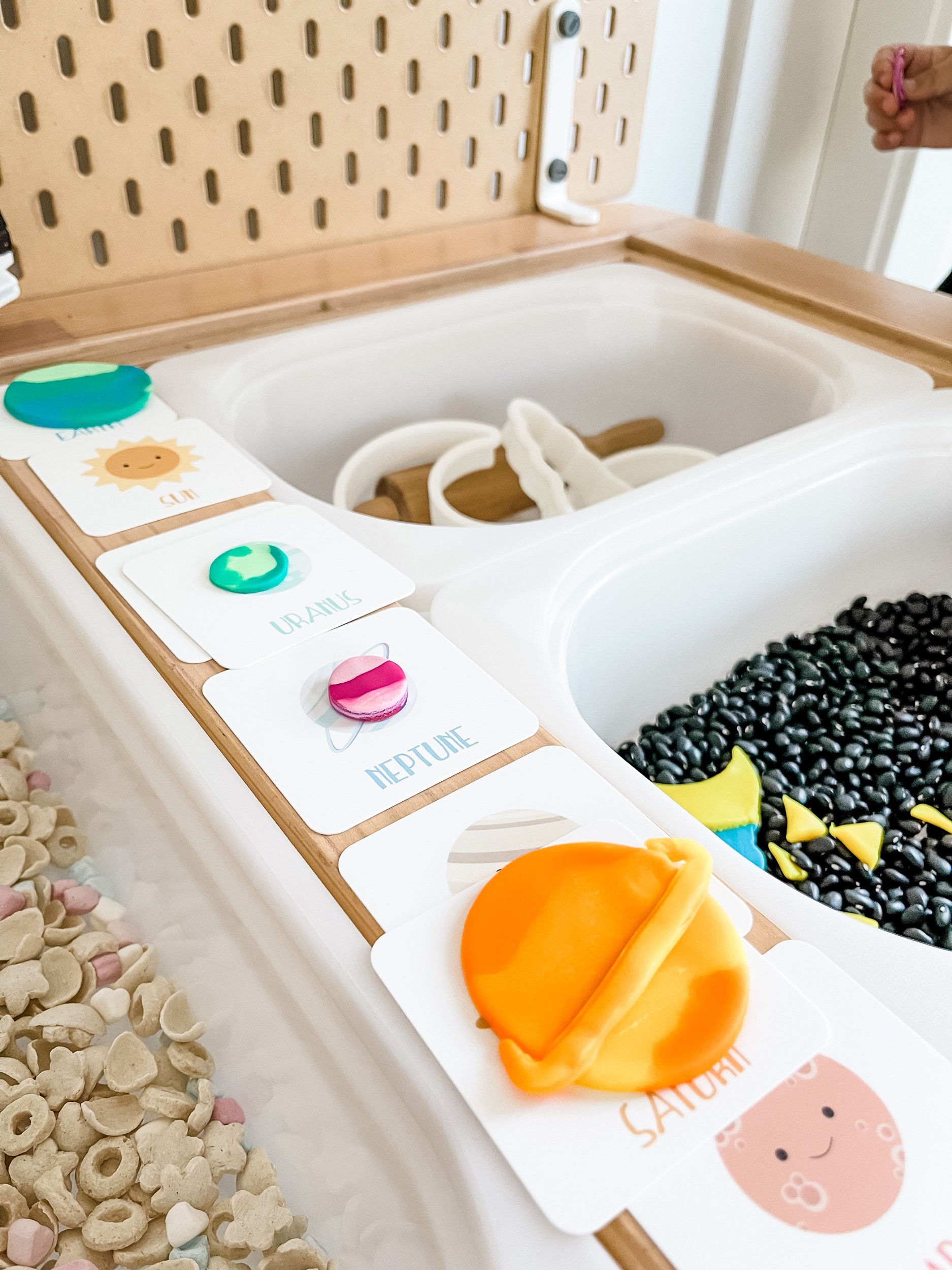
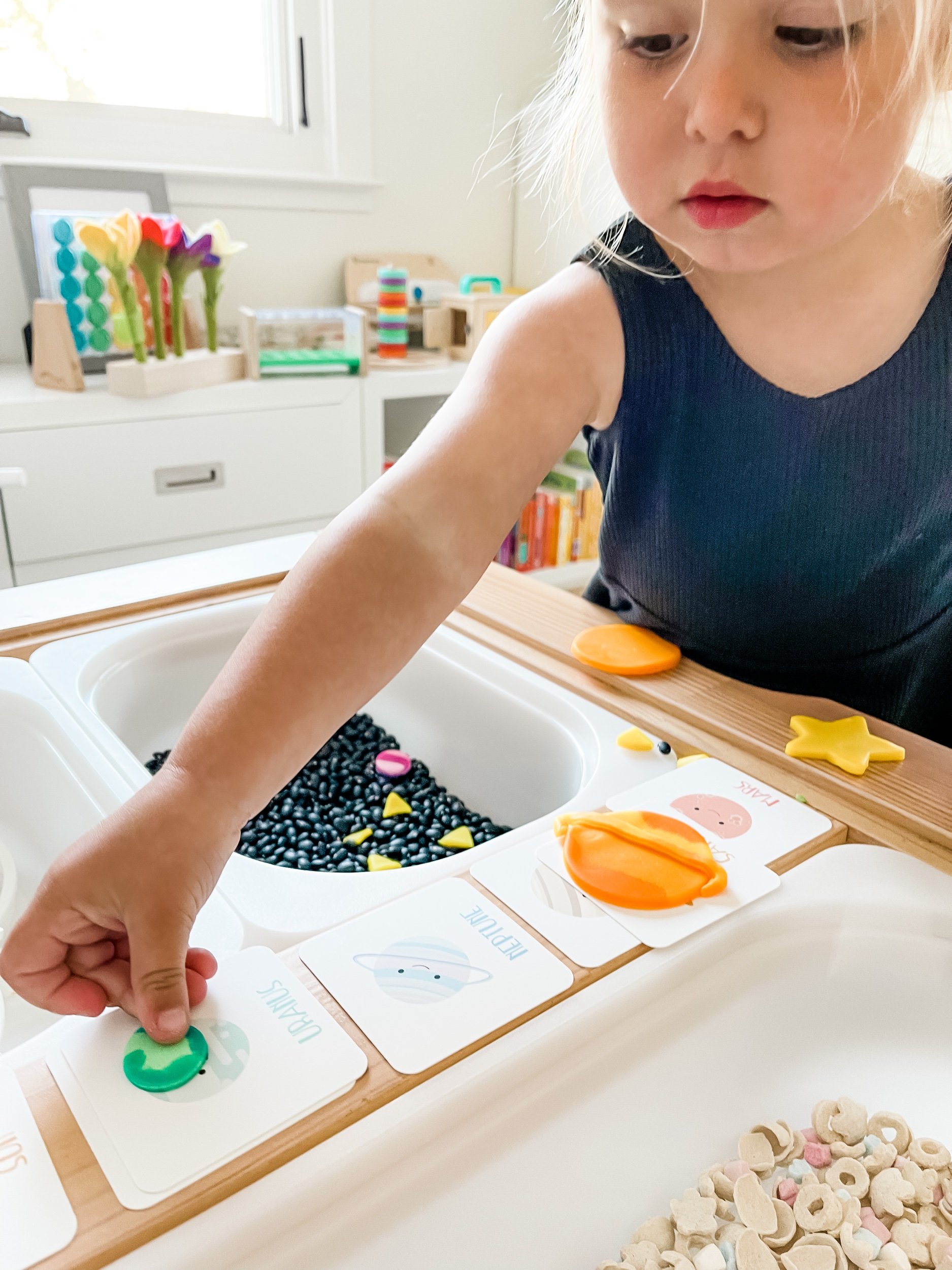

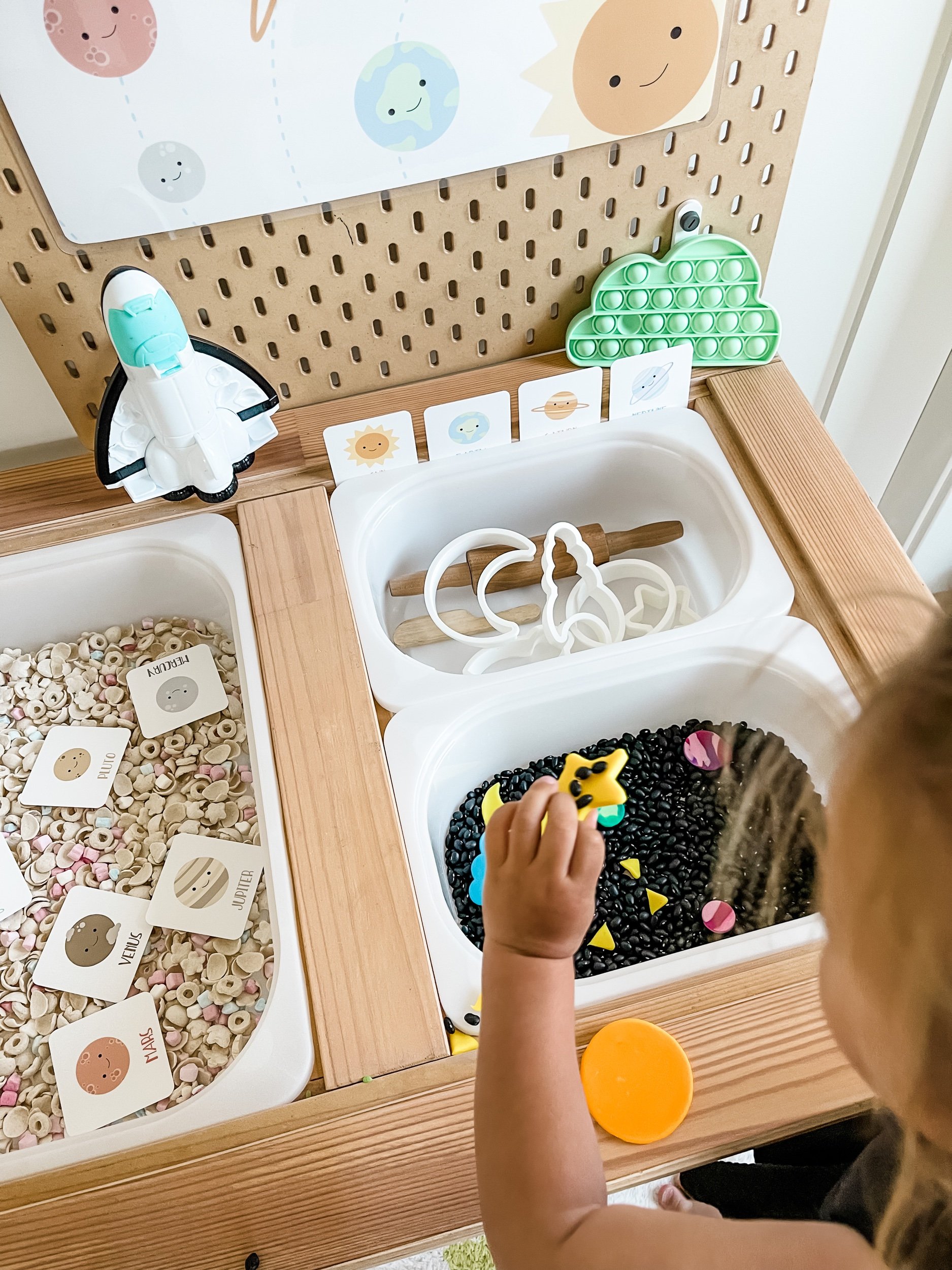
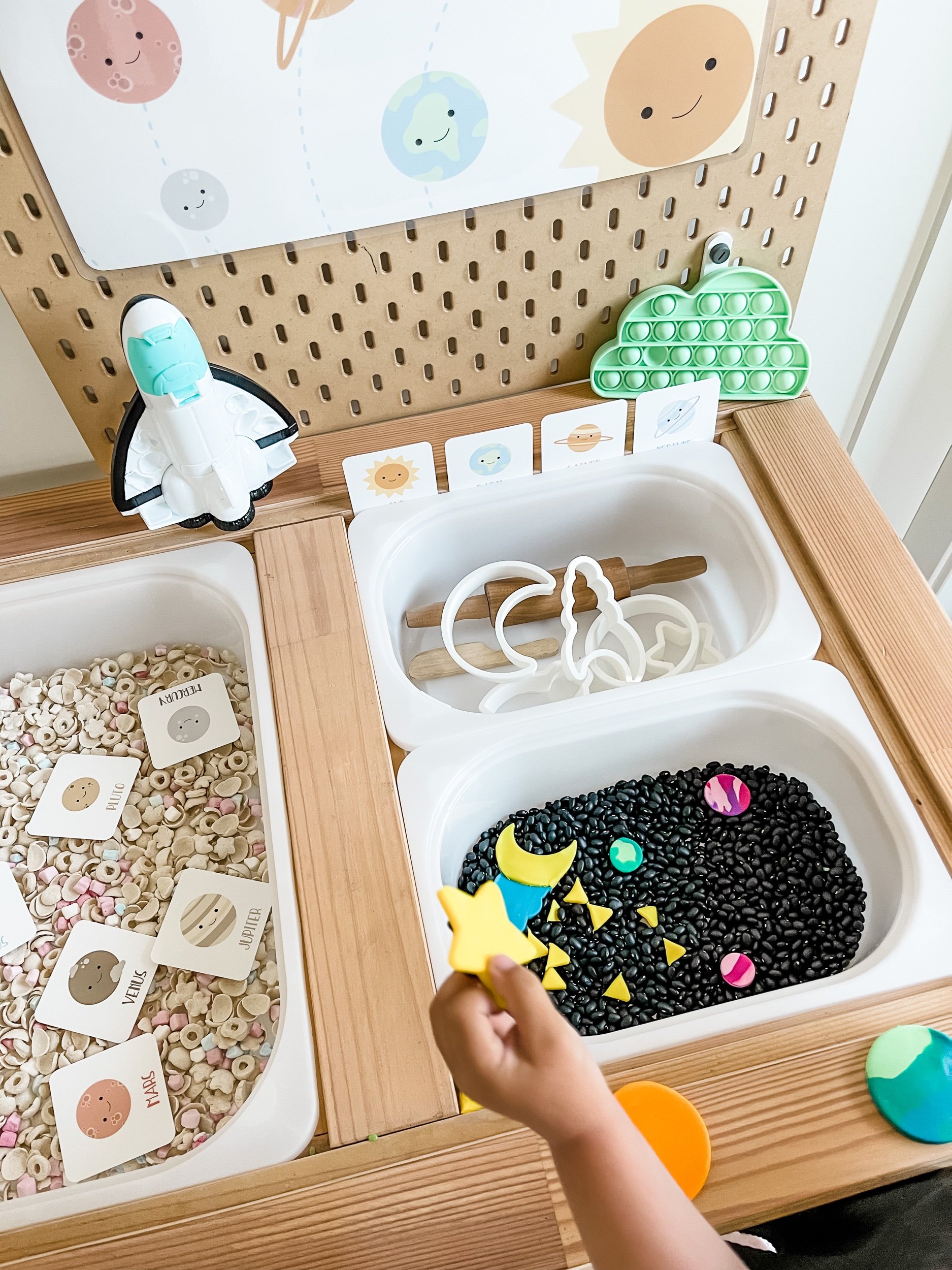
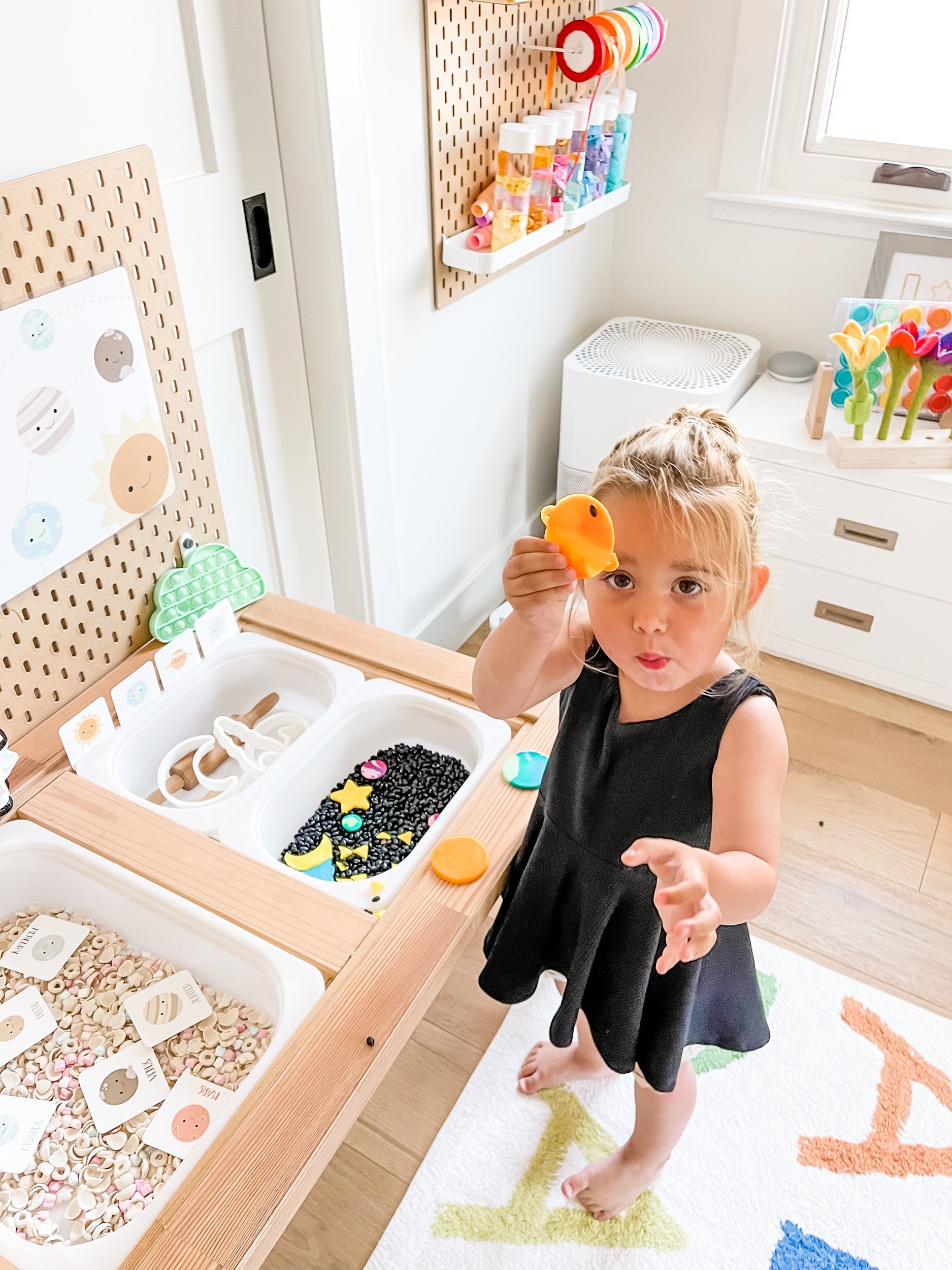
Picnic-Themed Sensory Play Setup for Toddlers
Picnic-Themed Sensory Play Setup for Toddlers
Transform your sensory play space into a fun and educational picnic adventure! This picnic-themed sensory play setup is perfect for toddlers and preschoolers, combining creativity, fine motor skills, and imaginative play. With hands-on activities like kite-making, felt food picnics, and bug sorting, your child will enjoy hours of meaningful learning through play.
List of Materials Needed
Felt food (sandwiches, fruits, desserts)
Picnic blanket
Kid-safe scissors, markers, and string for kite activity
Sorting tray or small containers for bug activity
Play bugs: ladybugs, ants, butterflies, snails (printables included)
Overview of Learning Objectives by Age Group
Age 0-6mo: Sensory exposure with textures and colors on the picnic blanket.
Age 6mo-12mo: Encouraging grasping and sensory exploration with felt food.
Age 12mo-2yr: Developing fine motor skills by handling felt food and sorting bugs.
Age 3yr-4yr: Imaginative play with kite flying and picnic setups.
Age 4yr-6yr: Practicing counting, sorting, and problem-solving with bug activity.
Decor Setup
This sensory play setup mimics a sunny day picnic! Spread a cheerful picnic blanket on the floor or table and arrange colorful felt food, plates, and utensils. Add paper kites for an imaginative twist, and bring in the printable bug sorting page for a fun, themed educational activity.
Activity 1: Make a Cut-Out Kite & Pretend to Fly It
Materials List:
Scissors
String or yarn
Markers or crayons (optional)
Activity Instructions:
Provide your child with colorful paper and help them cut out a kite shape.
Decorate the kite with markers, stickers, or crayons.
Attach string or yarn to the kite for a handle.
Encourage your child to “fly” their kite around the sensory play area, pretending it’s a windy day!
Learning Objectives:
Strengthening fine motor skills with cutting and drawing.
Encouraging imaginative play and storytelling.
Activity 2: Felt Food Pretend Picnic
Materials List:
Felt food (or play food alternatives)
Plates, cups, napkins, utensils
Picnic blanket
Activity Instructions:
Show your child how to set the picnic place settings.
Let them arrange felt food items on the plates.
Encourage pretend play as they serve food to “guests” or stuffed animals.
Learning Objectives:
Developing spatial awareness while setting the table.
Boosting social-emotional skills through pretend play.
Sensory Bin 3: Count and Sort the Picnic Bugs
Materials List:
Printable bug sorting page from GoodnightFox
Play bugs (ladybugs, ants, butterflies, snails)
Sorting tray or containers
Activity Instructions:
Lay out the printable sorting page with labeled sections for each type of bug.
Have your child count and sort the bugs into categories.
Discuss bug characteristics (color, shape, etc.) for added educational value.
Learning Objectives:
Strengthening counting and sorting skills.
Introducing early science concepts about insects.
Benefits of Sensory Play
Sensory play setups like this picnic theme foster creativity, problem-solving, and fine motor development. It also encourages independent play, helping toddlers stay busy and engaged. Through sorting and imaginative activities, children develop cognitive and social-emotional skills crucial for early childhood learning.
Week-Long Picnic Themed Lesson Plan
Saturday & Sunday:
Engage with the full picnic-themed sensory play setup.
Monday:
• Make and decorate a paper picnic basket craft.
• Create picnic-themed coloring pages.
• Practice counting with felt food items.
Tuesday:
• Build a bug house using recycled materials.
• Explore nature (real or pretend) to find bugs.
• Pretend to pack a picnic basket for an outdoor adventure.
Wednesday:
• Play a memory game with felt food pieces.
• Use the kite to act out a storytelling game about a picnic day.
• Engage in a scavenger hunt for picnic items around the house.
Thursday:
• Practice simple addition and subtraction with felt food.
• Sing songs about bugs and picnics.
• Sort picnic items by color or size.
Friday:
• Host a “picnic party” with stuffed animals or friends.
• Create a bug habitat diorama.
• Write a simple story about a picnic adventure.
25 Picnic-Themed Vocabulary Words
Picnic
Blanket
Basket
Kite
Ant
Butterfly
Ladybug
Snail
Felt
Plate
Cup
Napkin
Sandwich
Apple
Cookie
Pretend
Sort
Count
Fly
Summer
Grass
Trees
Table
Fun
Friends
Bring this picnic-themed sensory play setup to life with your little ones and create lasting memories through imaginative and educational activities!
Easter Egg Color SortIng
Sofie had so much fun playing with these cute little foam Easter eggs. I scored these cuties on Amazon and was planning on adding them as an Easter Basket filler, but turns out they were perfect for an early Easter sensory bin activity. We pulled out her pastel colored stacking cups and I taught her how to sort the colors. She was definitely more interested in pouring and scooping than sorting, but hey!
Easter Sensory Bin:

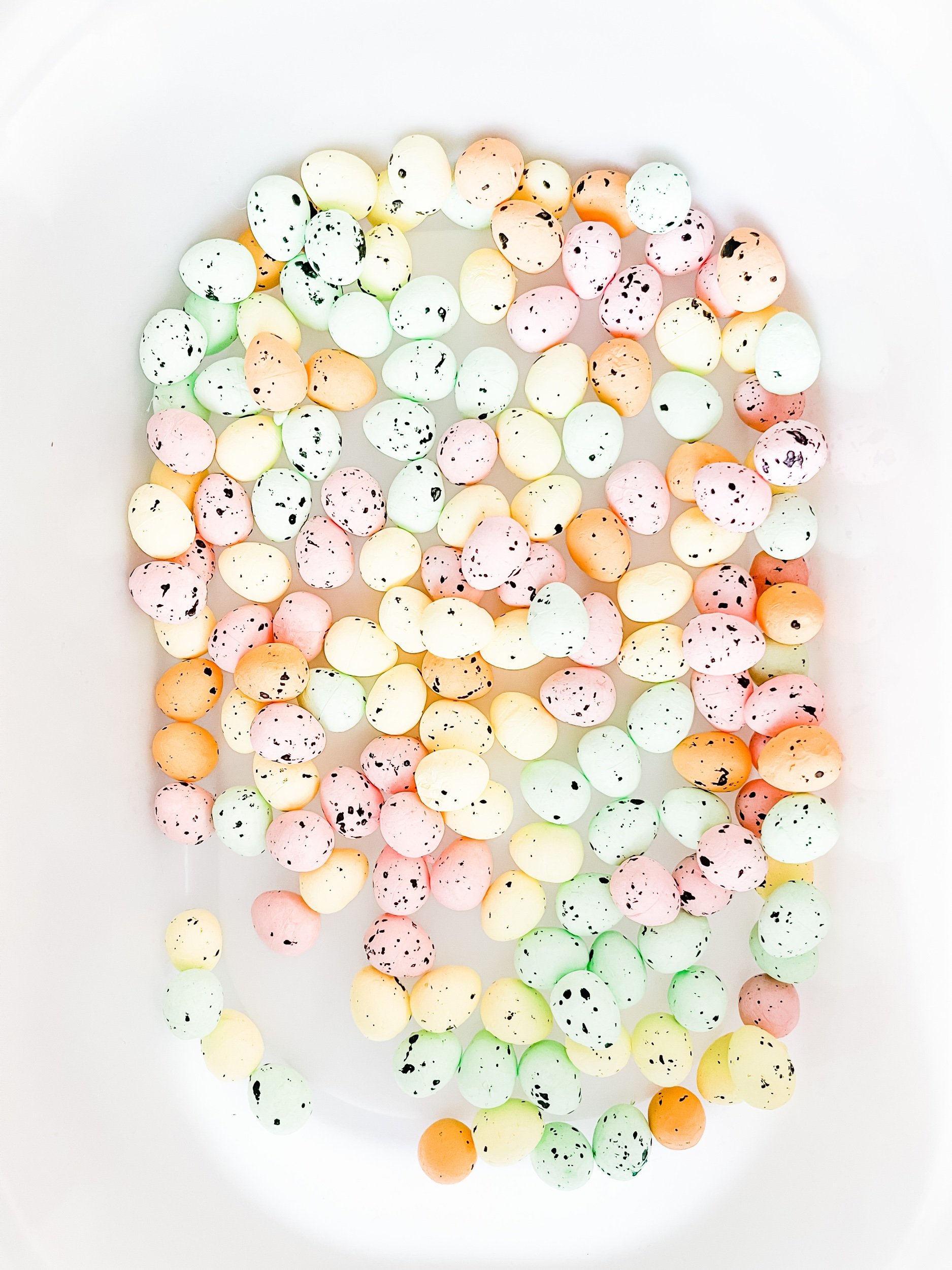
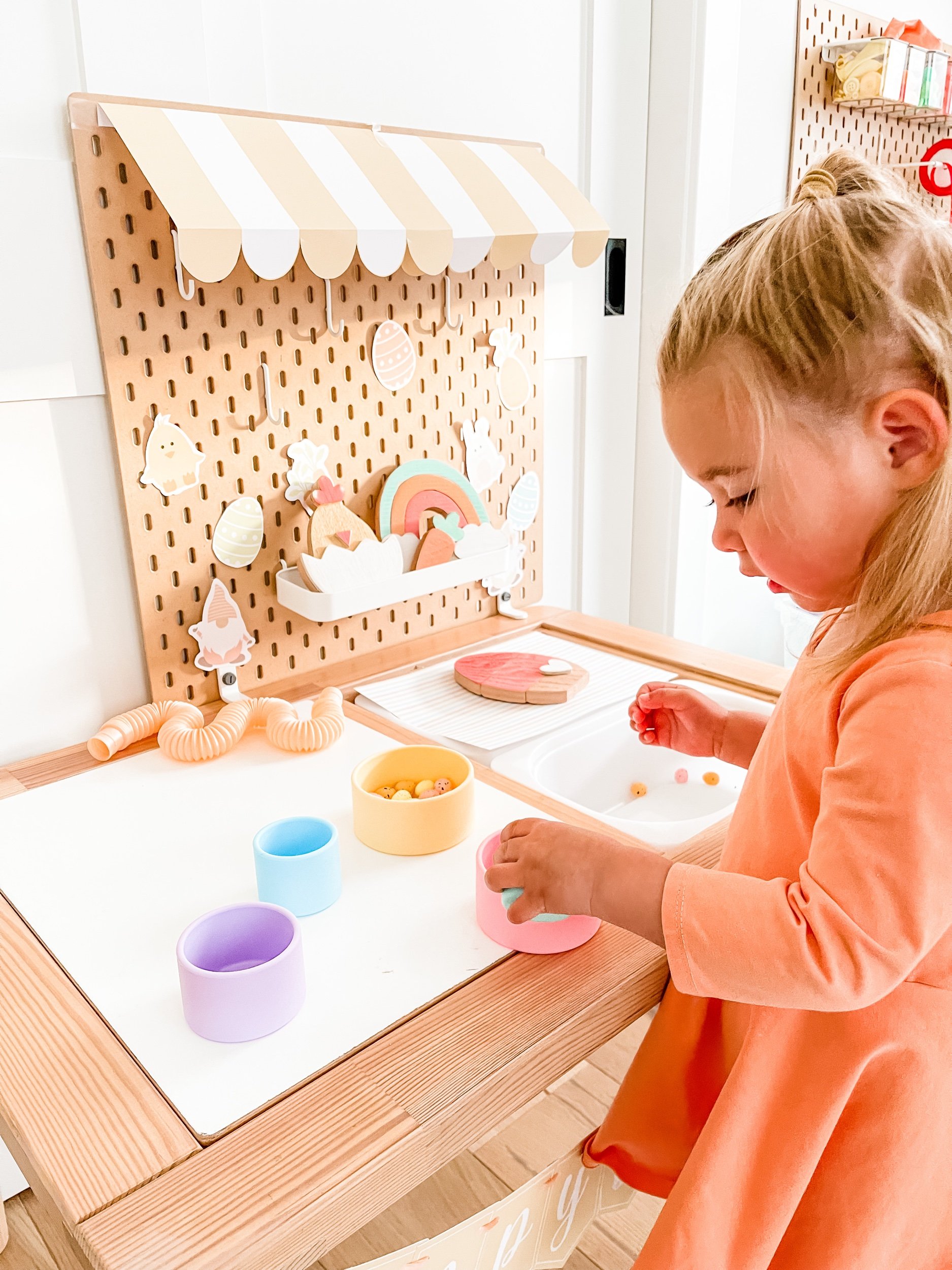
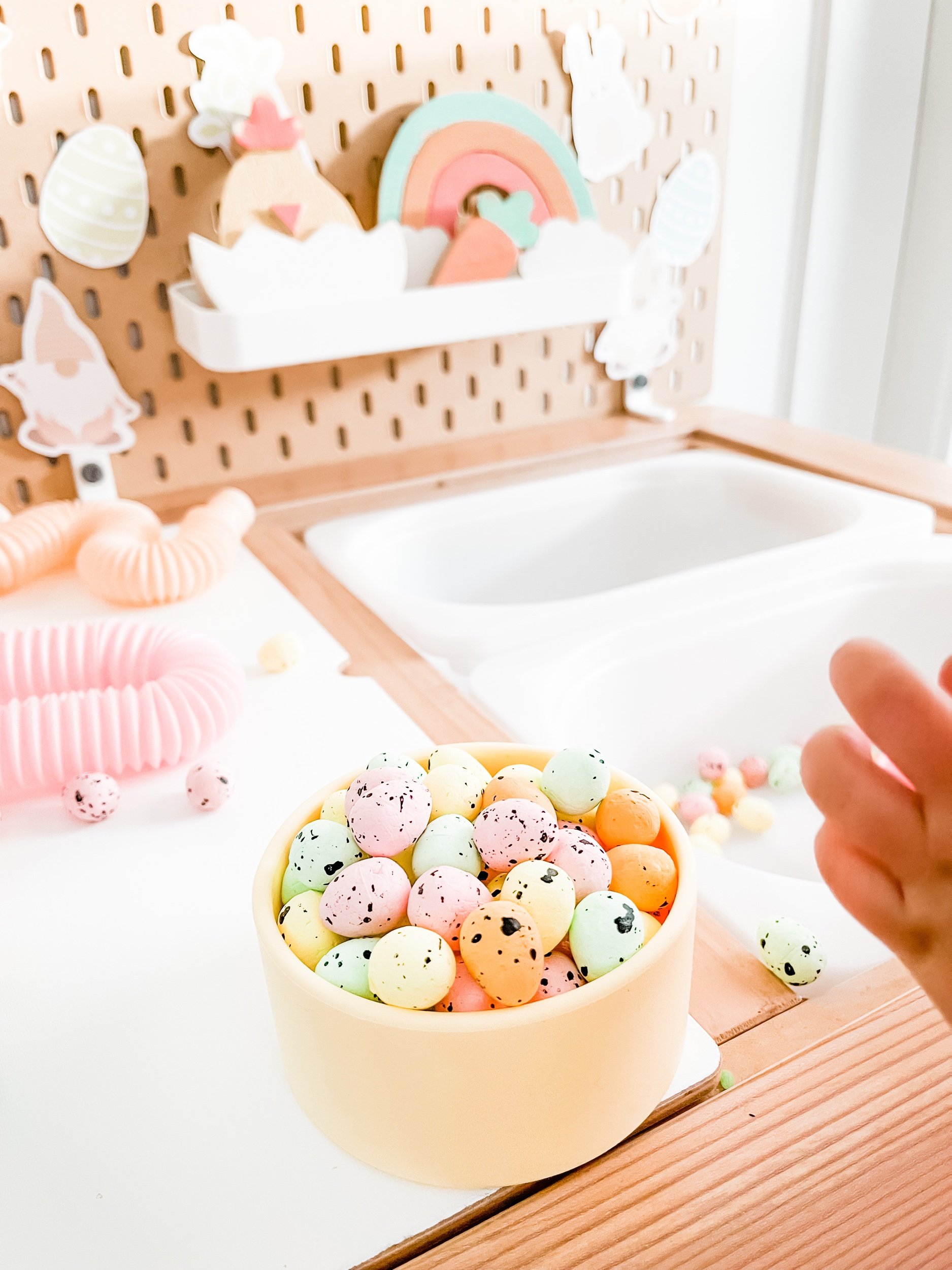
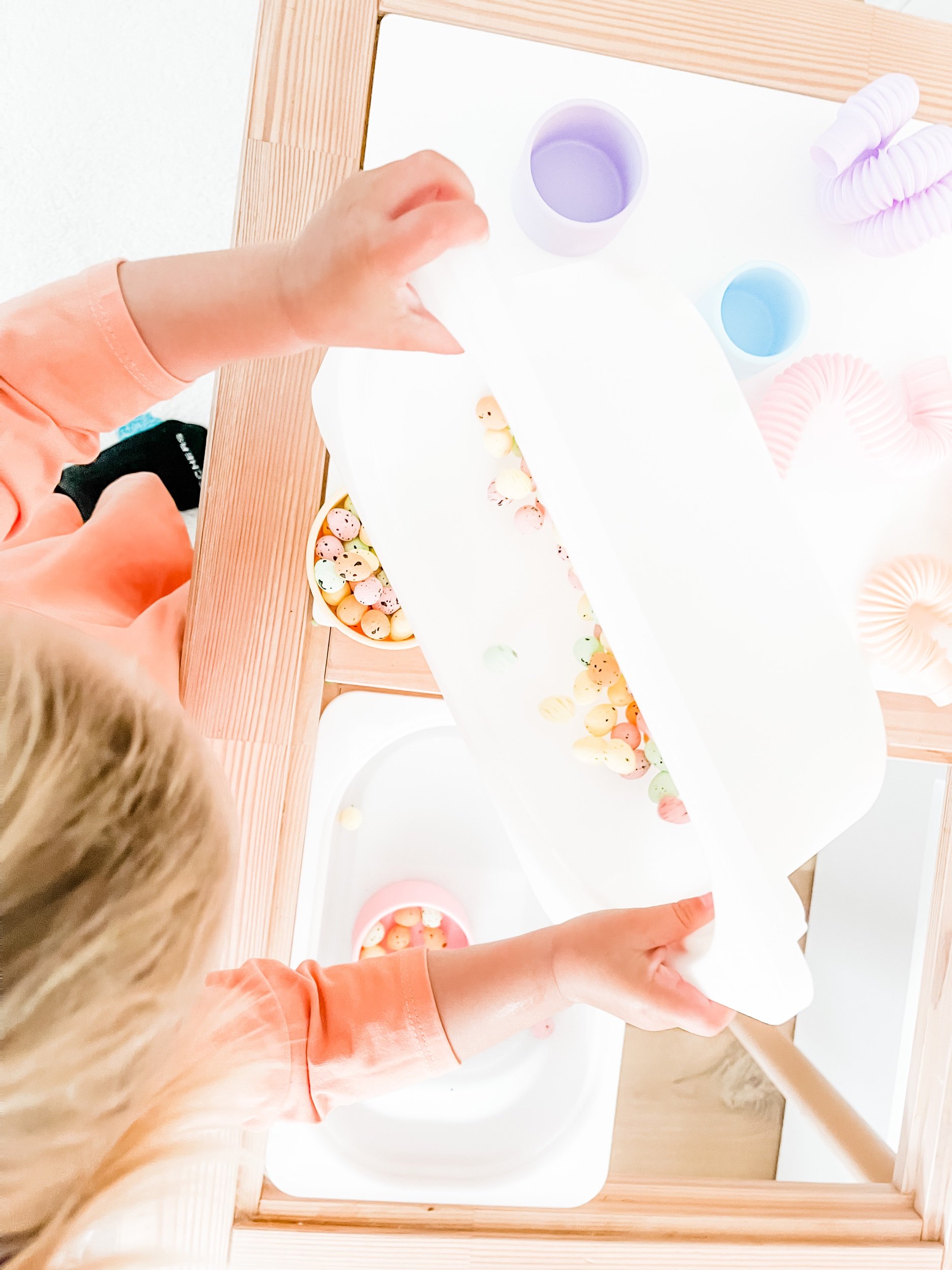

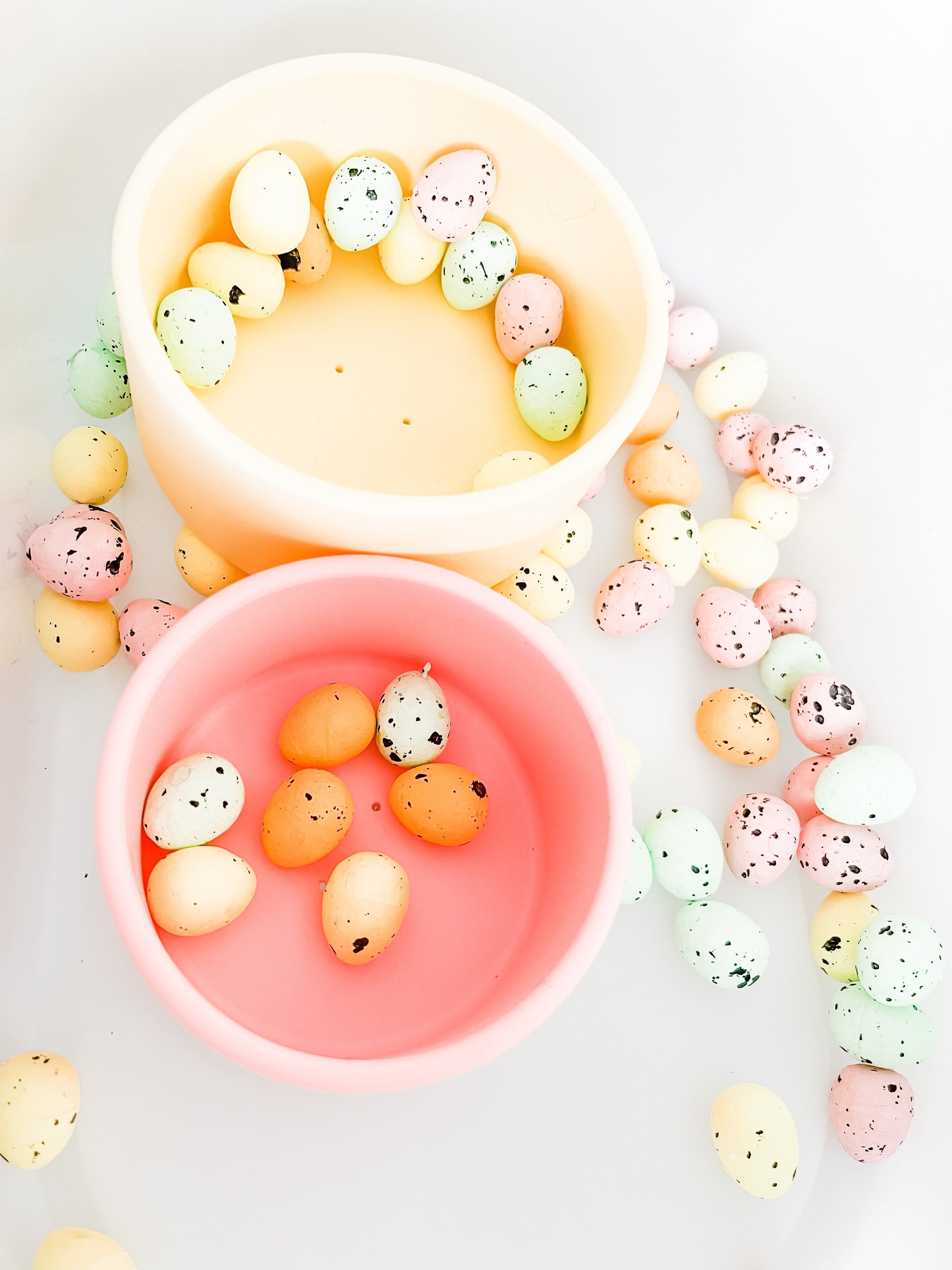
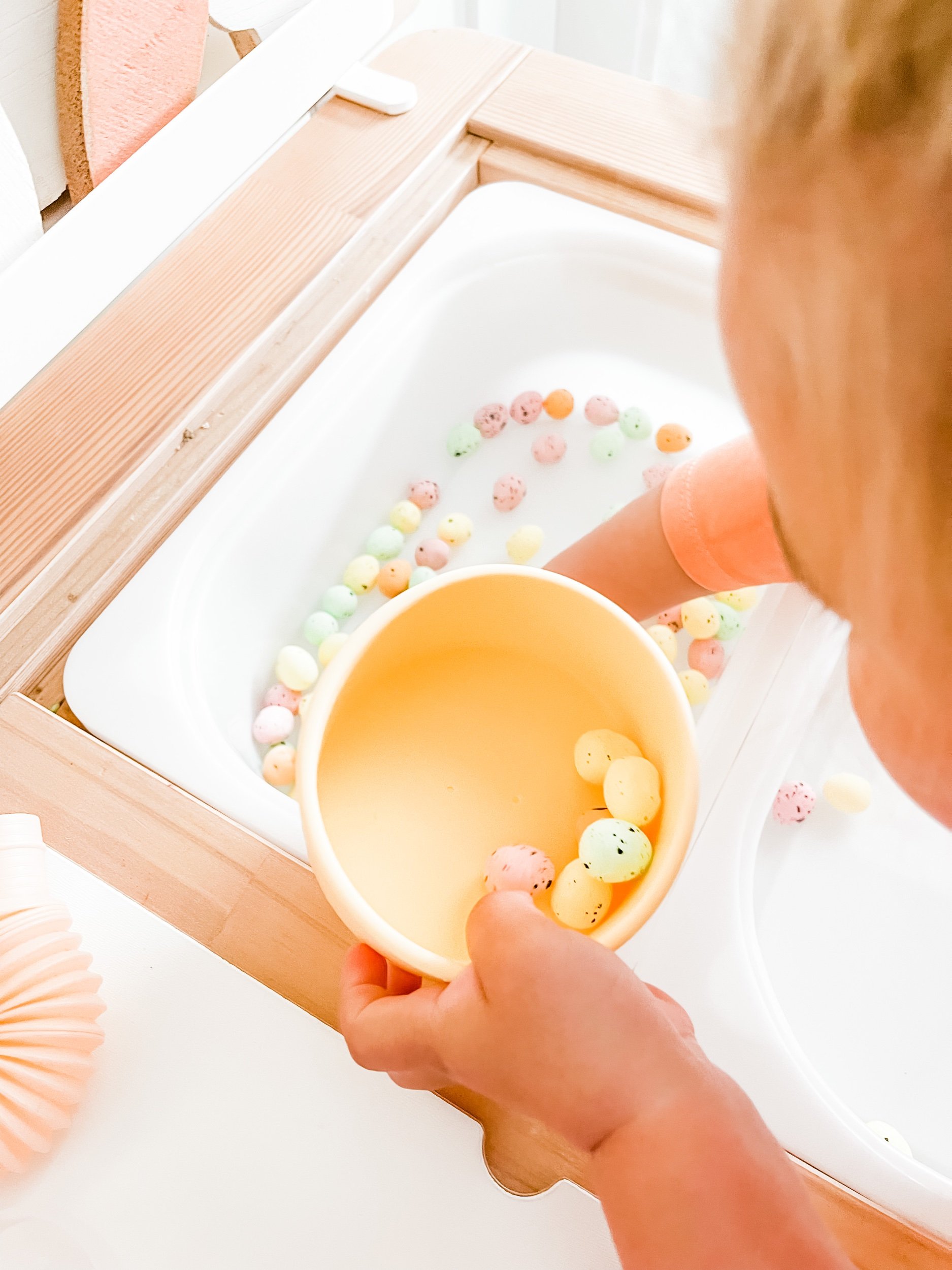

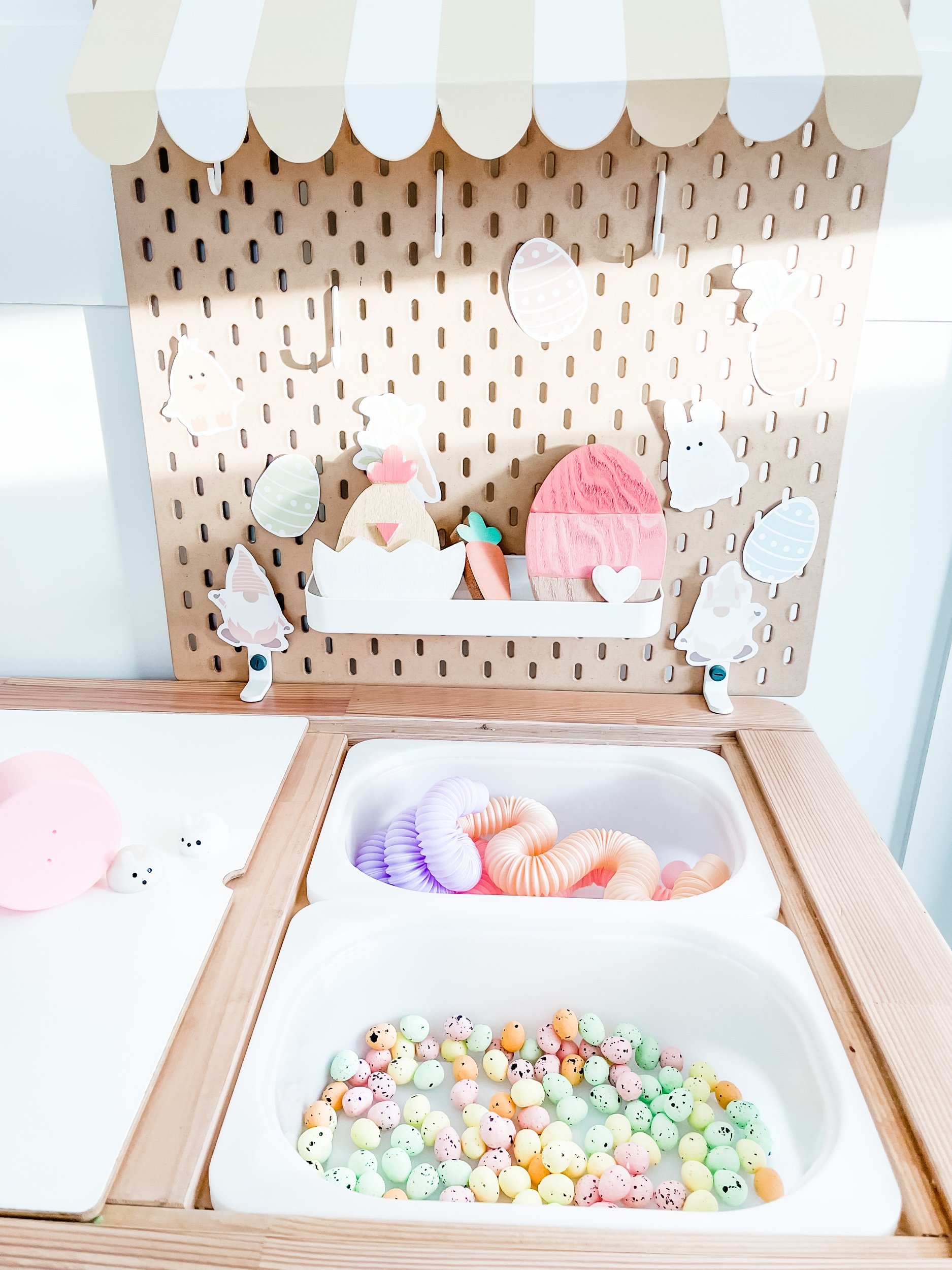
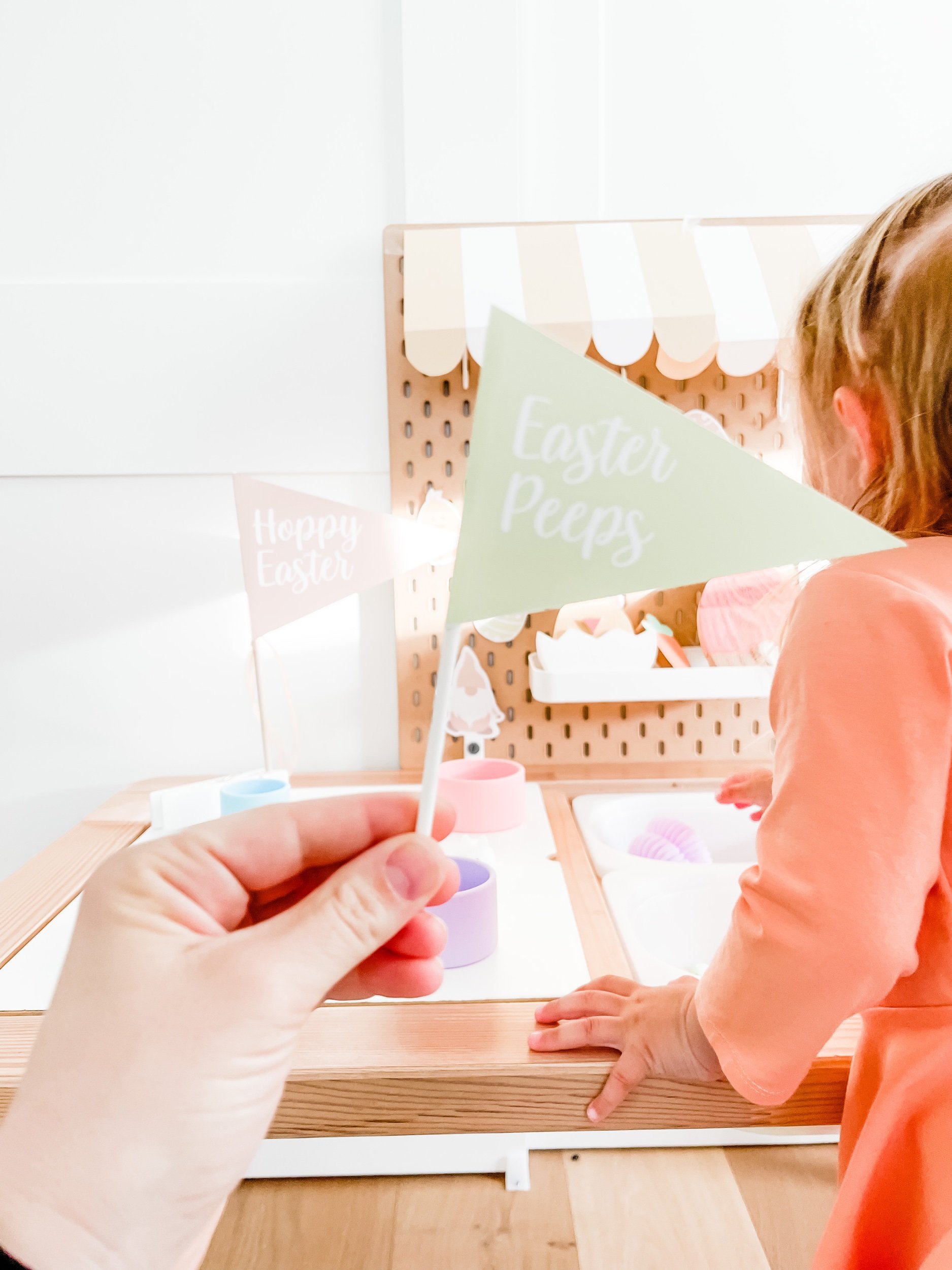

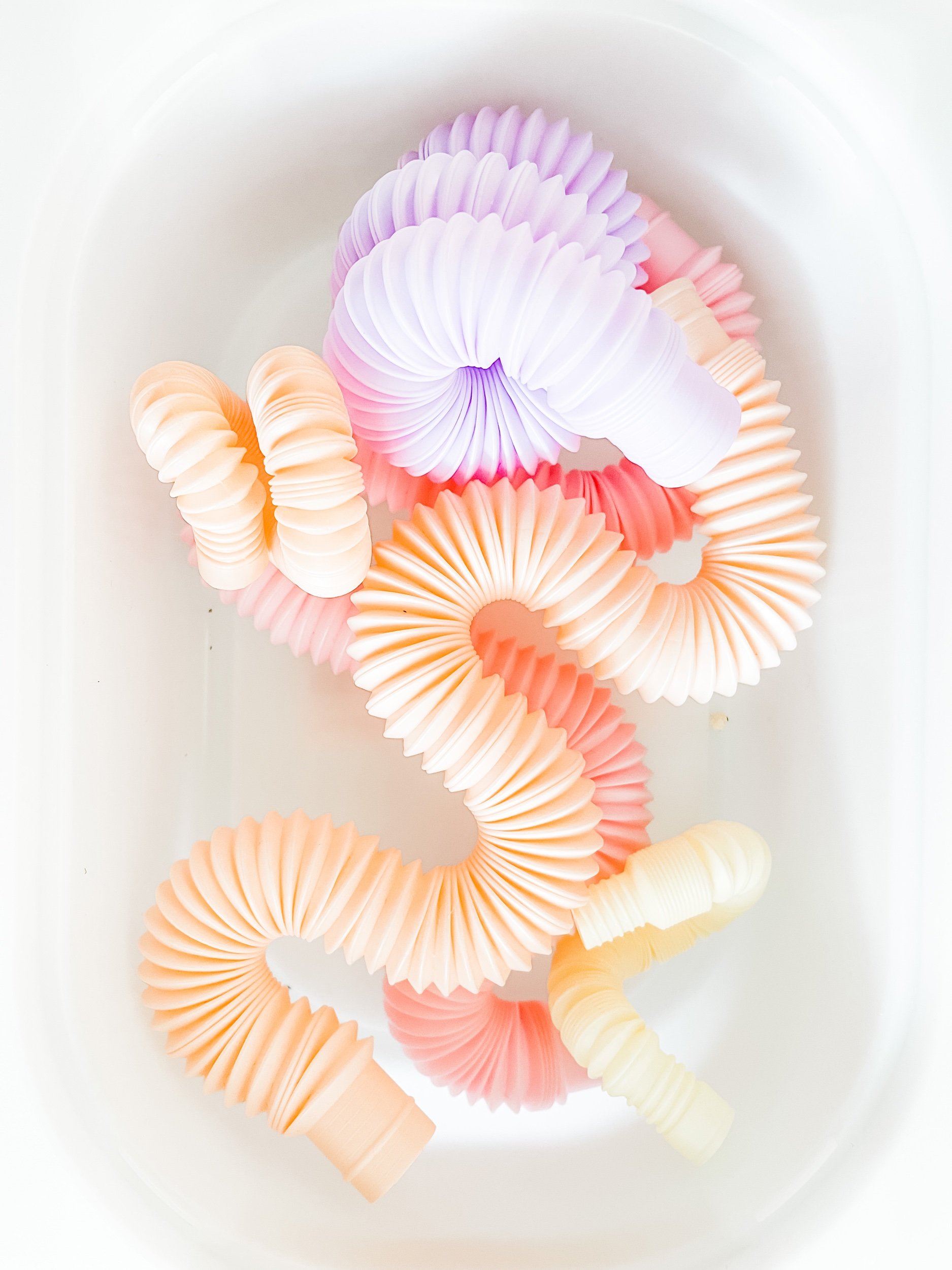
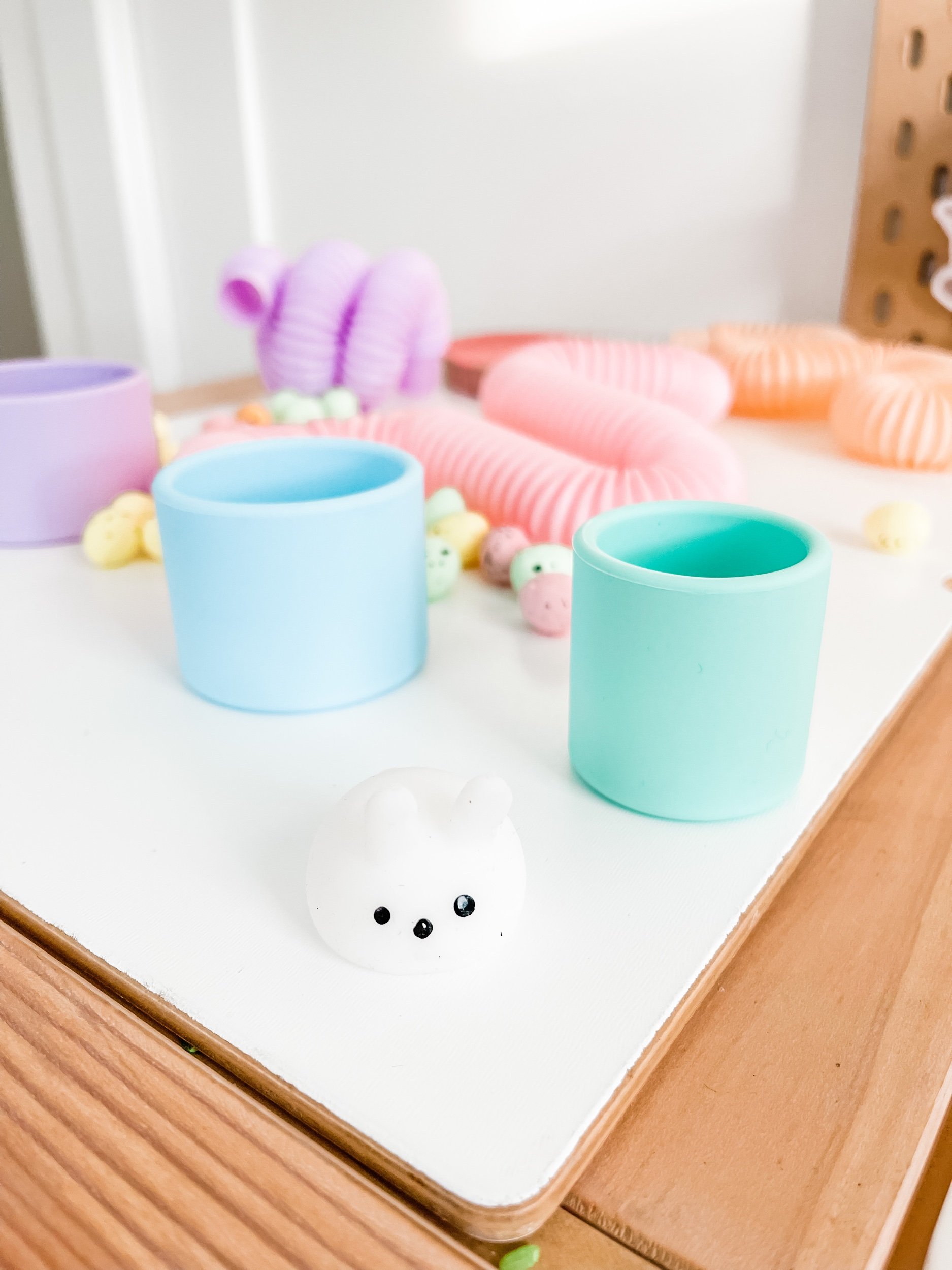
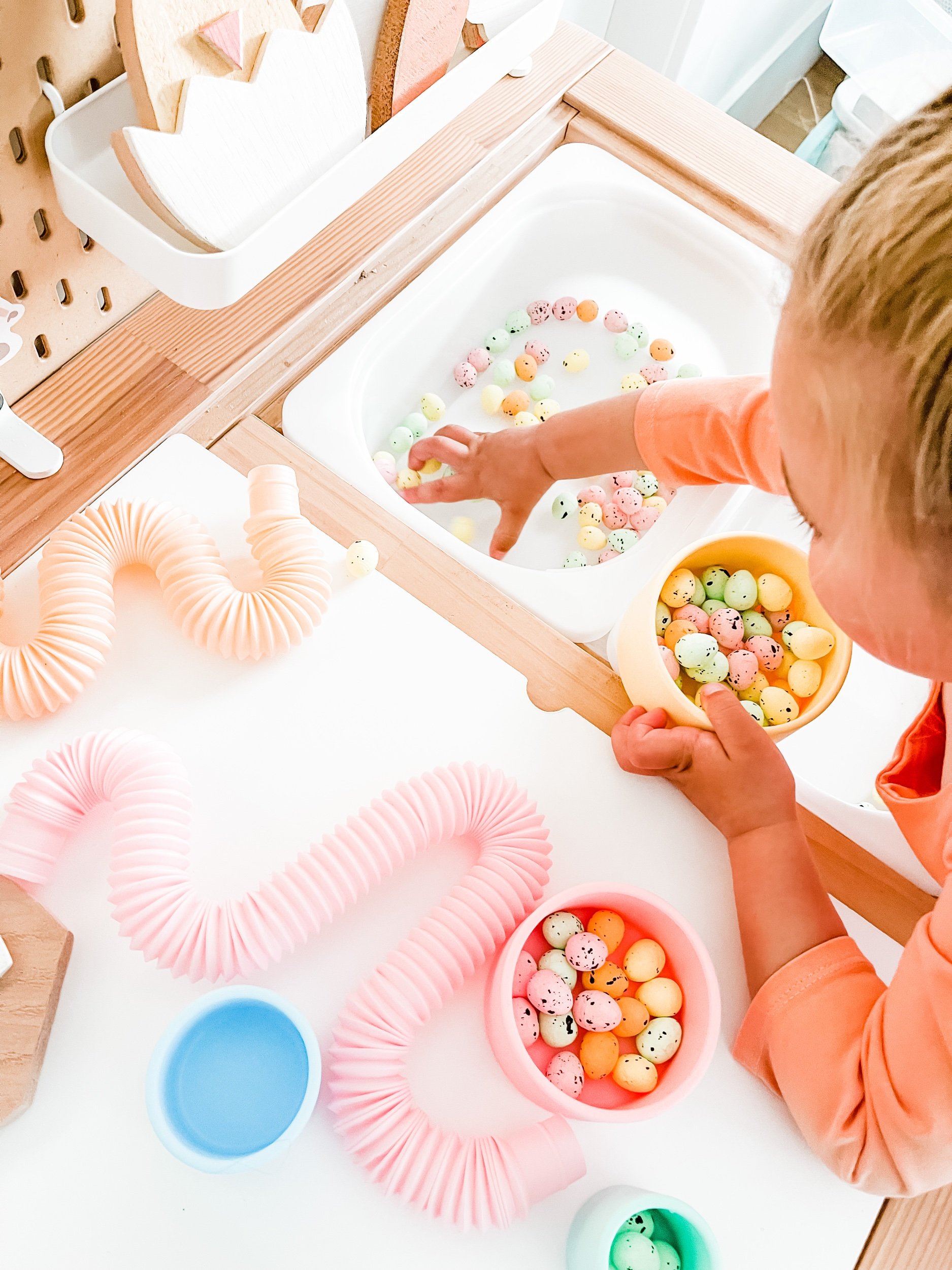



Easter Bunny Bait Activity
I’ve seen so much gorgeous Pinterest inspiration this Easter and I just had to try making my own Bunny Bait! I was so nervous to make this because I thought popcorn and candy melts would be so much work and too much mess for a 2. year old. But it turns out this was super simple and easy to make.
Easter Bunny Bait
Step 1: Pop a bag of popcorn: I used Skinny Pop because I love how buttery and salty it tastes while still being low calorie
Step 2: Use white Candy Melts and separate about a 1/4 cup into 3 small ramekins
Step 3: Pop the ramekins in the microwave for about 1min 30sec or 2min. They should start to look melted!
Step 4: Stir up the melted chocolate until it’s smooth. Add more time in the microwave if needed.
Step 5: Drop a few drops of pastel food color into each bowl. I used pink, orange, and green.
Step 6: Pour the candy melts over the popcorn and mix with a spoon or your hands until the popcorn is covered.
Step 7: Let it set out to dry! Then add sprinkles, marshmallows, bunny grahams, pastel M&M’s and any other sweet treats you desire!
If you want to send this as a treat for your kids classroom or friends at the park, simply bag it up in ziploc baggies or clear cellophane 5x7 Bags and use this printable DIY Easter Kit for these adorable labels.
